Introduced in 2008, when Dodge basically revived the nameplate after a 25-year hiatus, the fourth-generation Challenger is the oldest muscle car available in U.S. showrooms and one of the longest running models as of 2017. Using underpinnings that date back to the W211-generation Mercedes-Benz E-Class (2002-2009), the Challenger managed to survive all these years against the more modern Mustang and Camaro, redesigned in 2015 and 2016, respectively. But, even though the Challenger is dated compared to its rivals, it can be had with some of the most powerful drivetrains in its segment, which is why it’s still popular with pony car fans. Having launched the 707-horsepower Hellcat in 2015, Dodge took things to a new level with the Challenger SRT Demon.
Described as a vehicle that will shake "the foundation of the entire performance car industry," the Challenger SRT Demon is indeed an unprecedented creation in the market. Not only incredibly powerful, it's also fully equipped to race at the drag strip and comes with numerous industry-first features. While the Hellcat was often described as ludicrous, the Demon is downright insane and the stats suggest it's quicker than just about any supercar out there! “With Demon, our goal was to build a car that would tattoo the Dodge logo into the subconscious of the general market, beyond even our loyal enthusiasts, said Tim Kuniskis, head of passenger cars at FCA North America. “To do so, we had to set records that have never been set before, do more than has ever been done before, go beyond even the legendary Hellcat.”
Updated 09/01/2017: Dodge released a series of new images for the 2018 Demon and we have to admit, this new Granite exterior paint makes it look even better!
Continue reading to learn more about the Dodge Challenger SRT Demon.
2018 Dodge Challenger SRT Demon
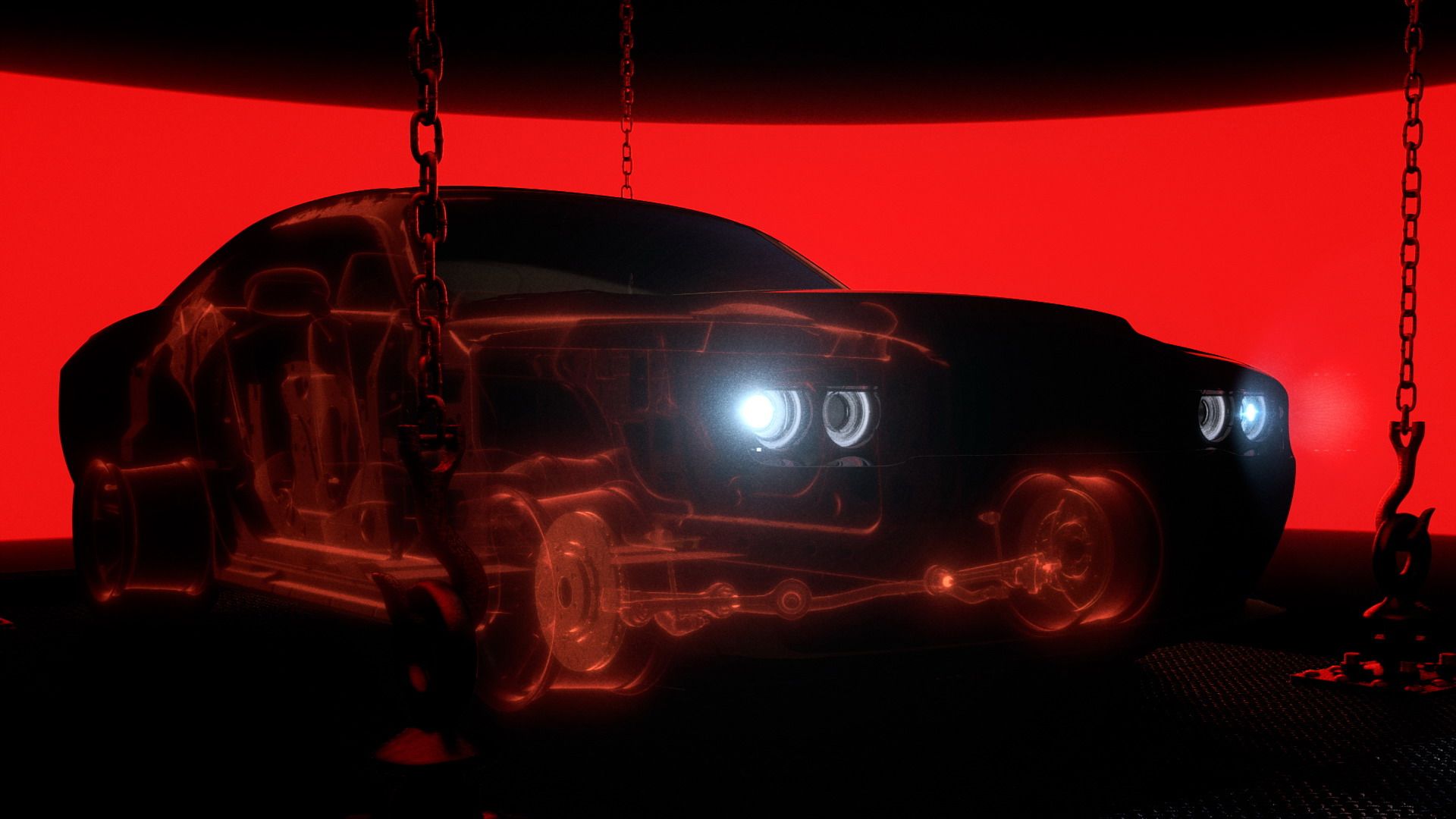

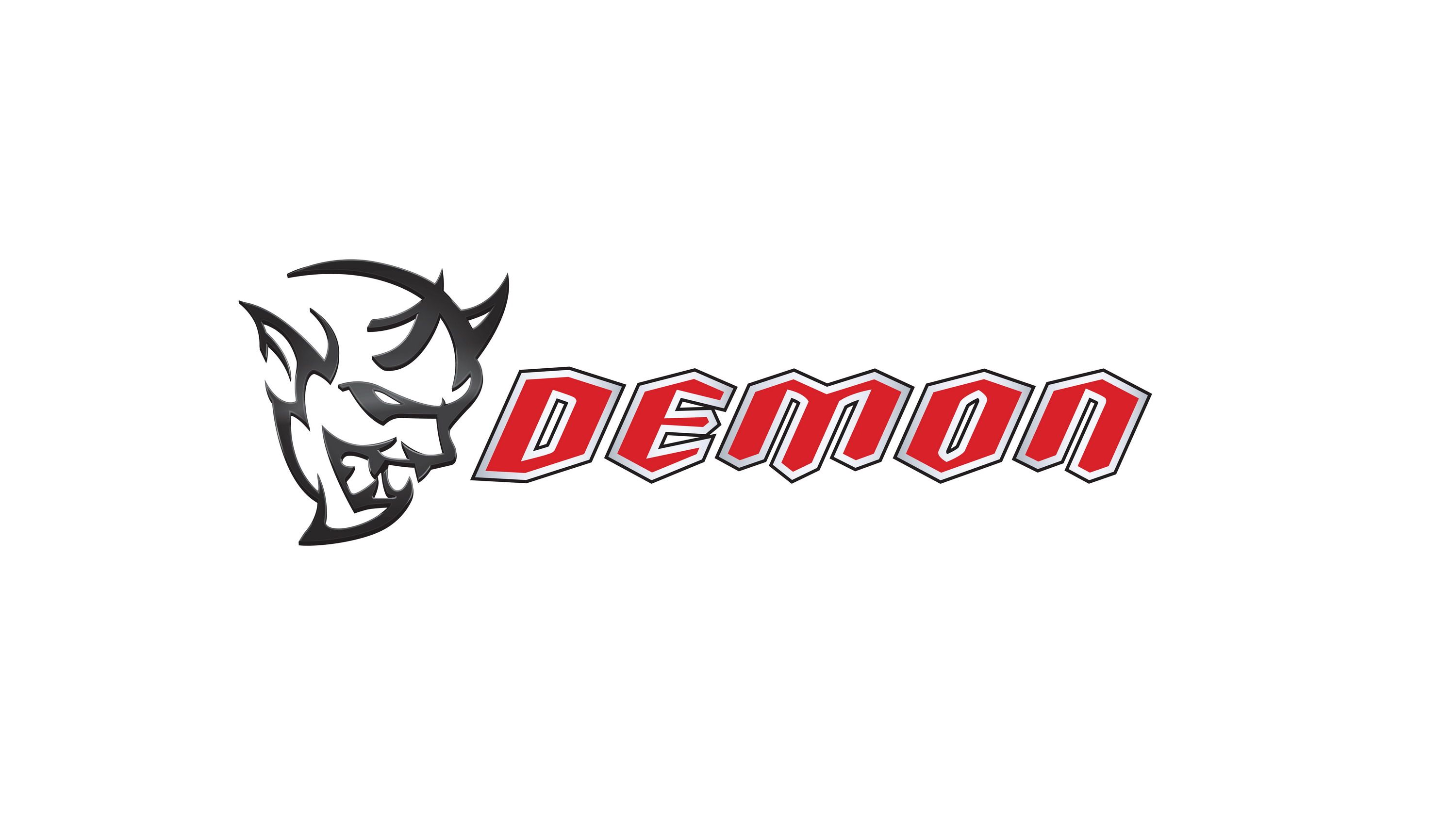
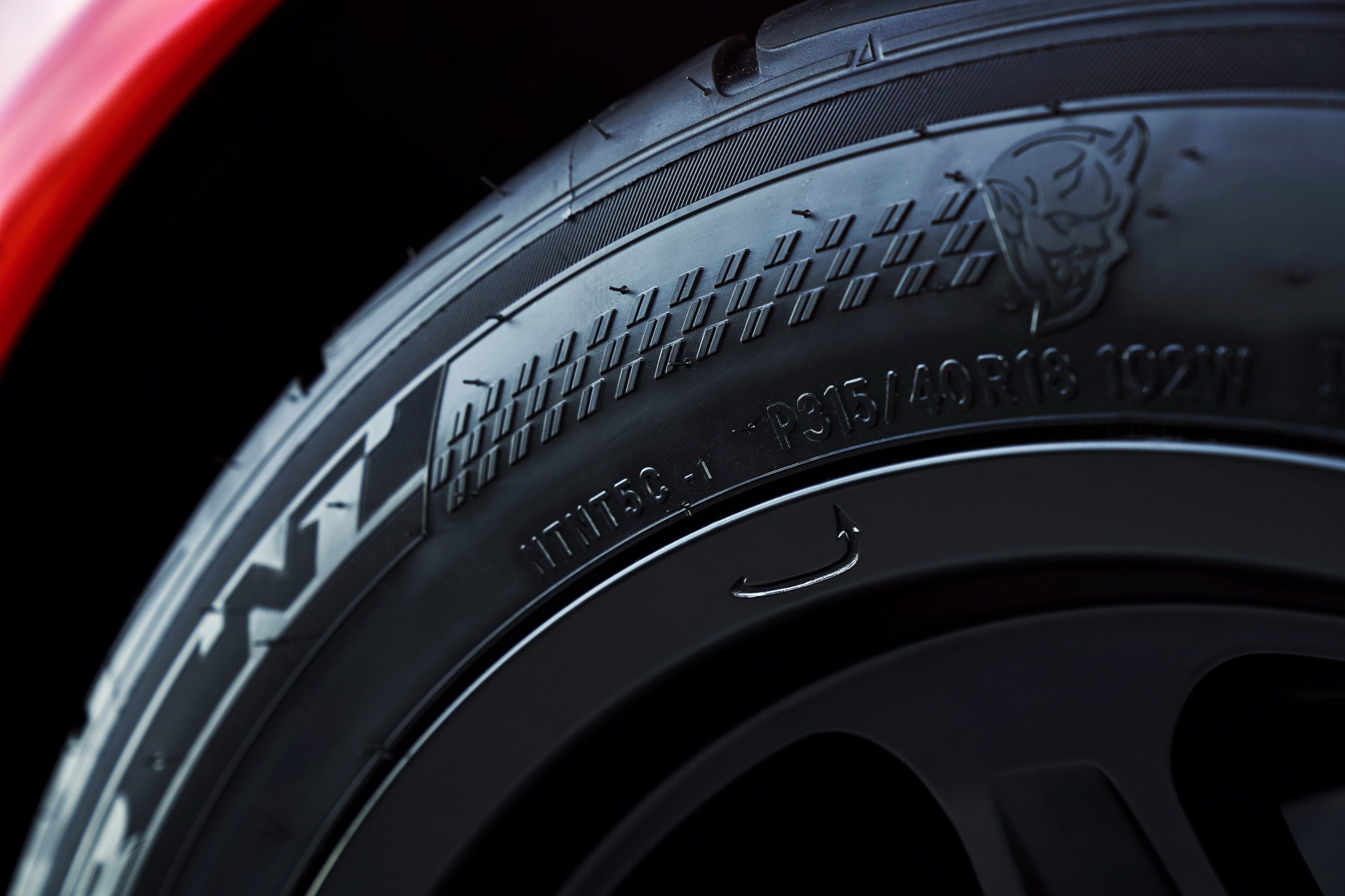
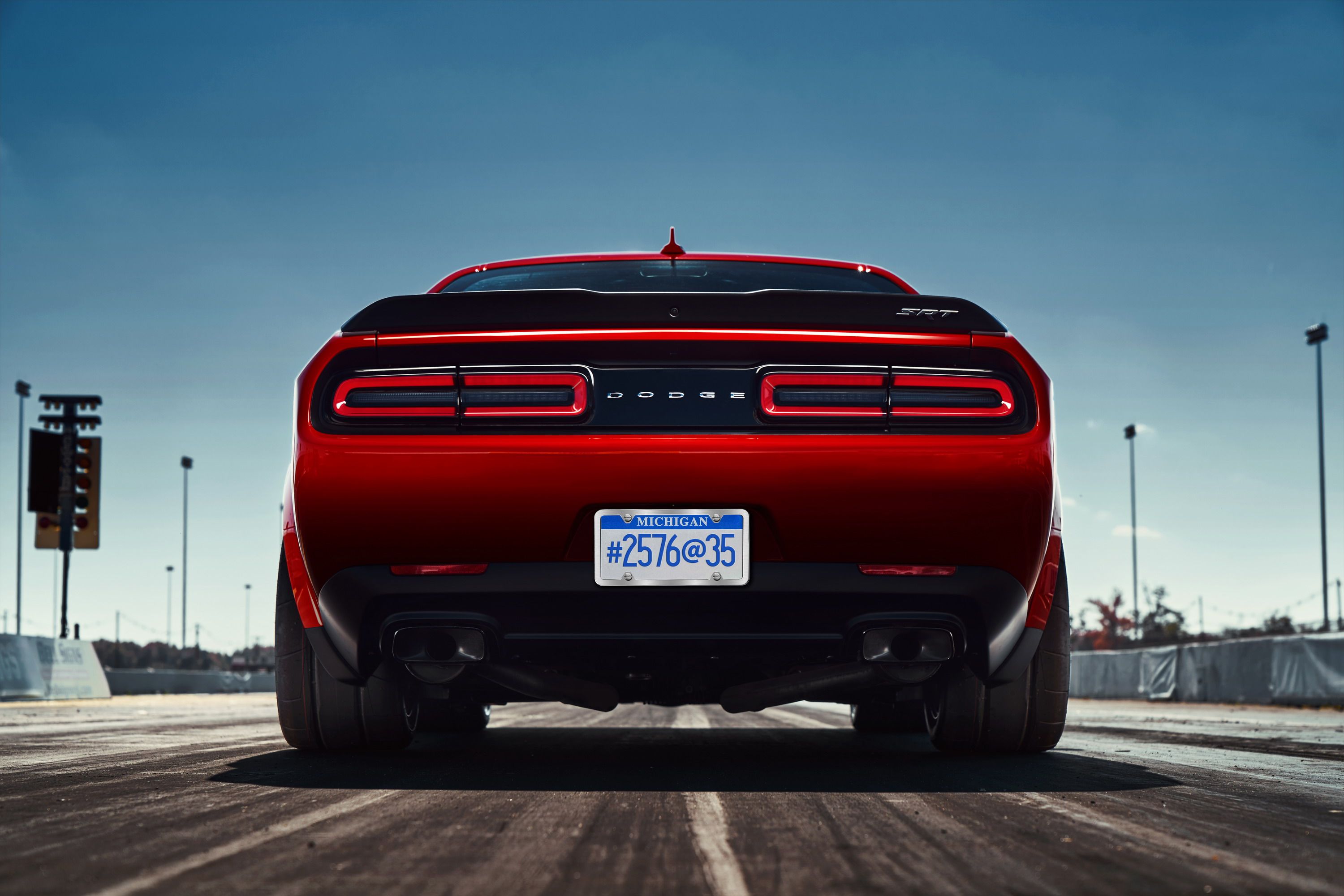
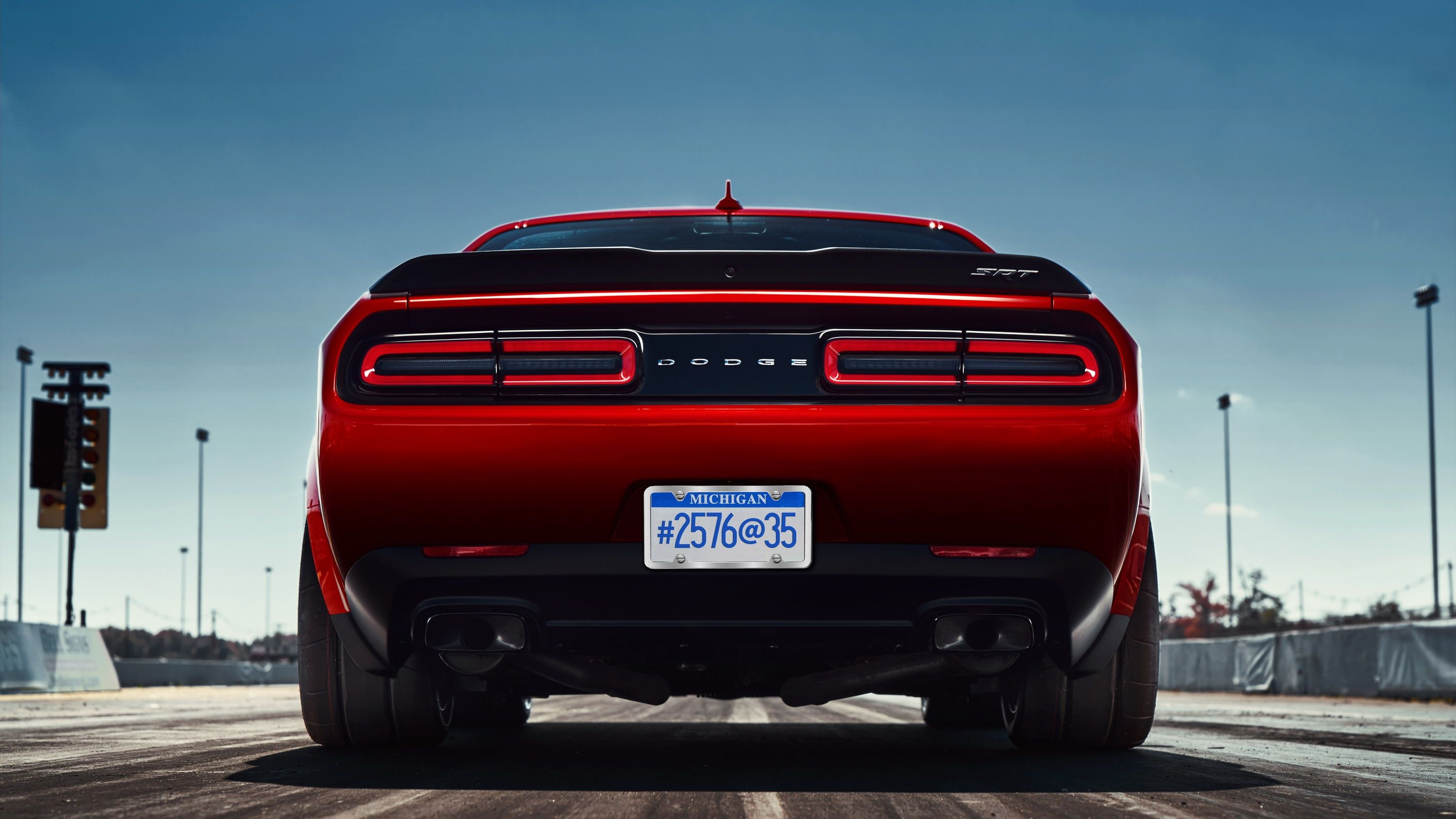




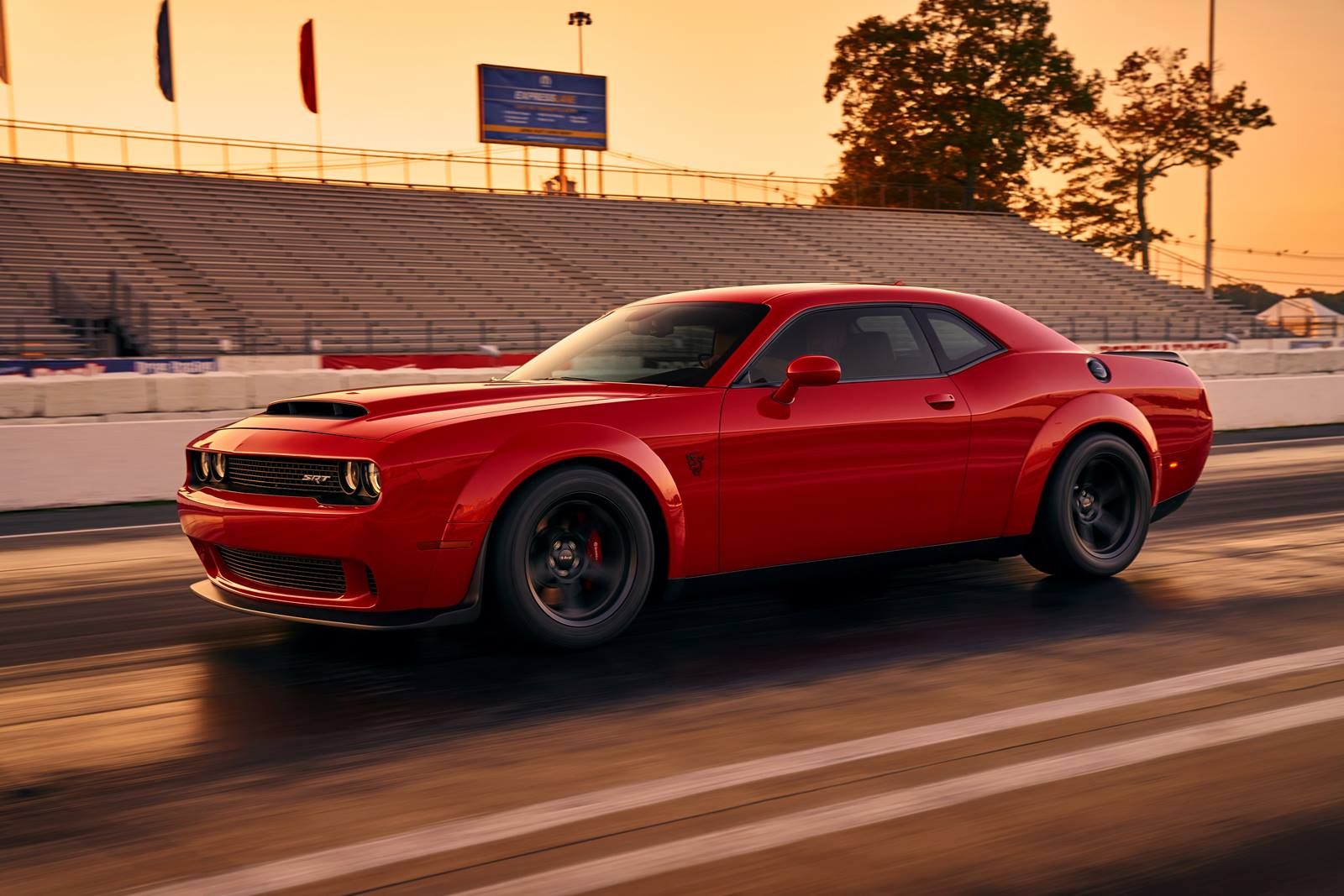
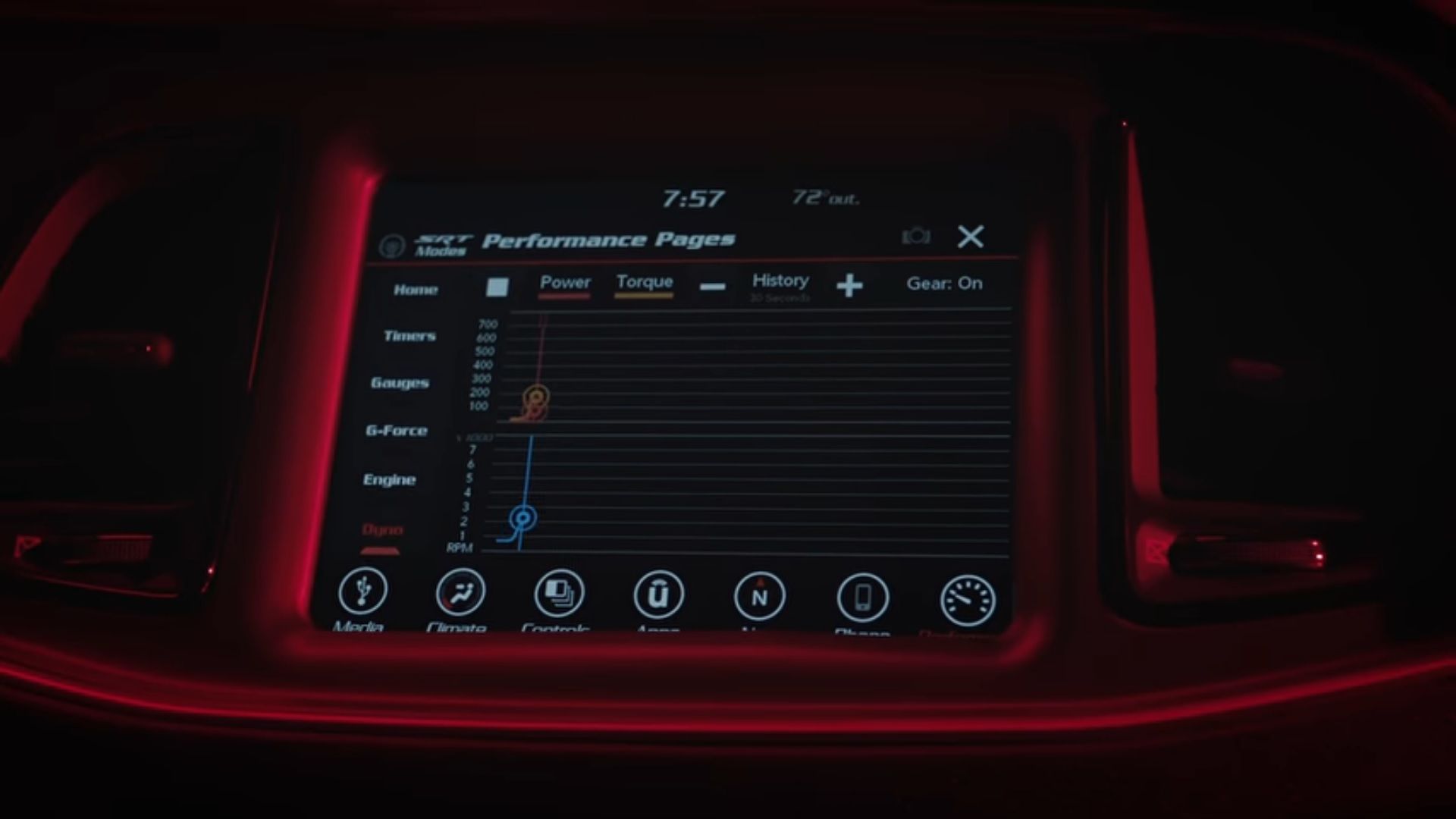
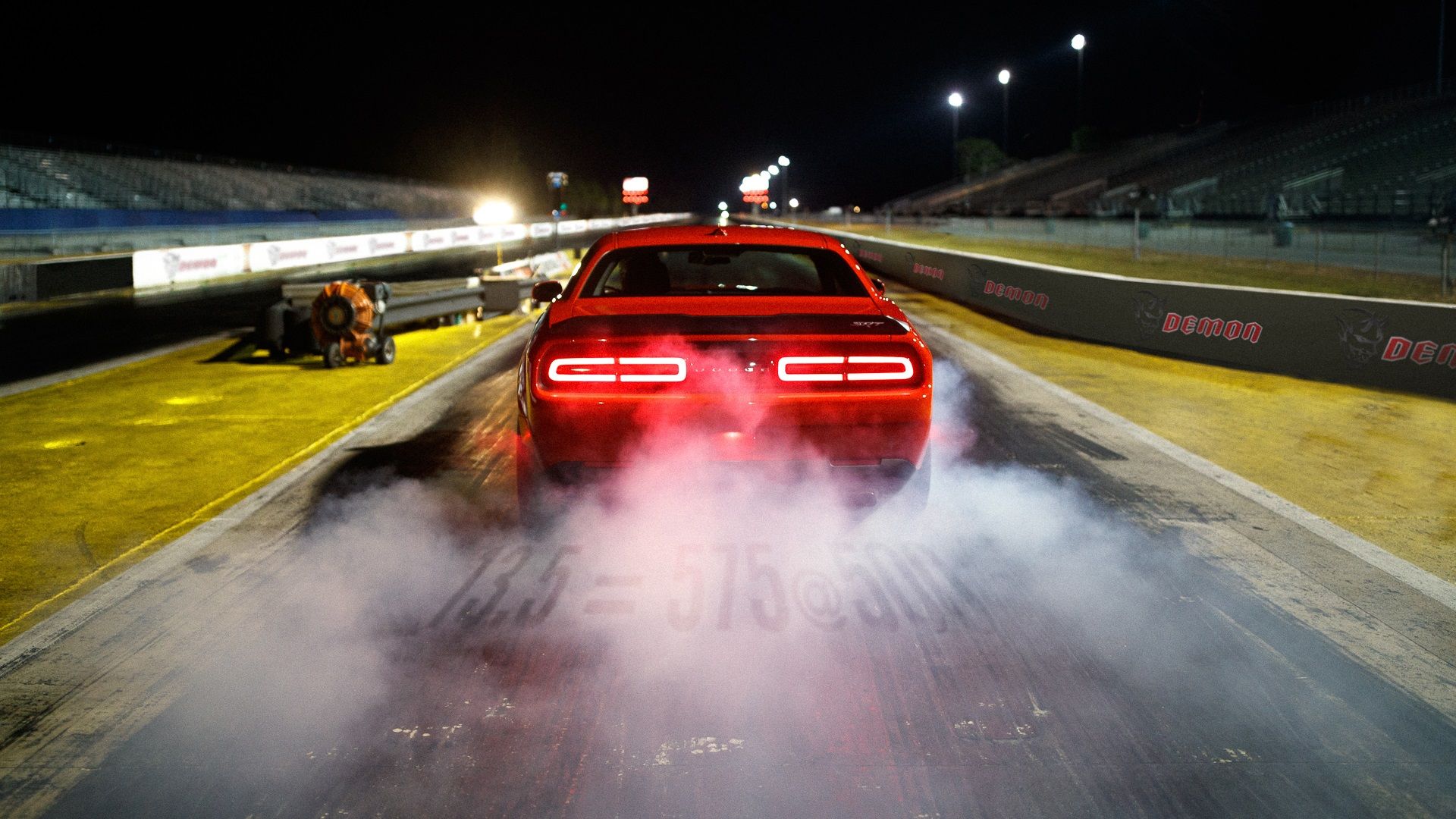
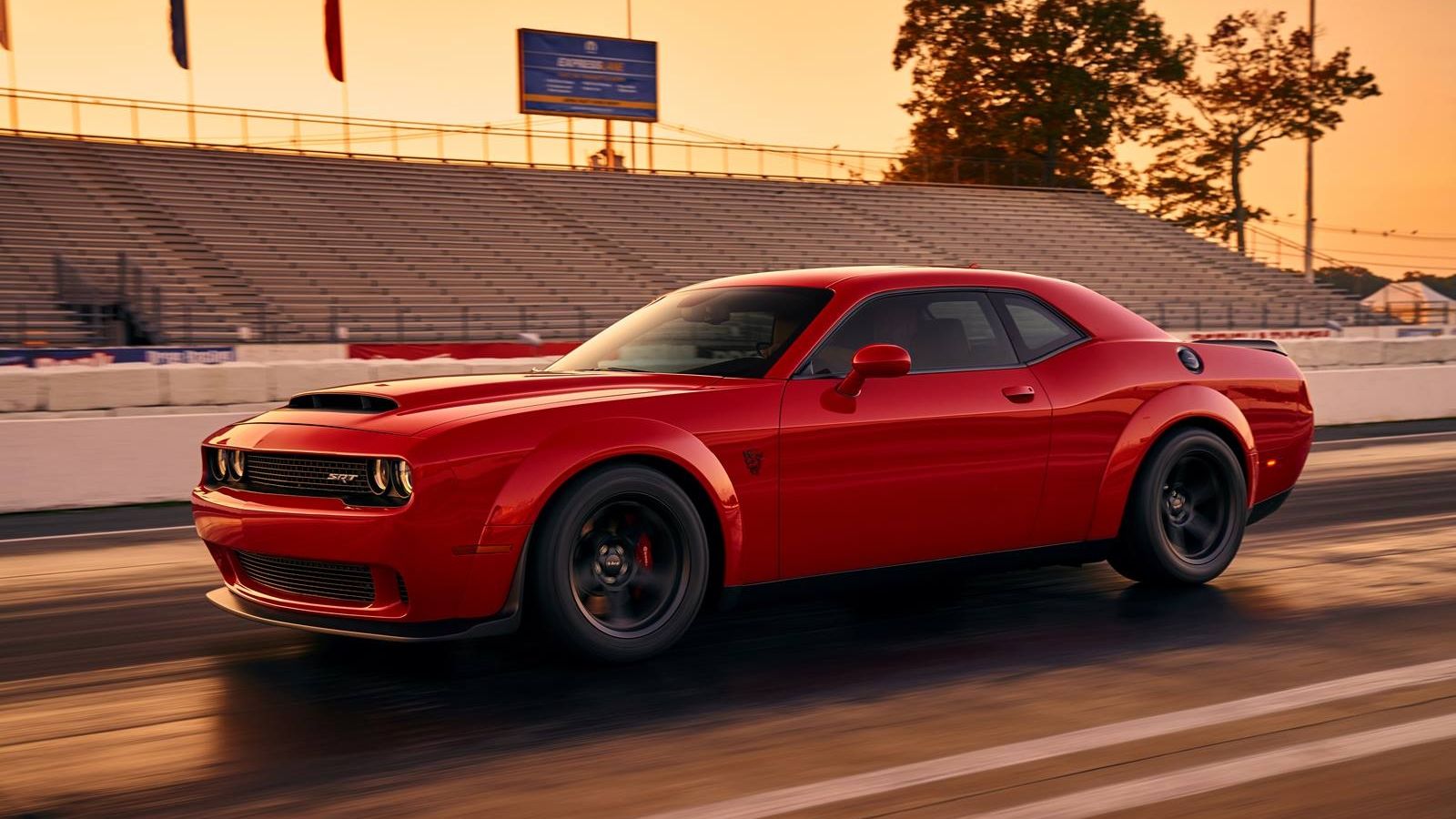
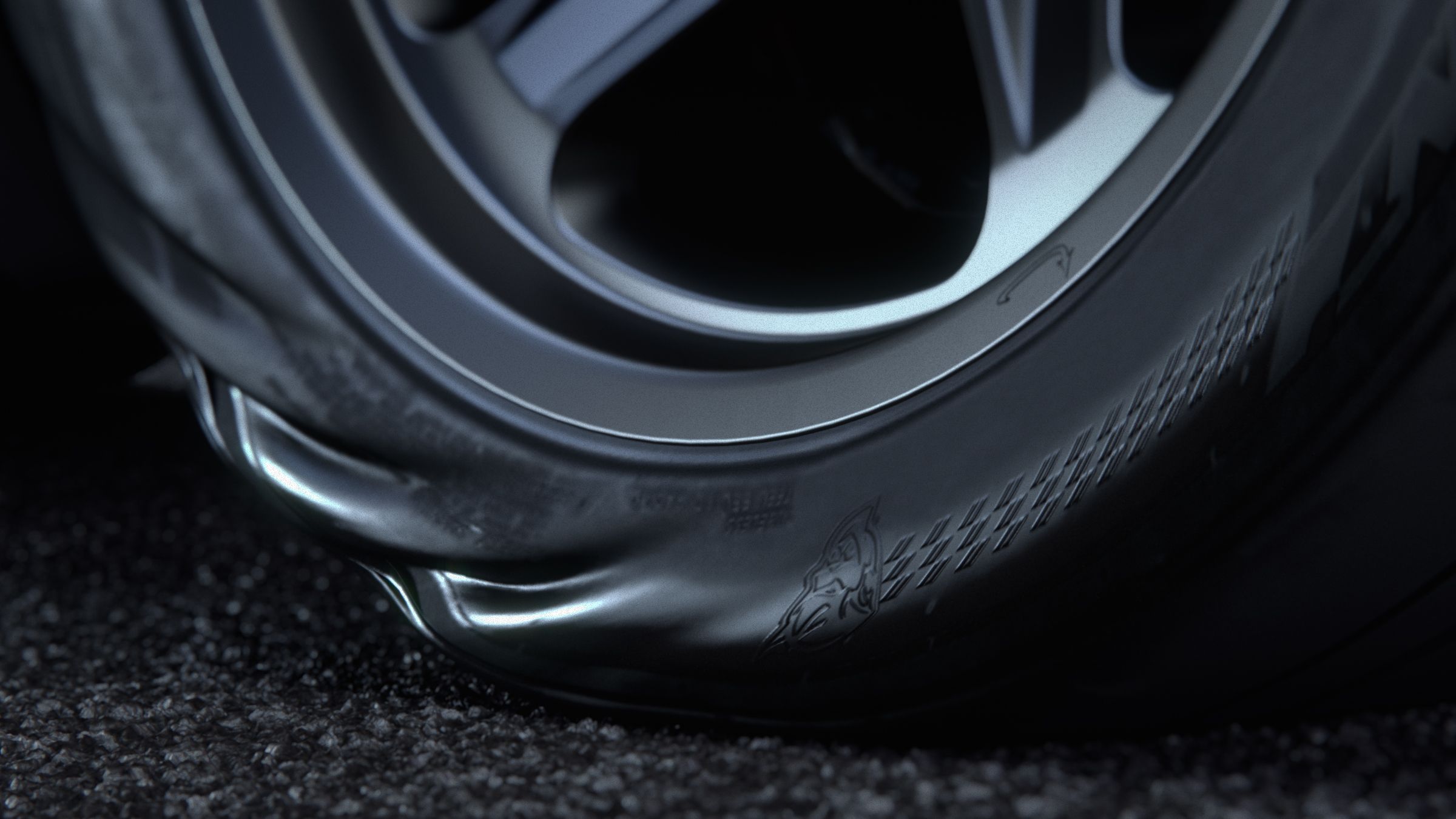
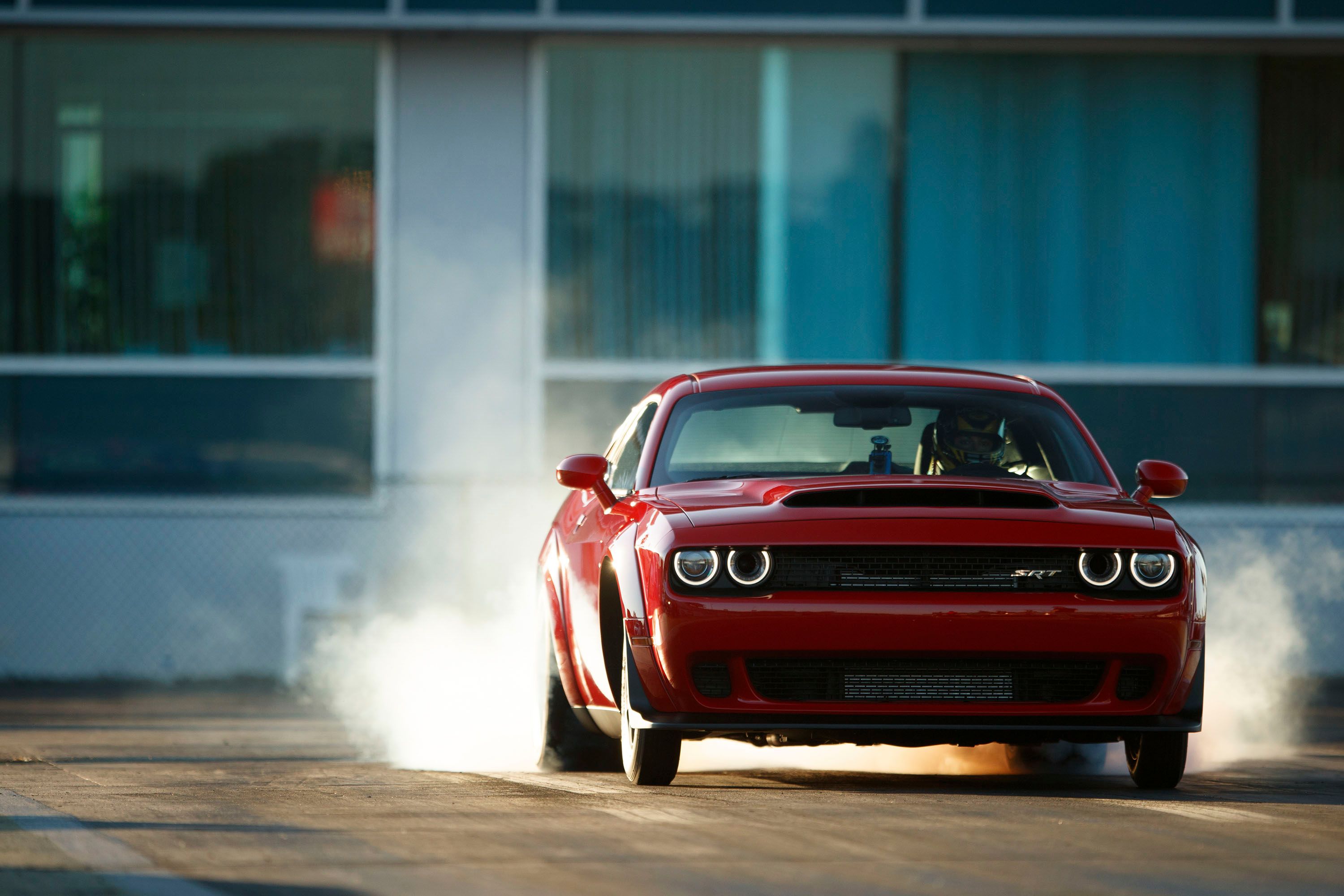
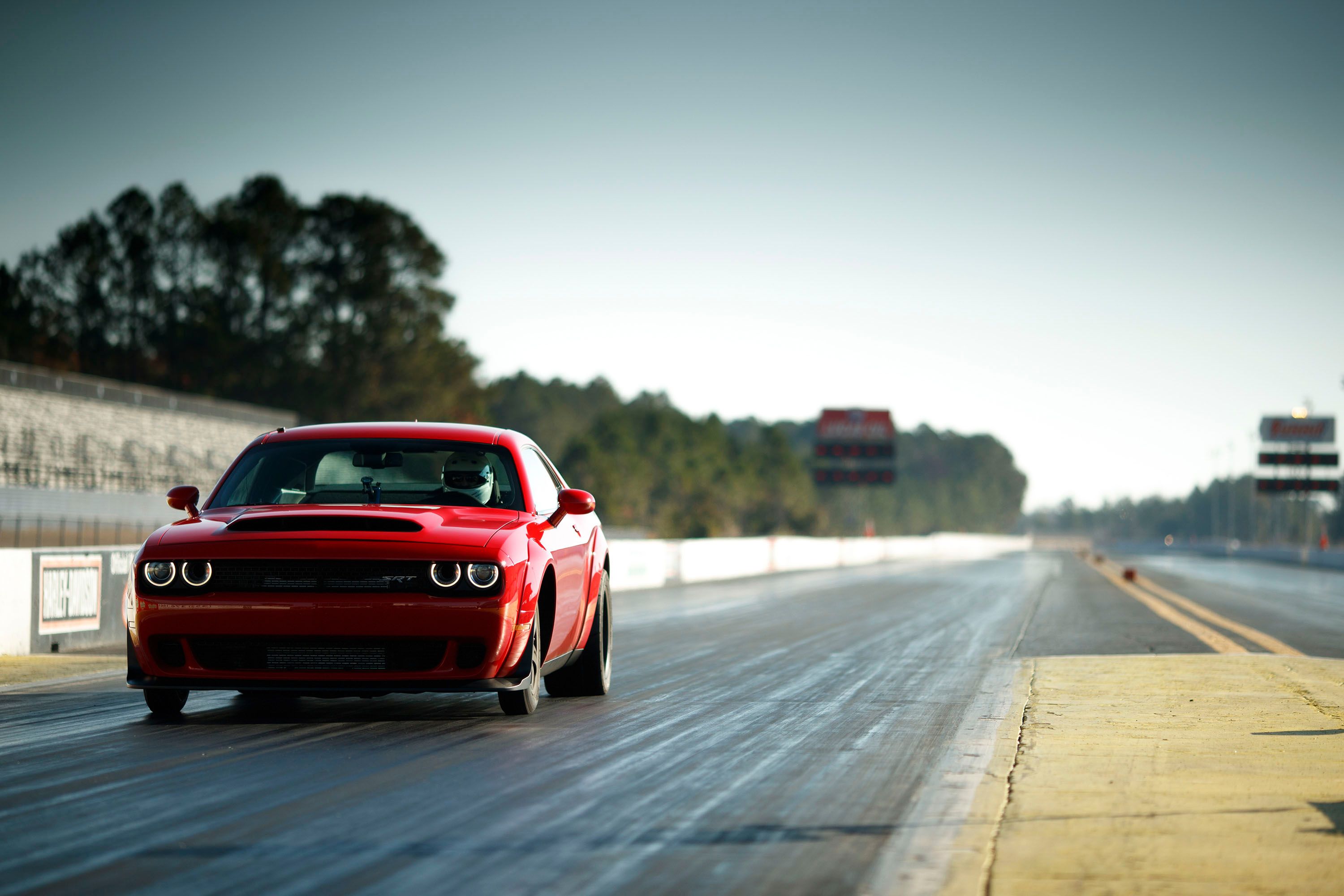
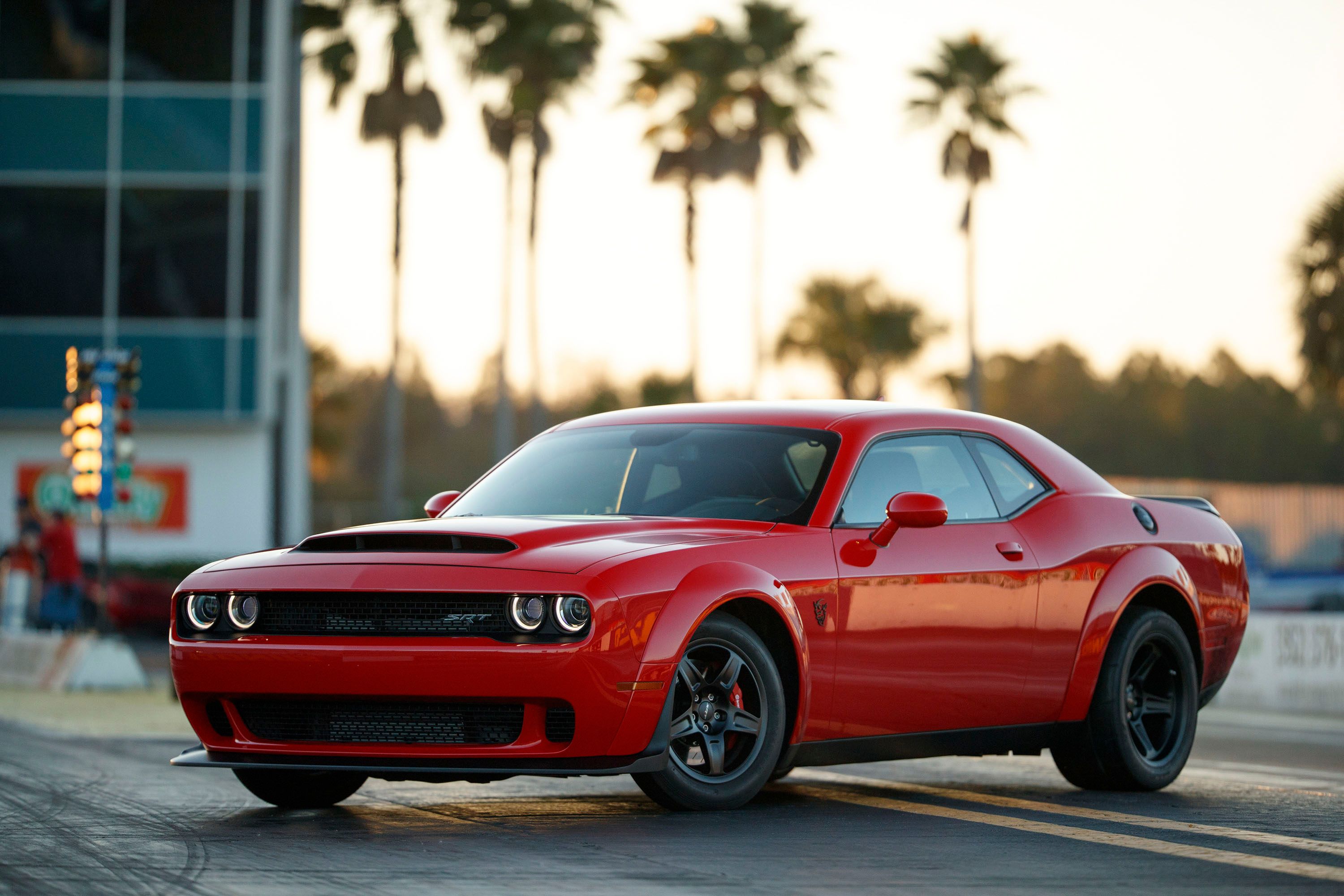
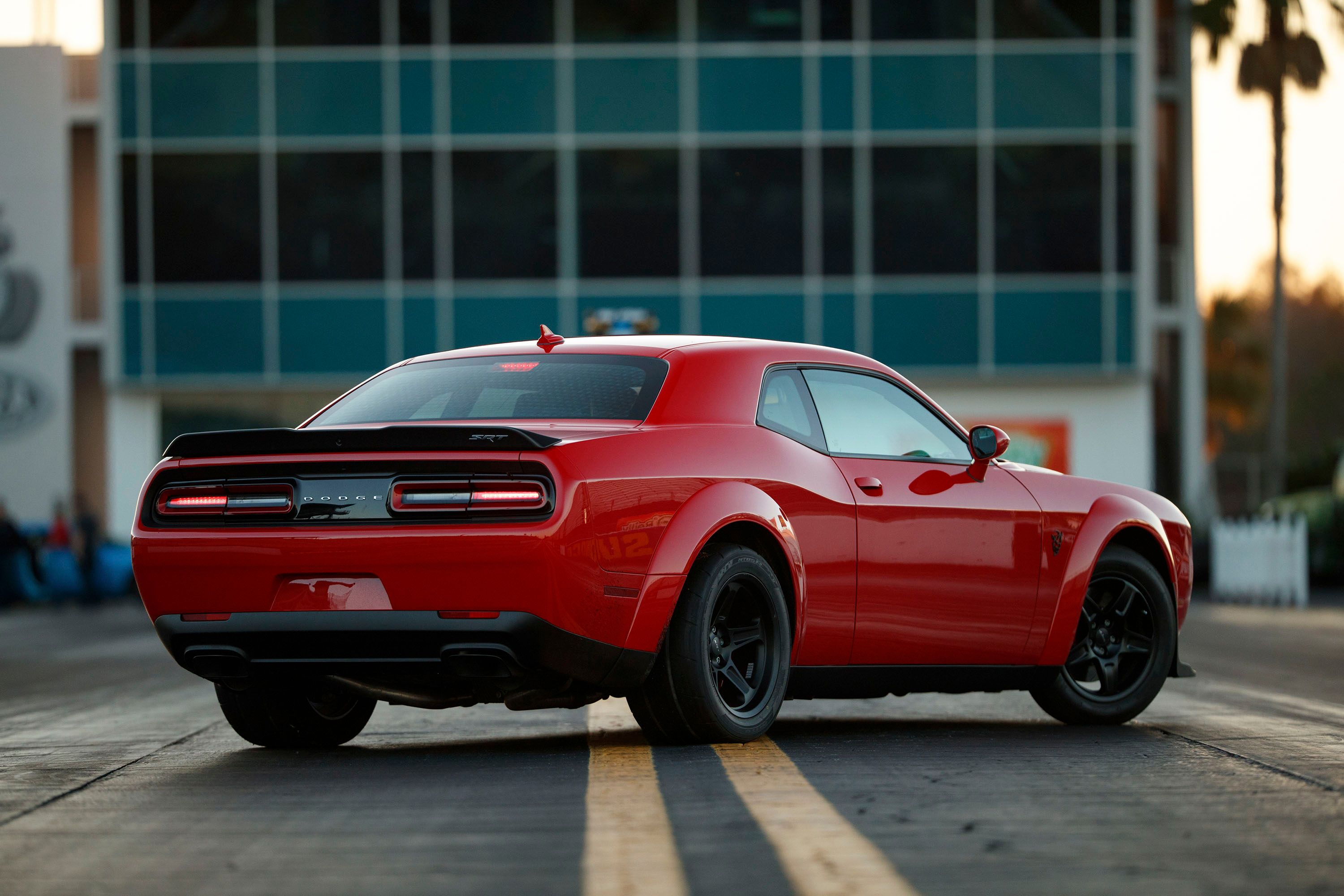
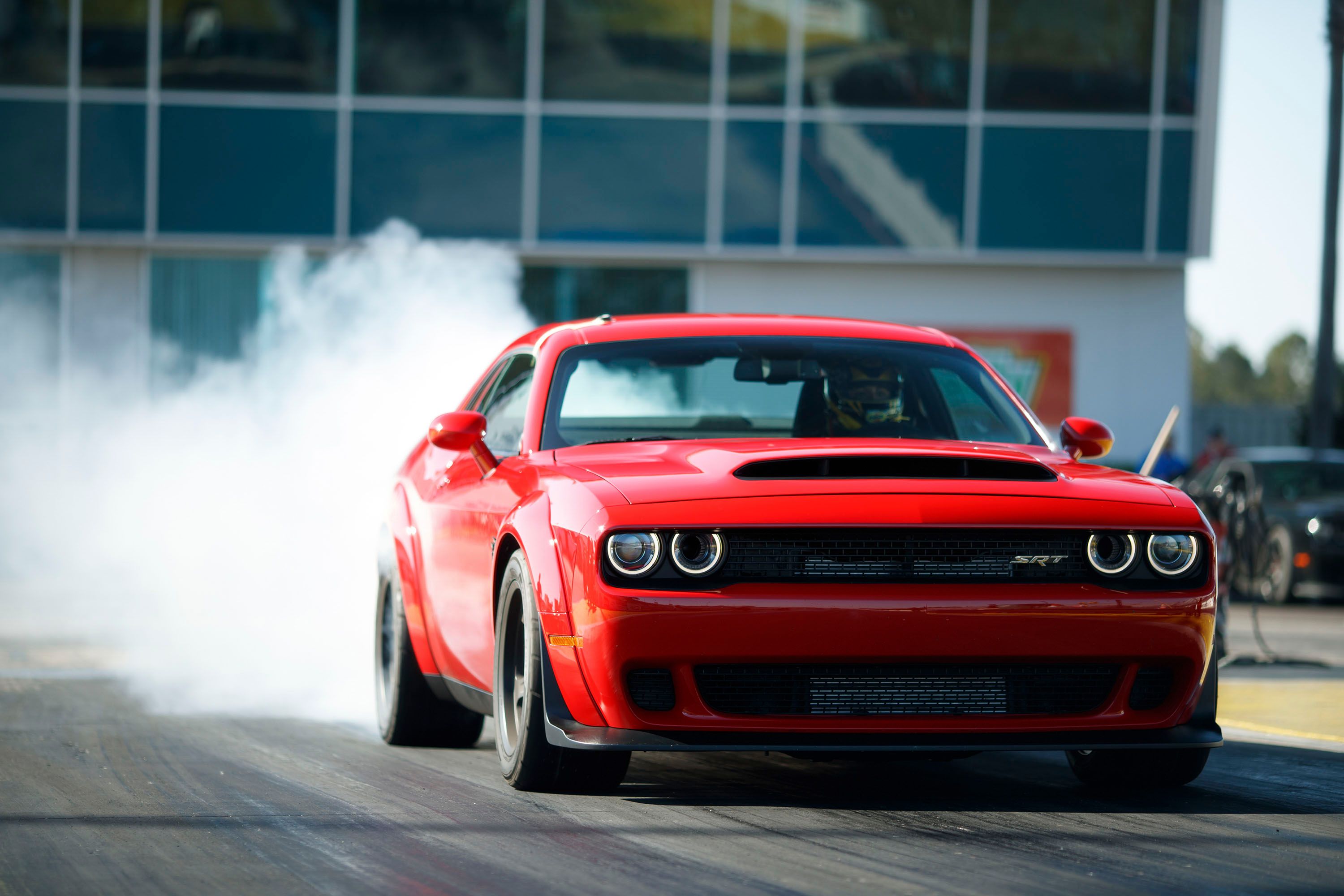
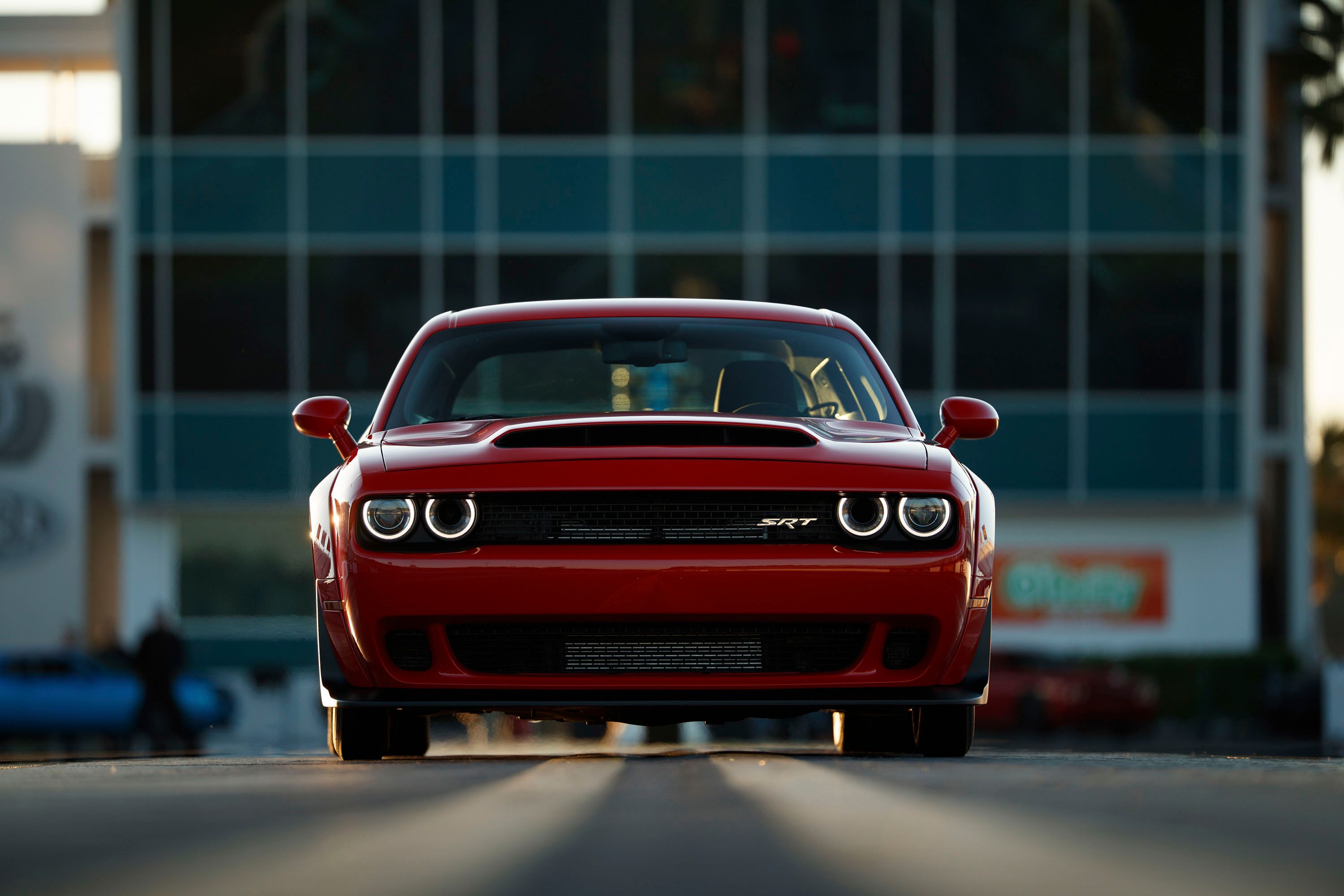
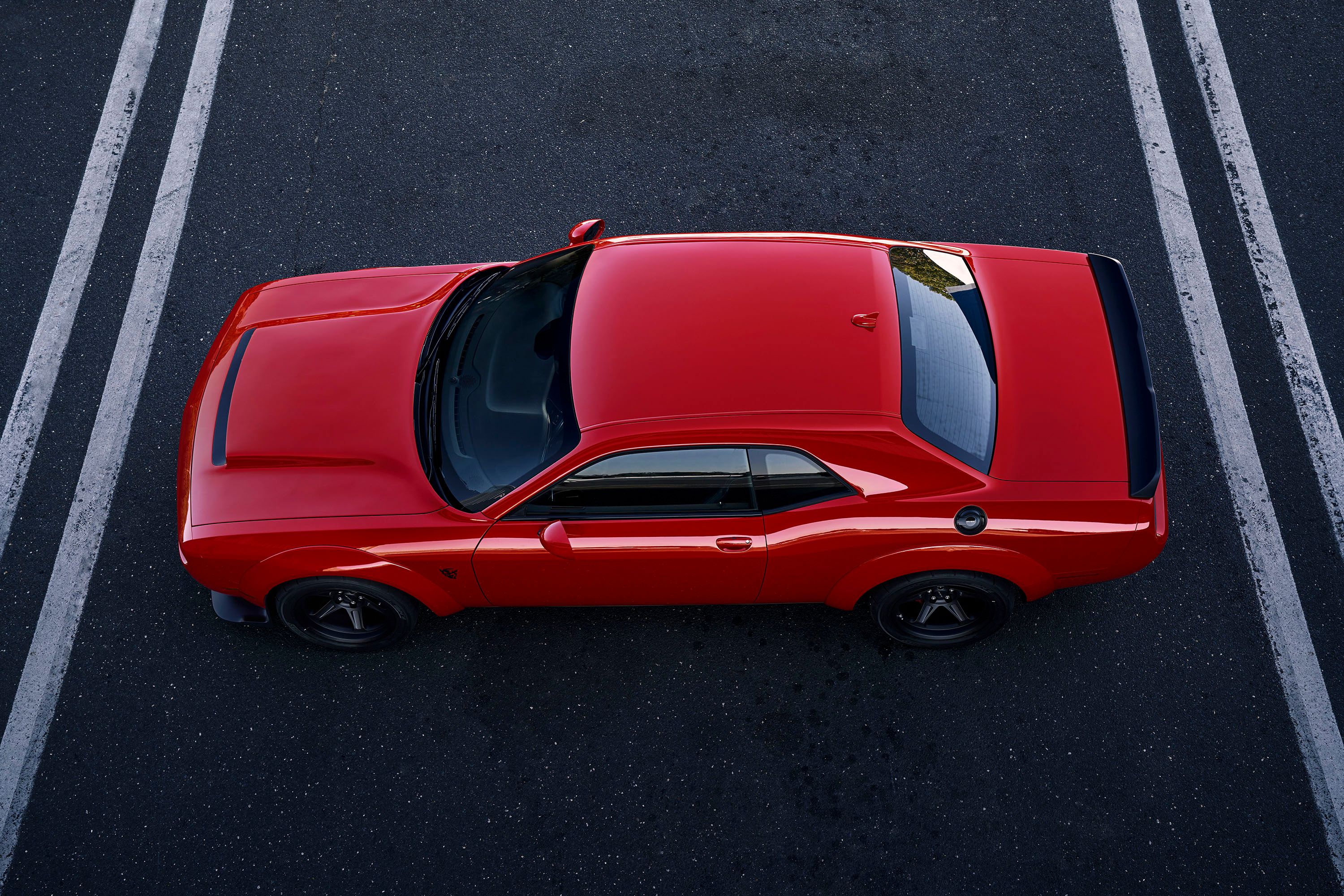
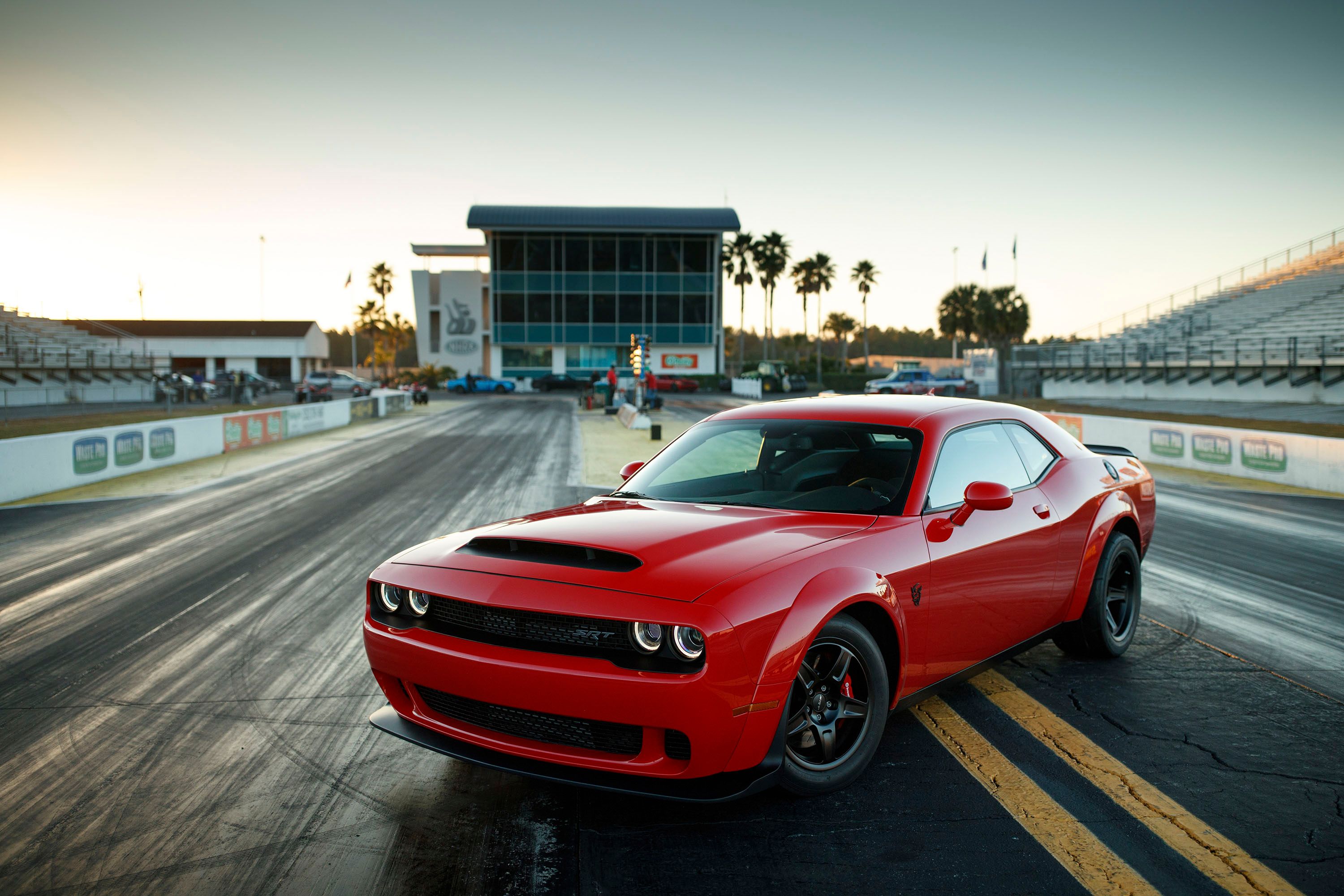
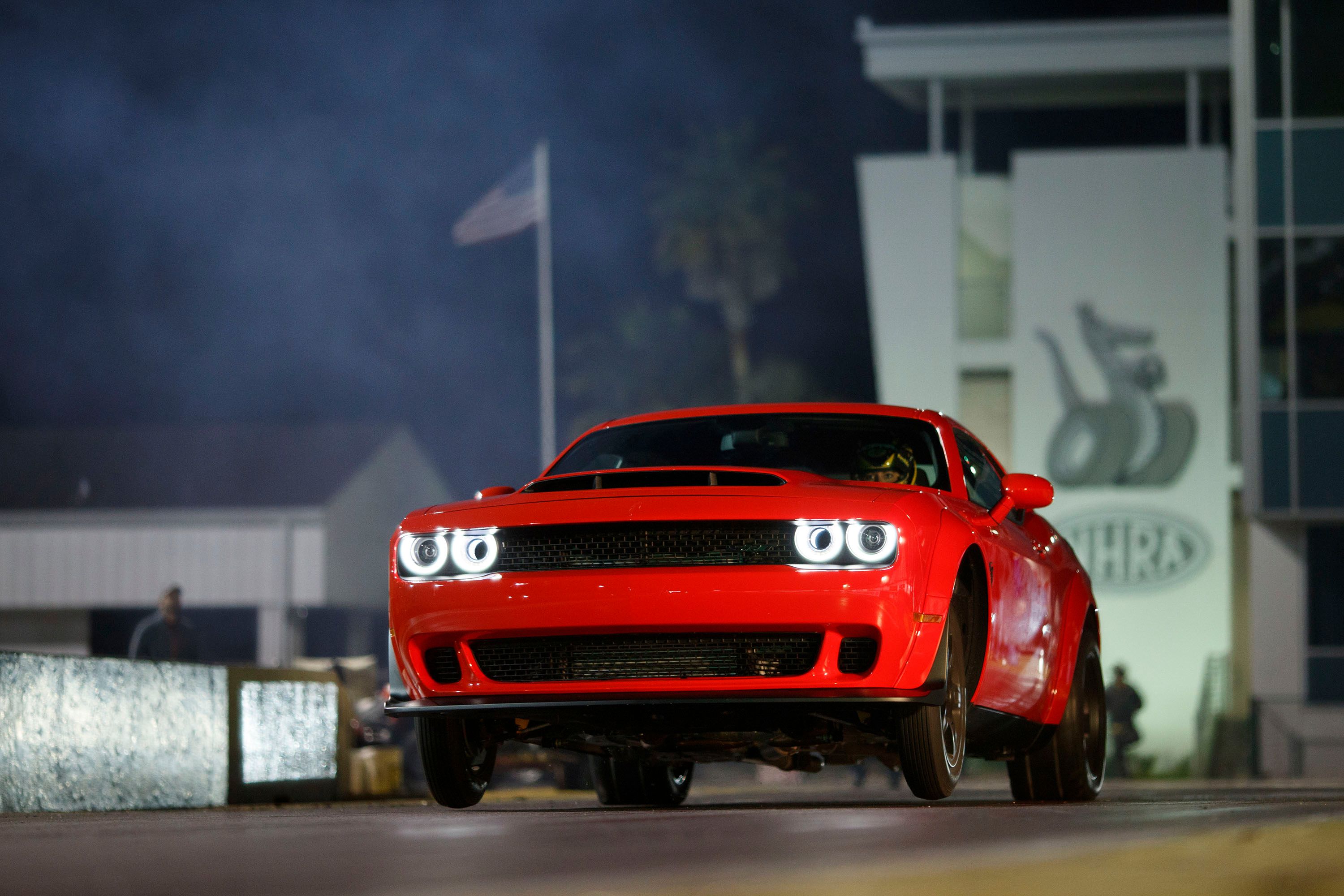
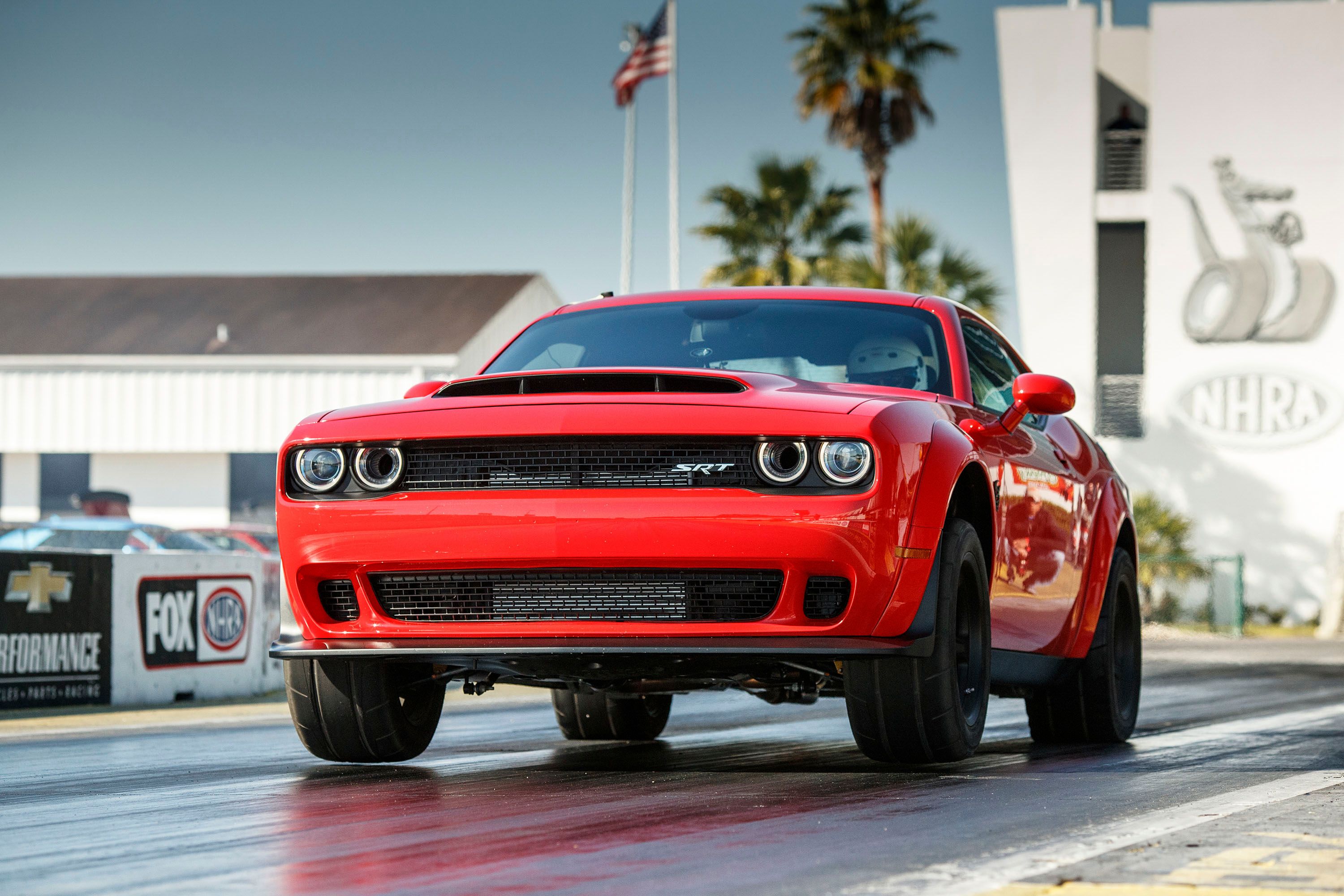
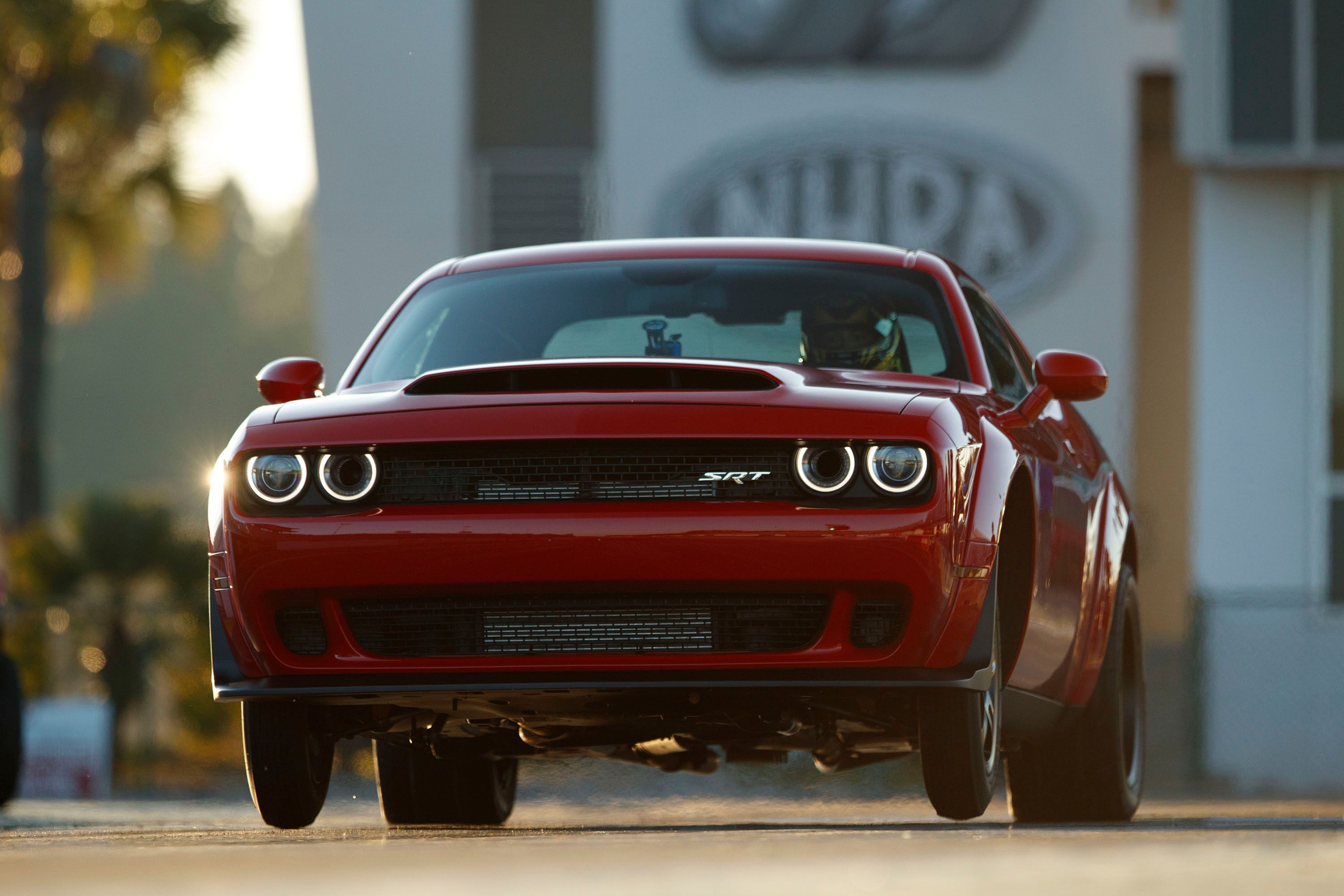
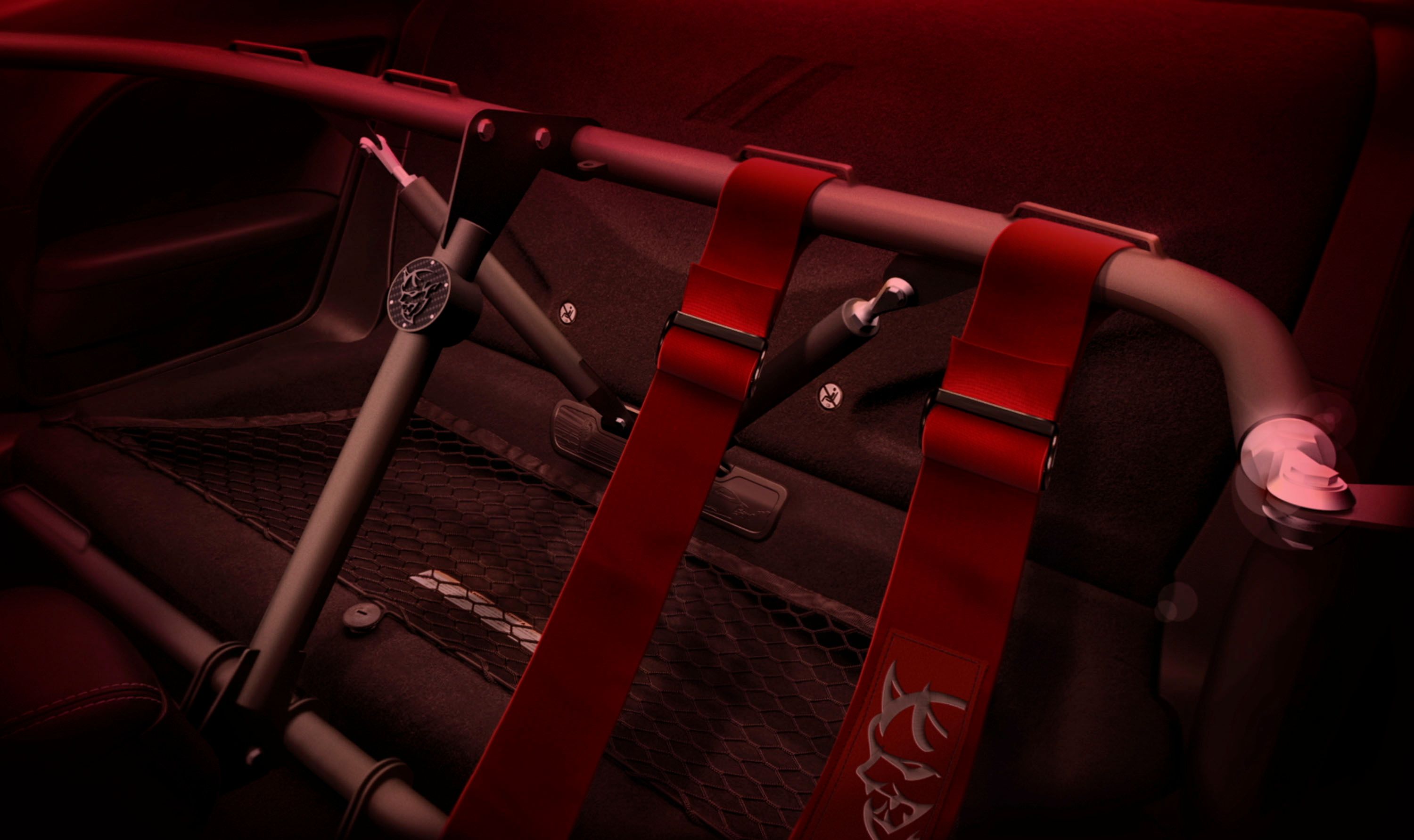
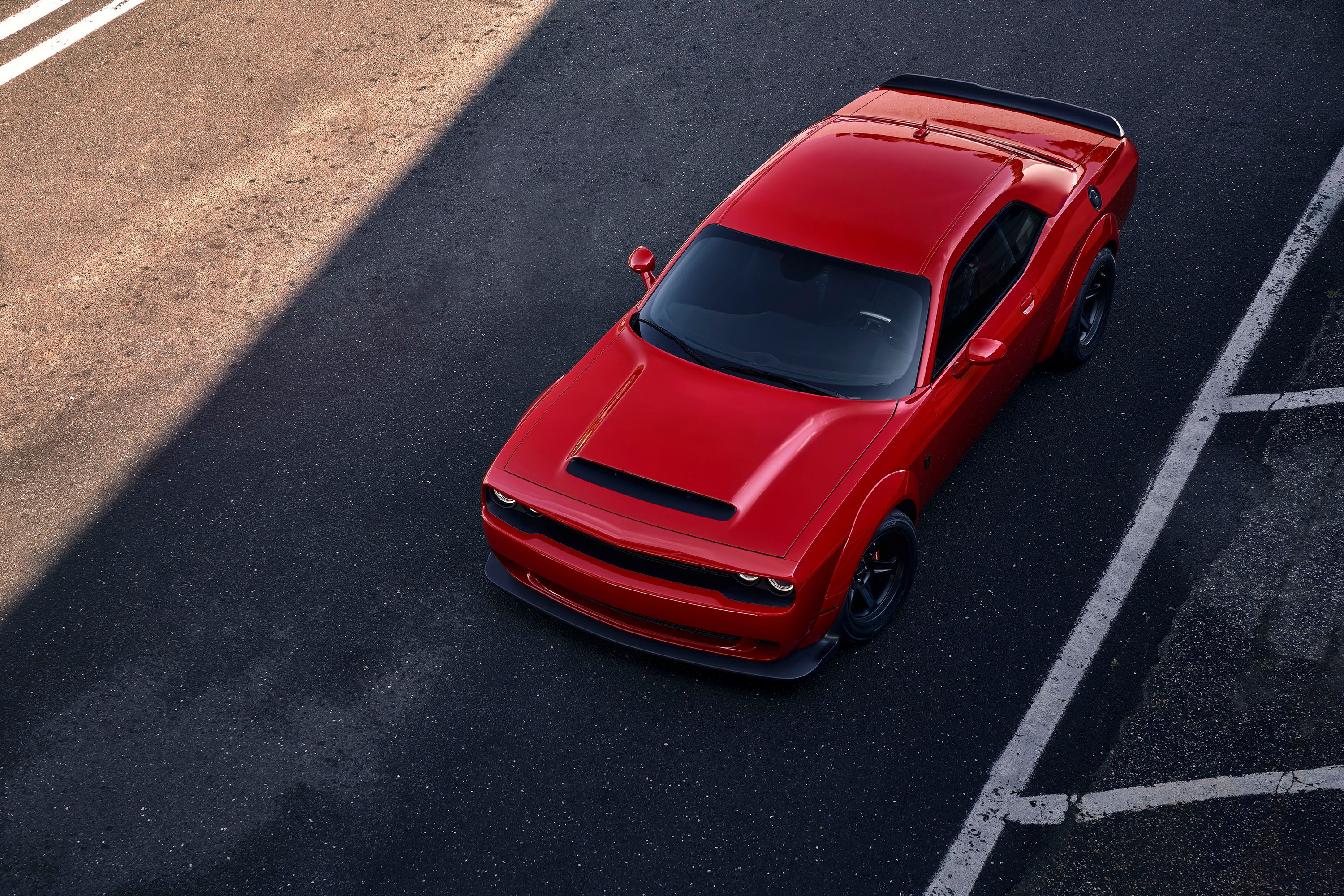
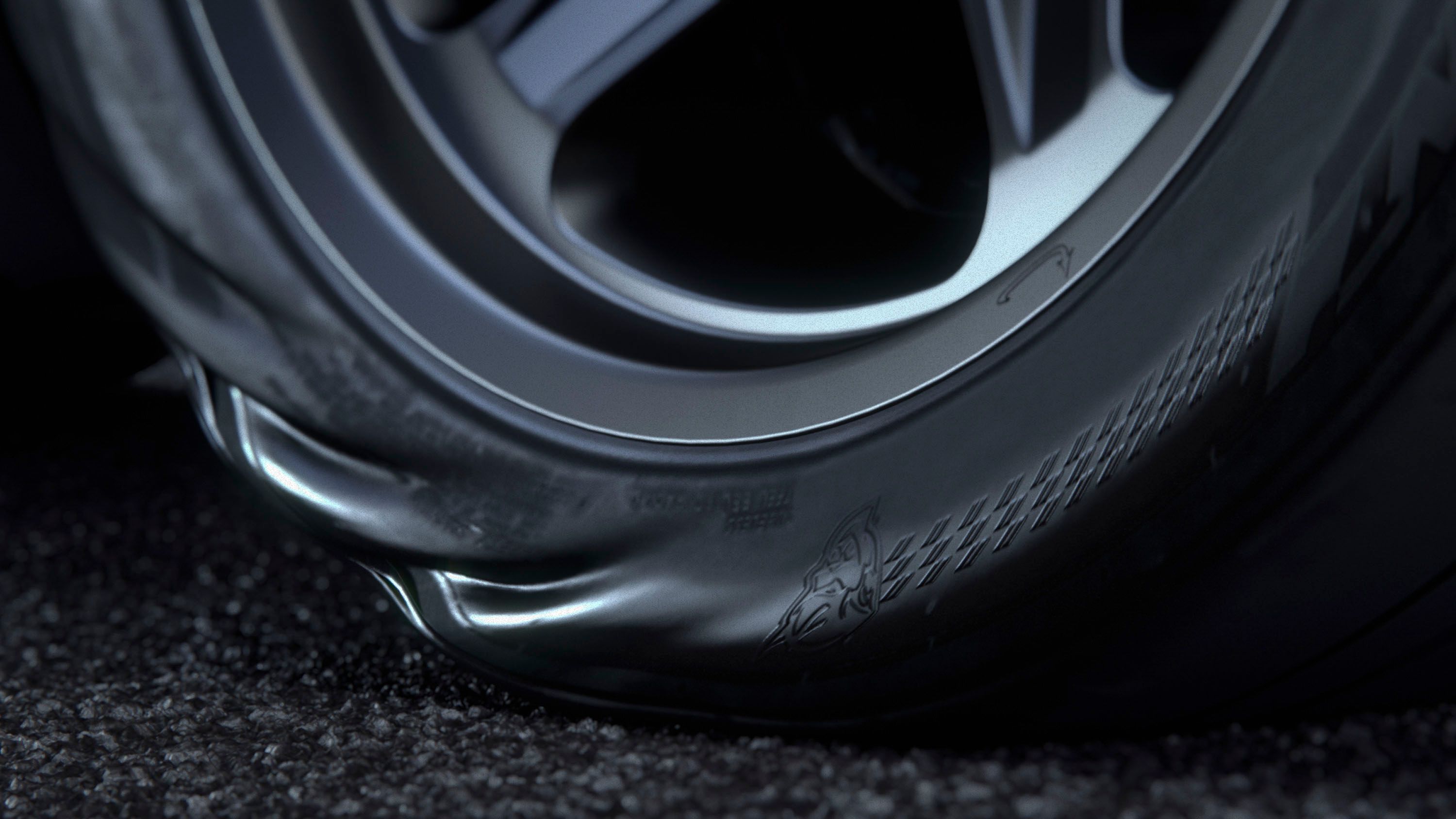
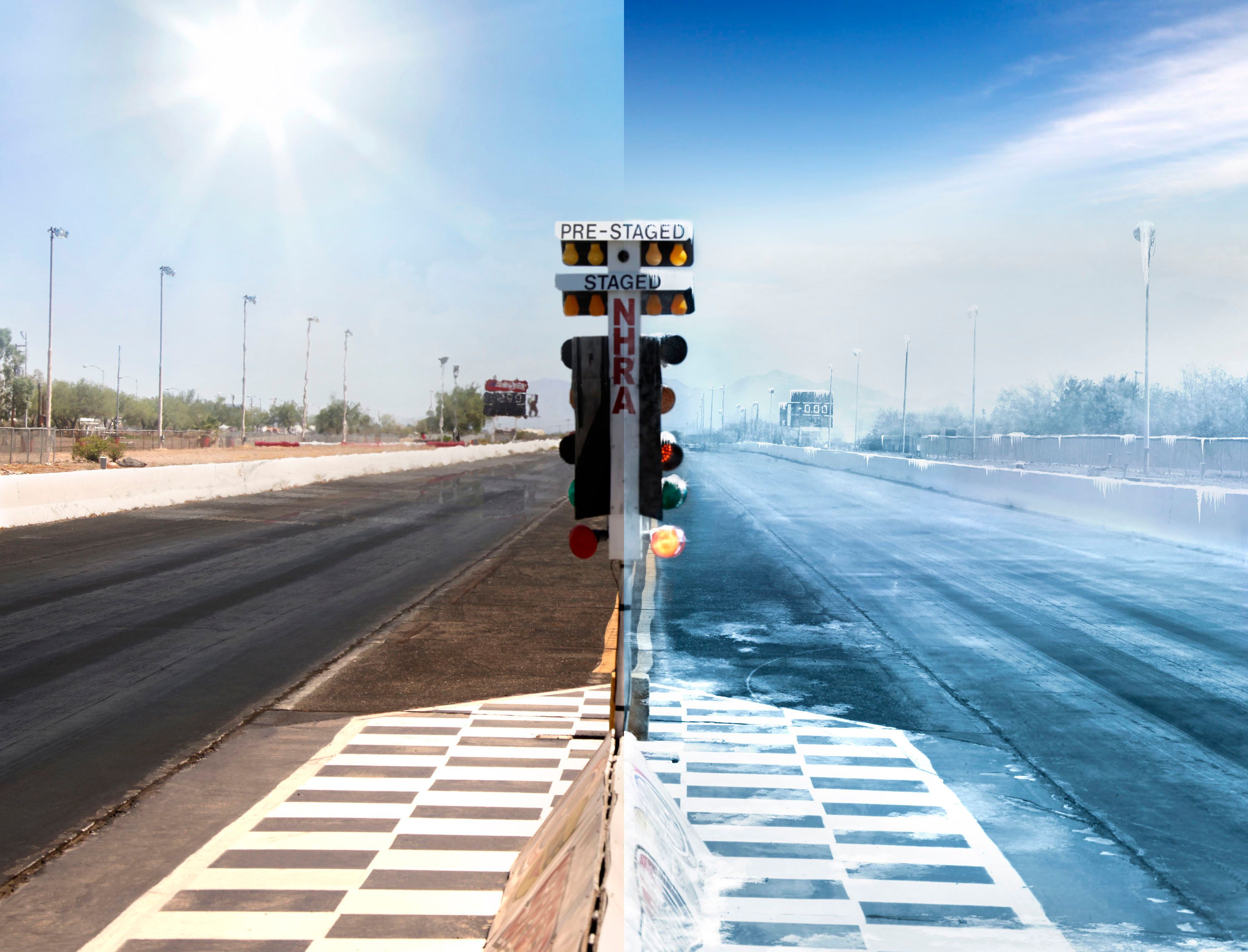
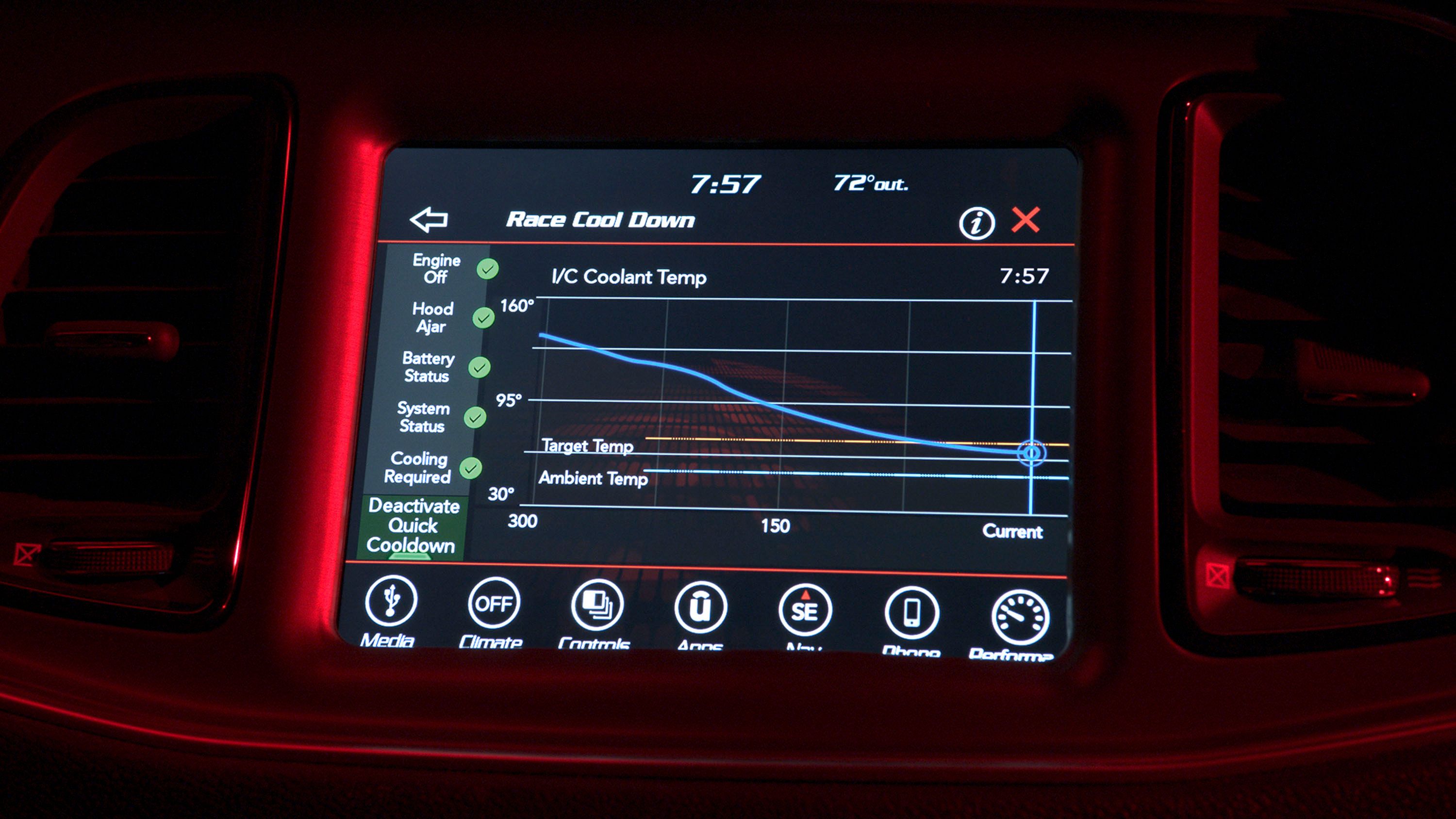
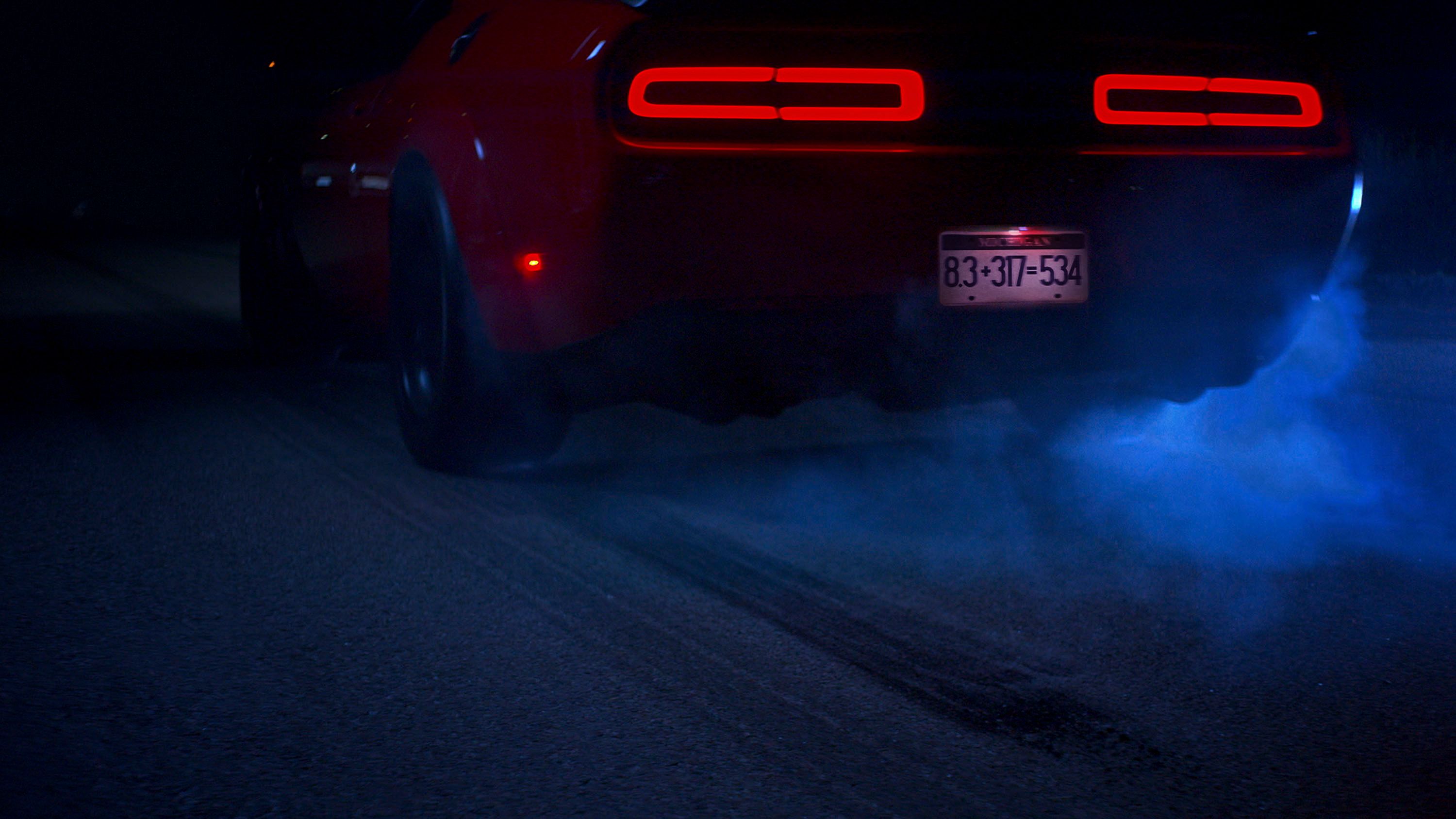
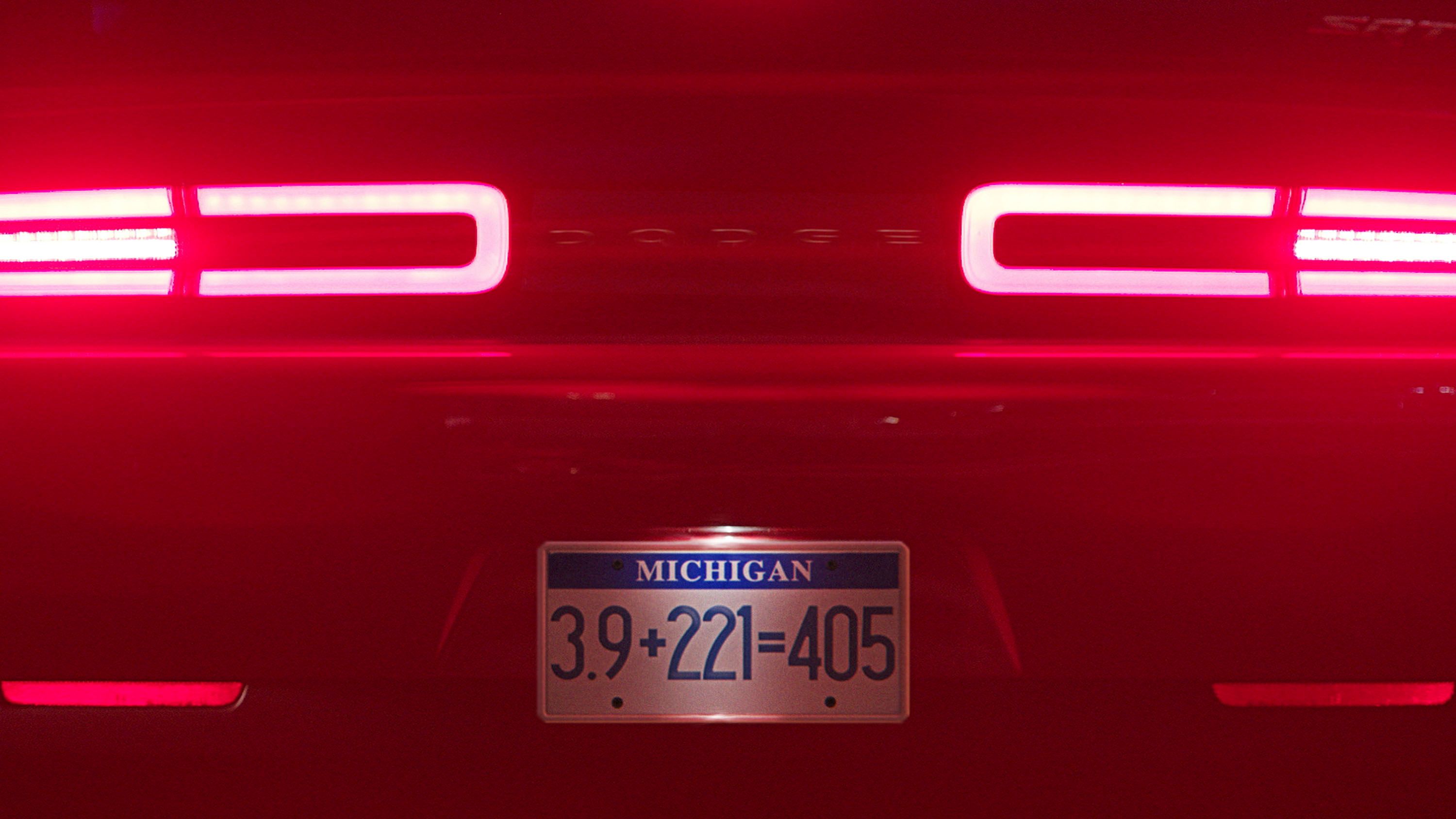

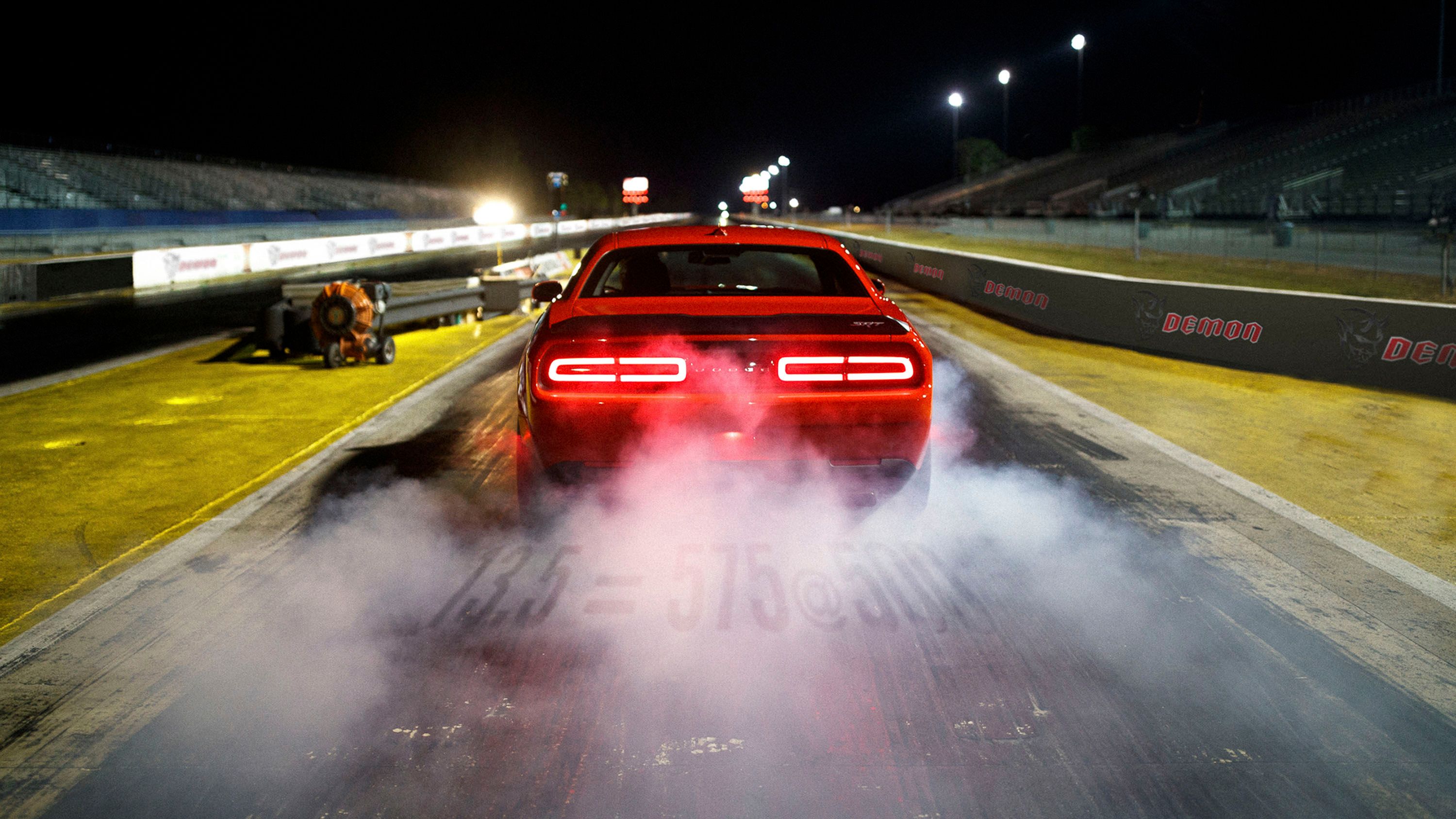
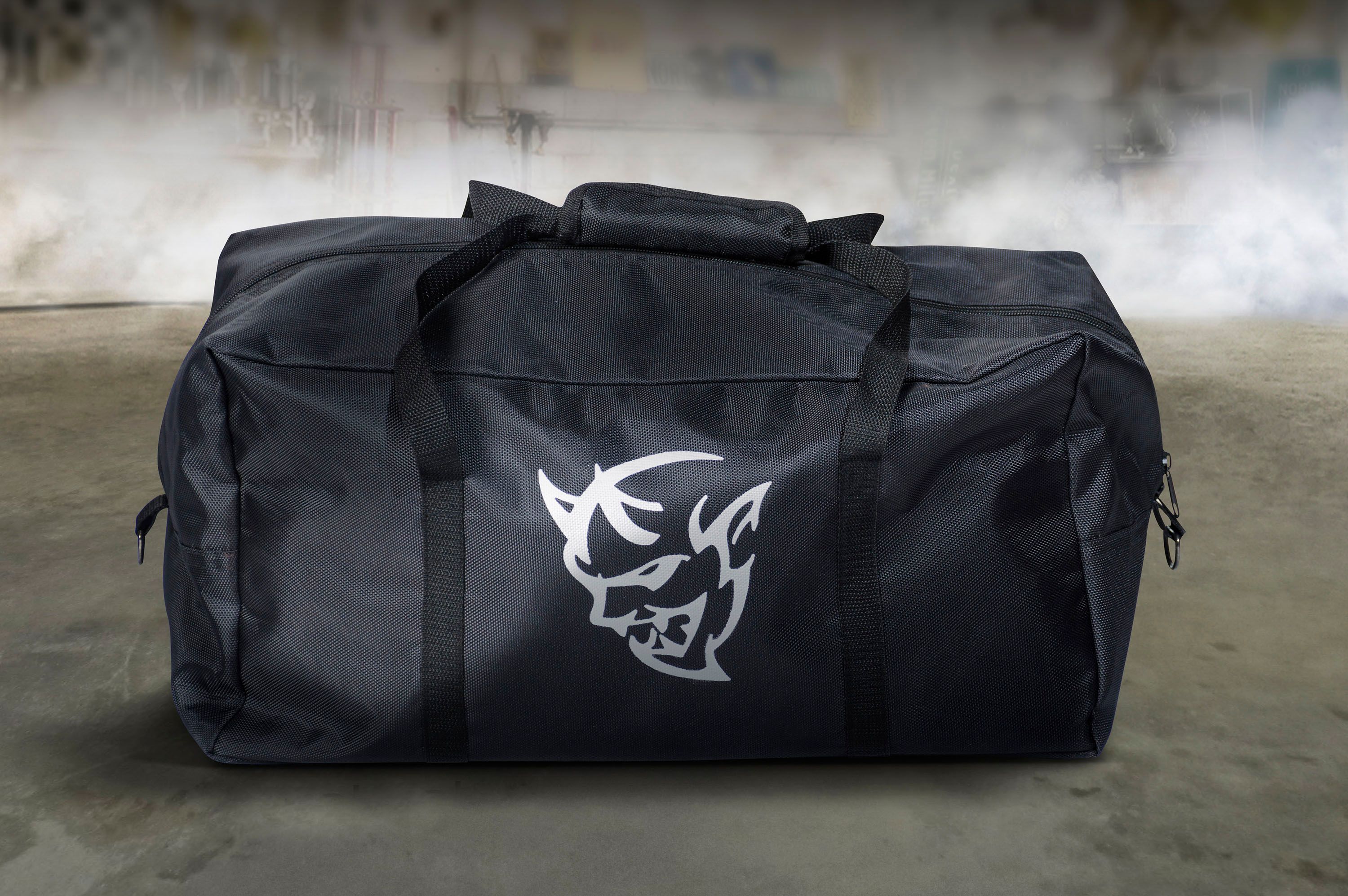
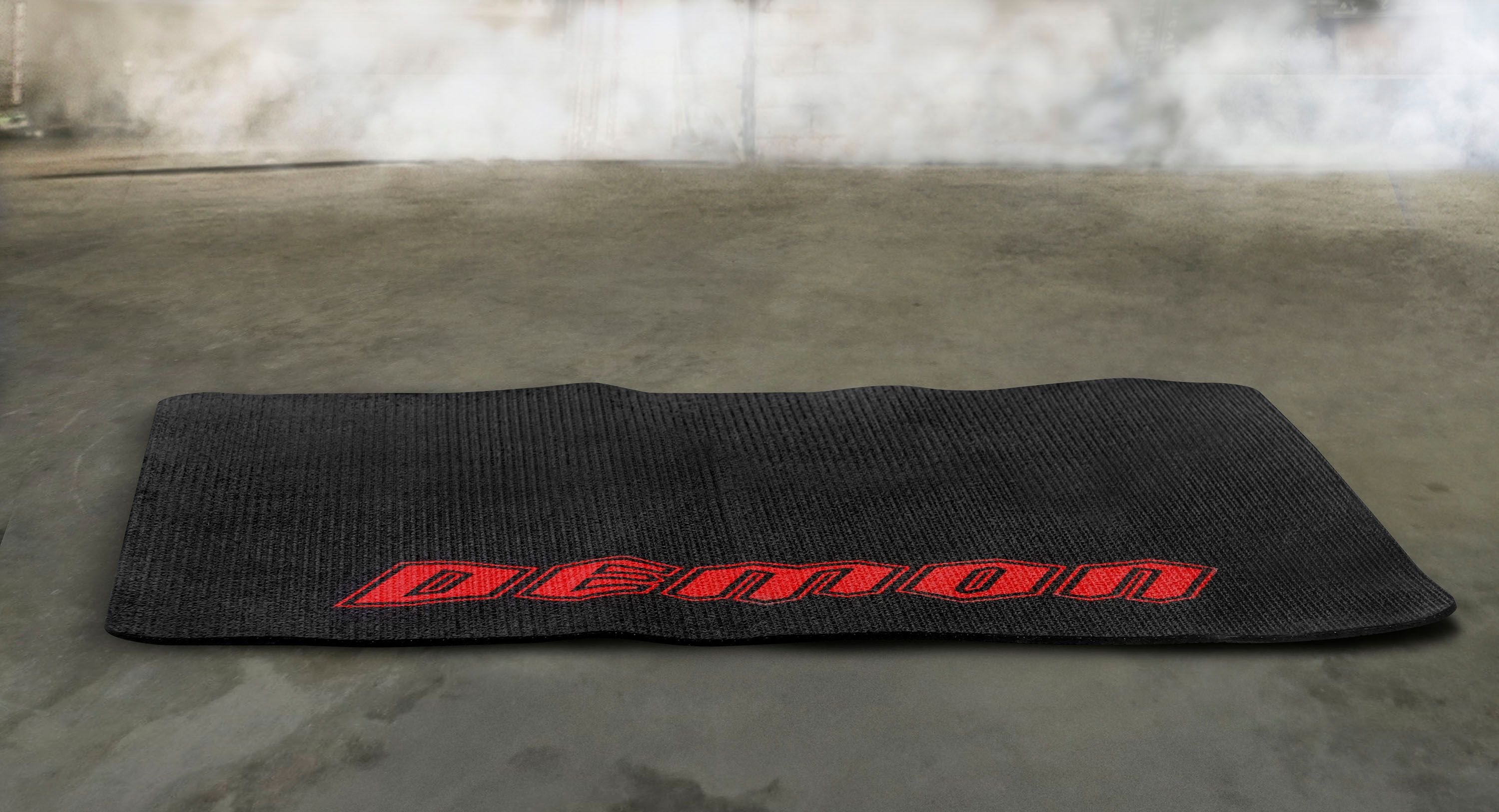
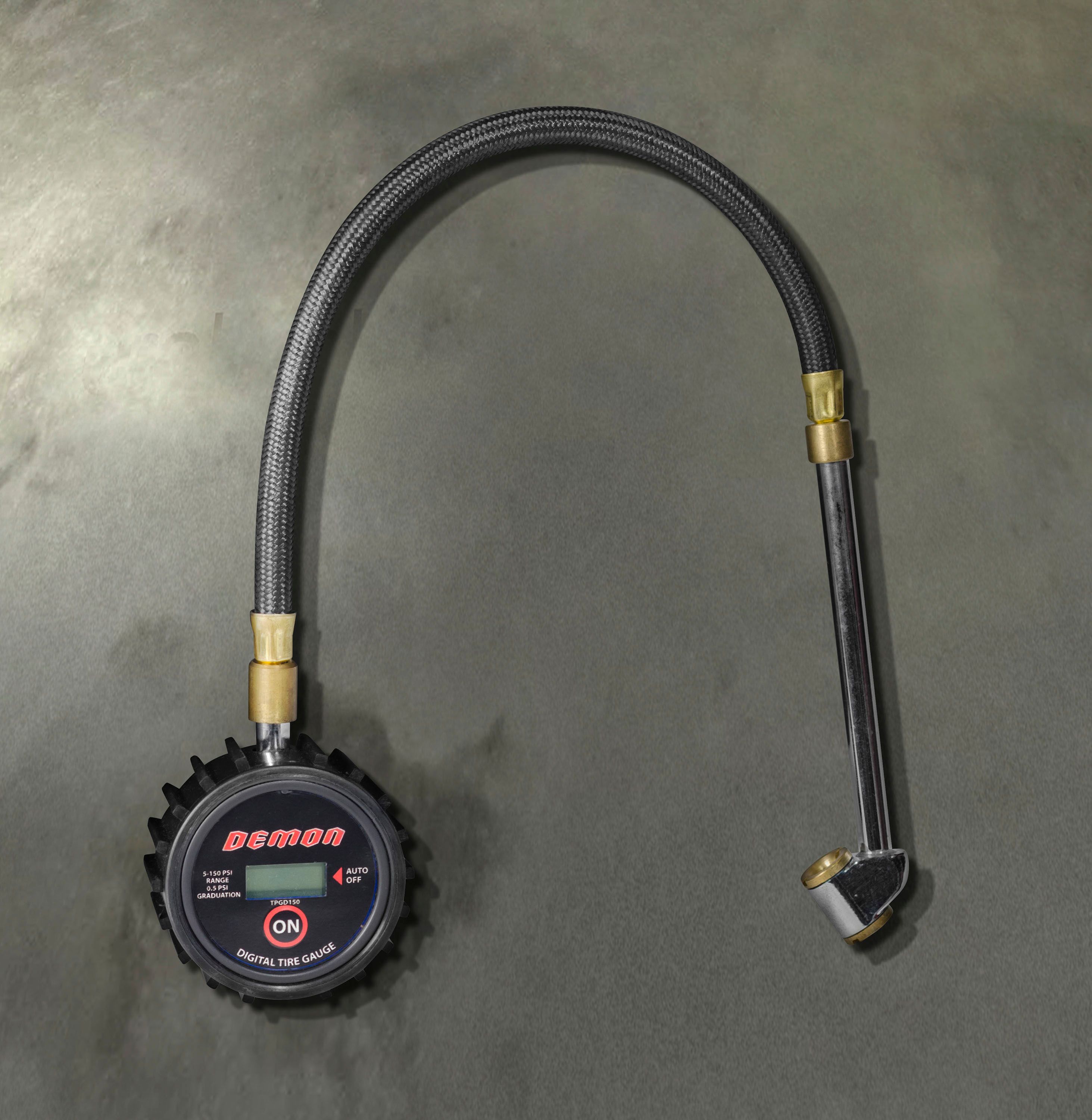
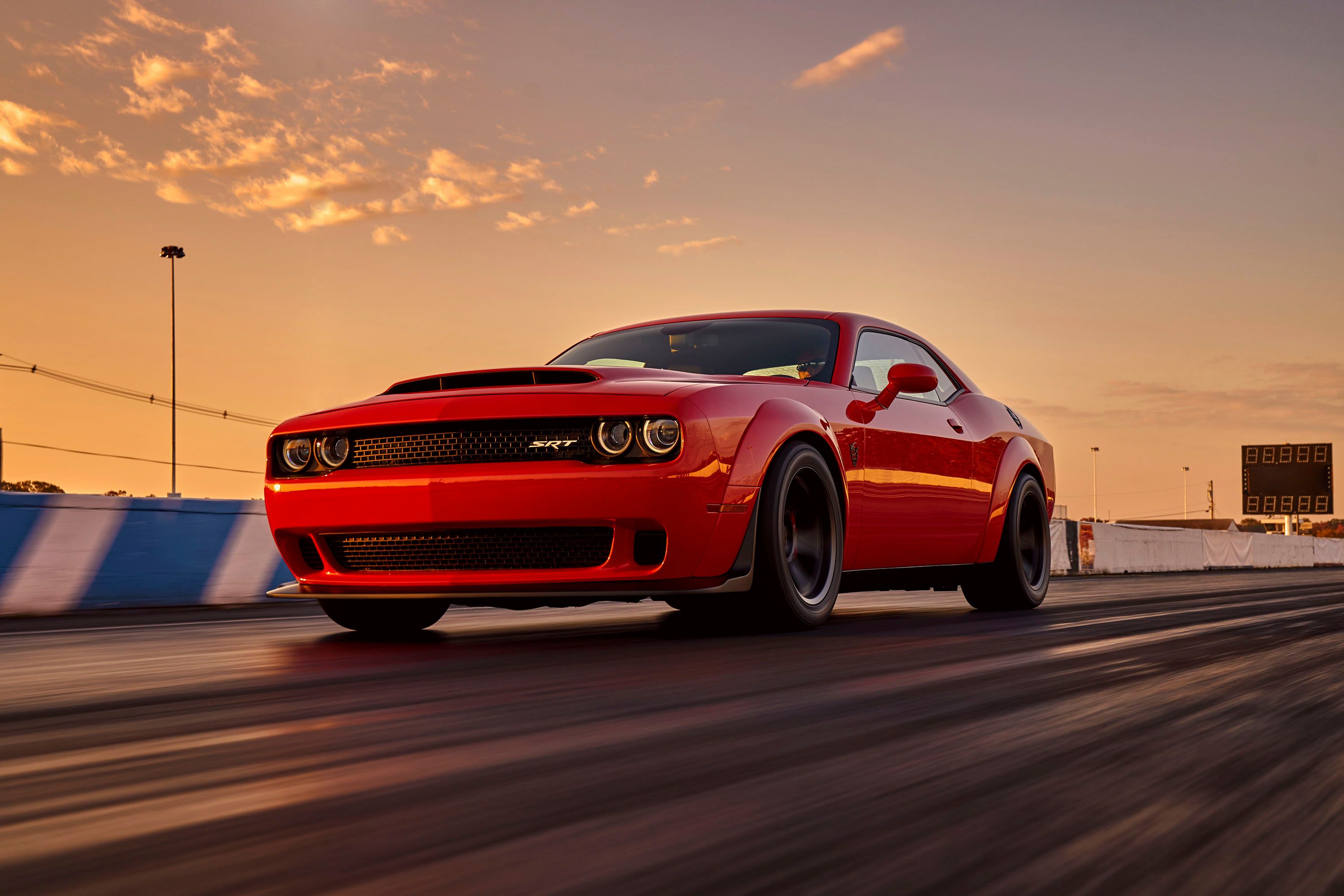
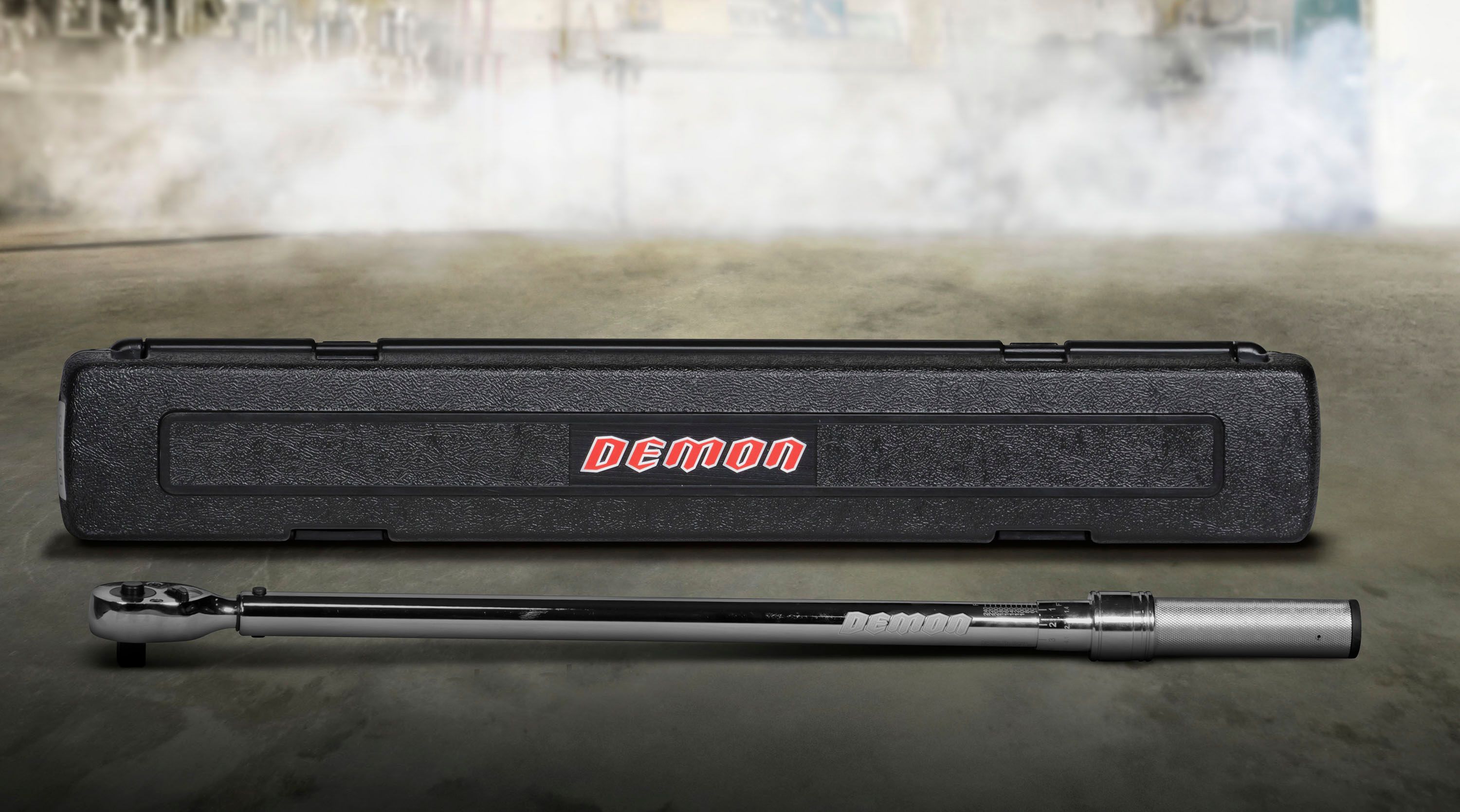
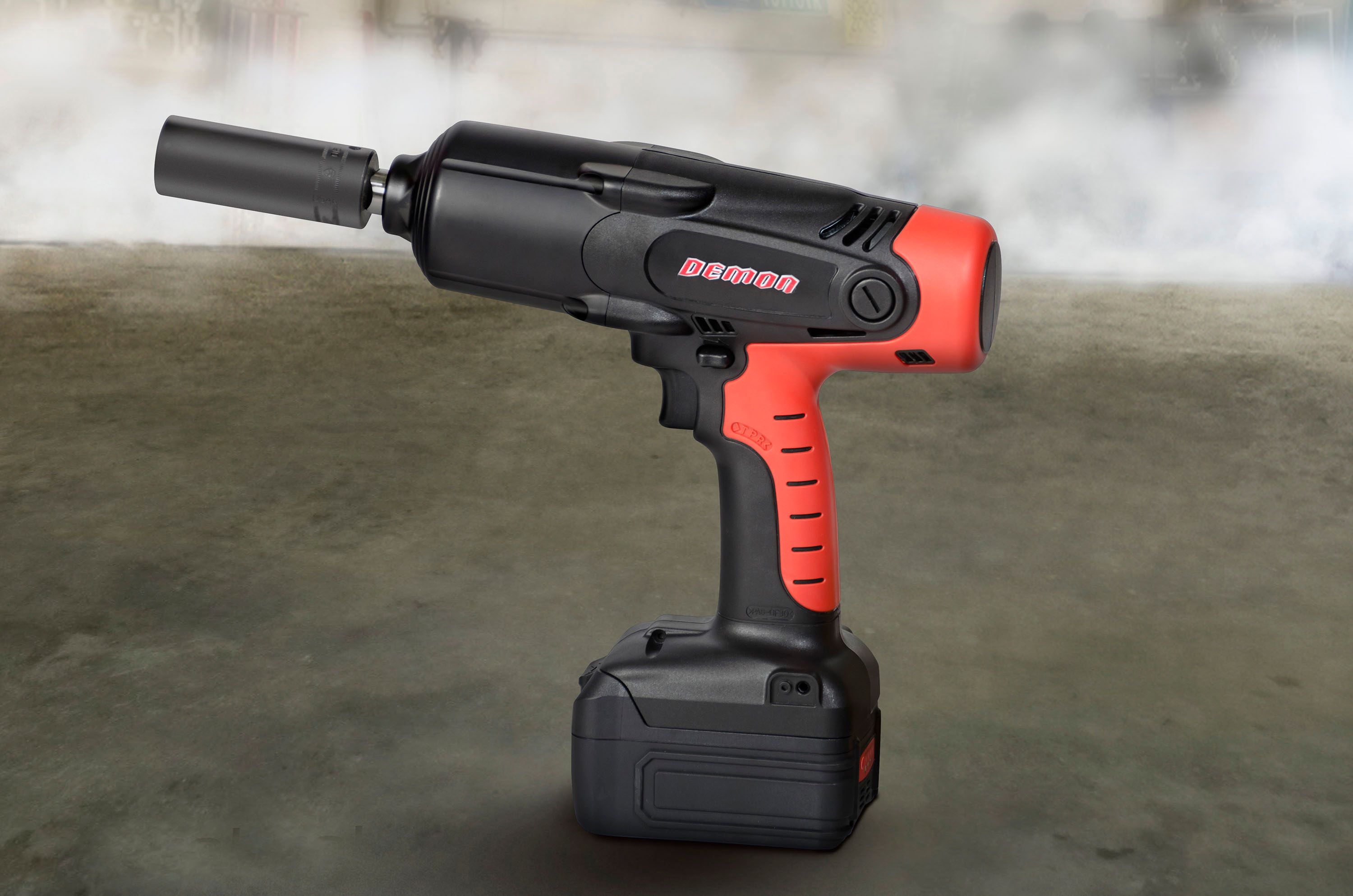
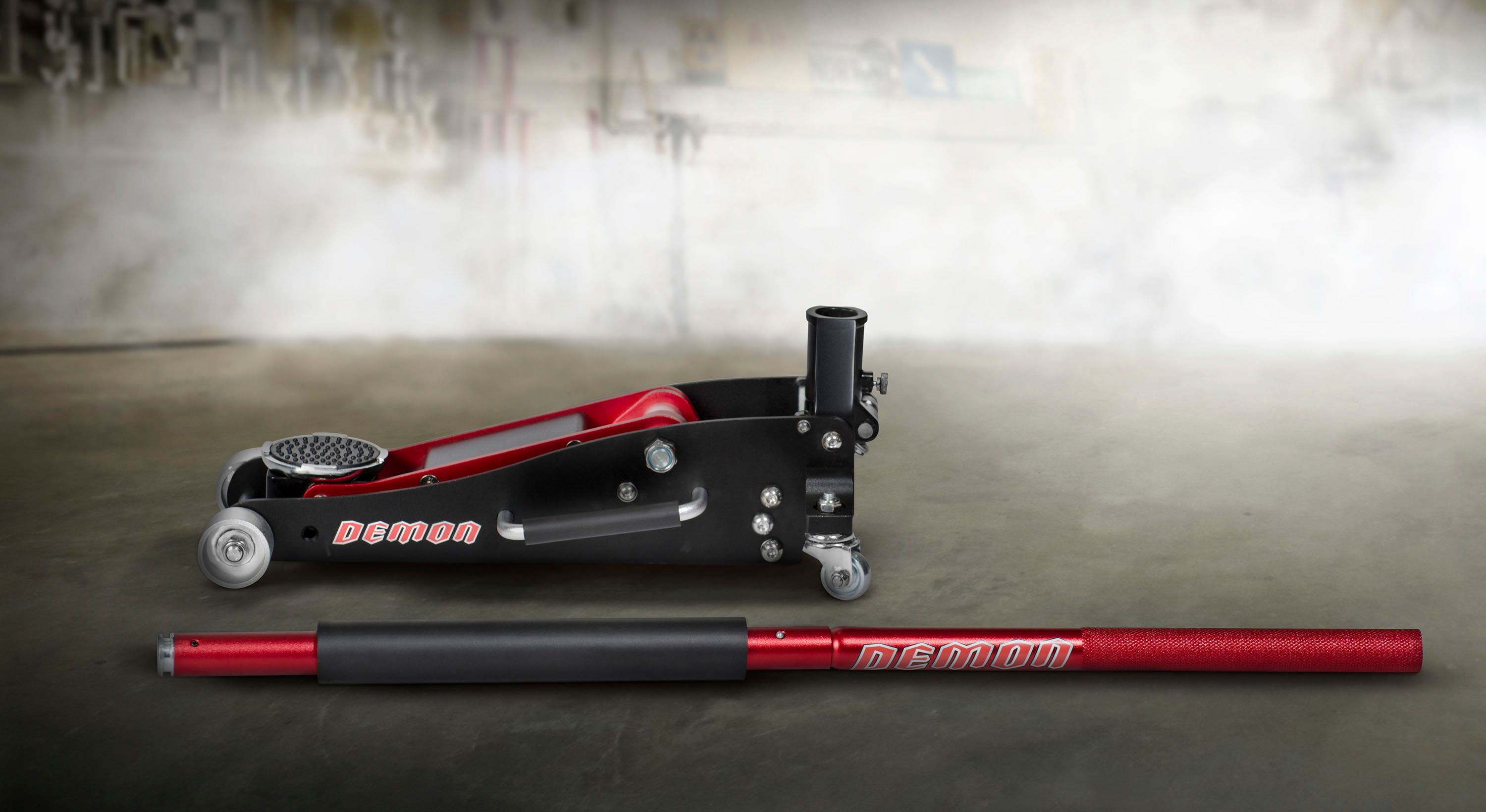
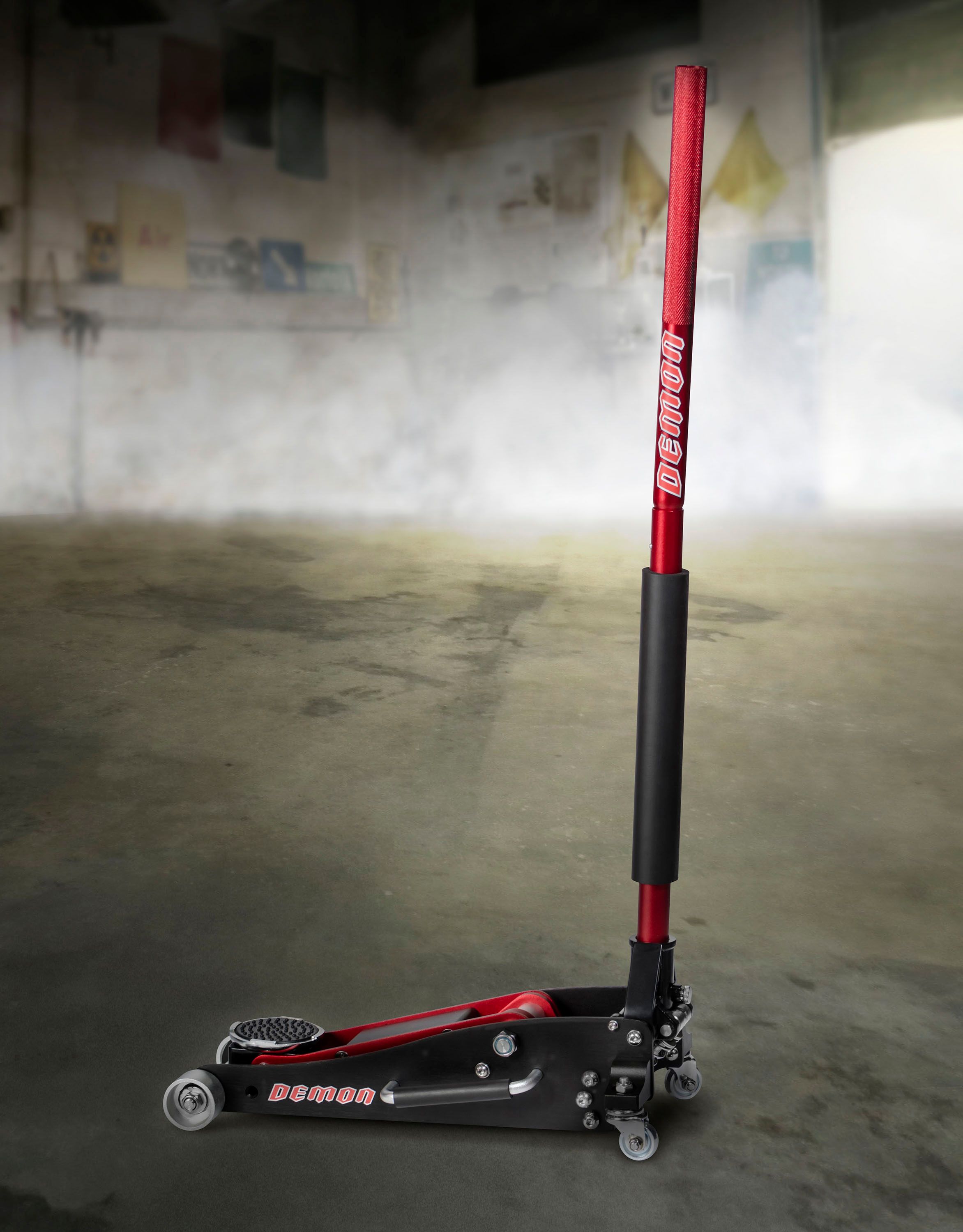
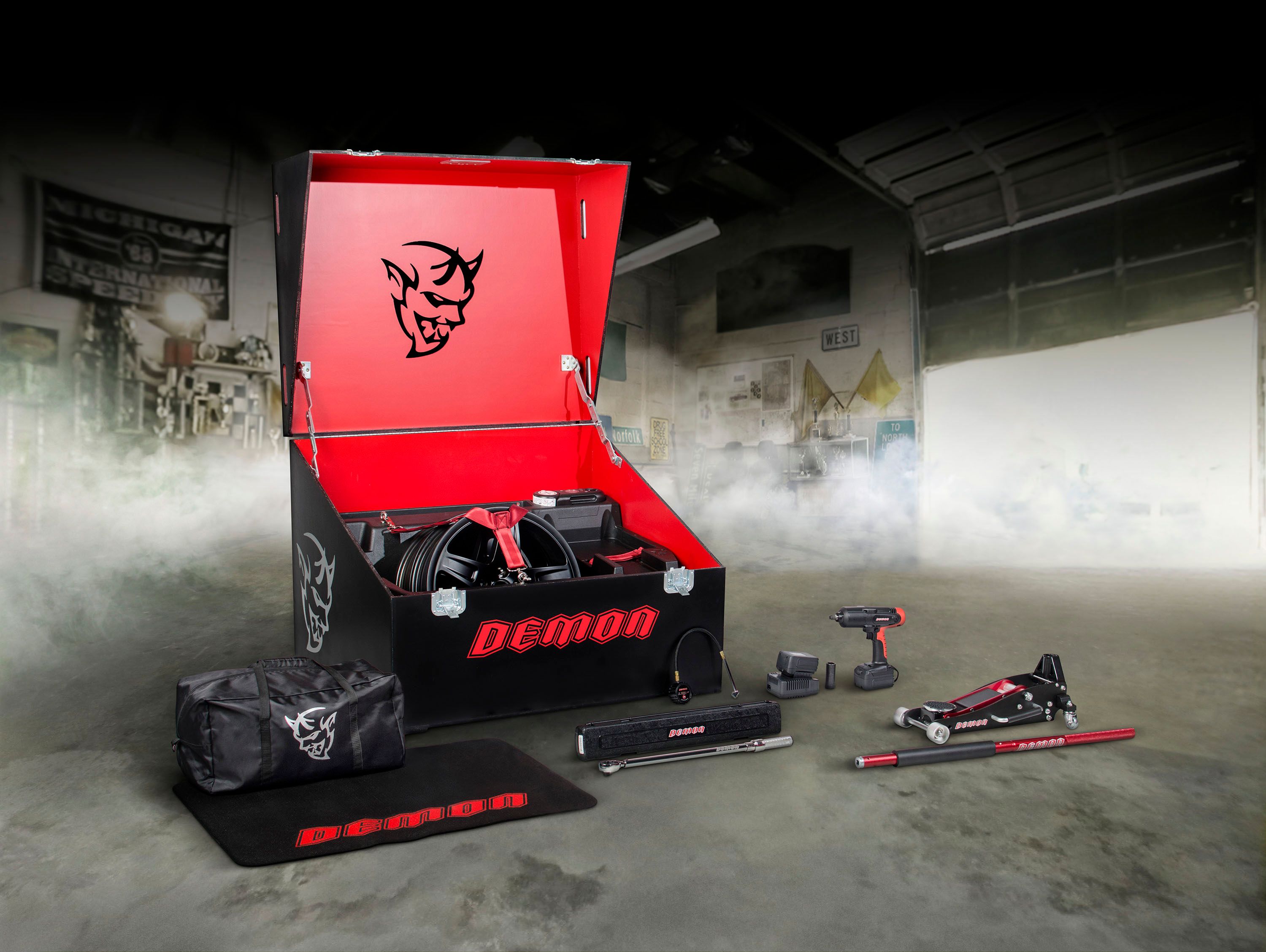
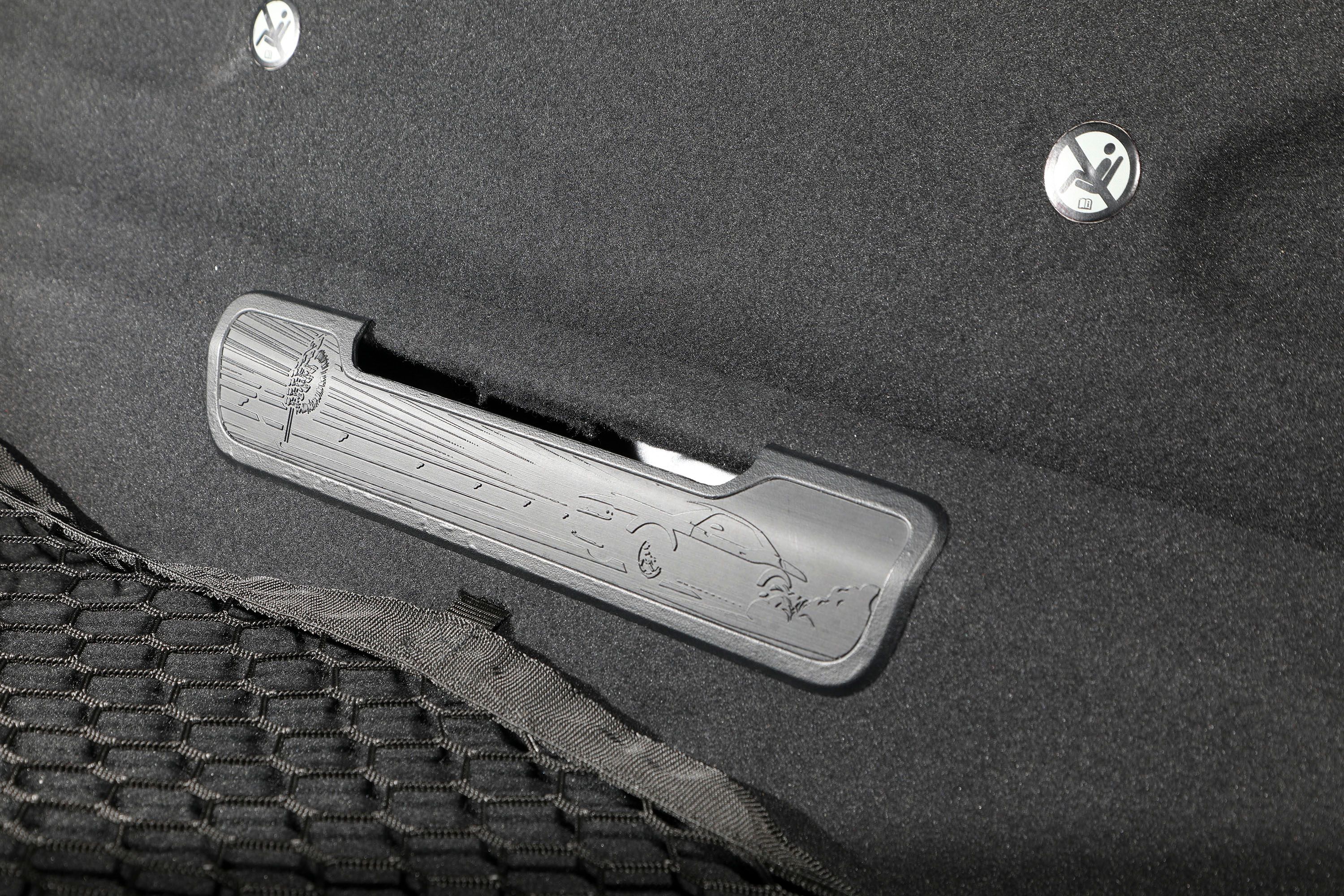
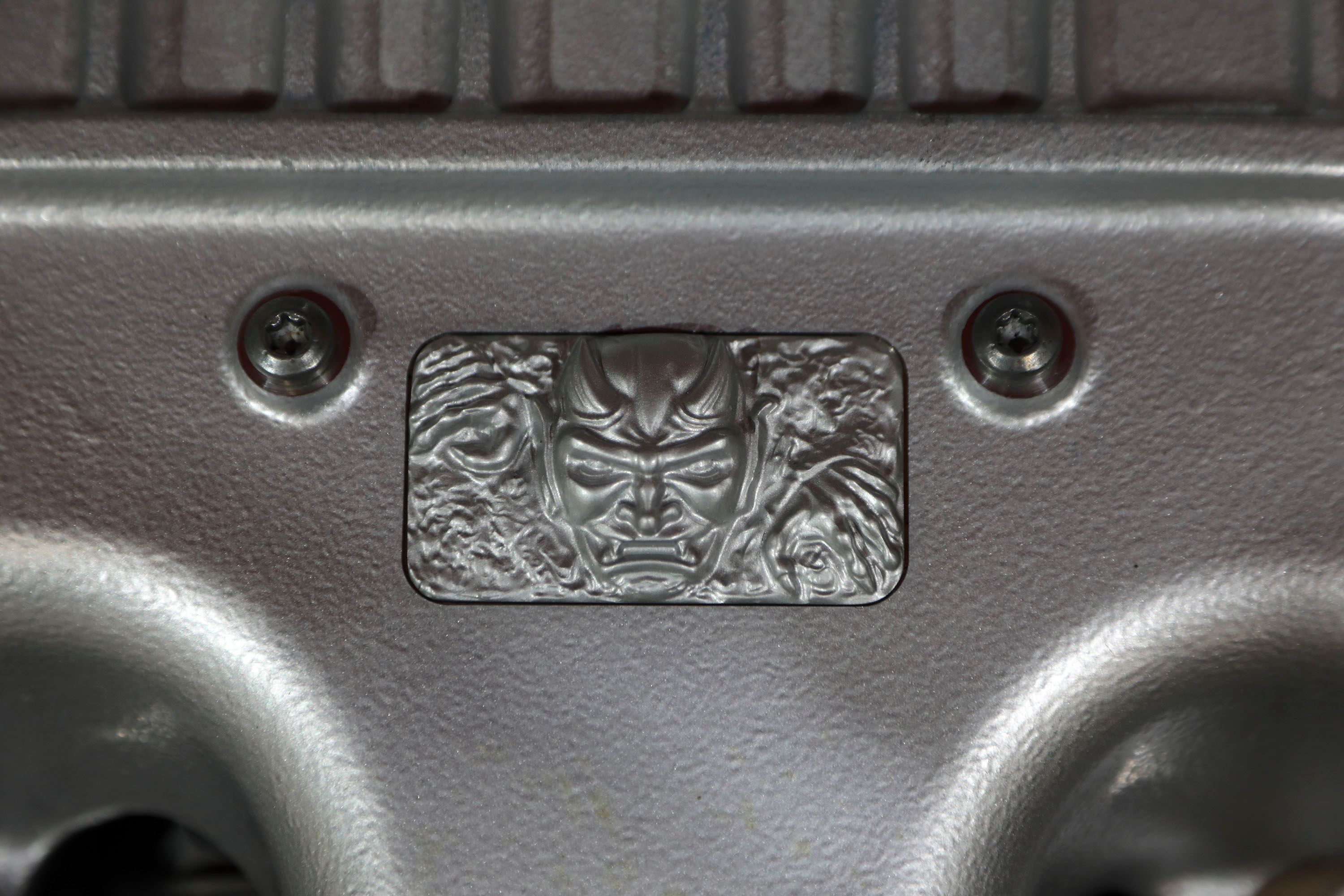
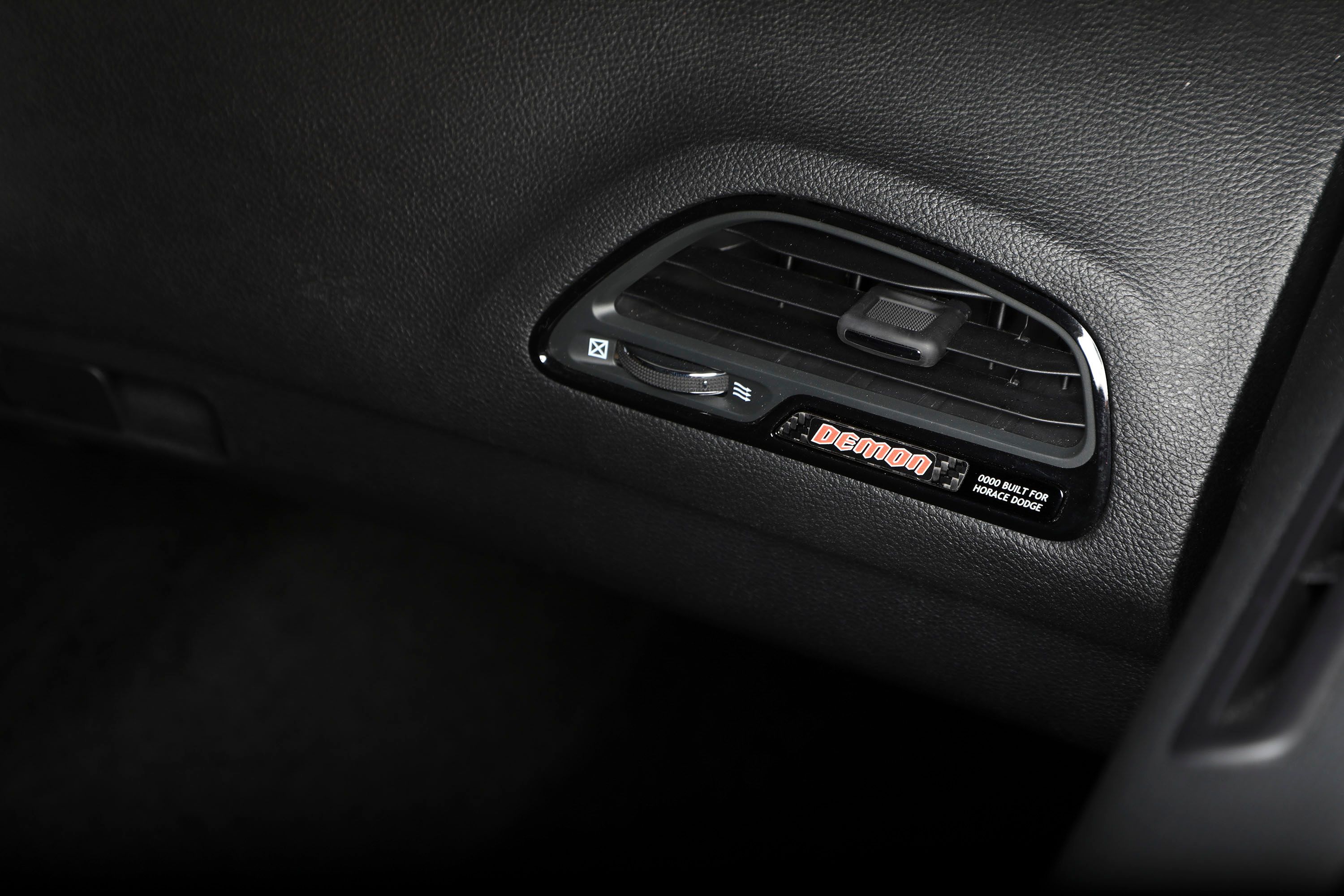
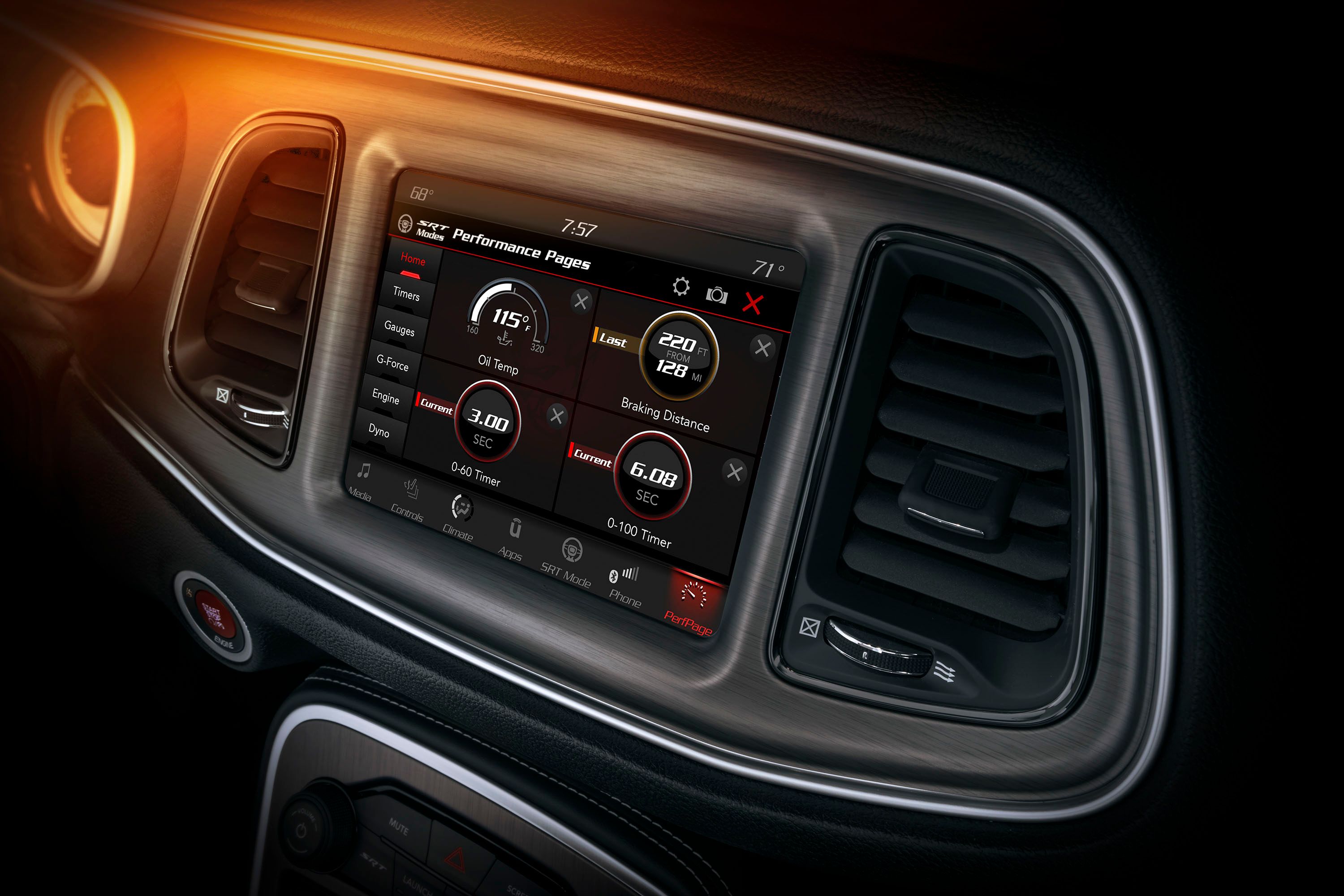
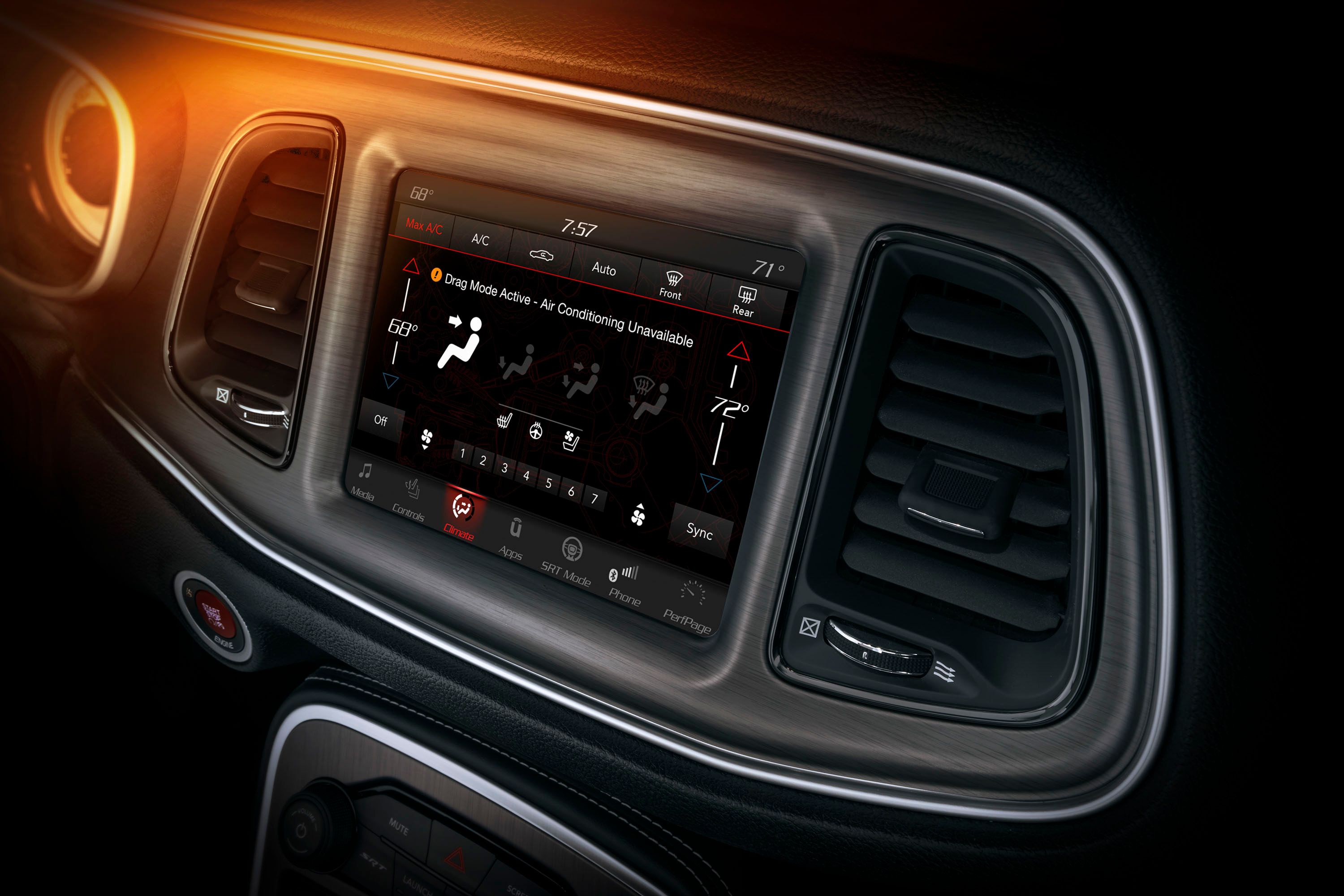
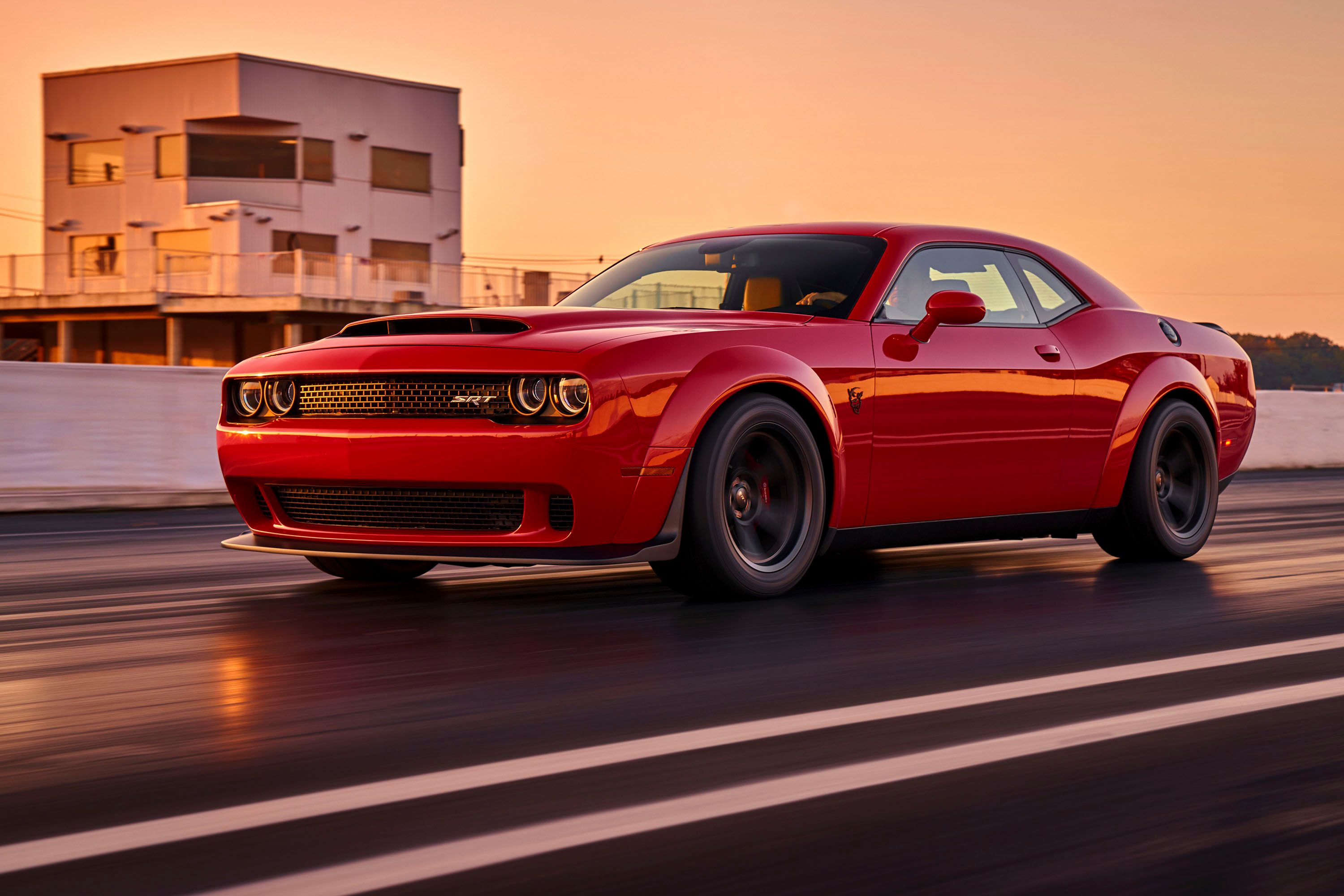
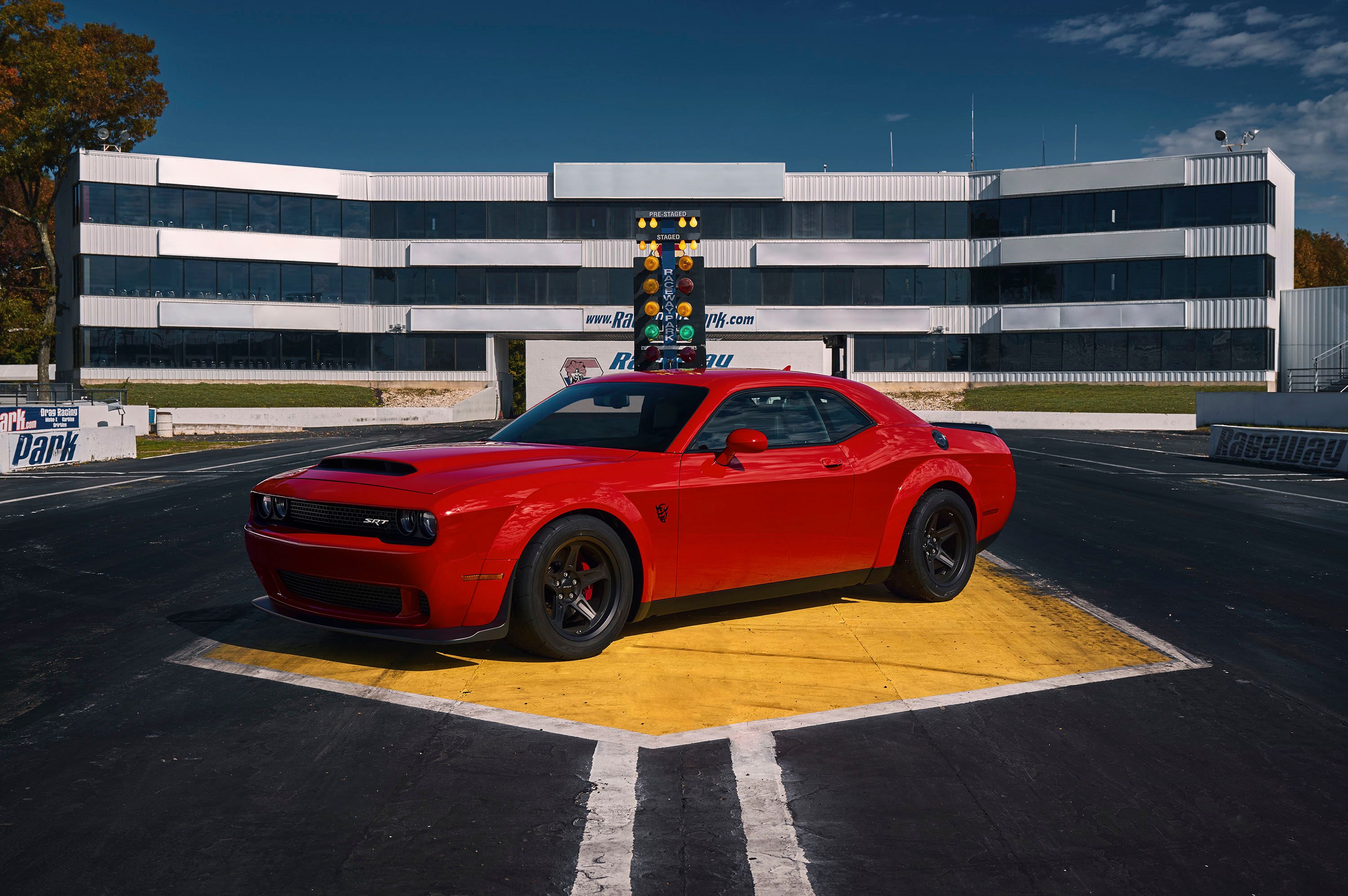
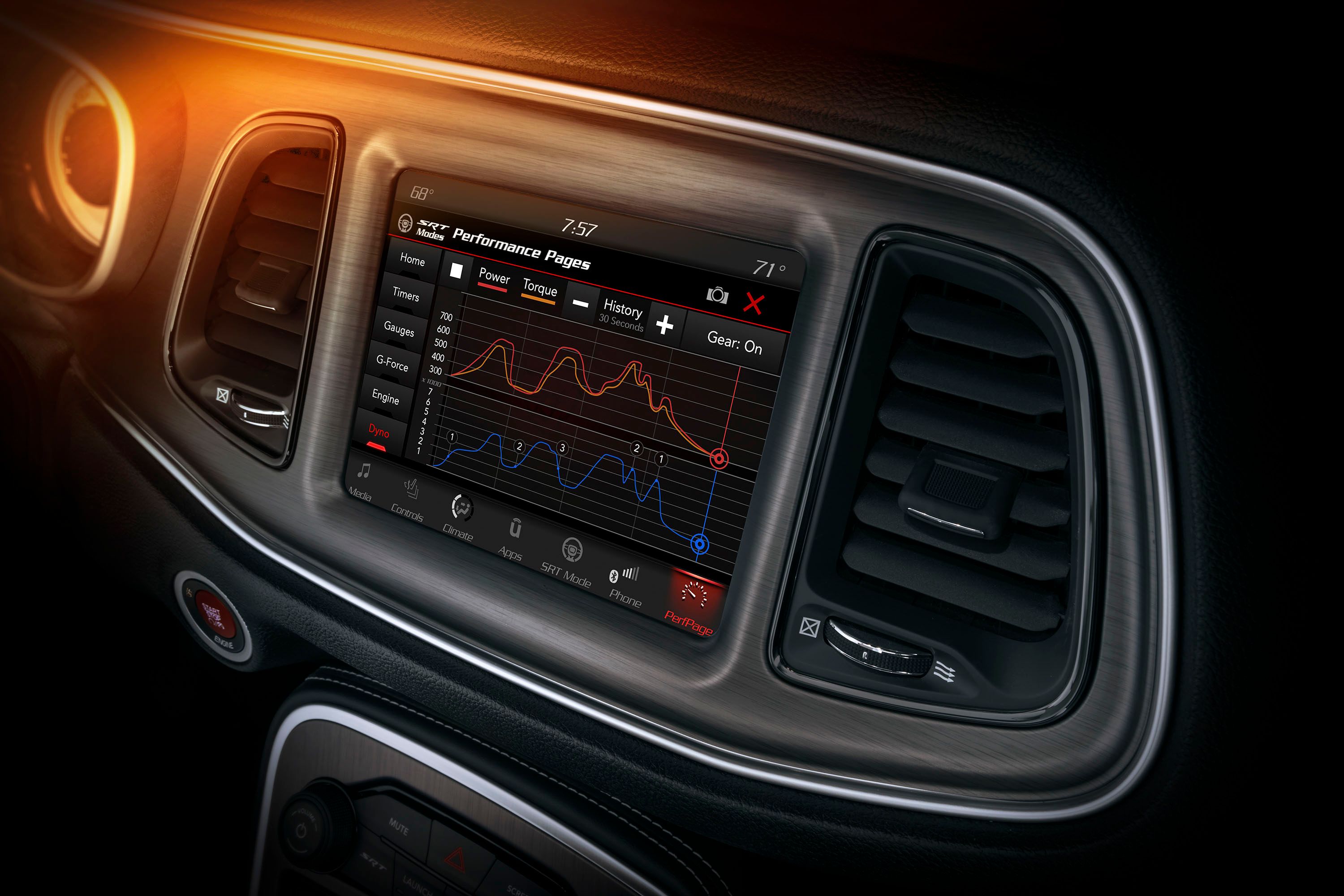
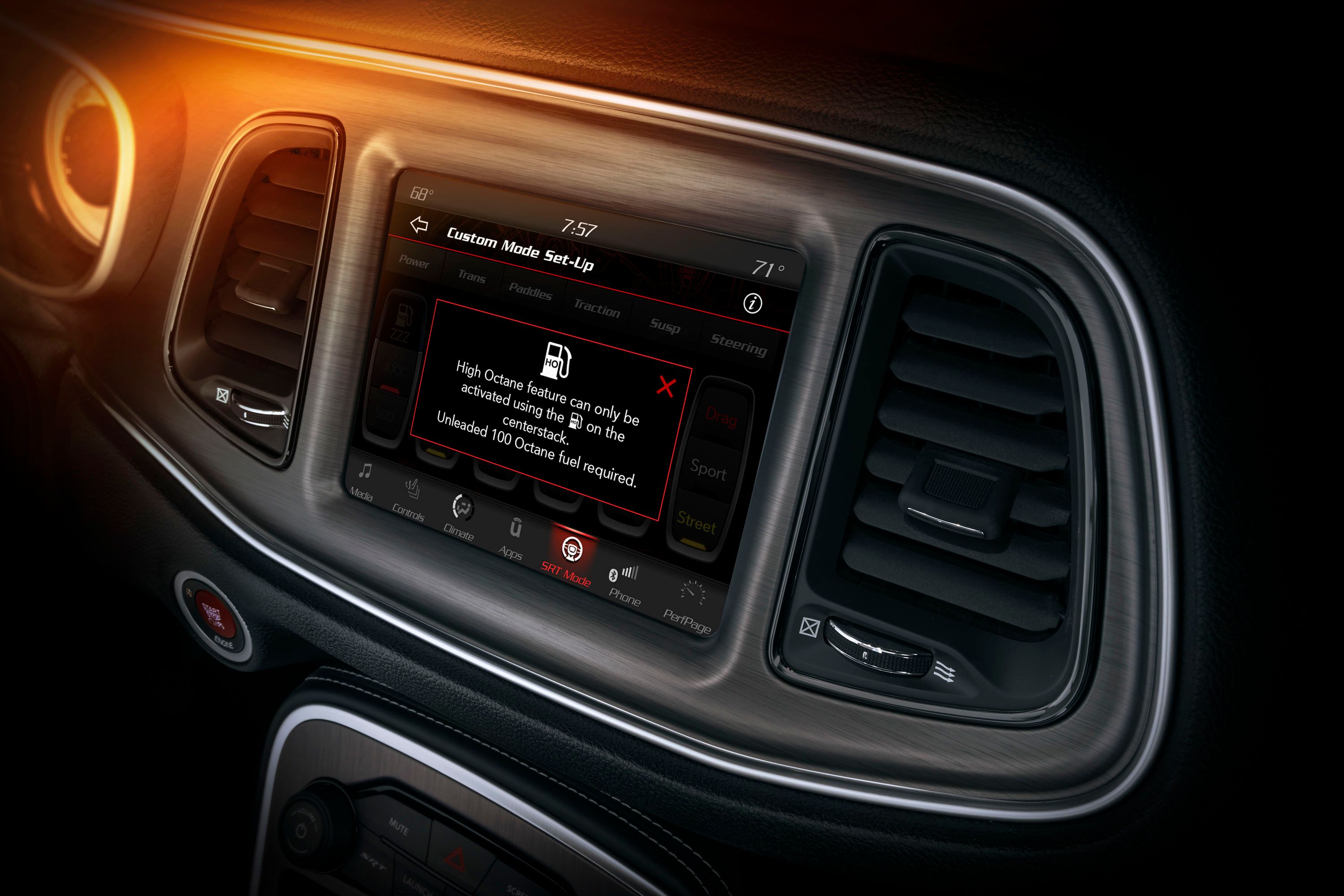
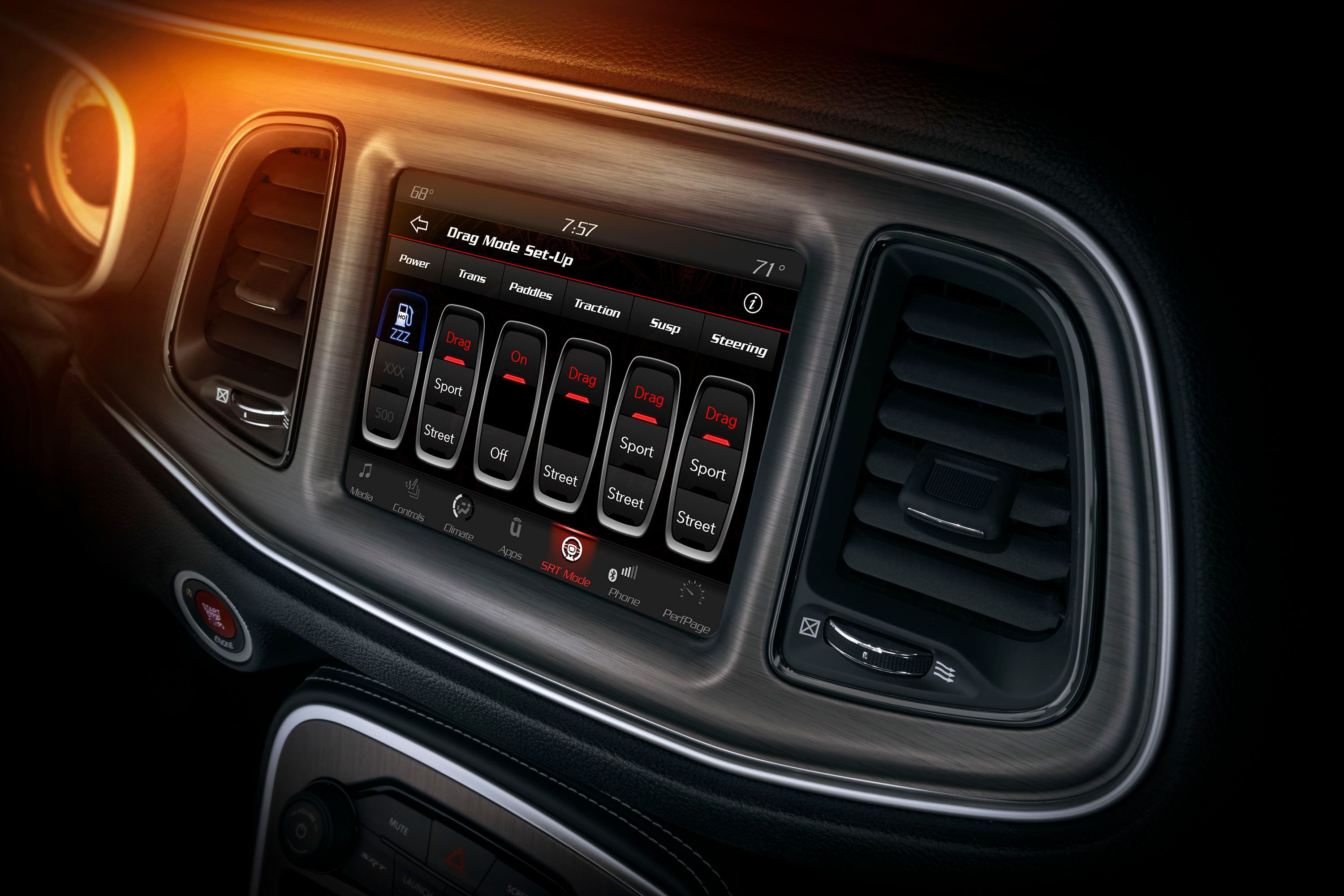
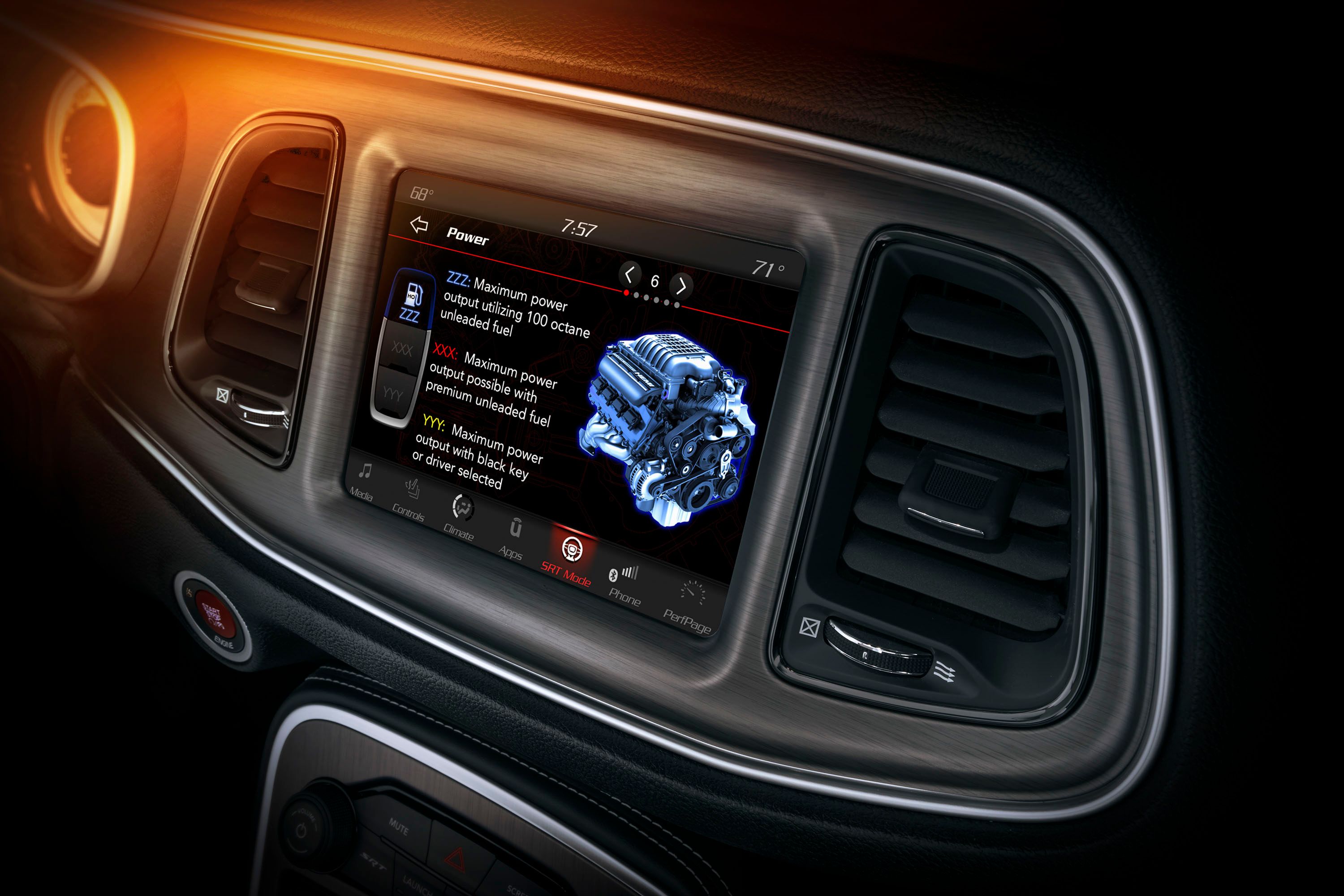
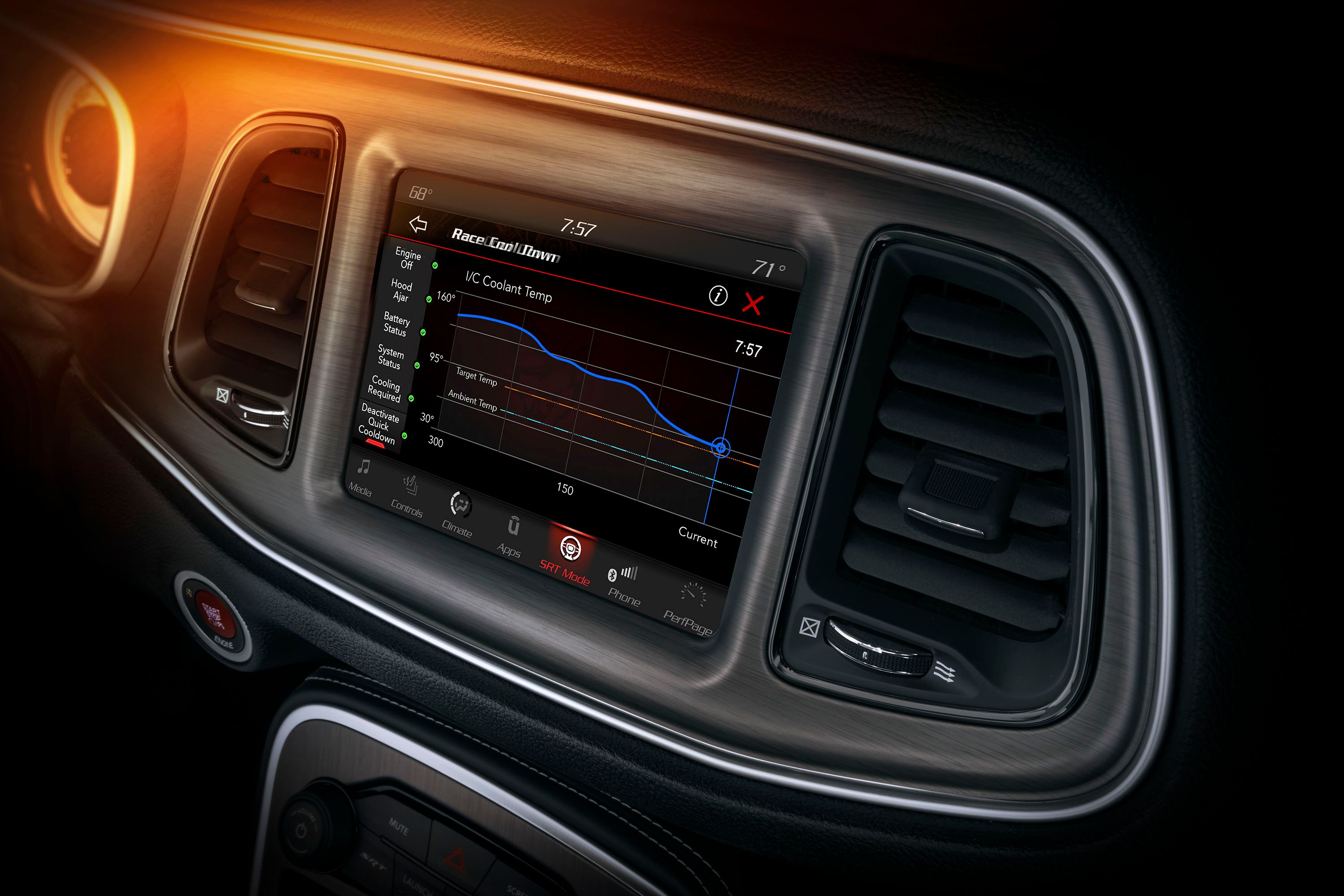
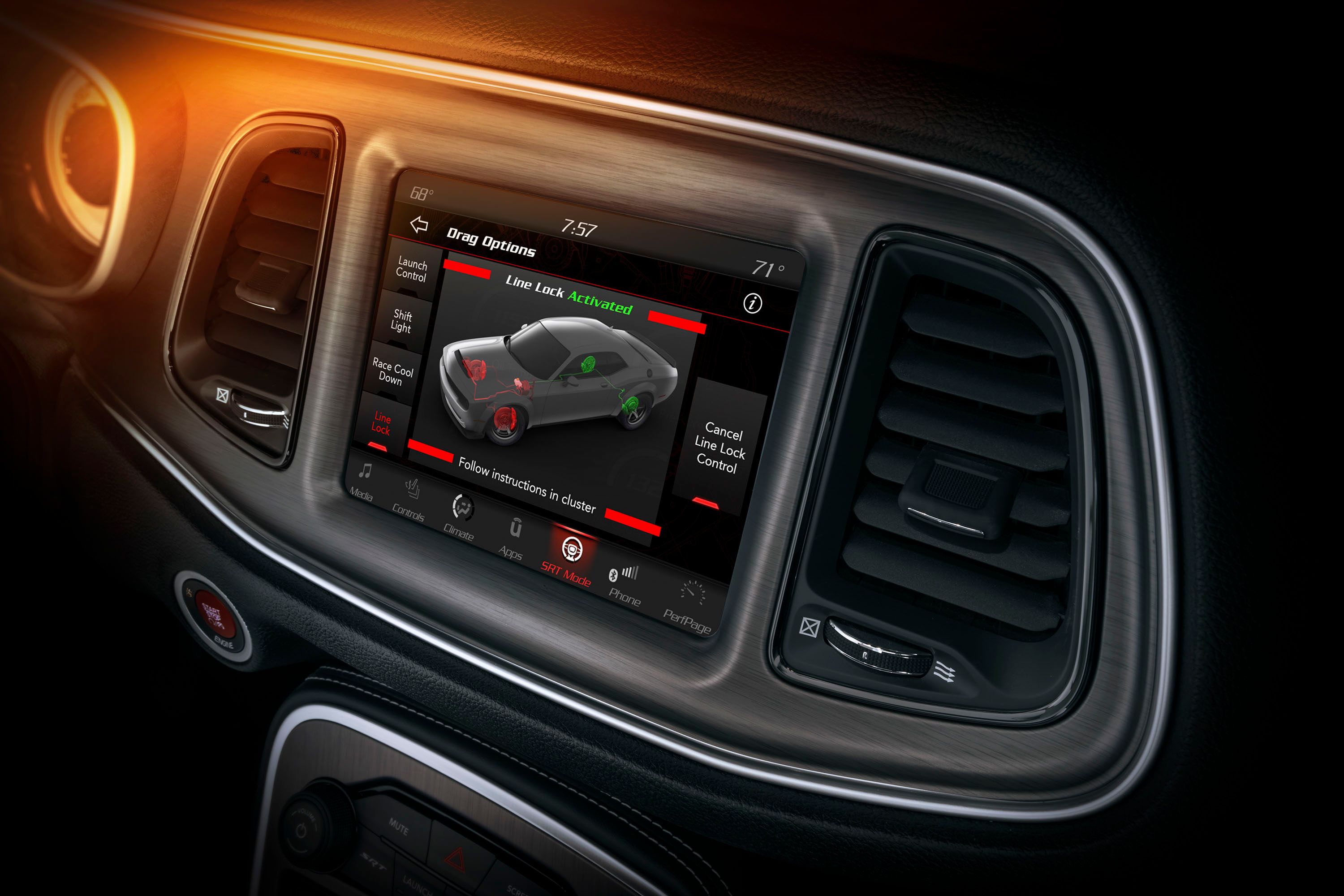
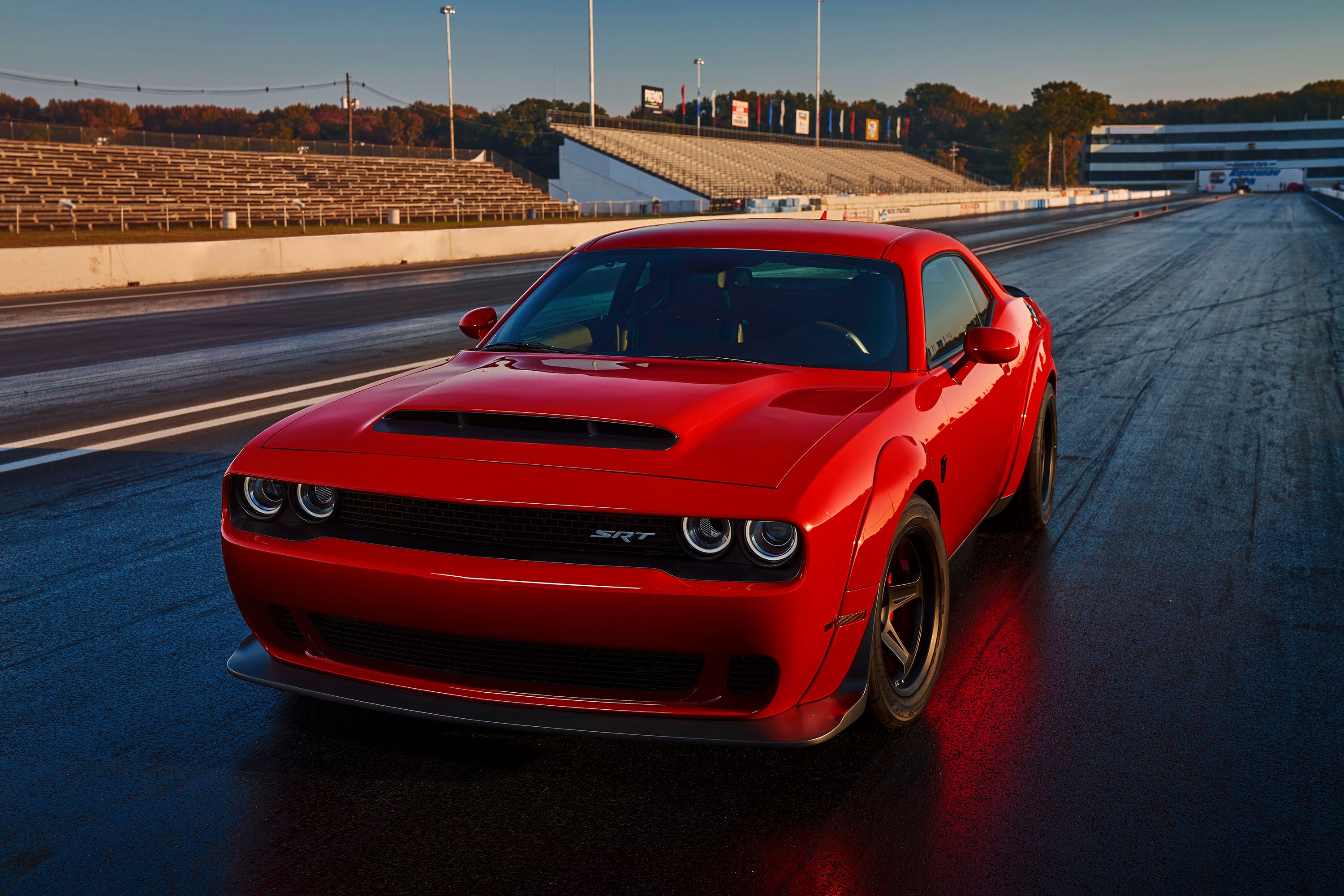
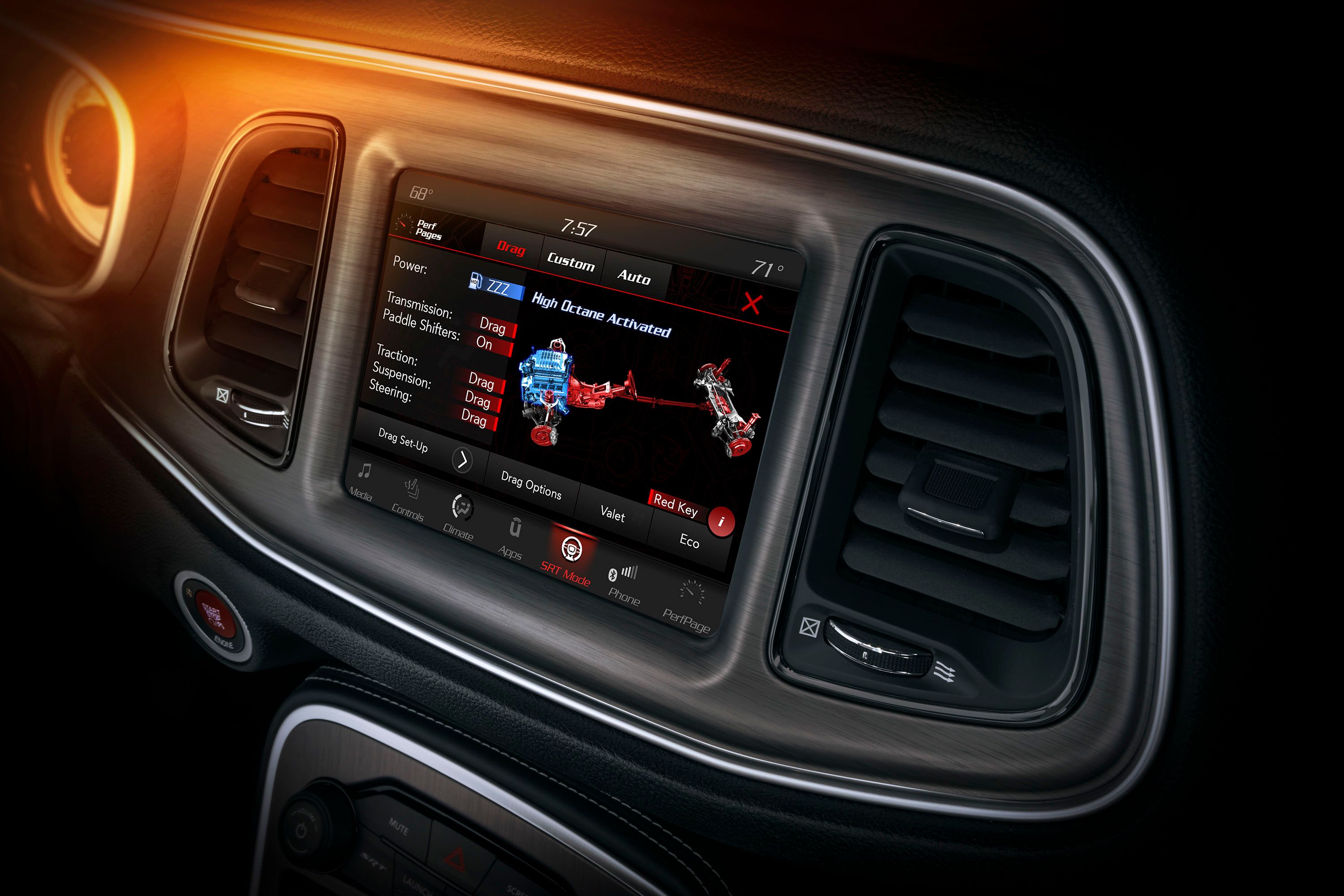
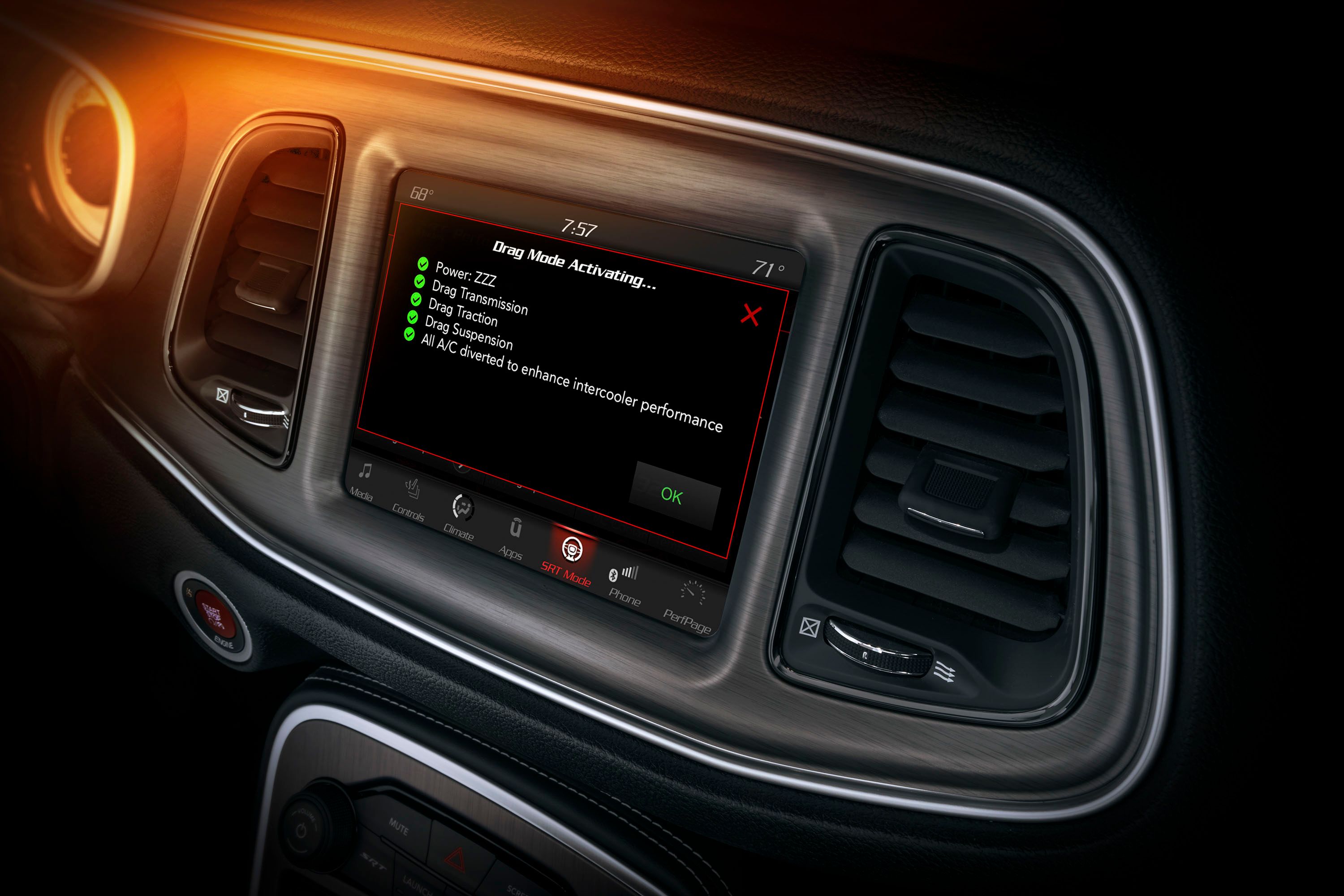
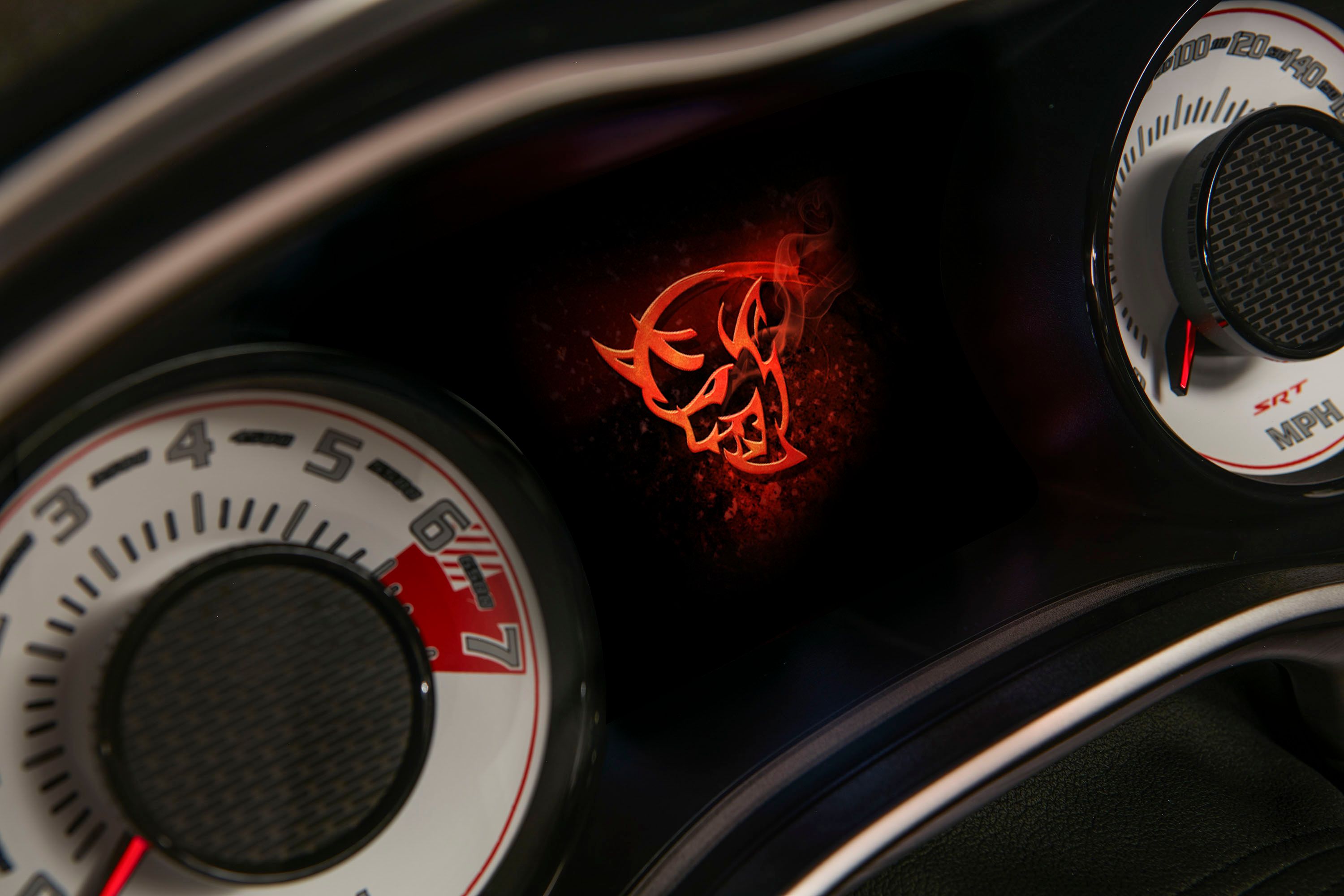
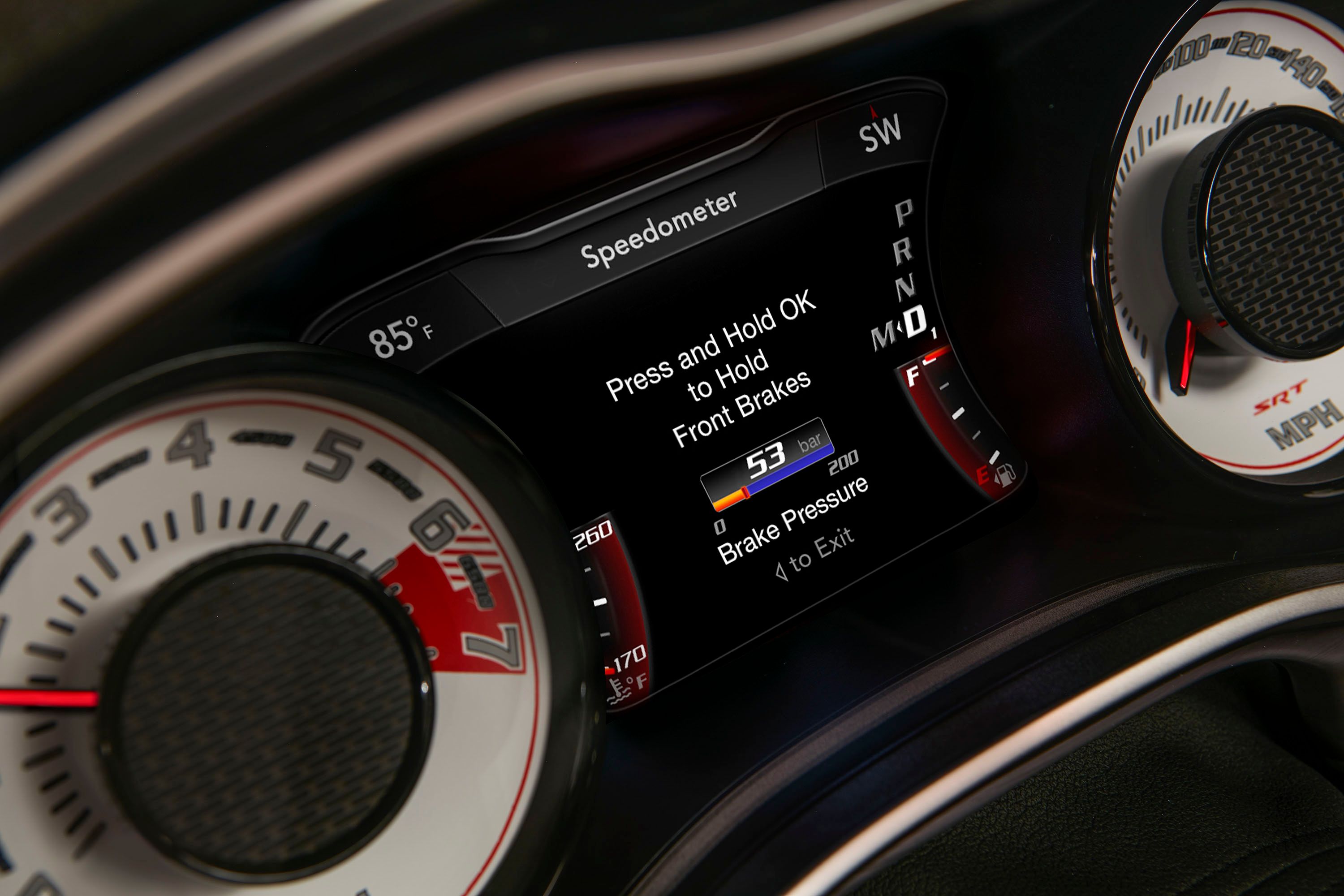
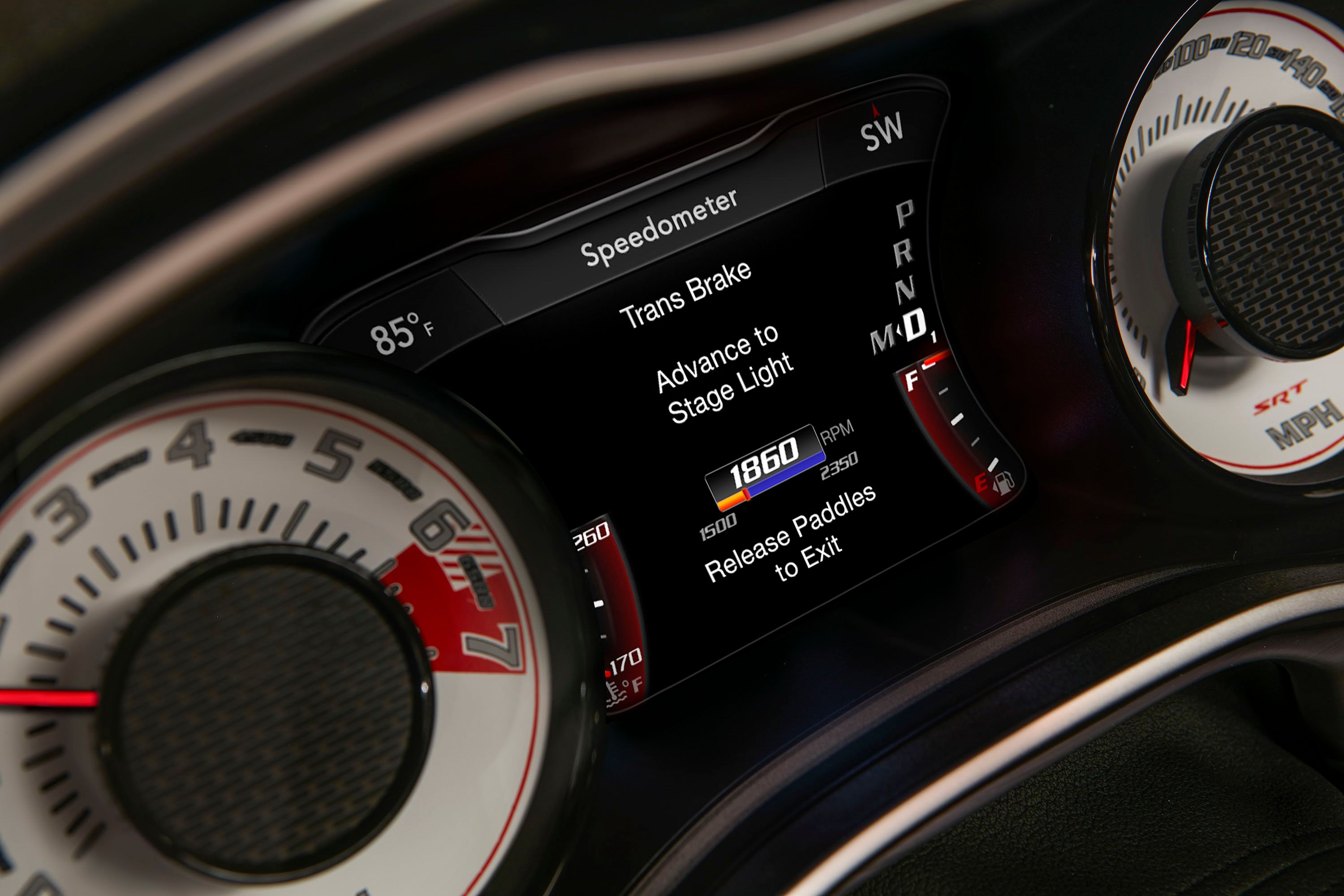
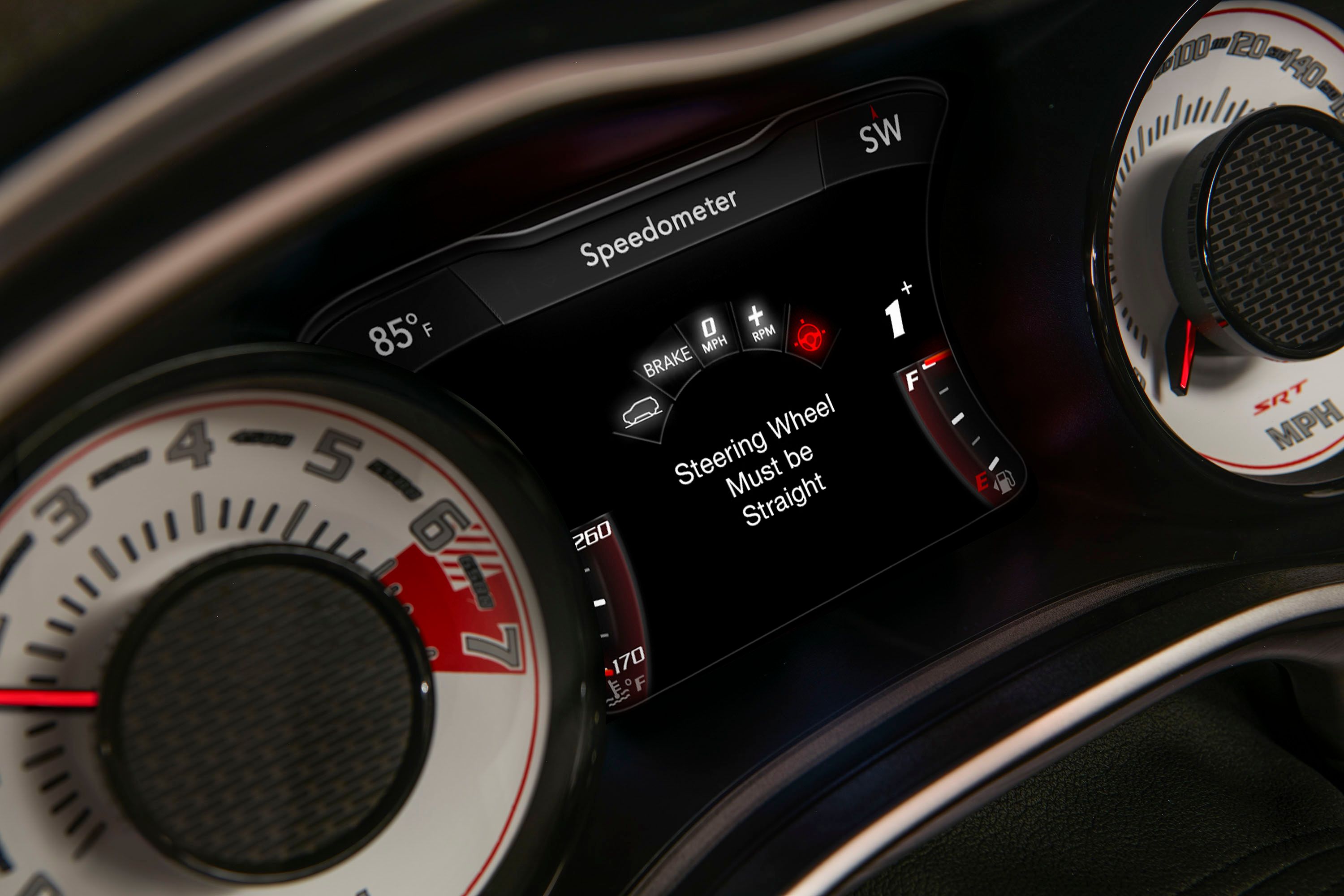
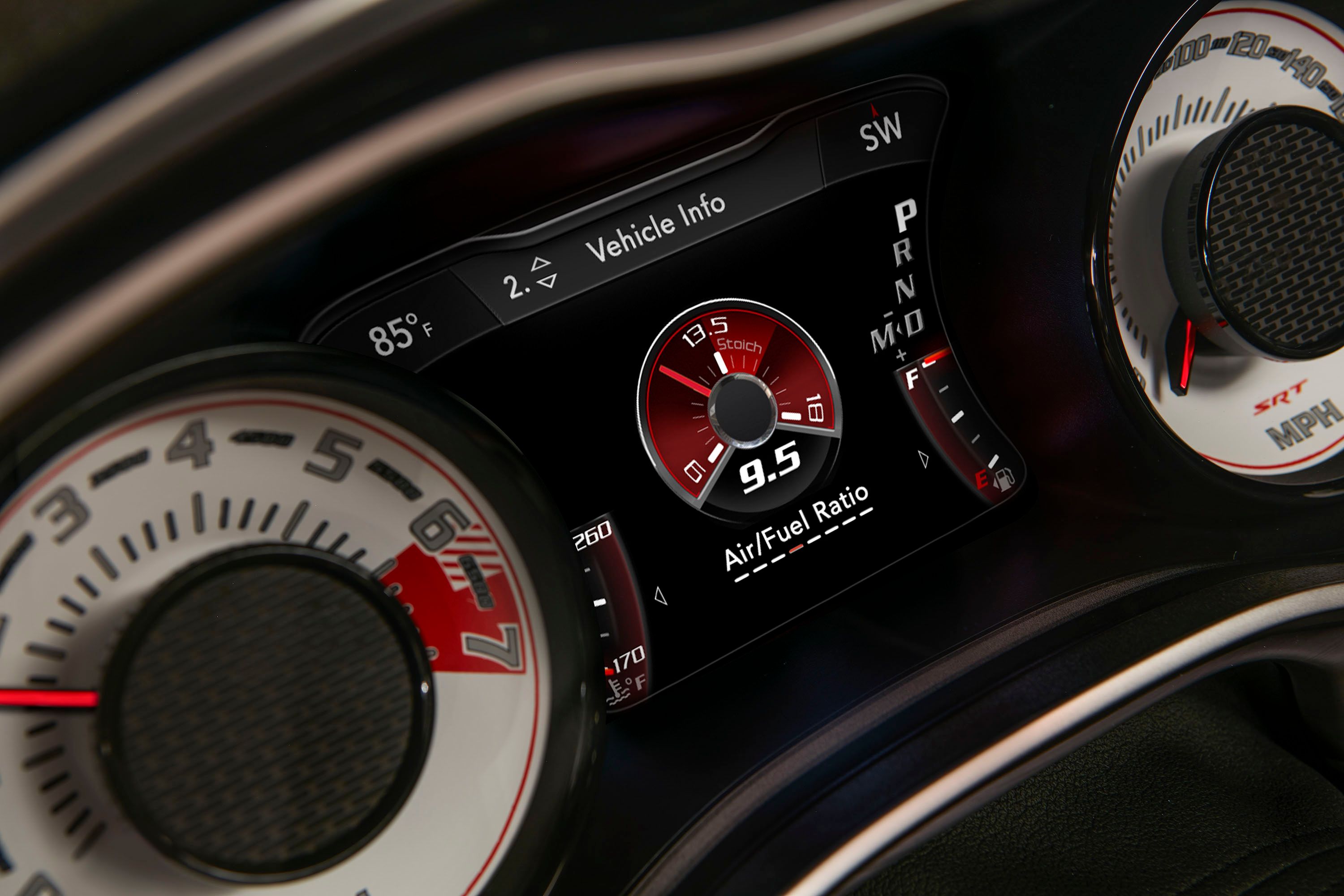
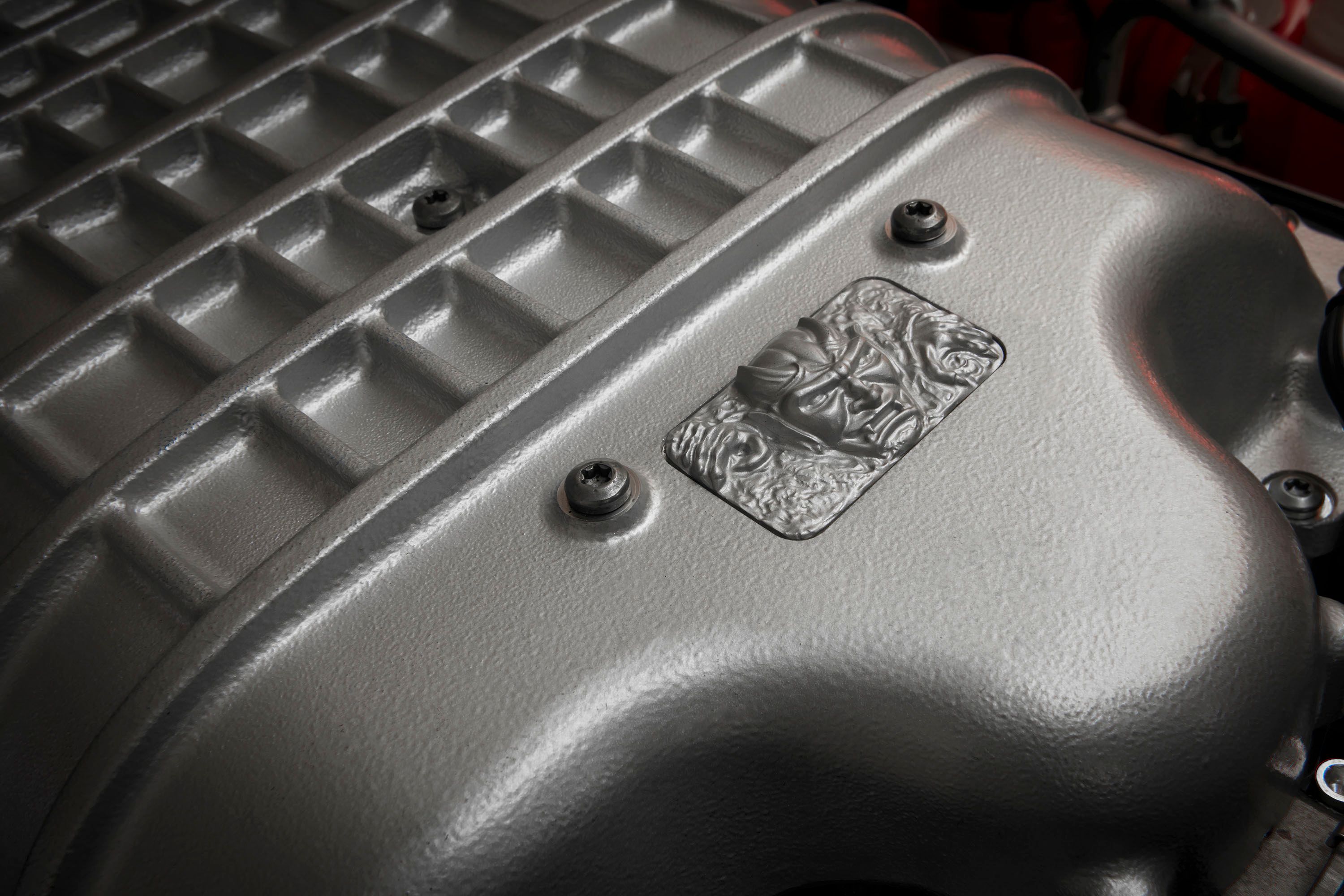
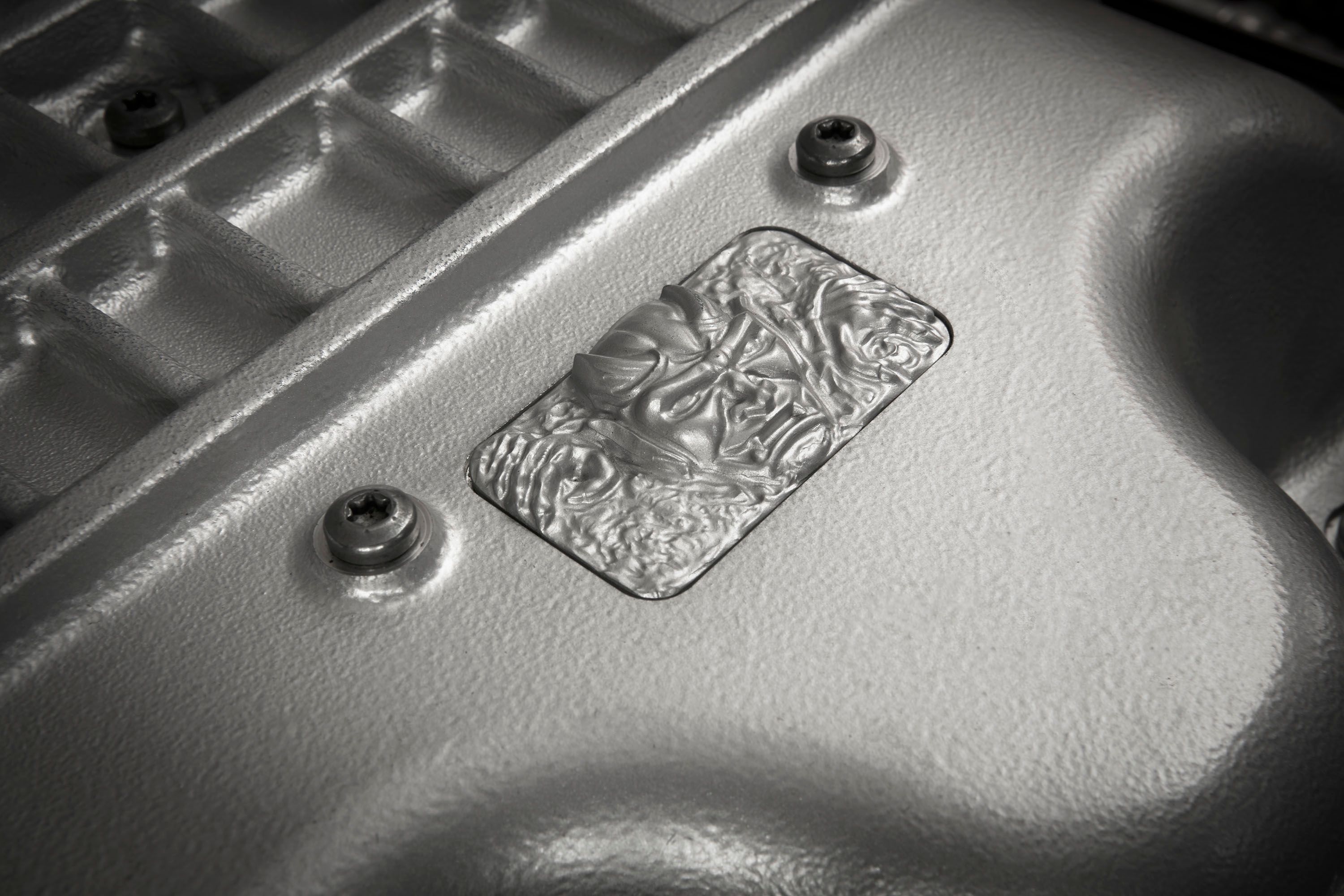
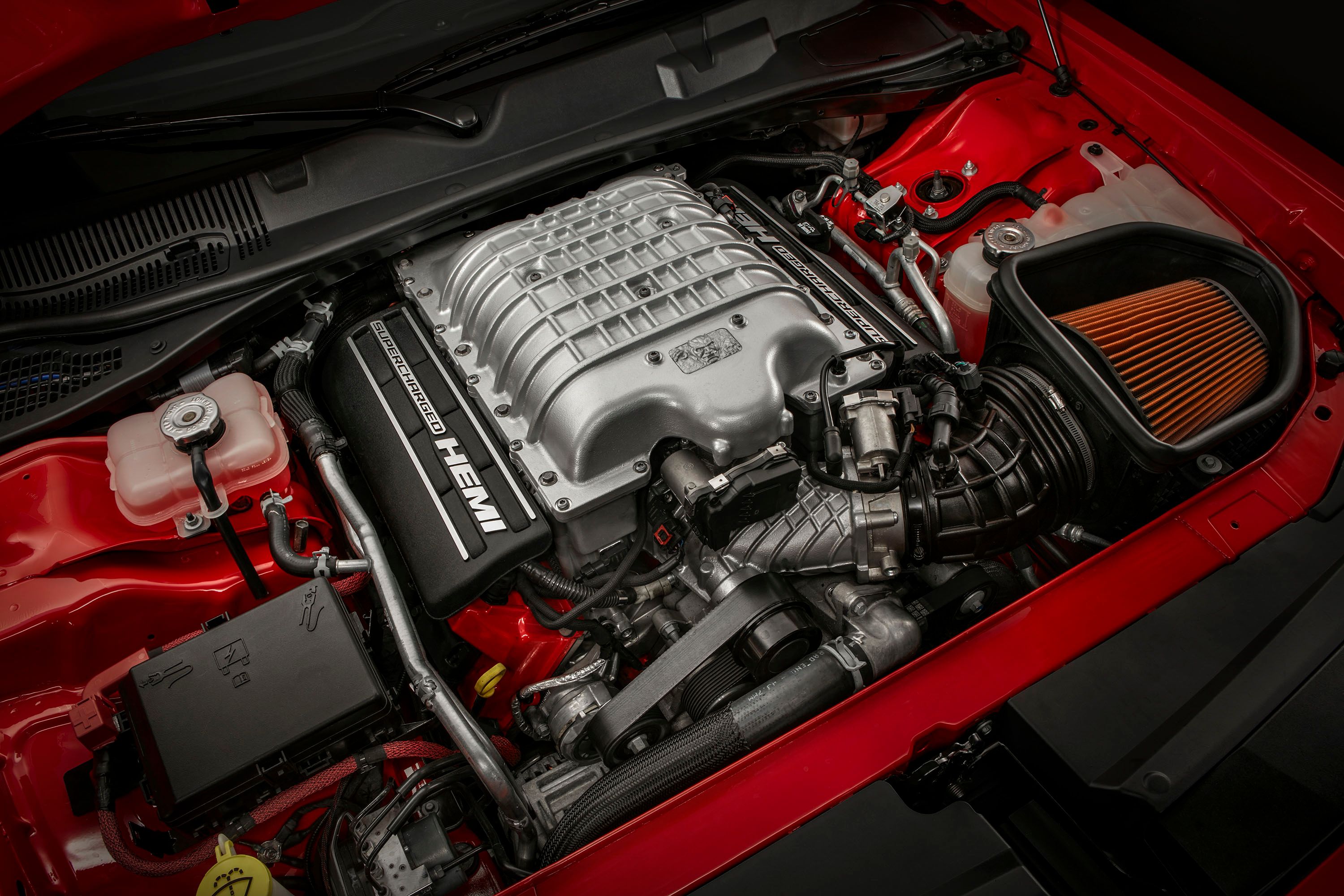
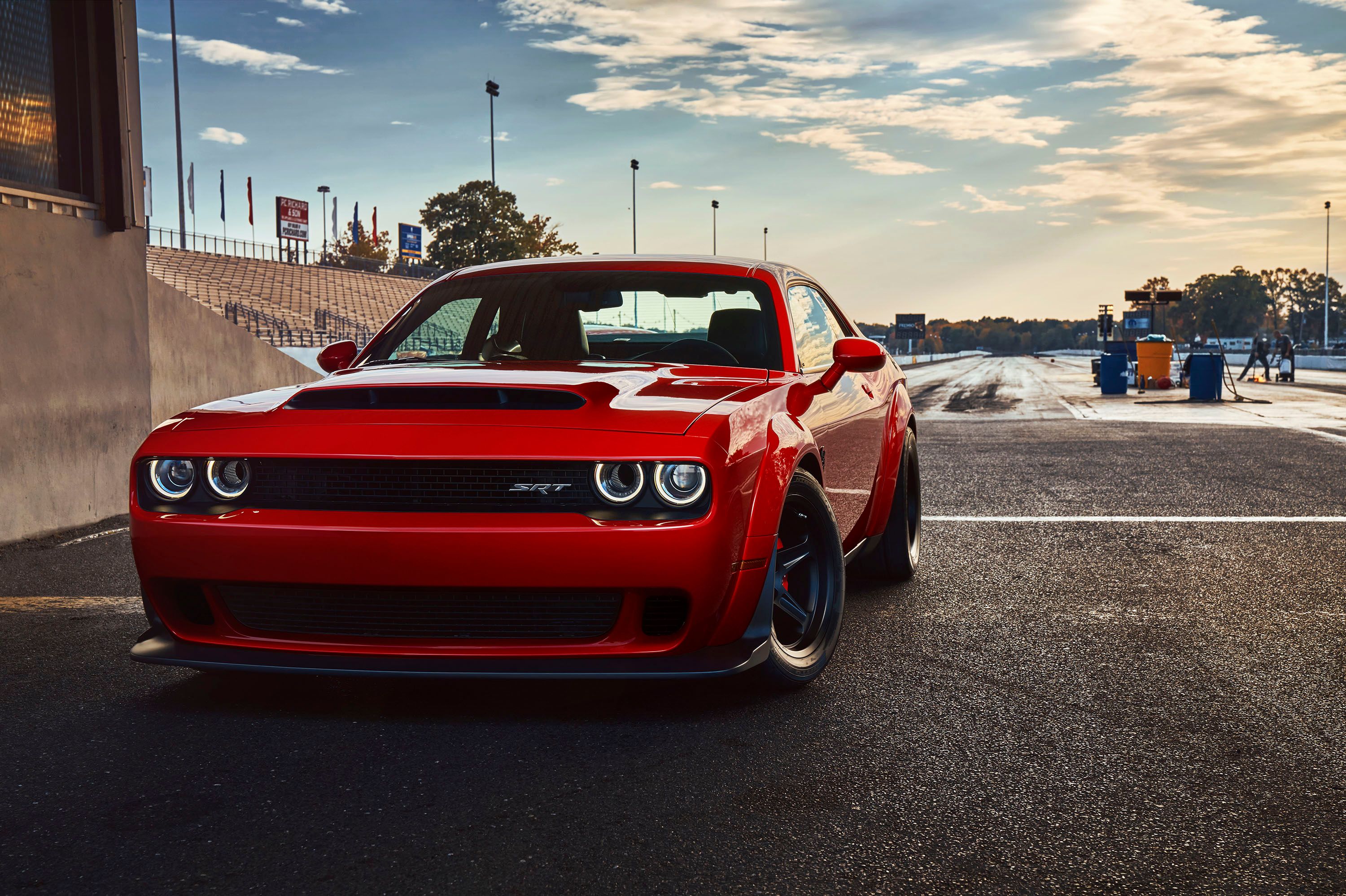
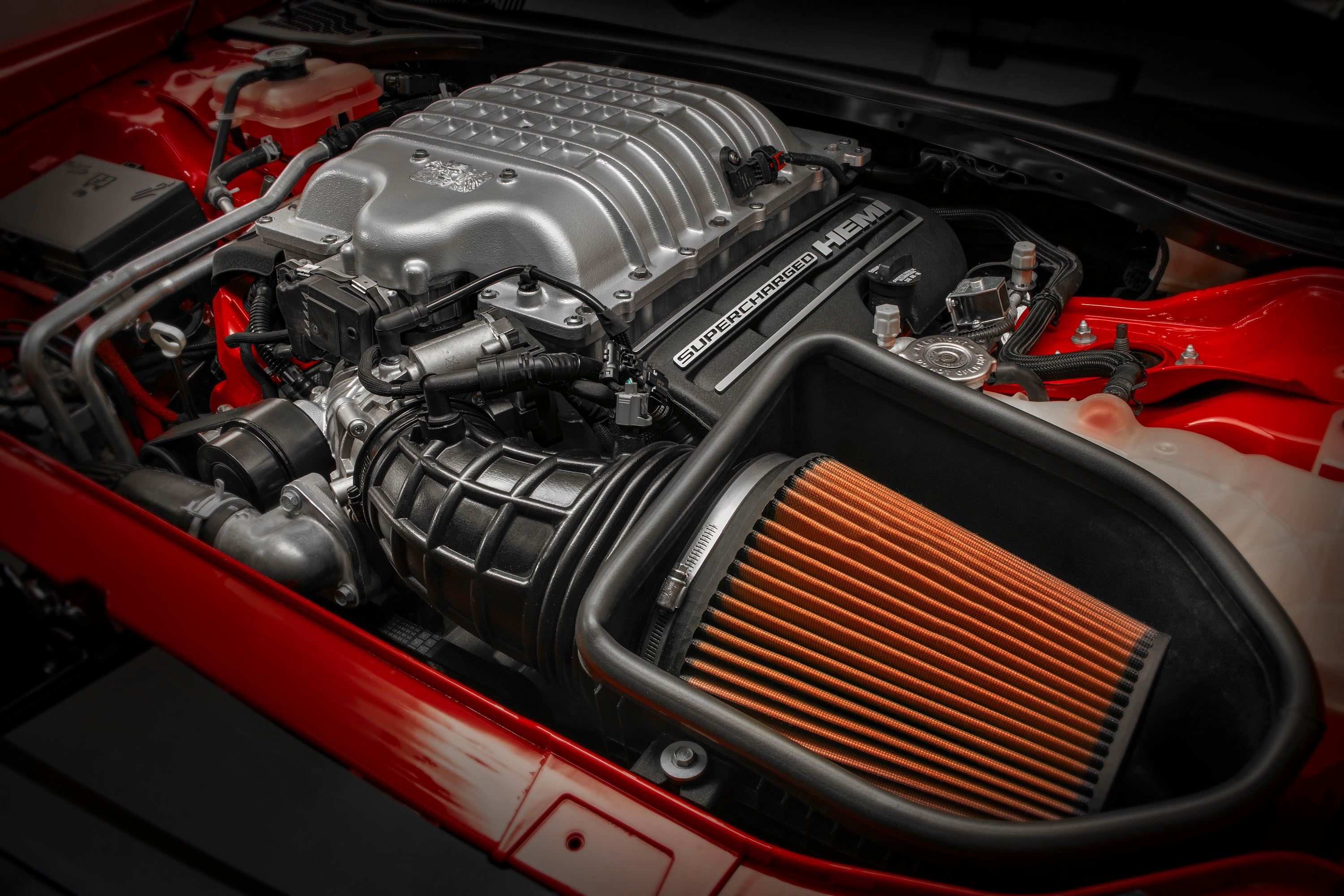
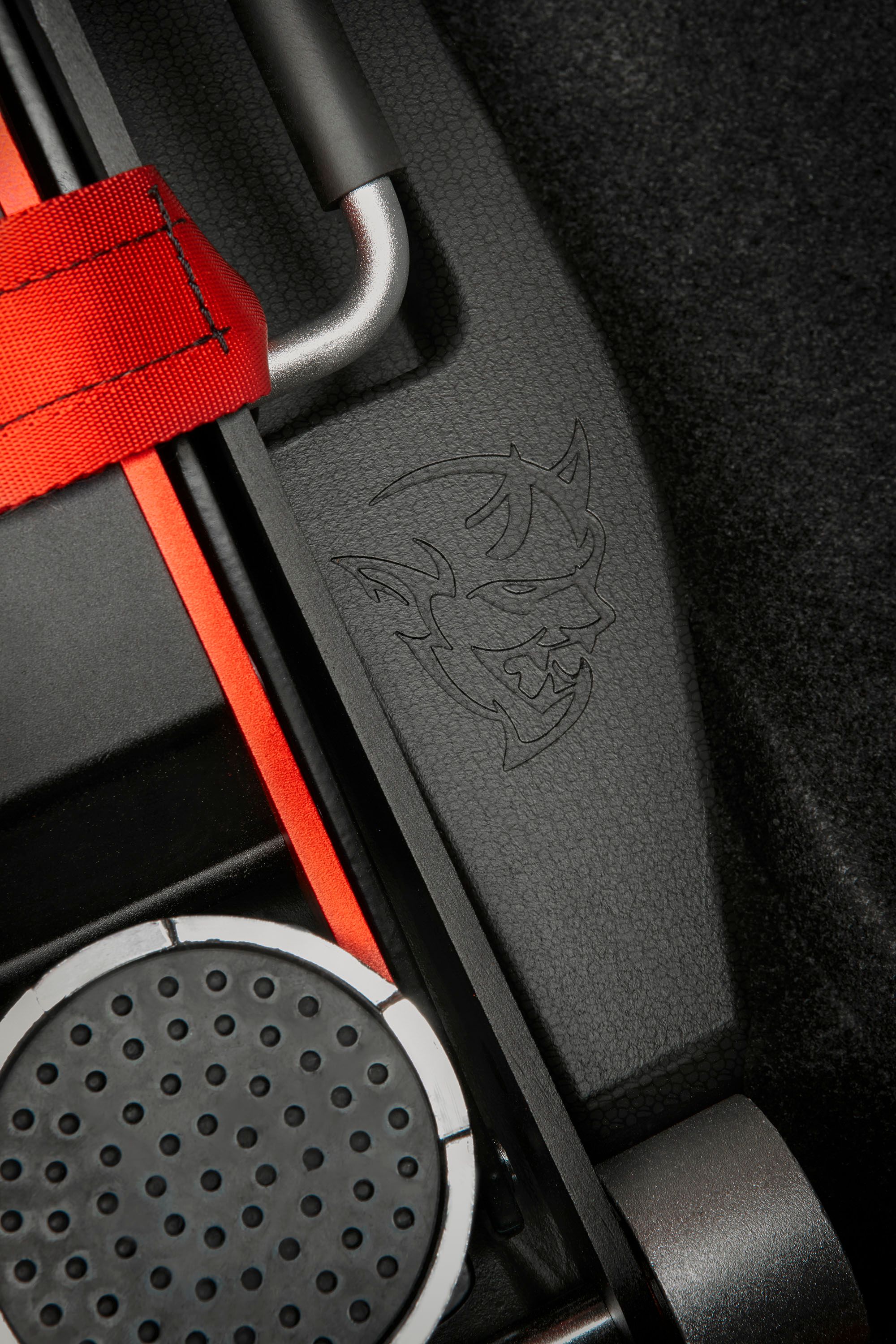
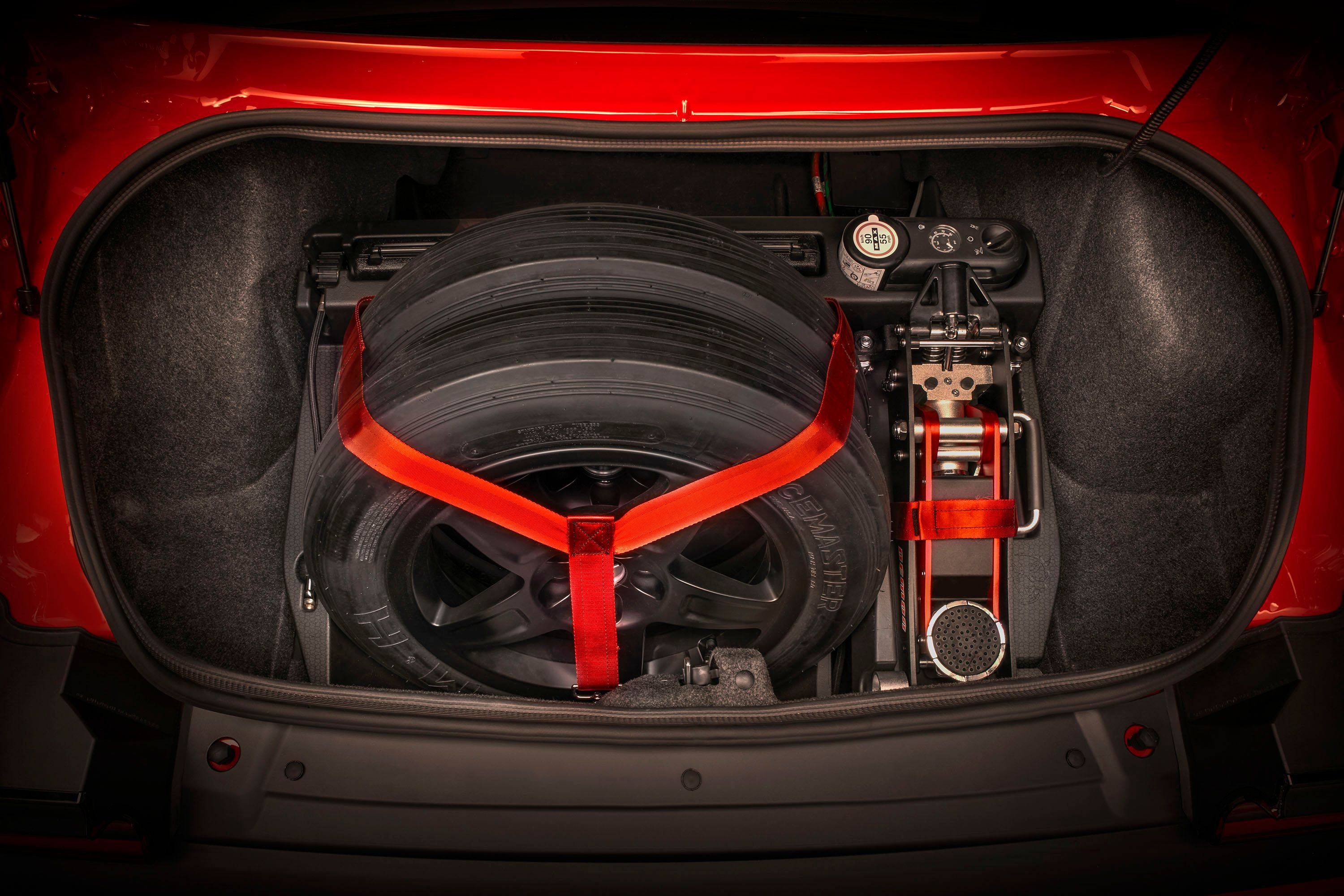
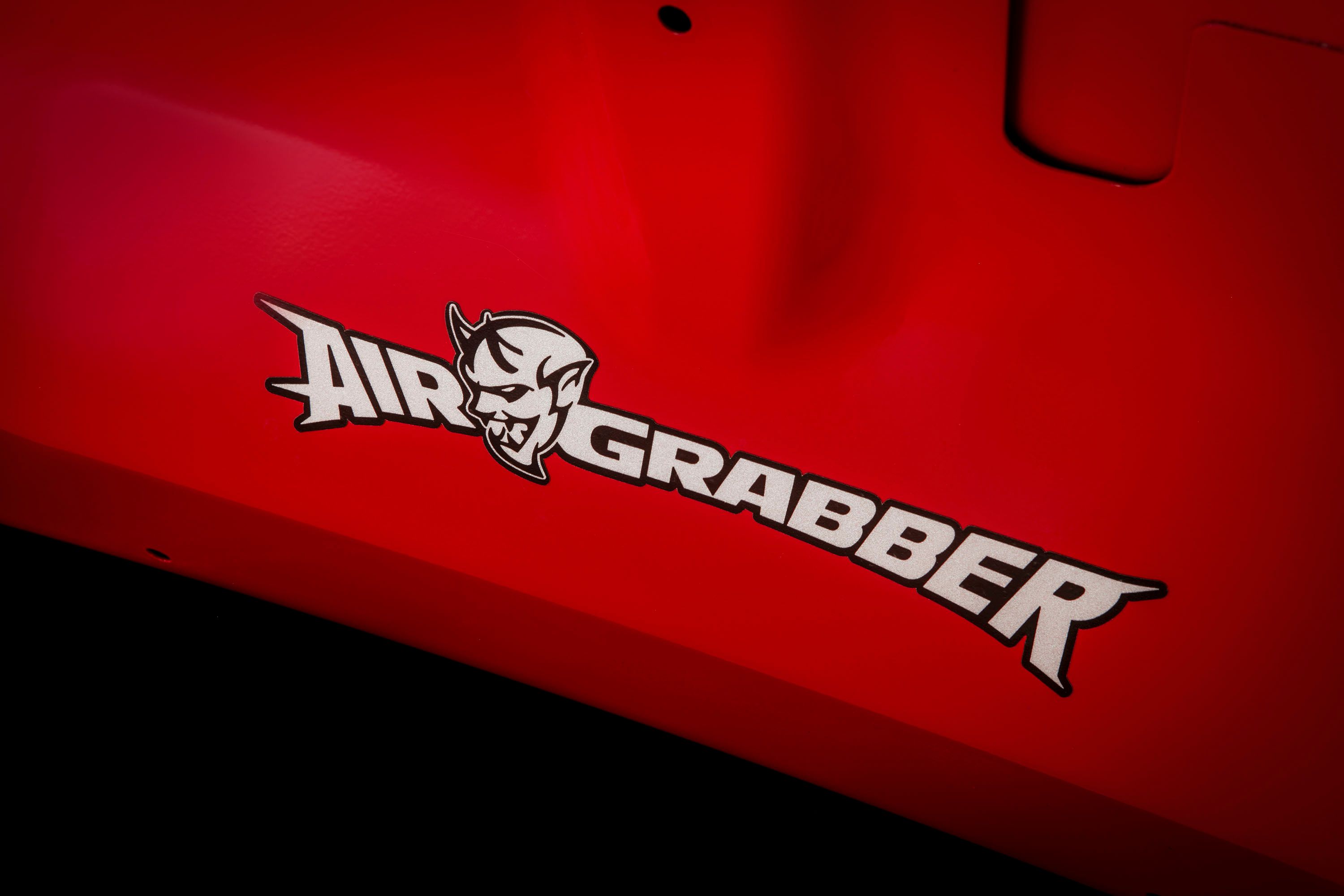
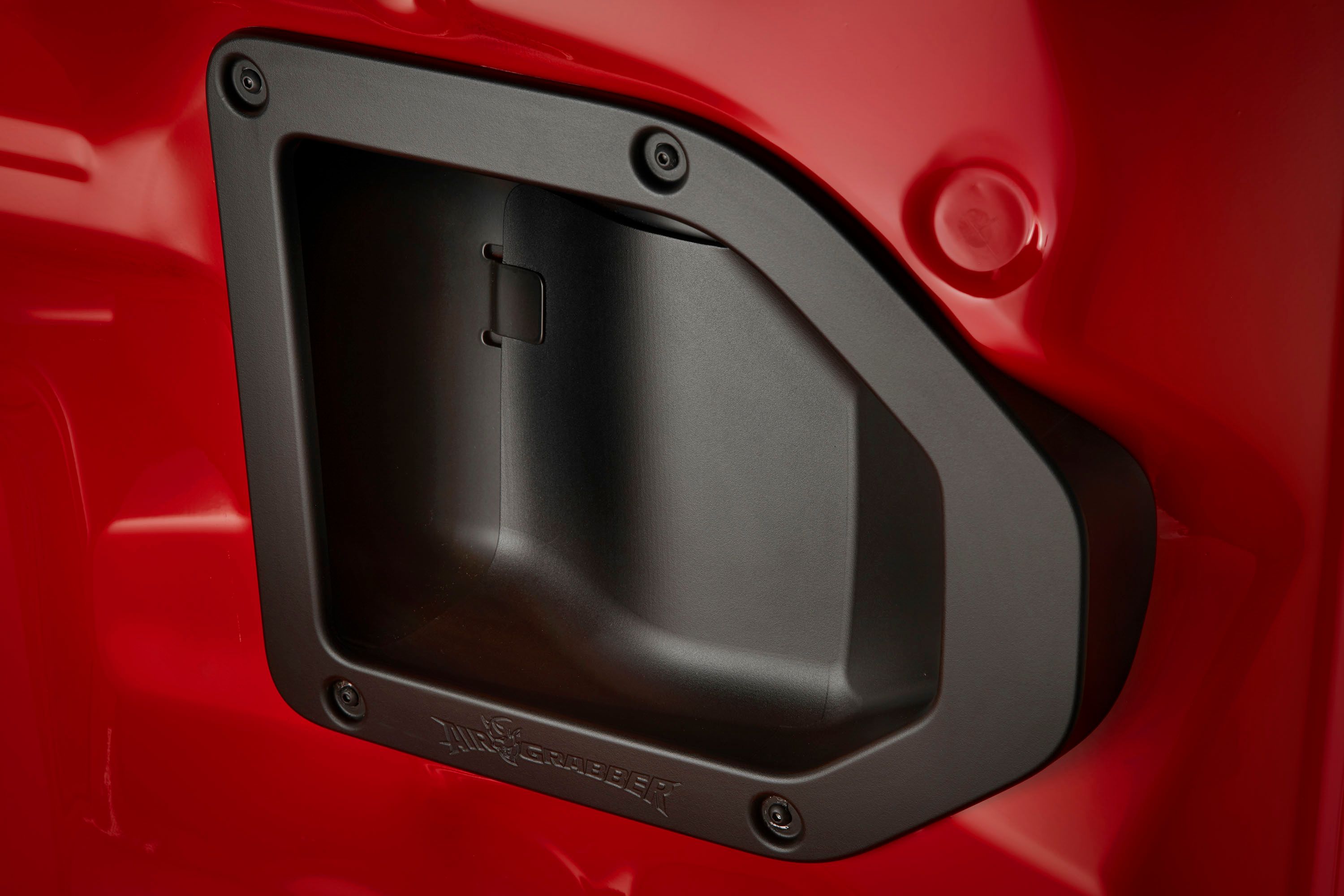
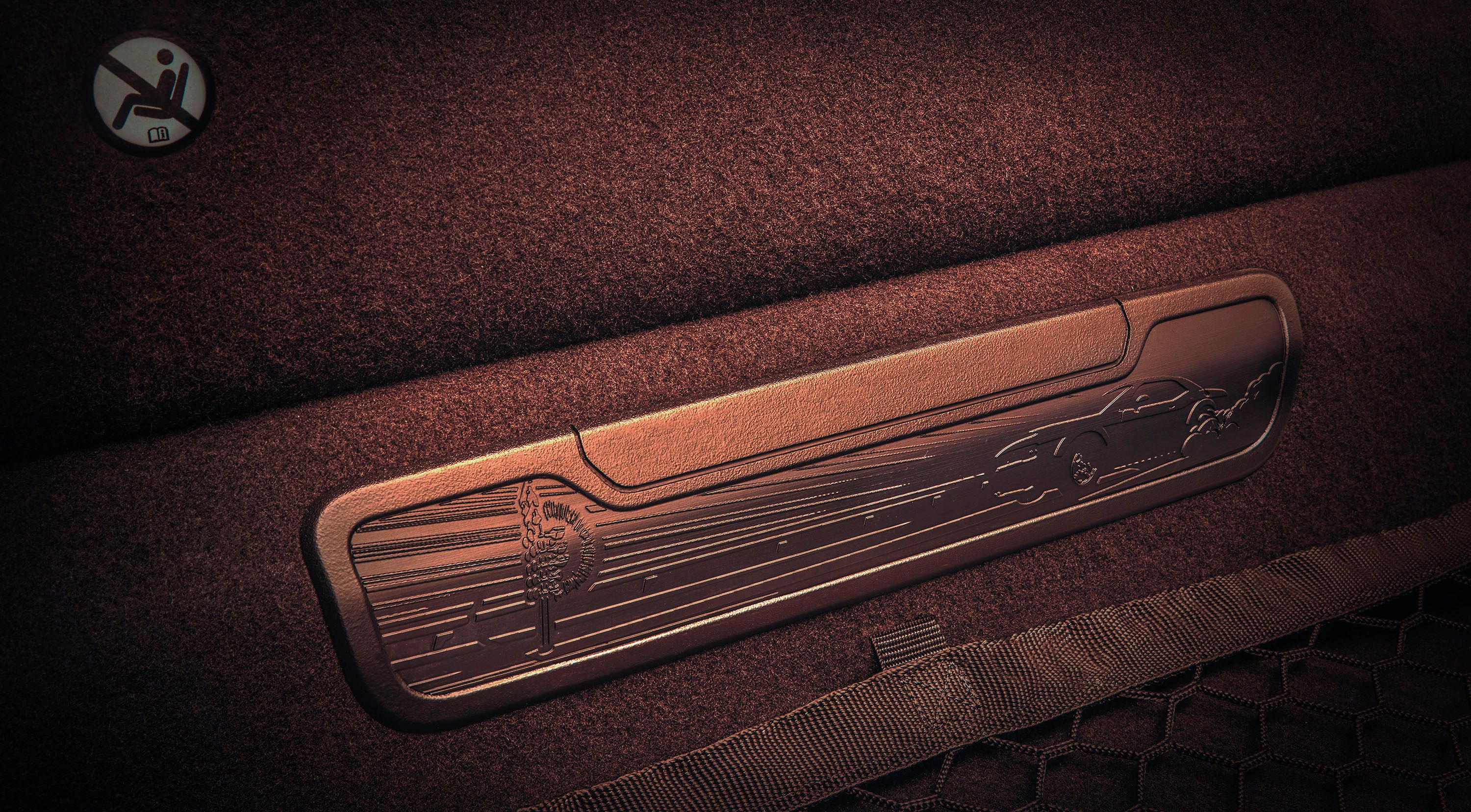
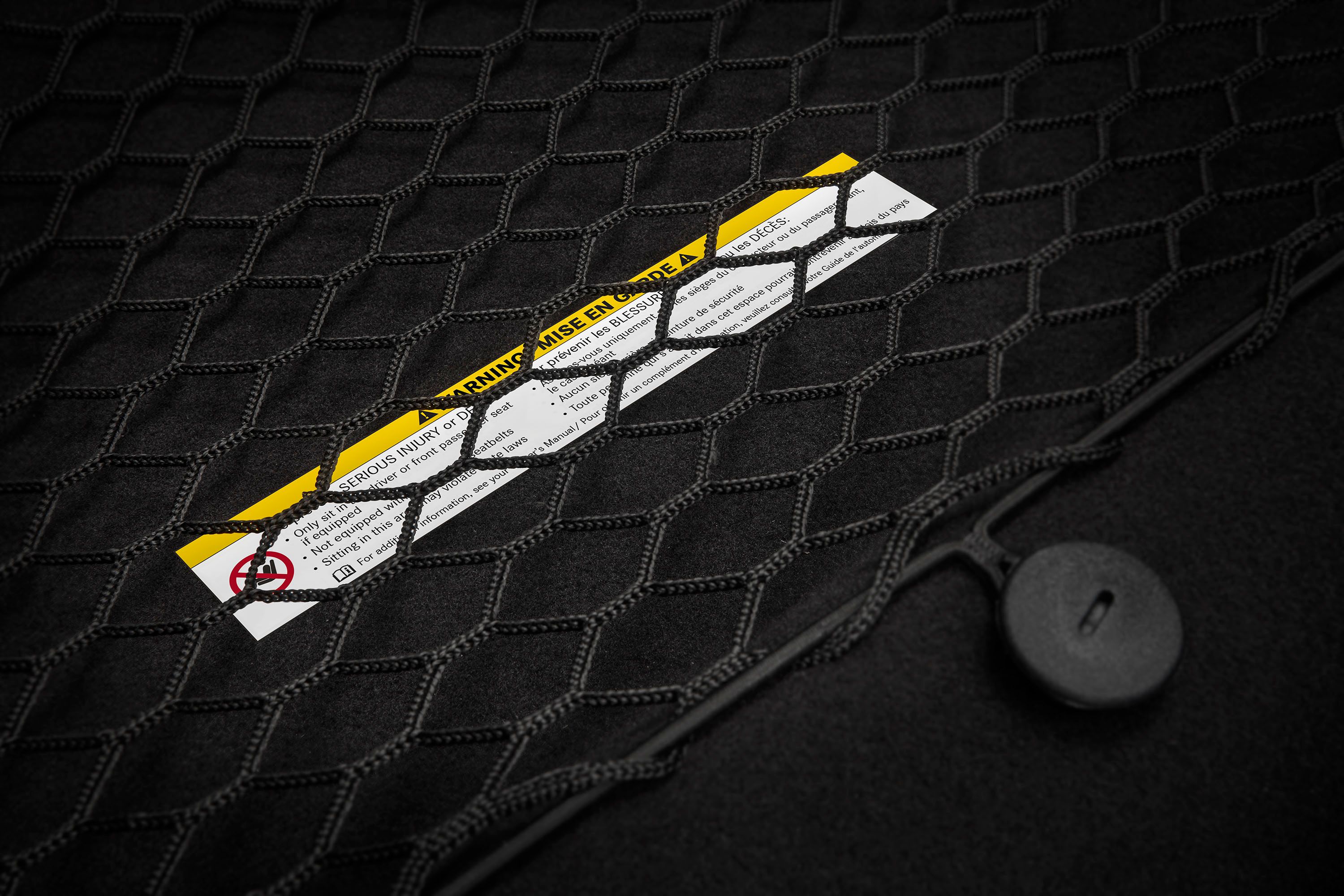
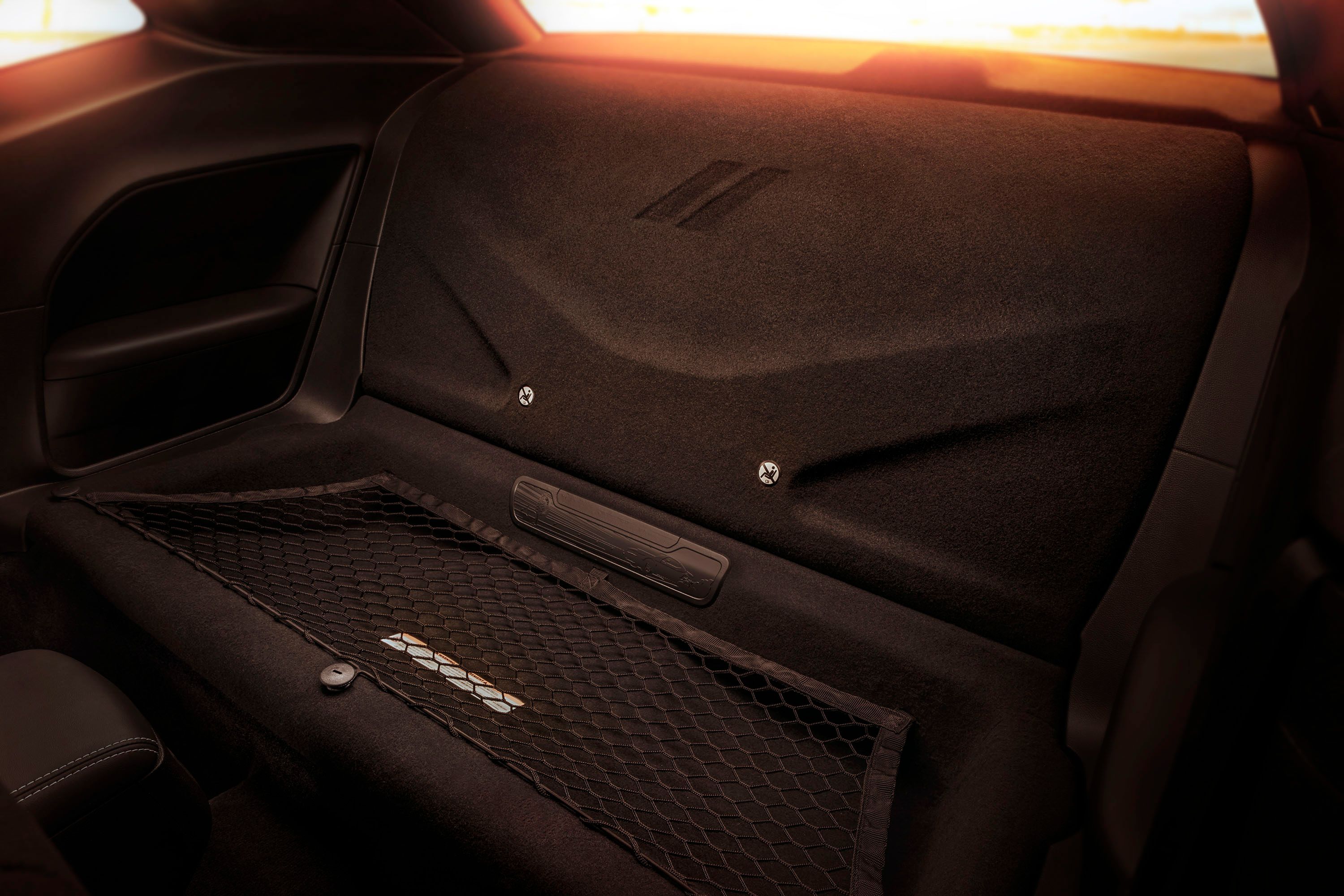
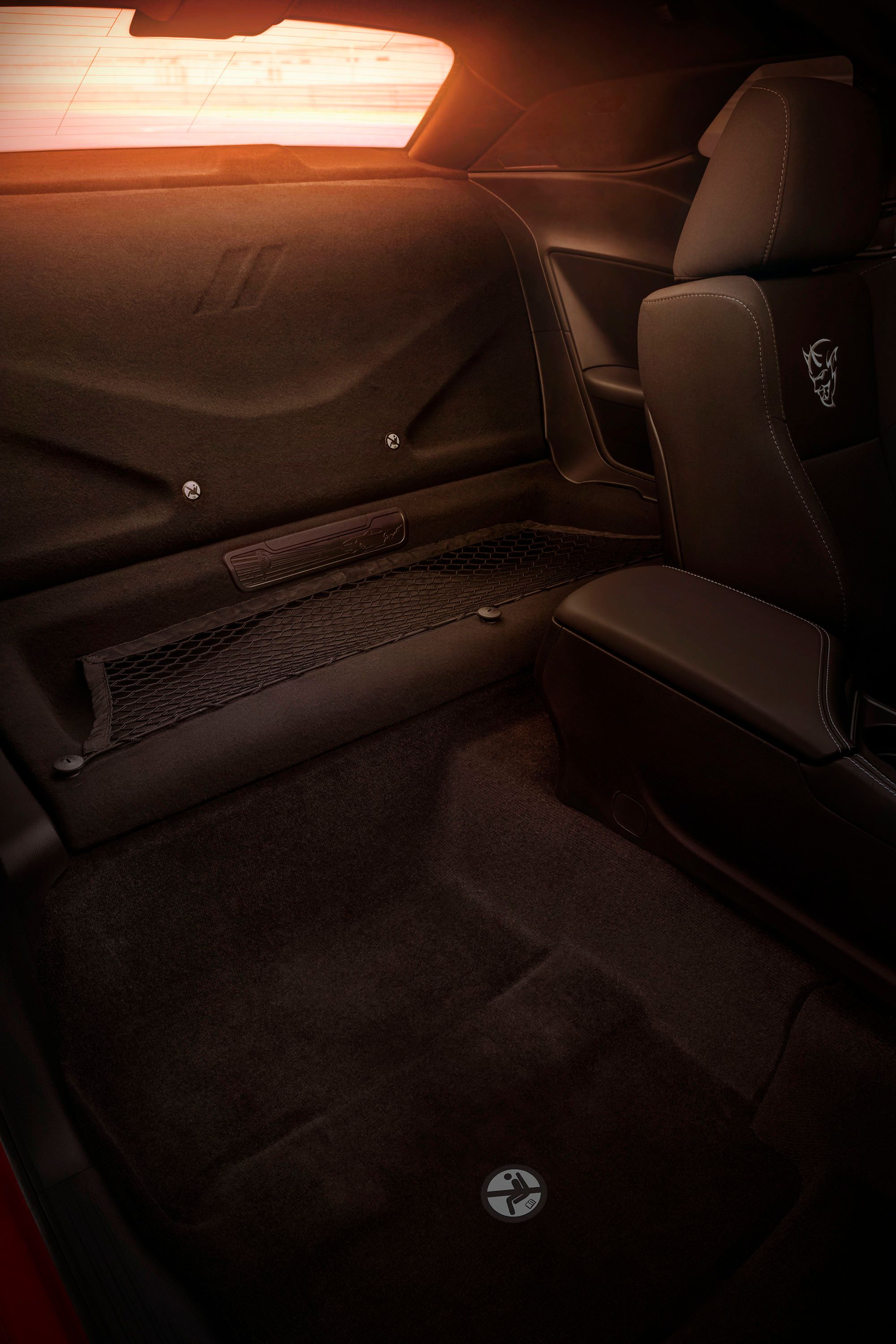
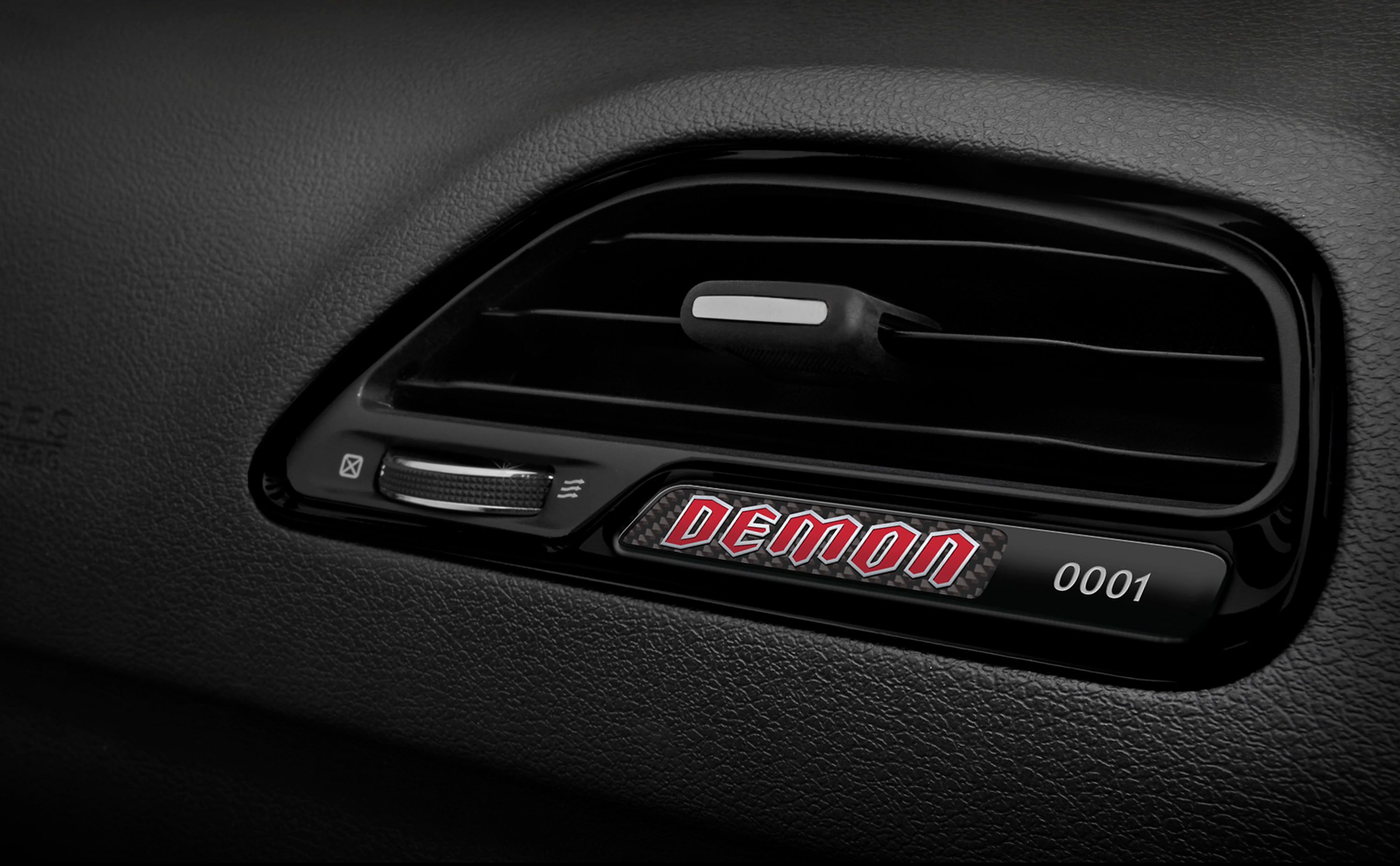
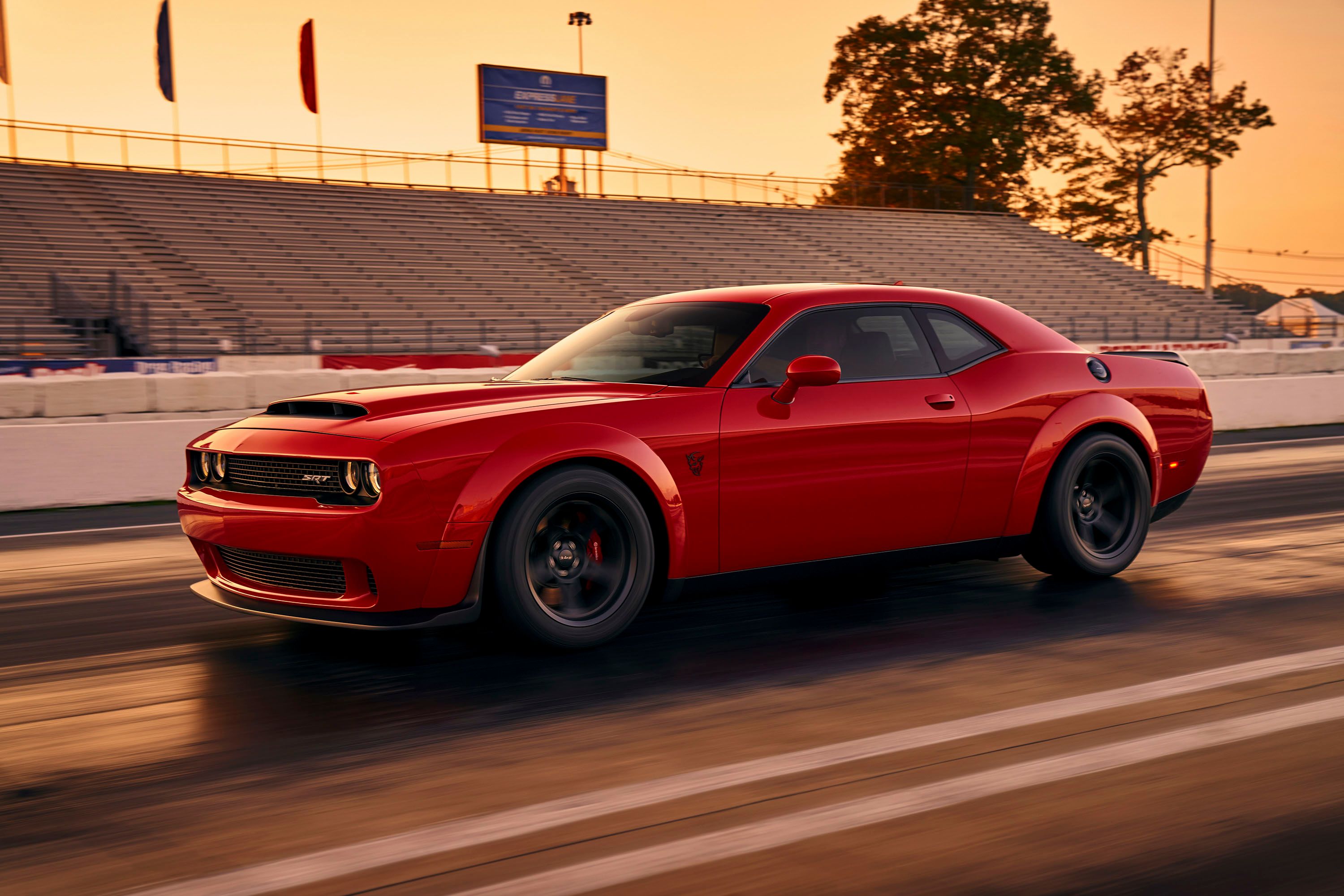
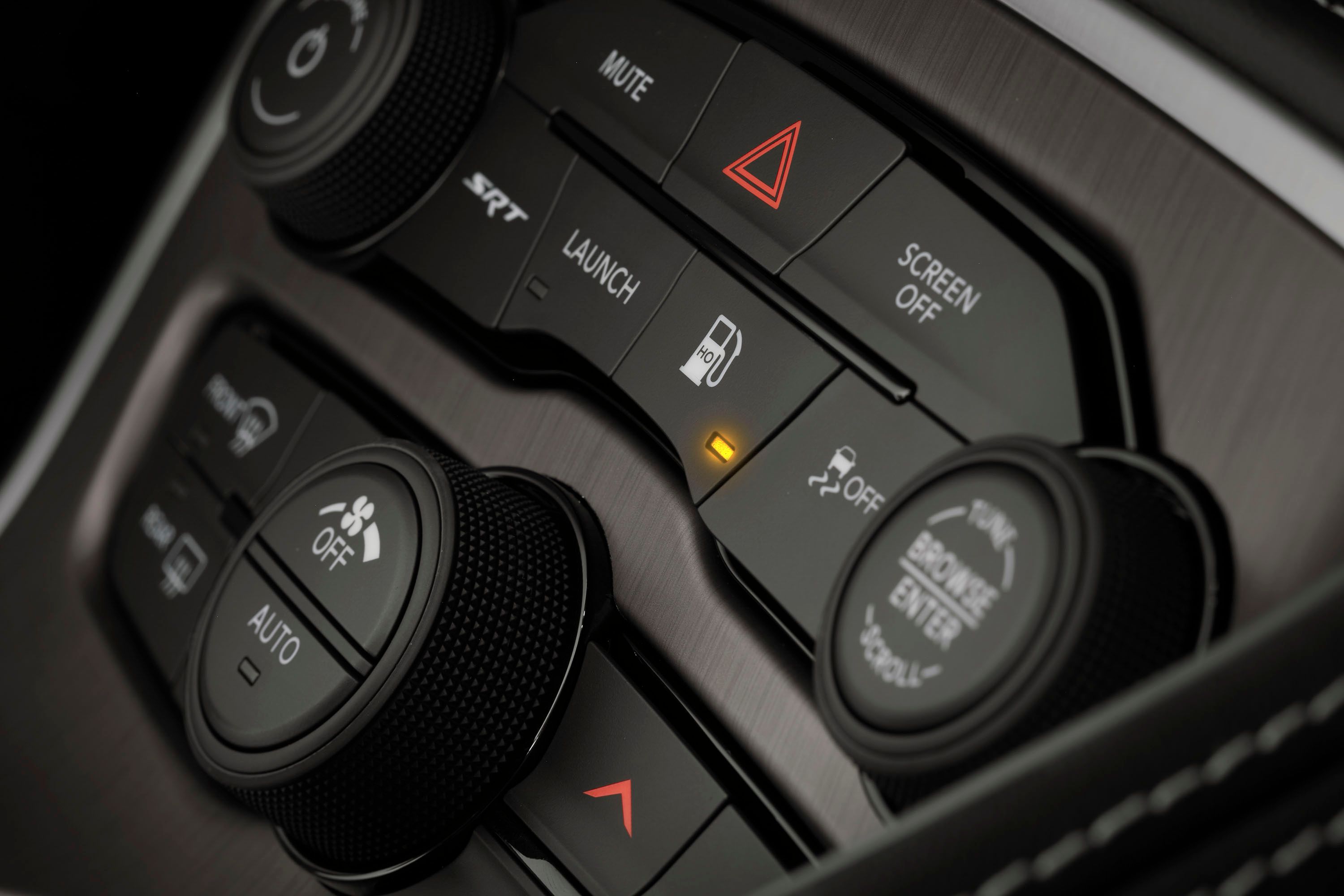
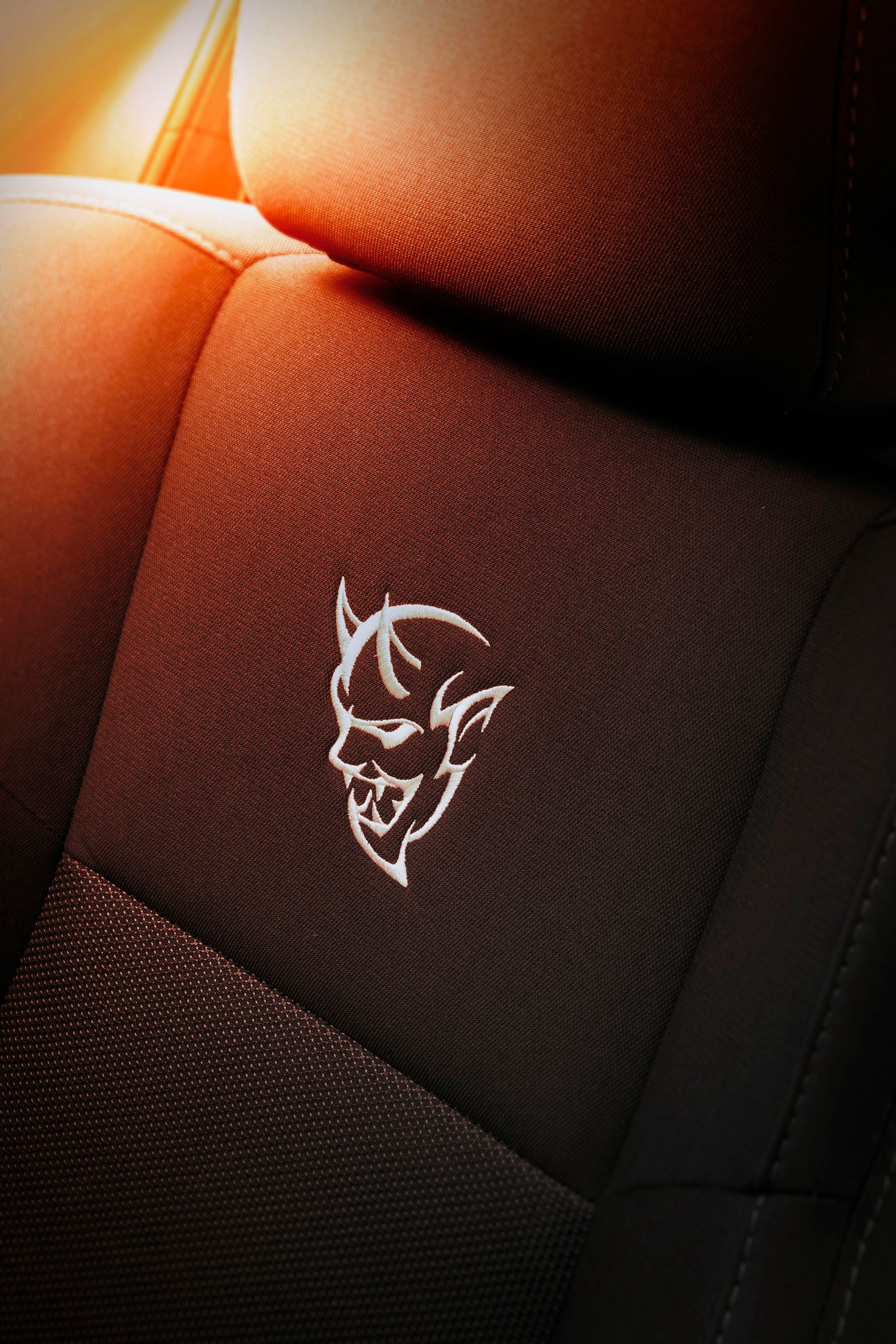
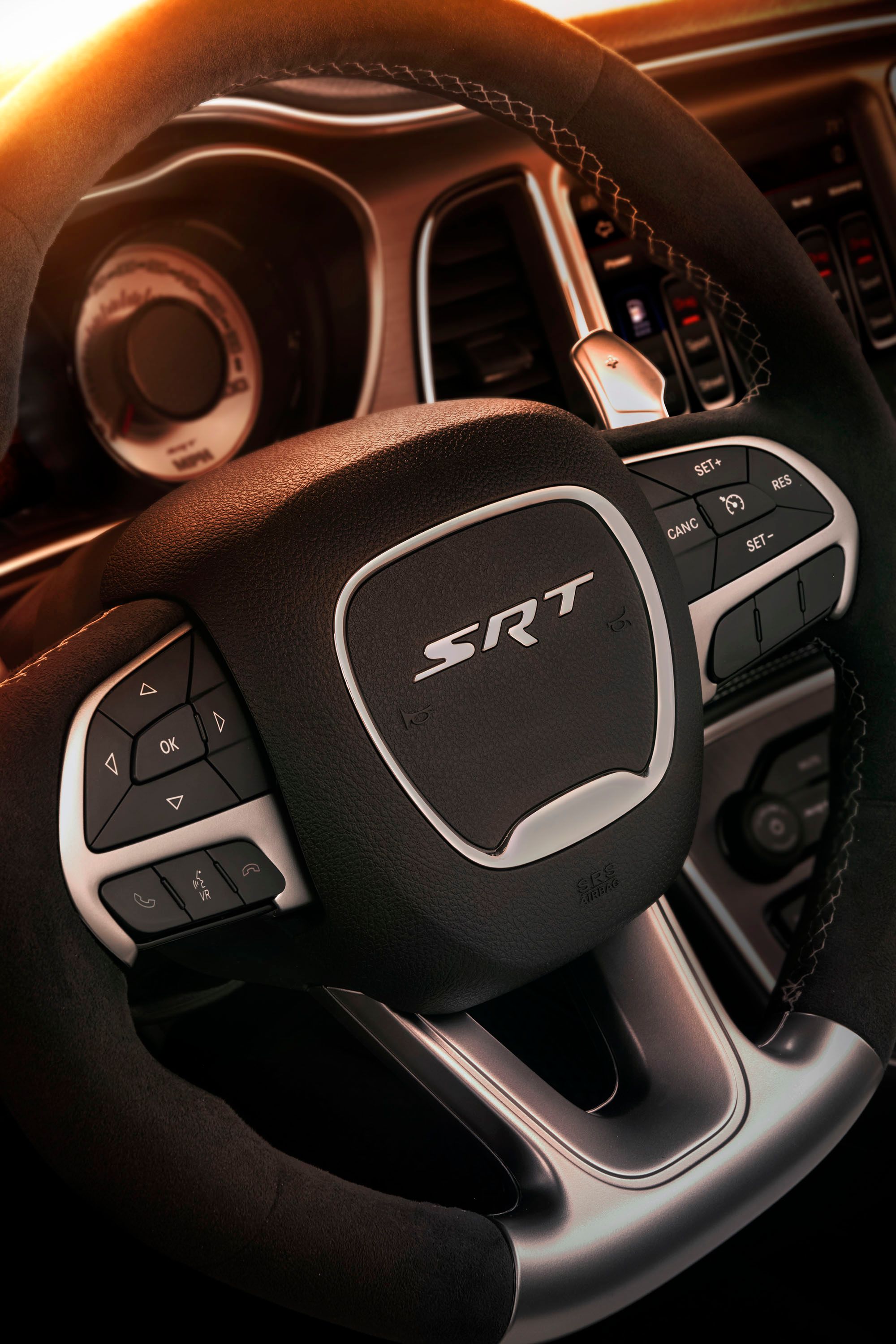
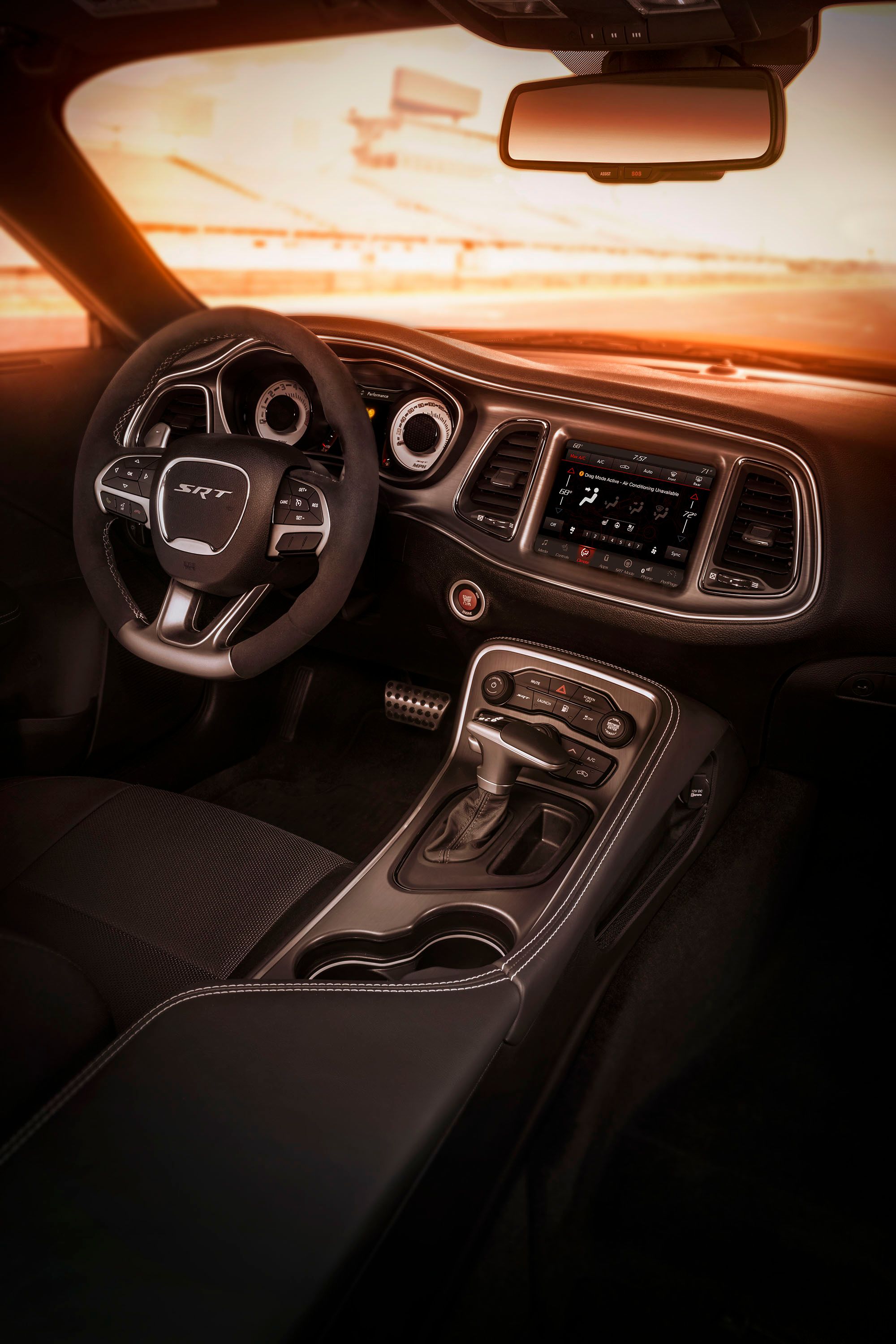
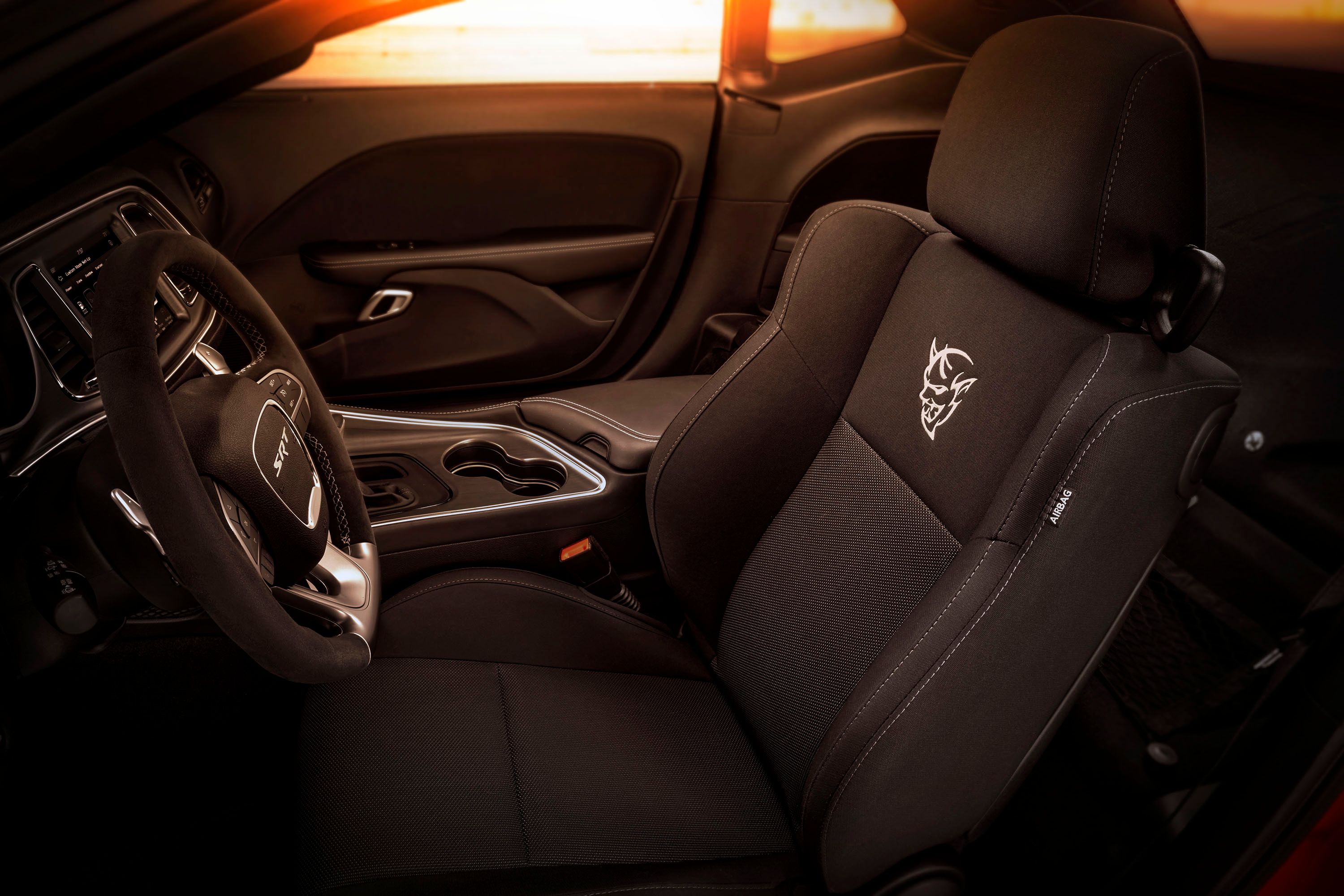
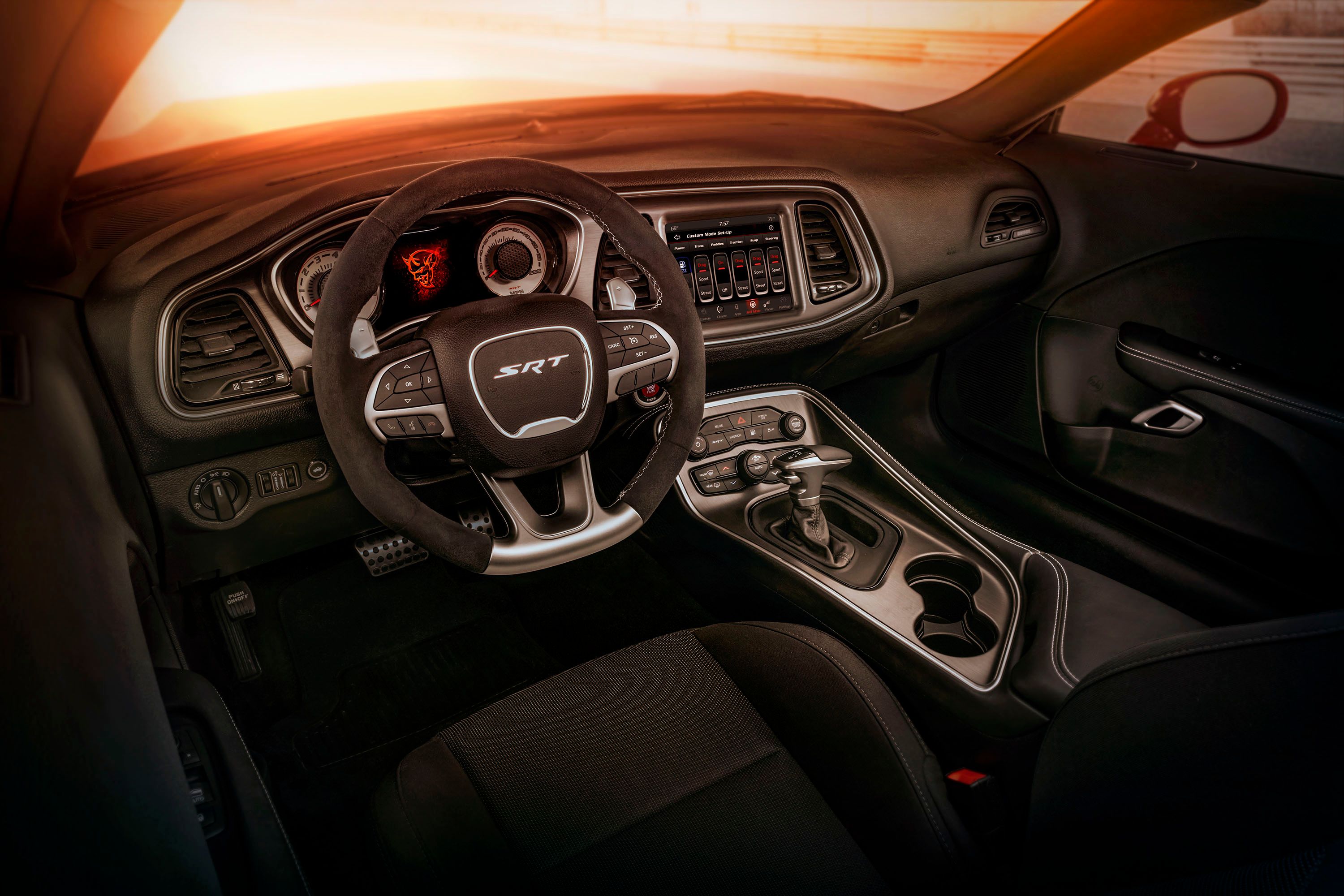
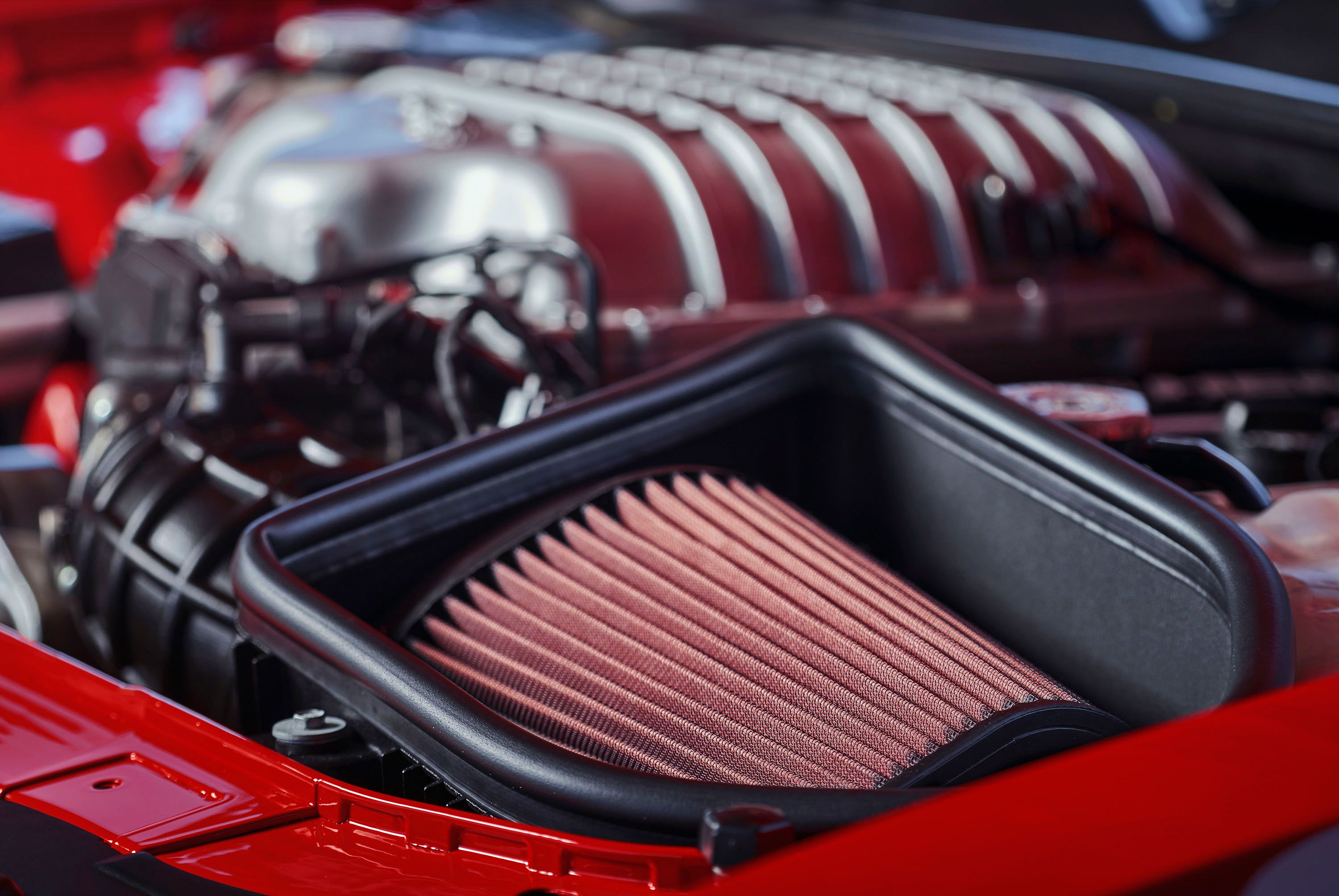
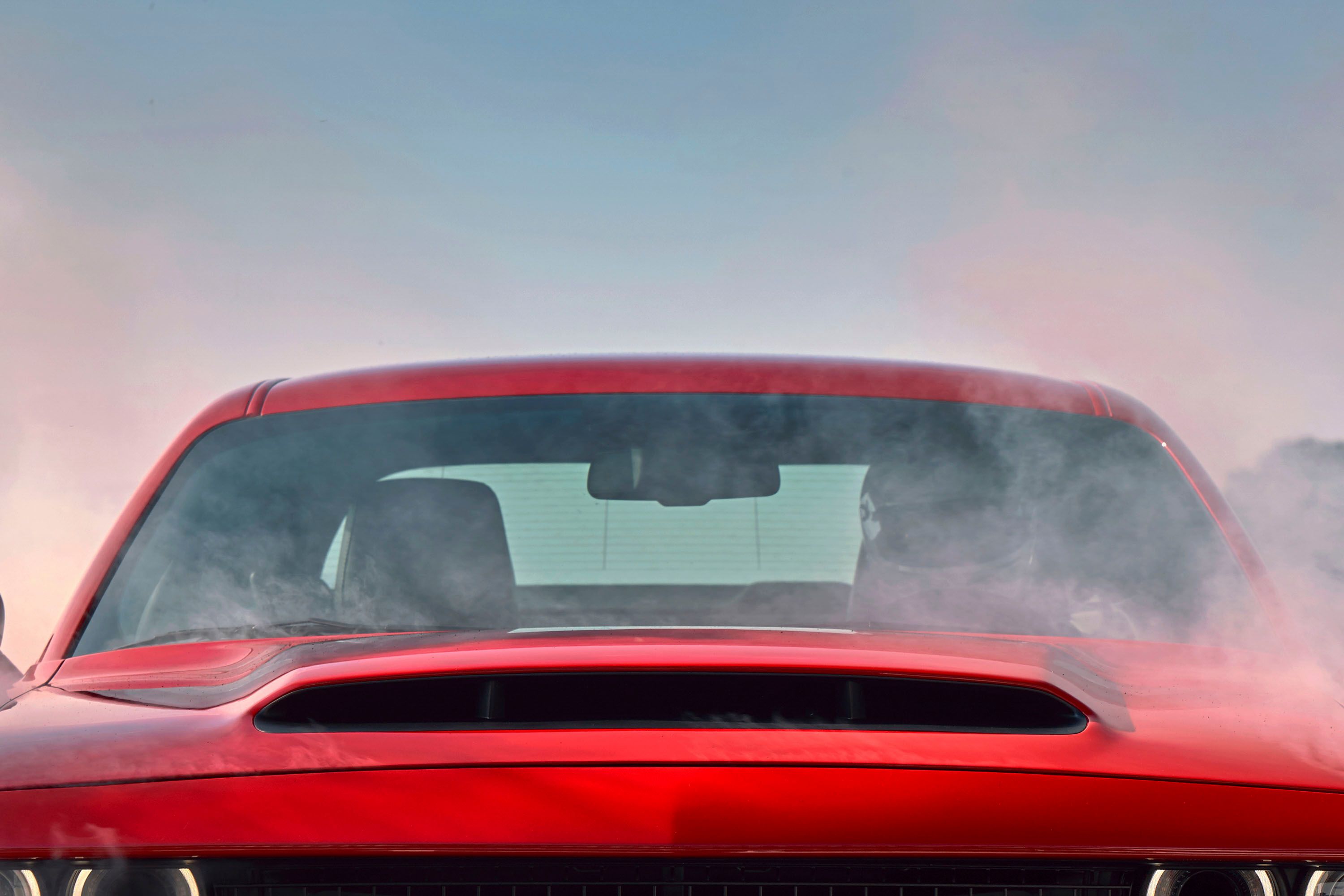
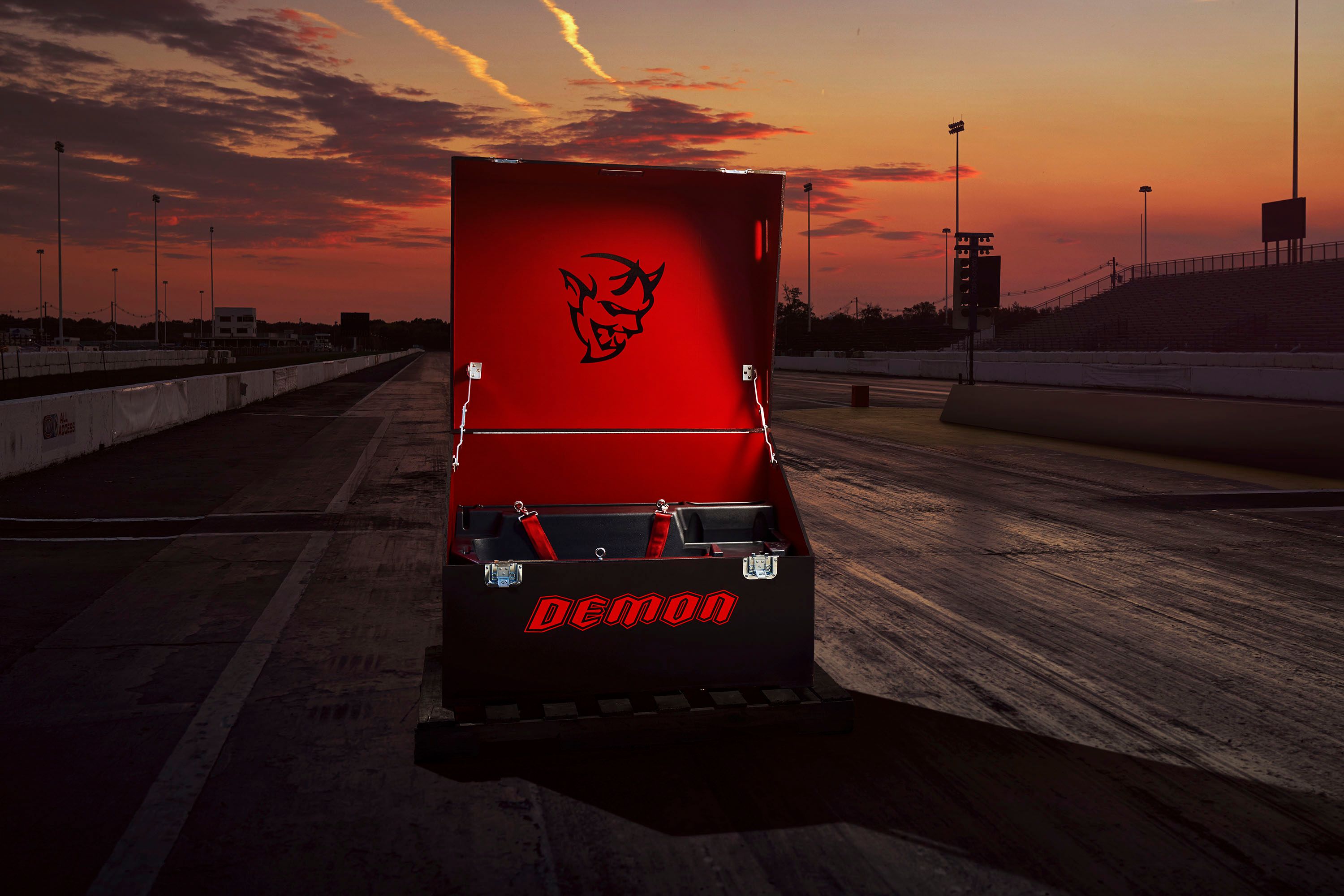
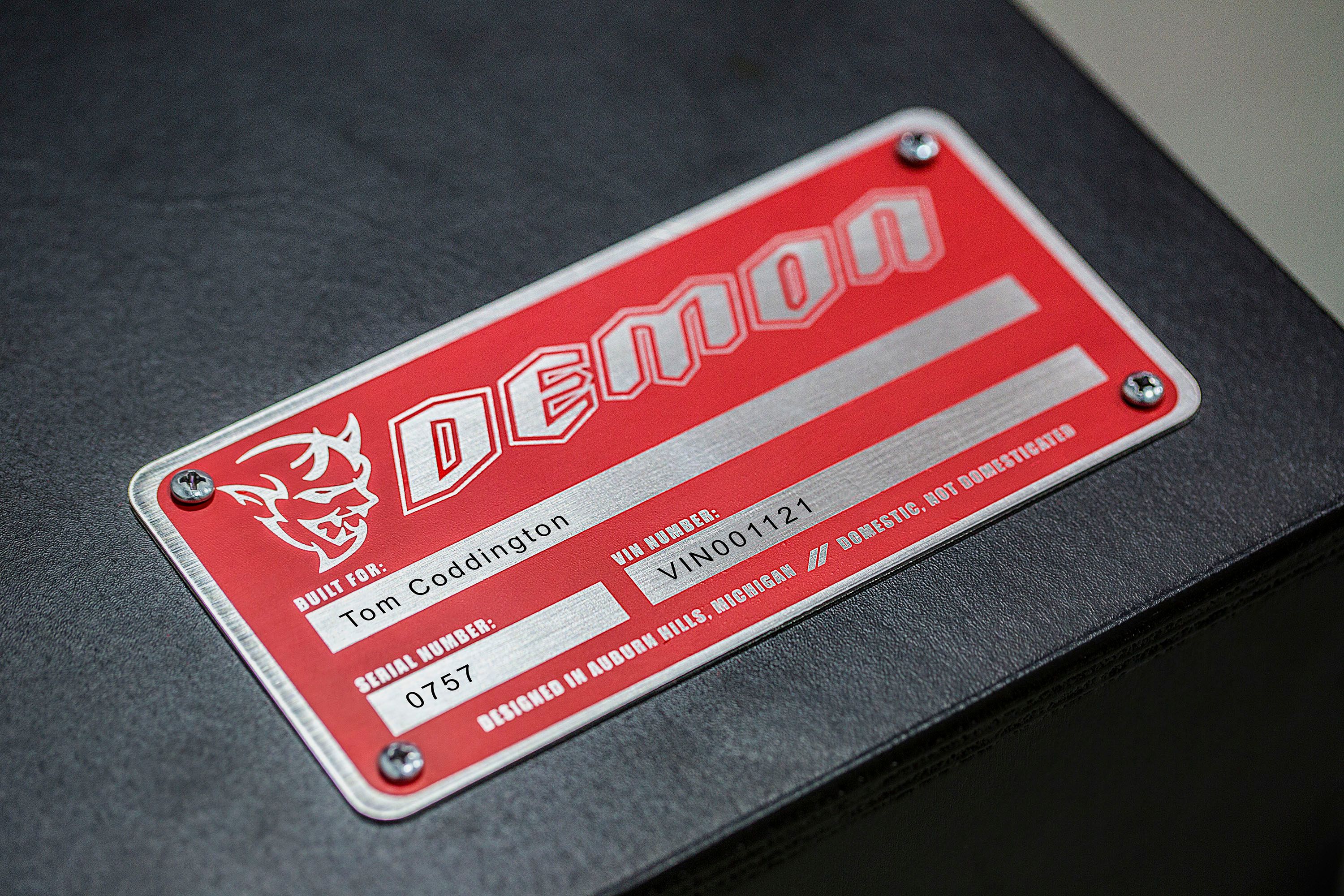
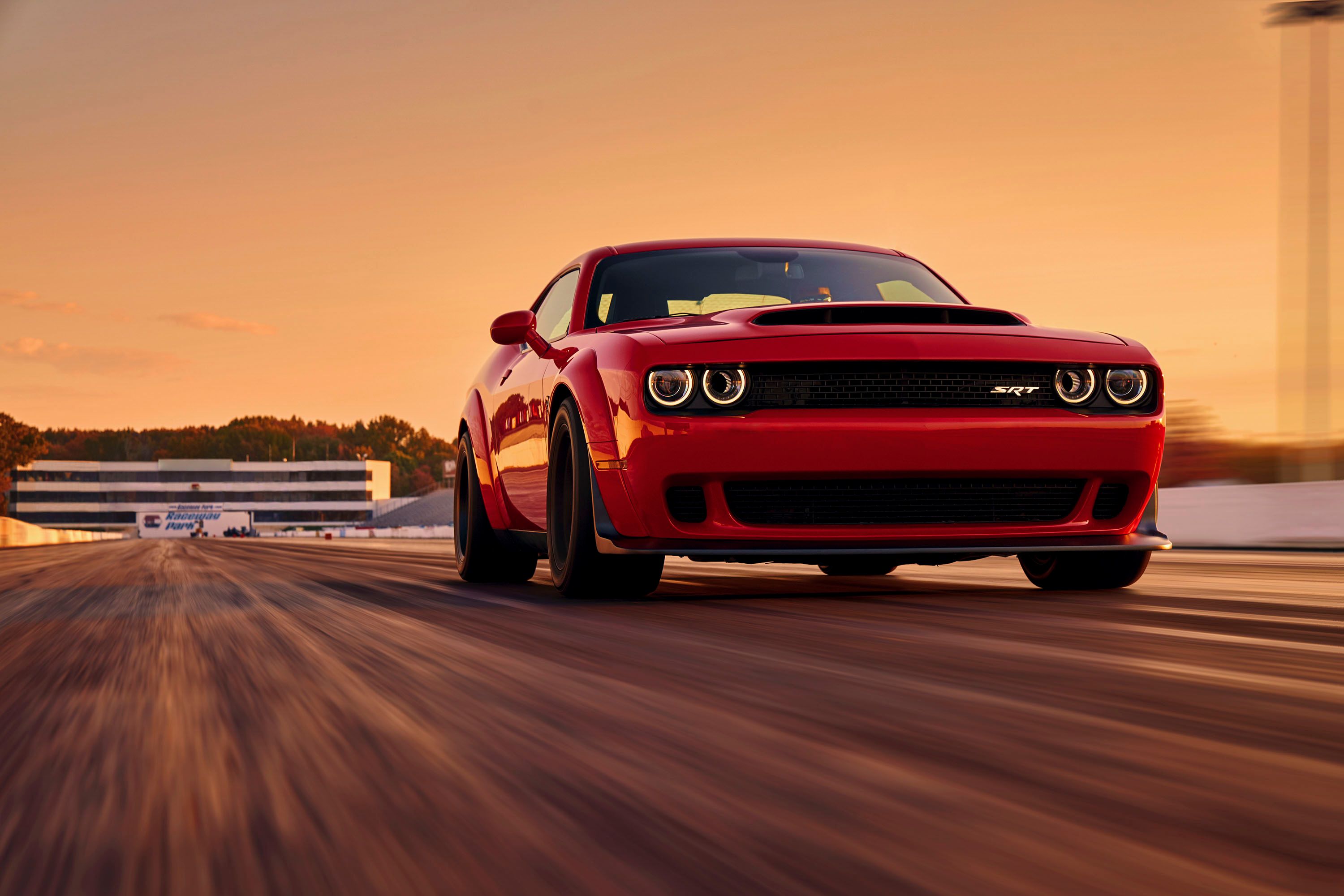
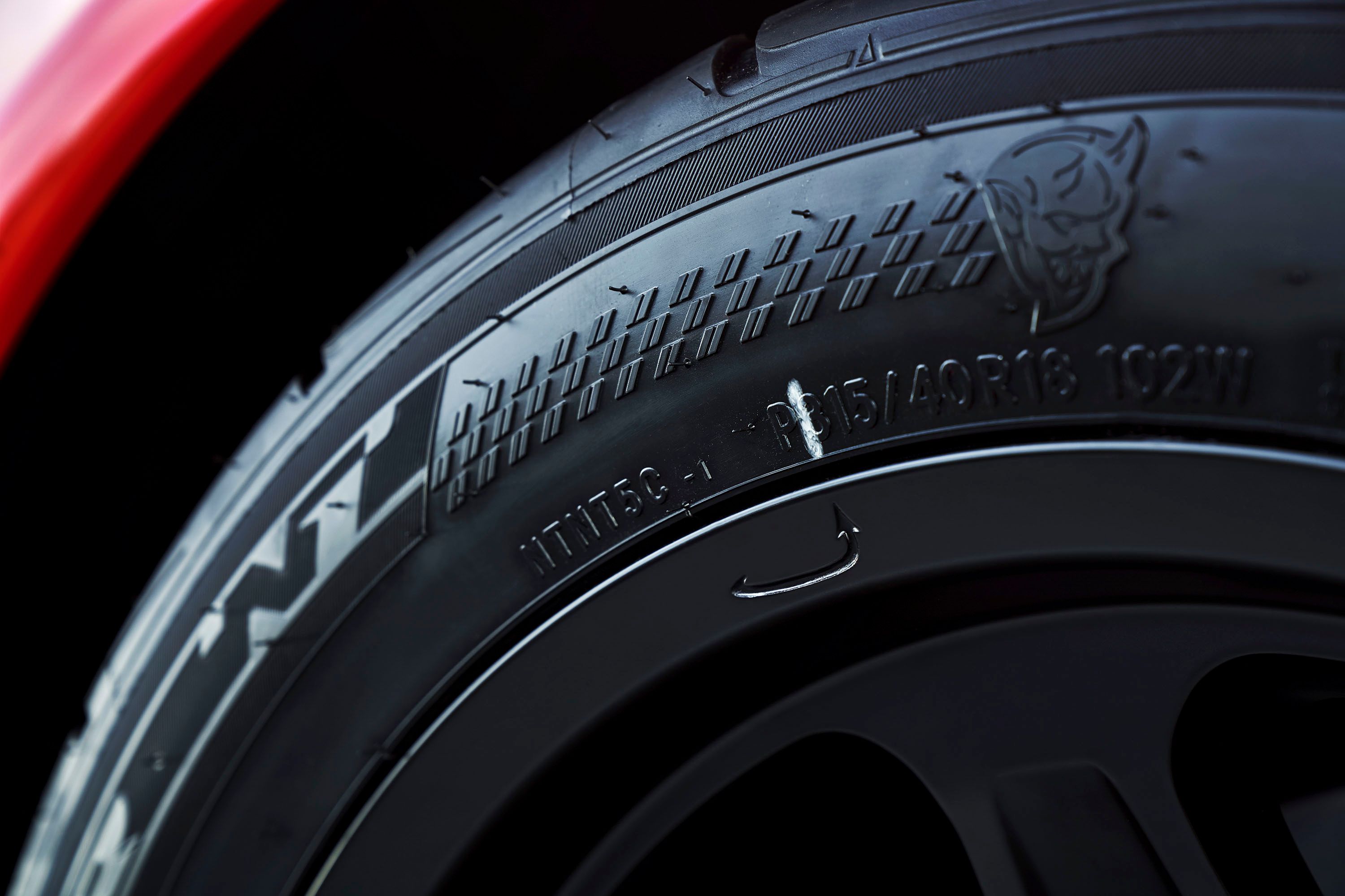
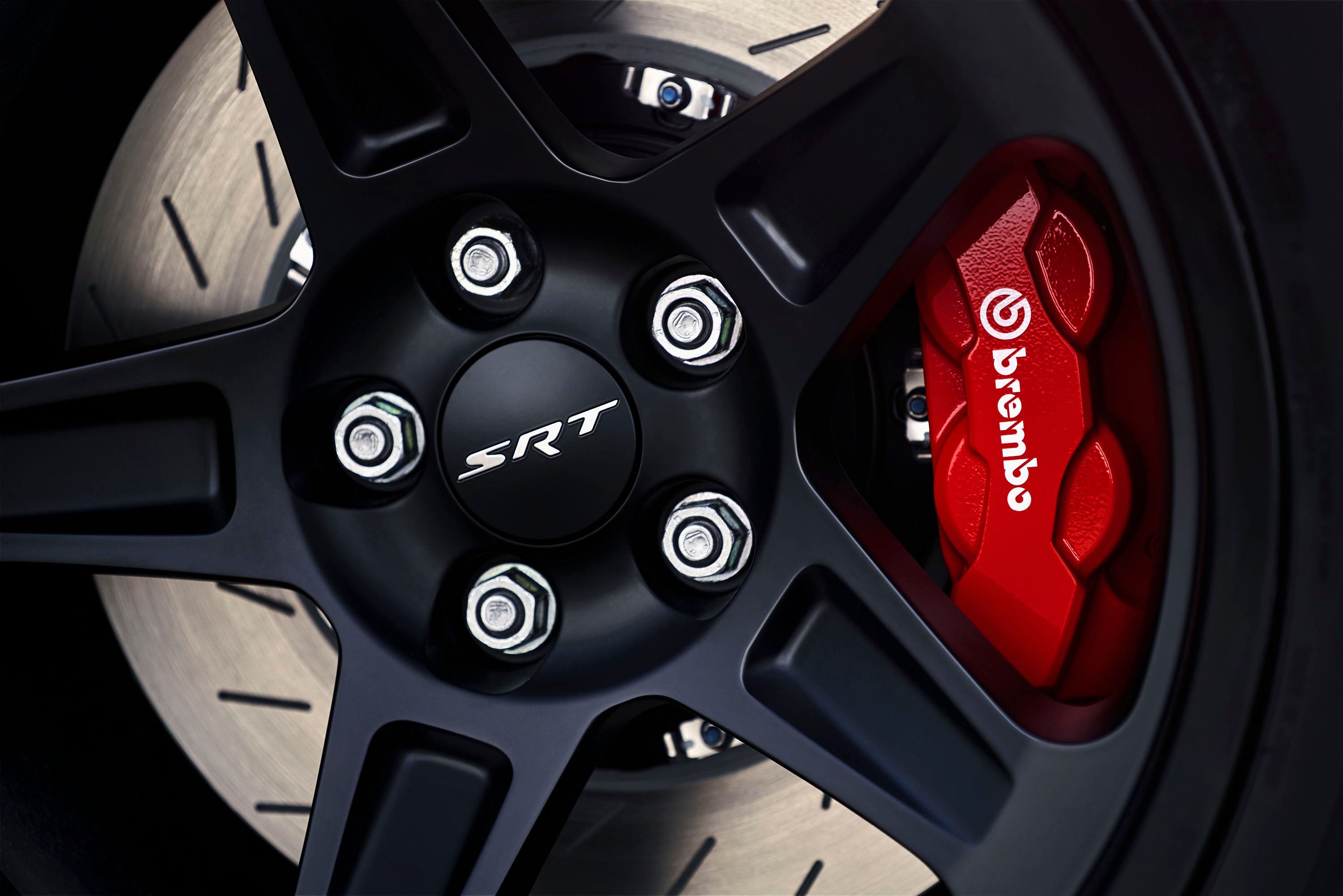
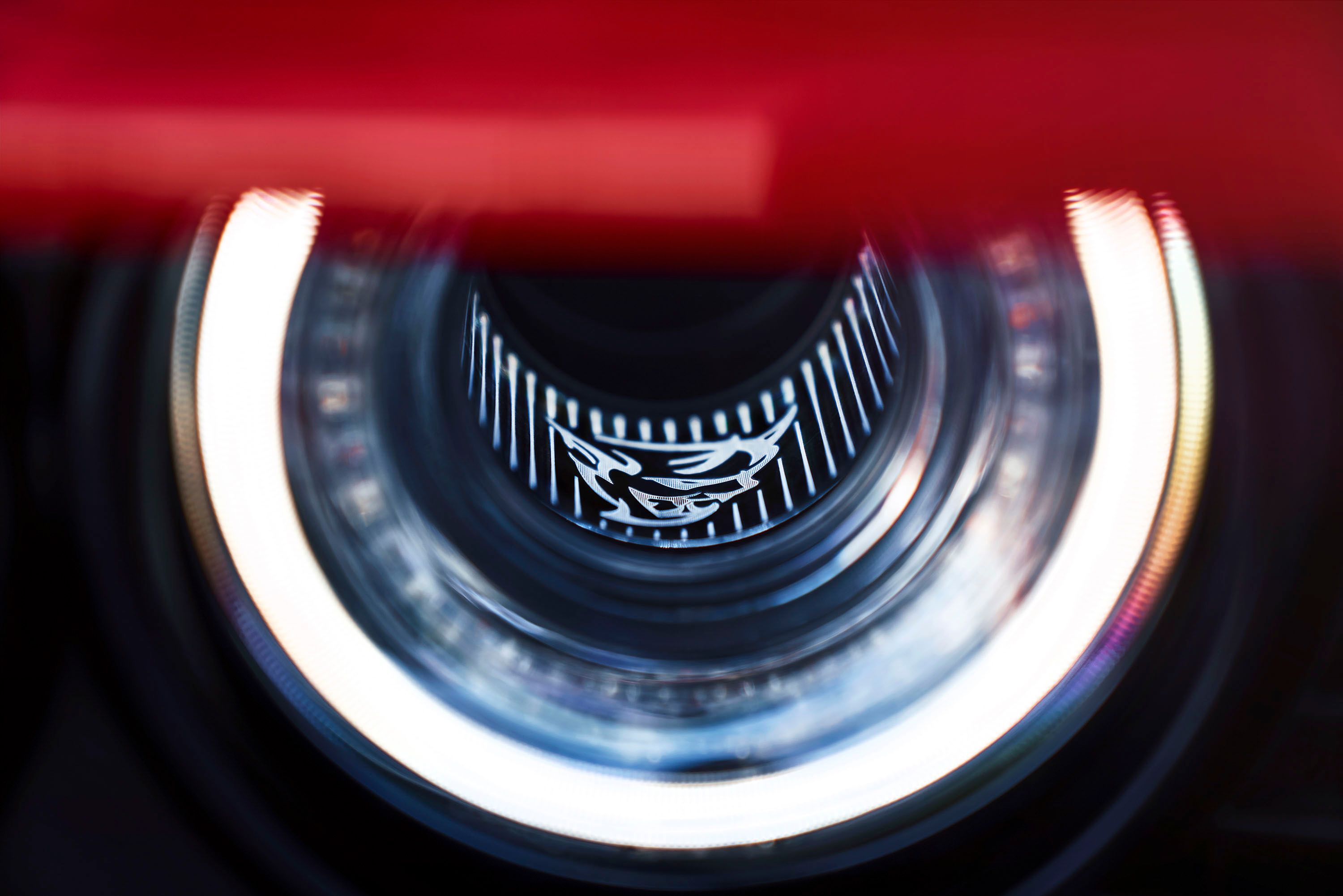
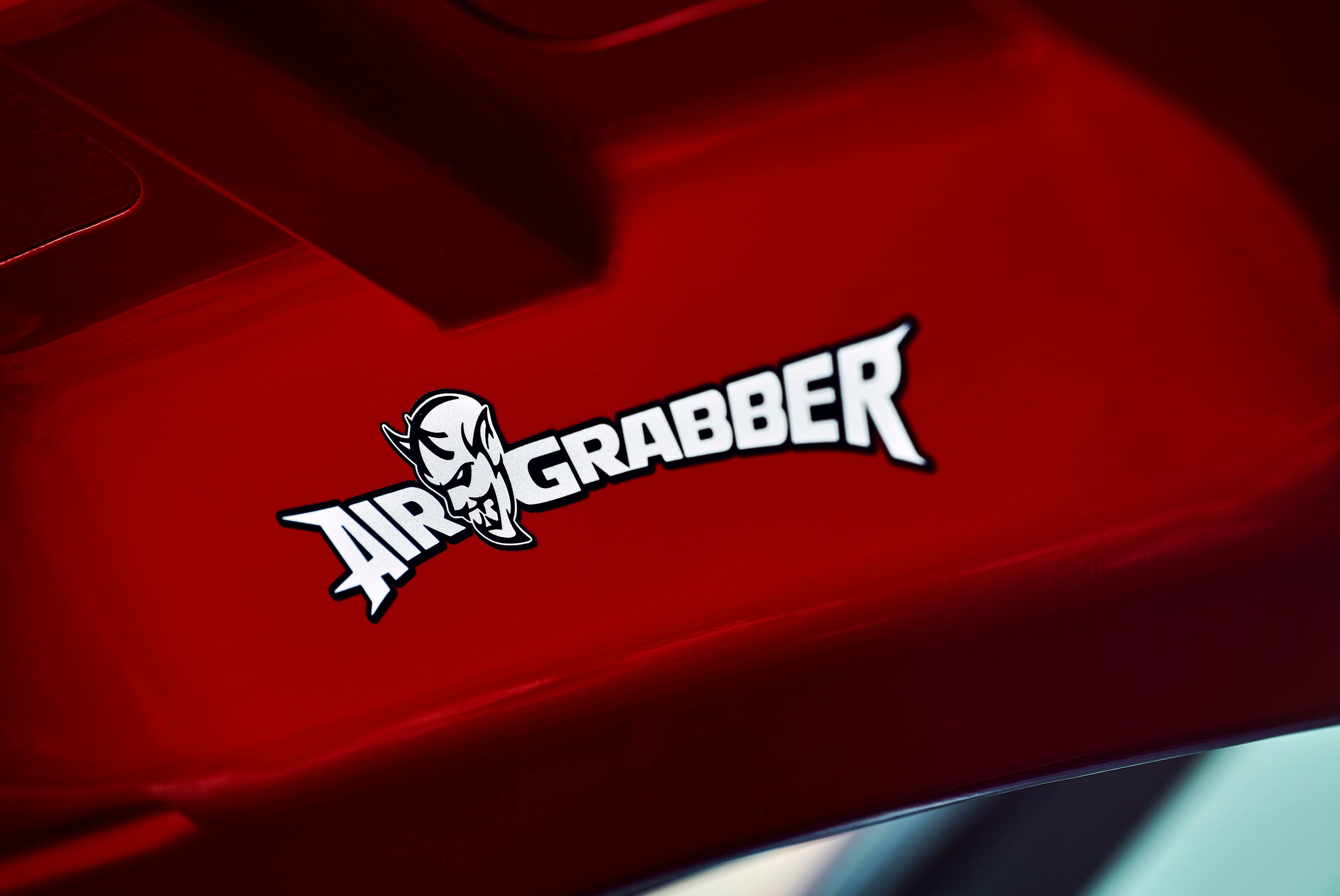
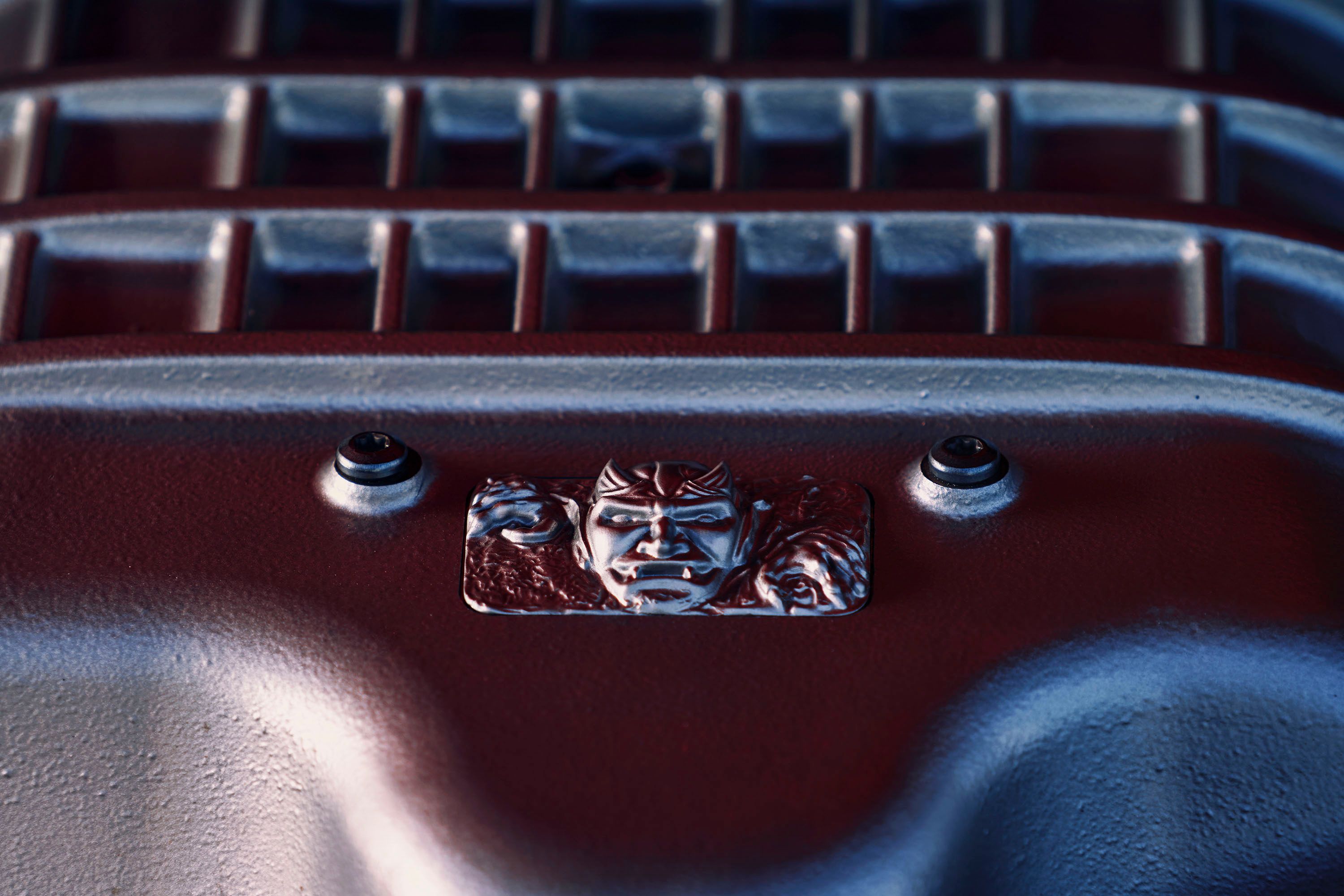
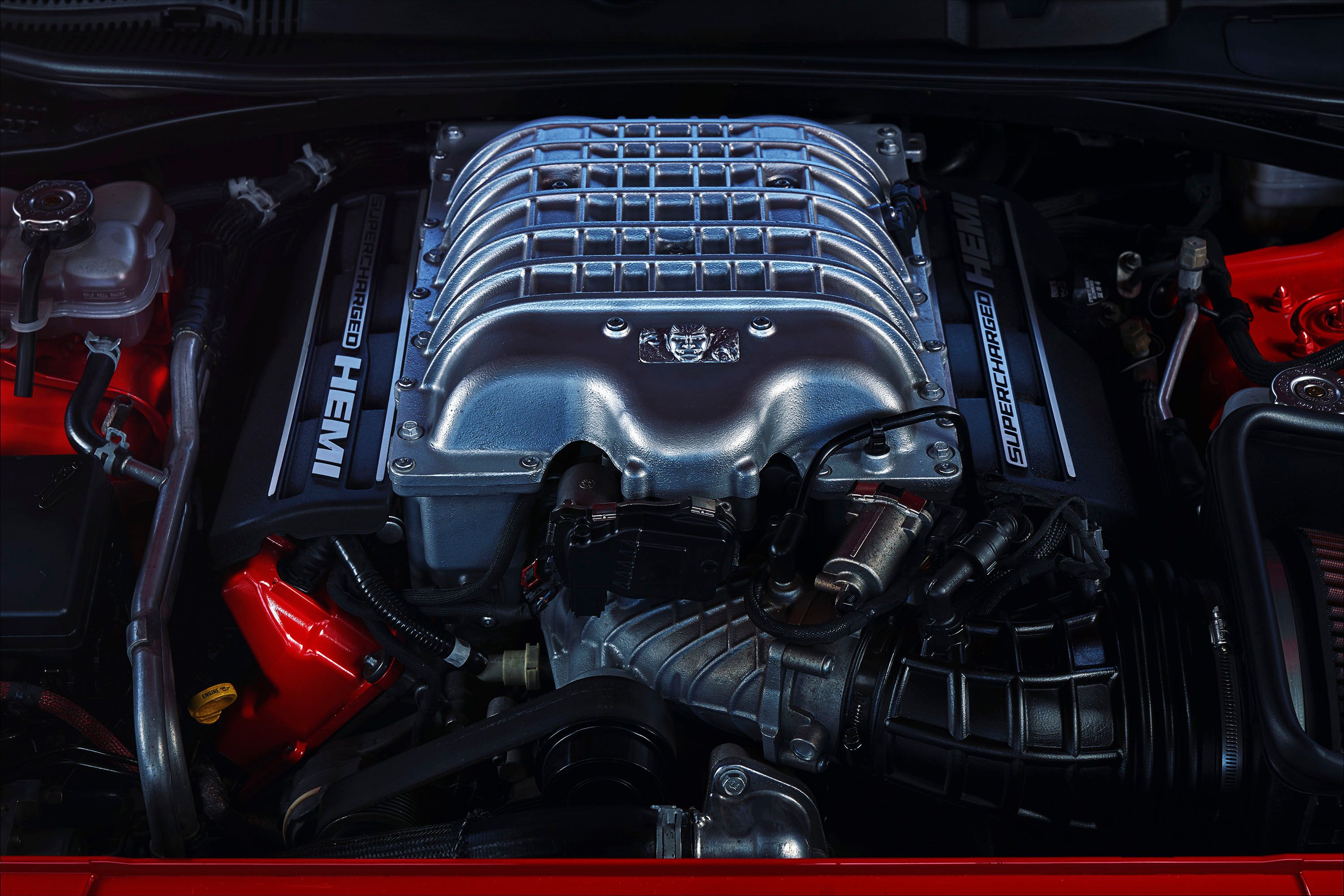
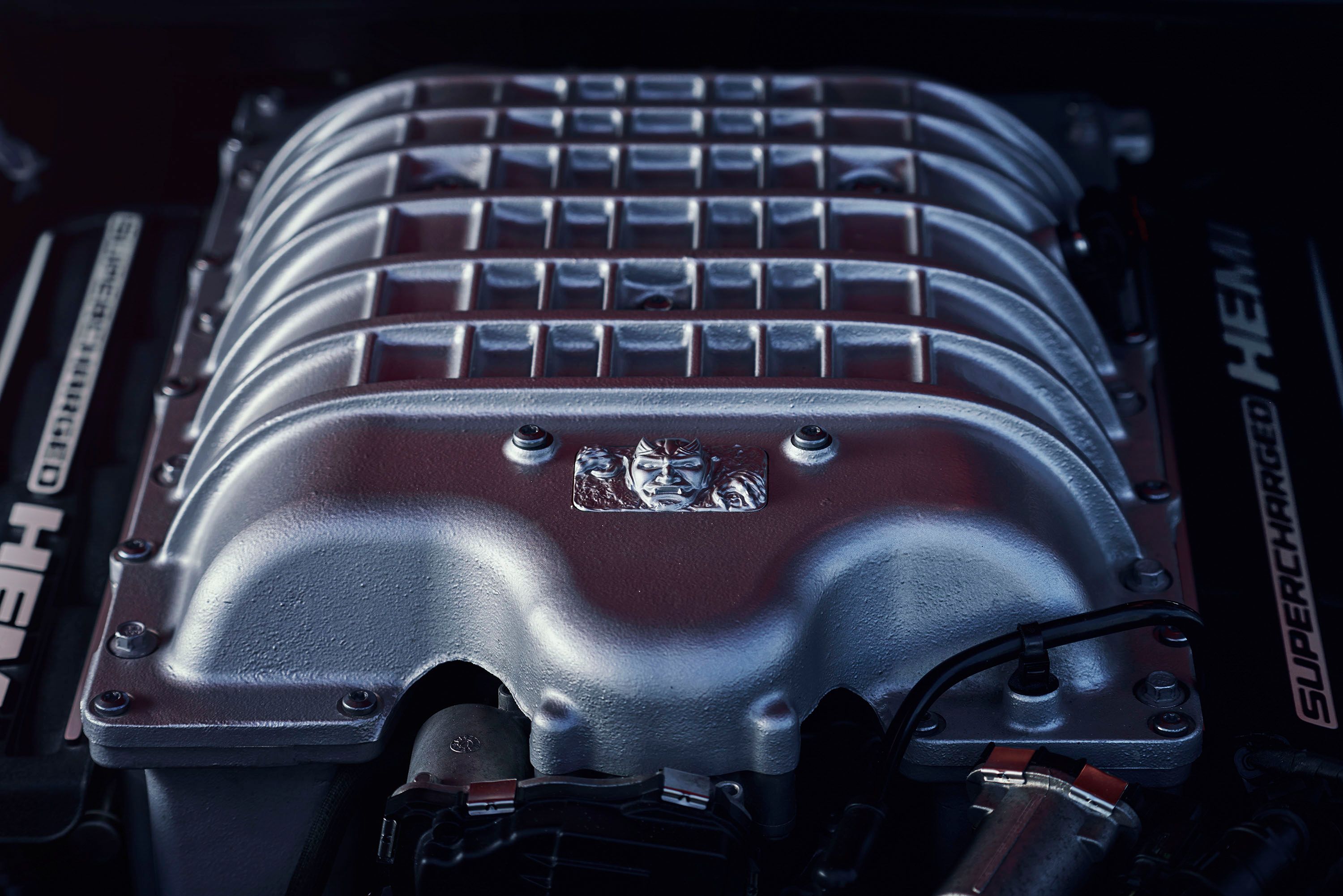
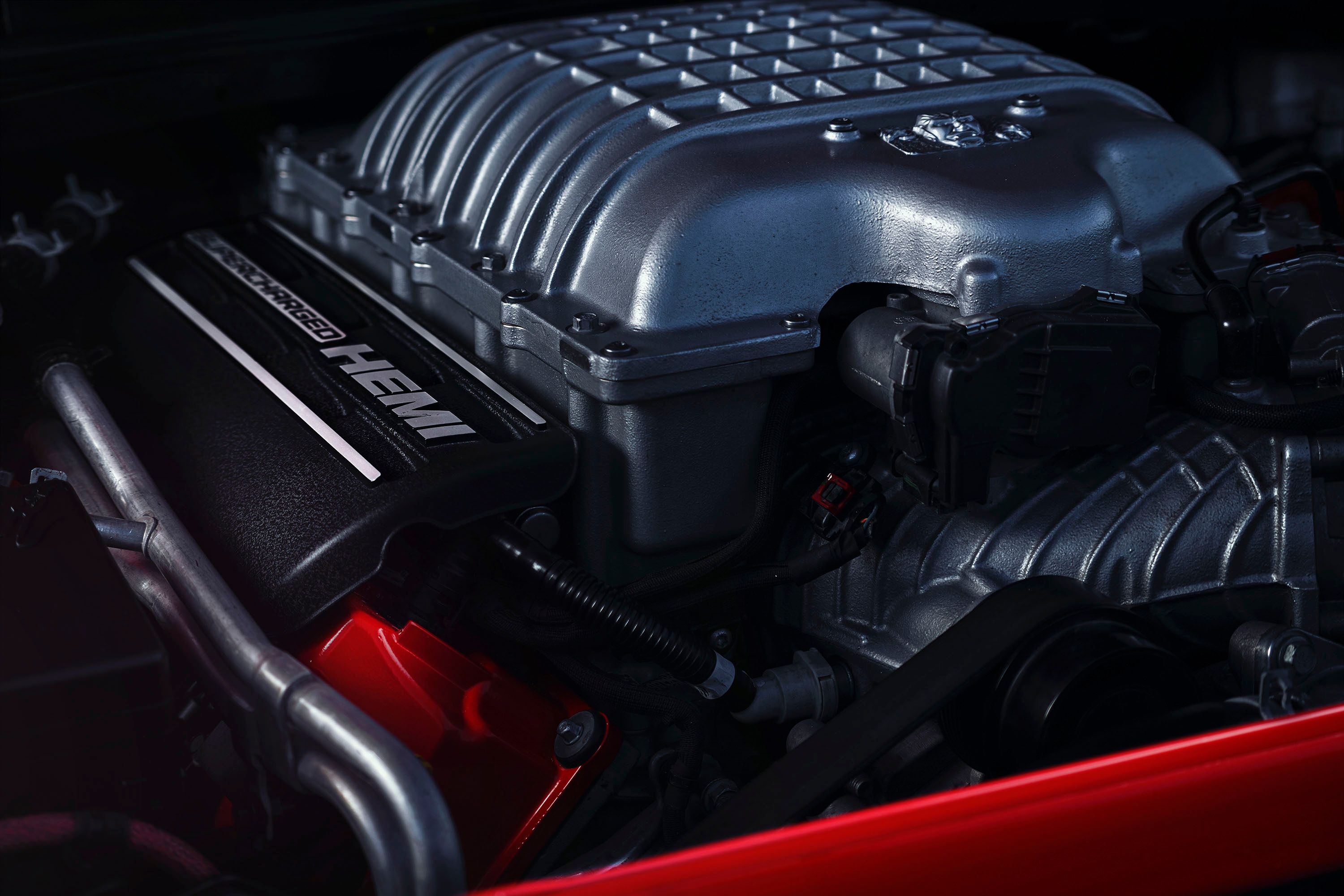
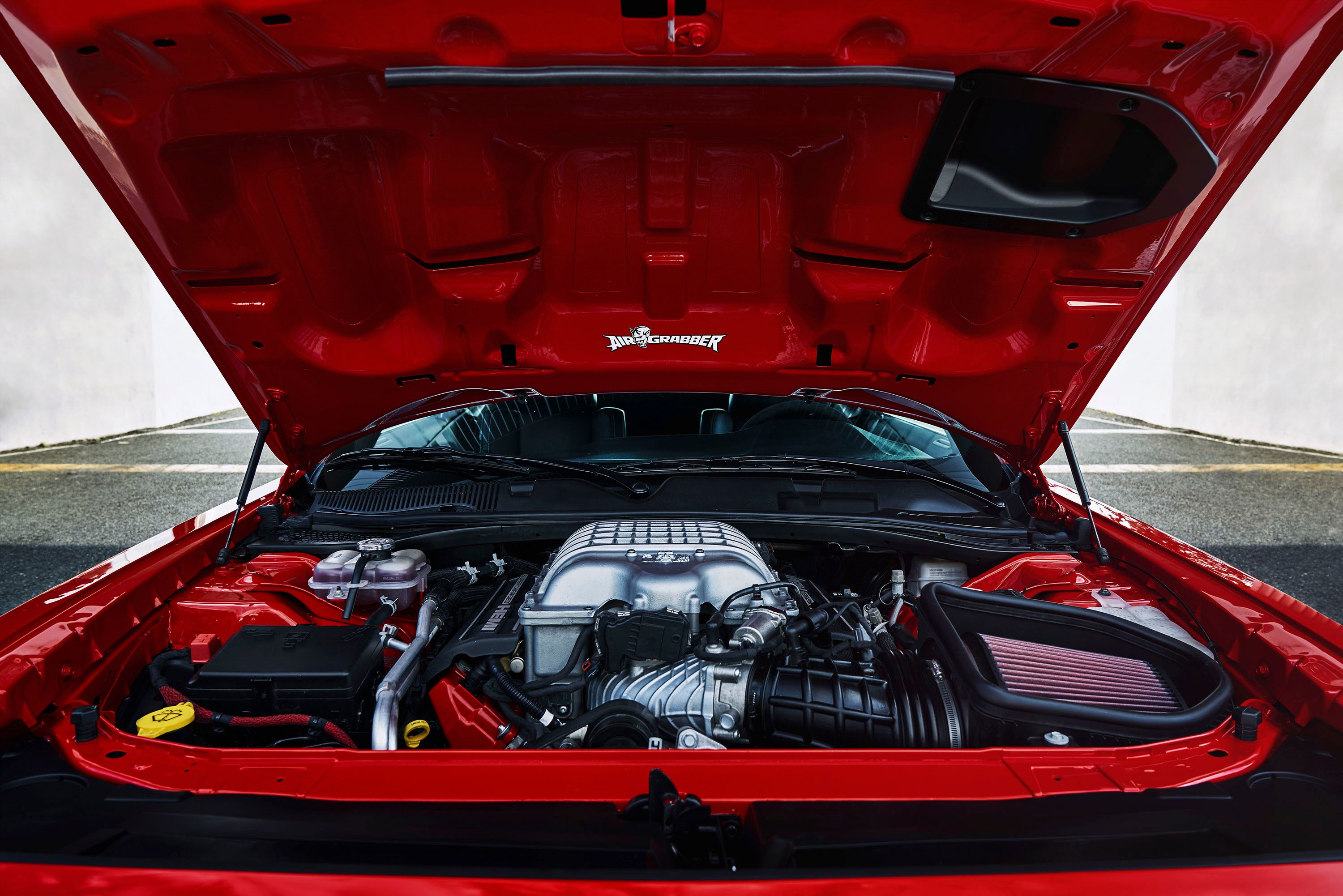

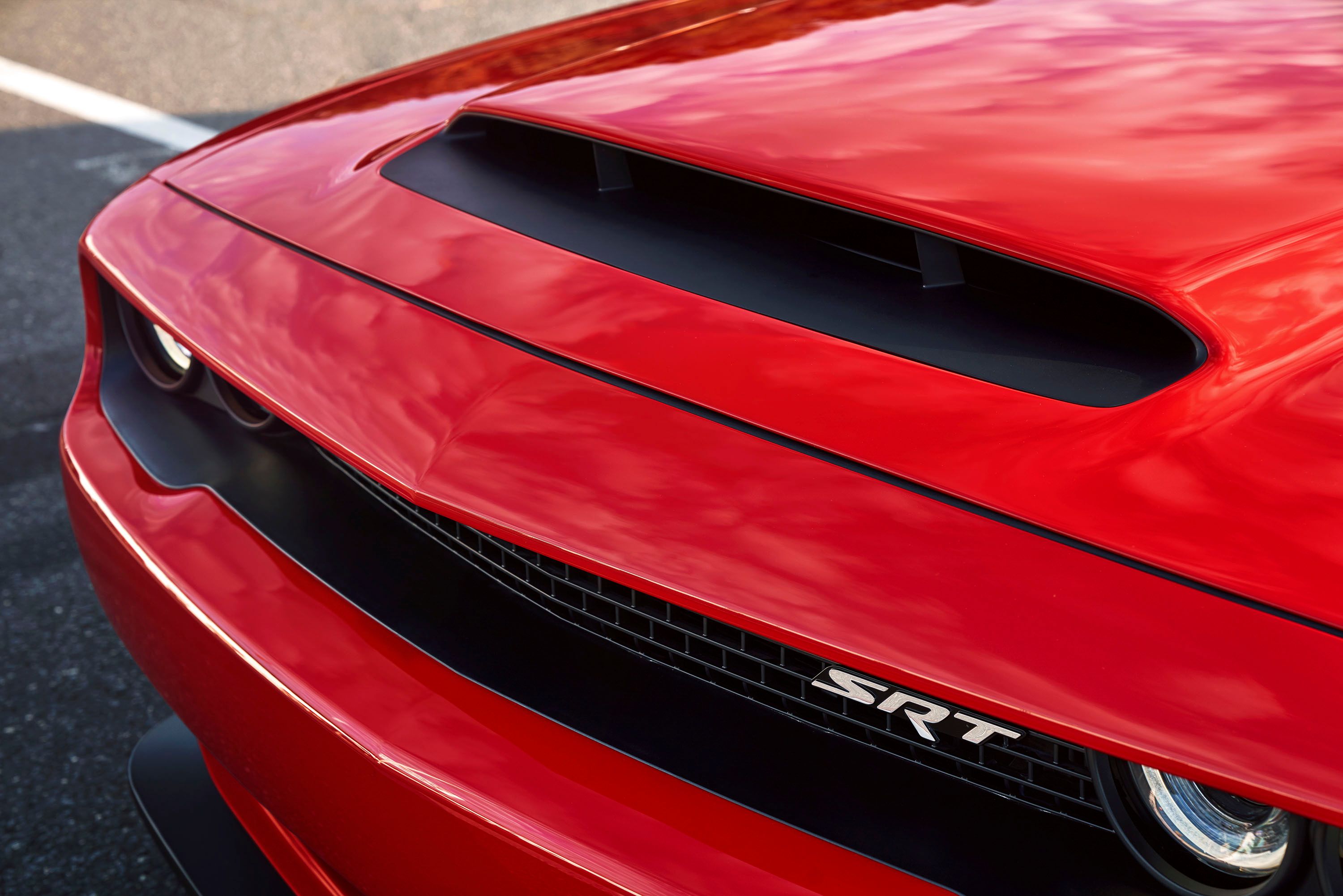
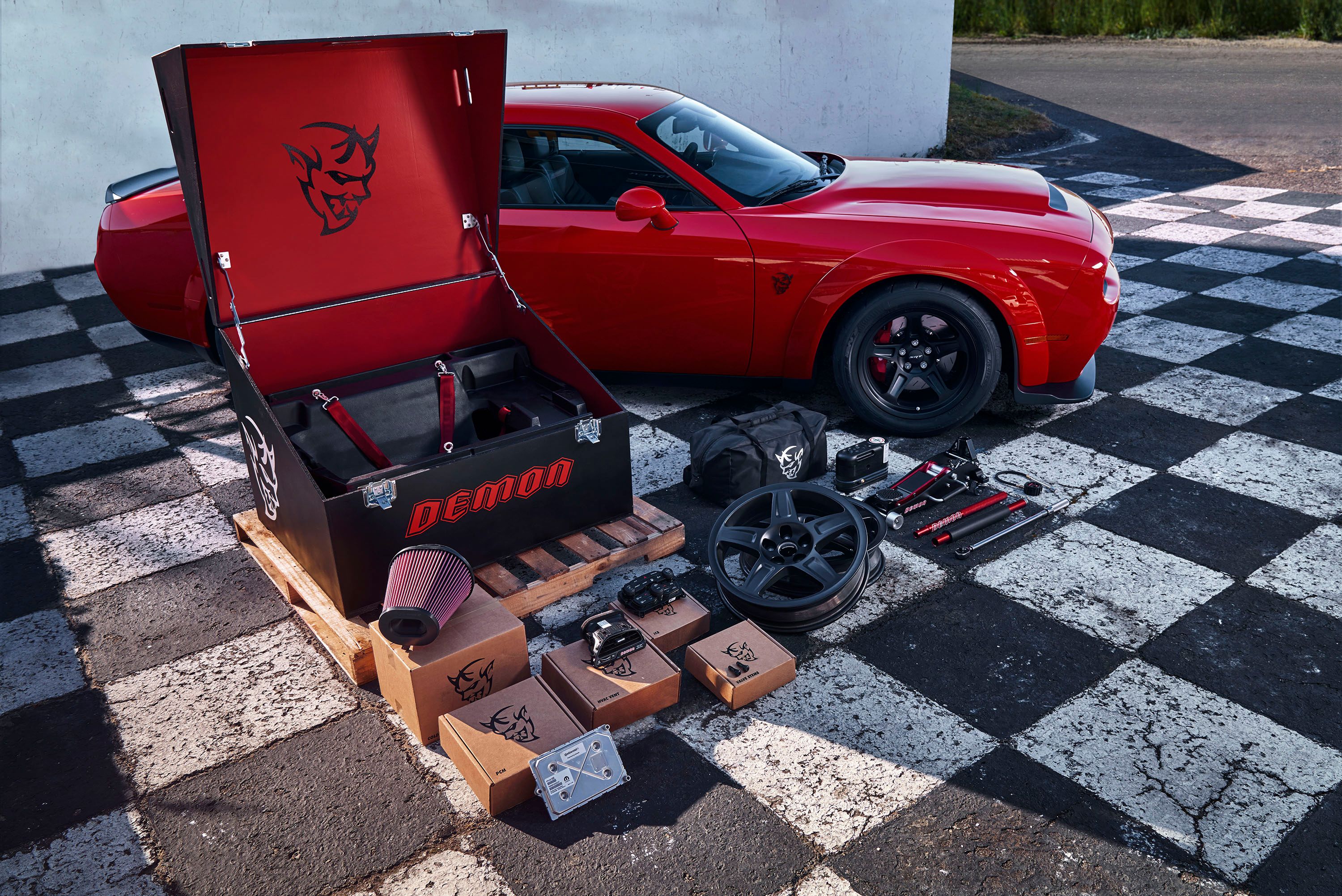
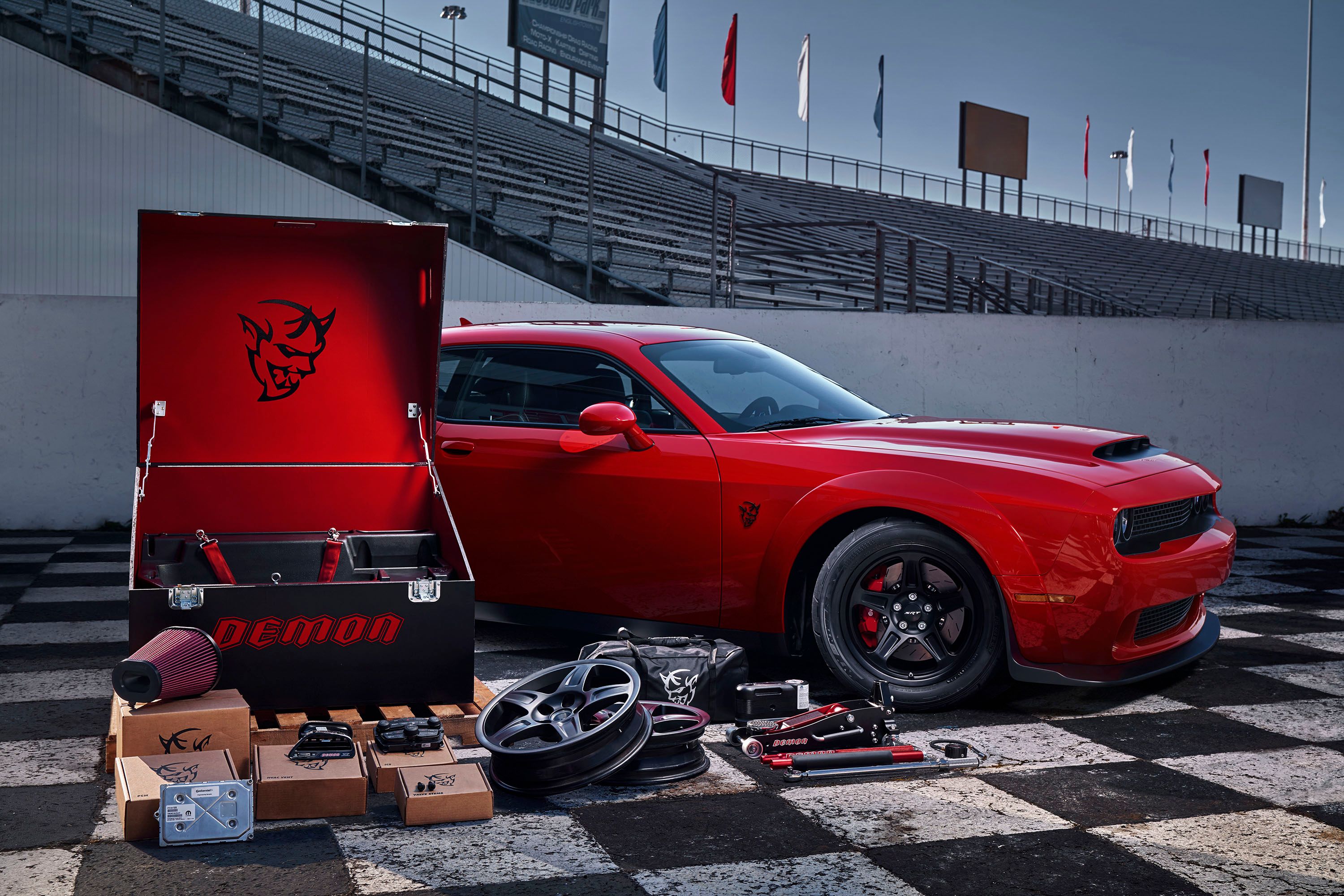
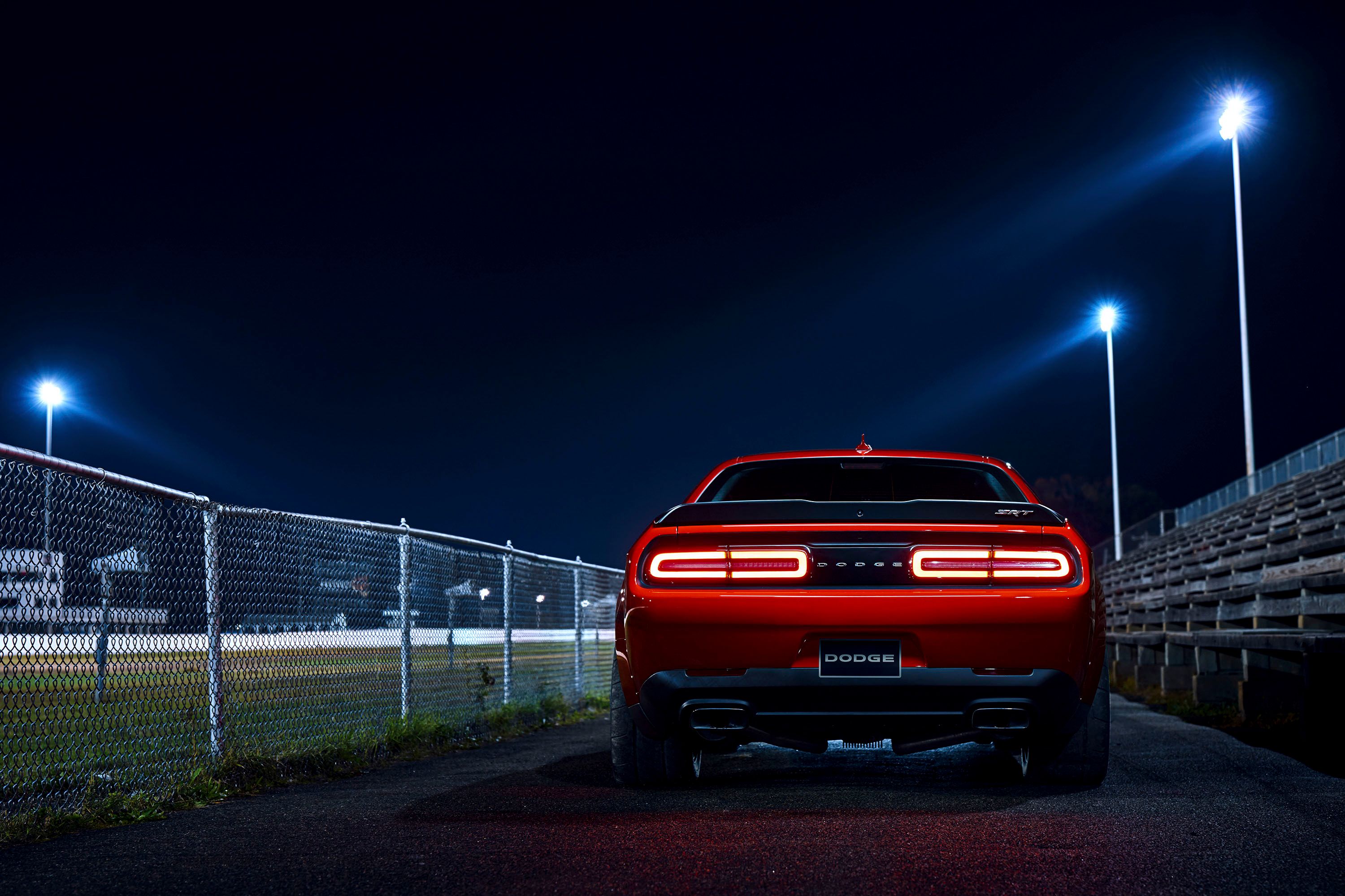
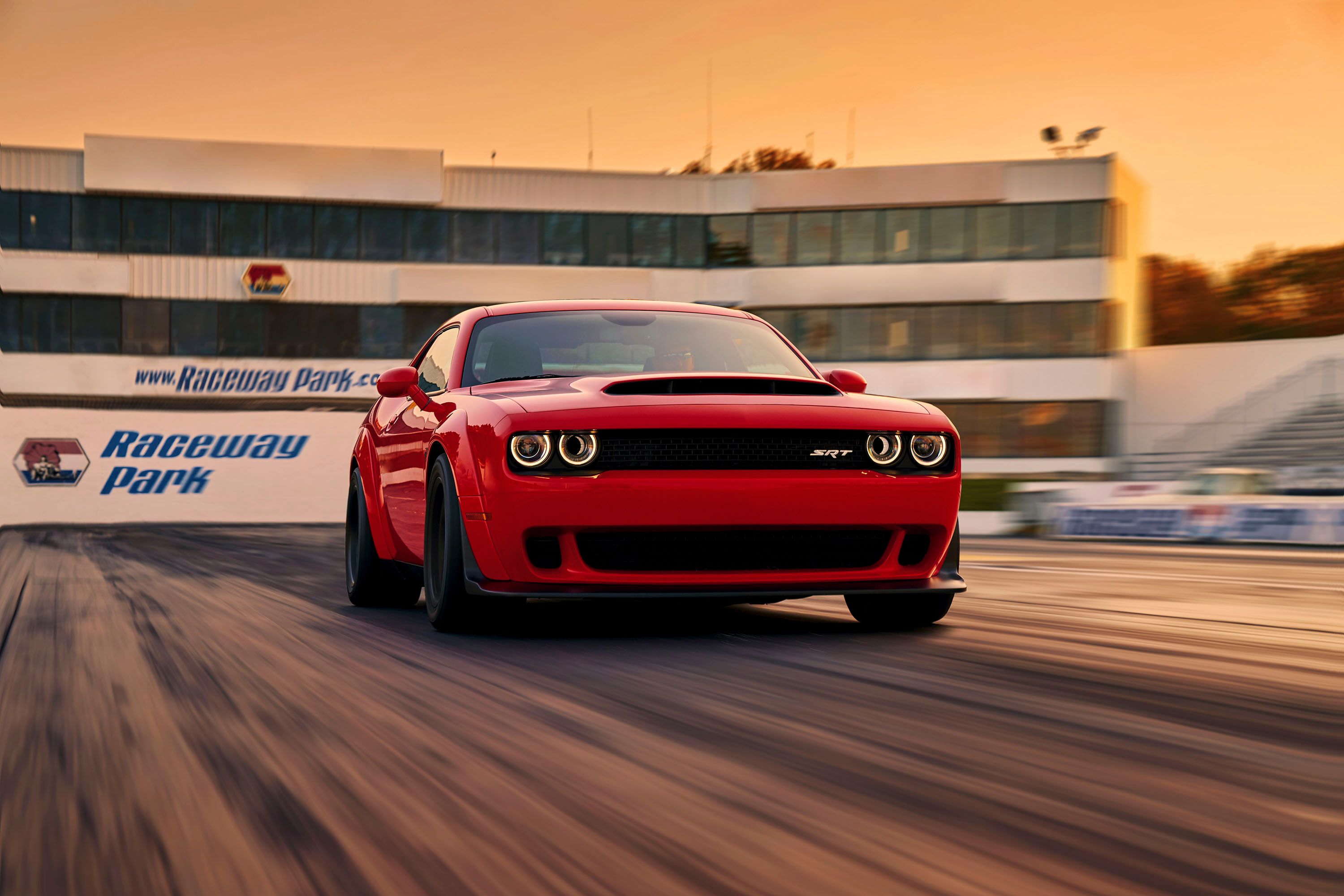
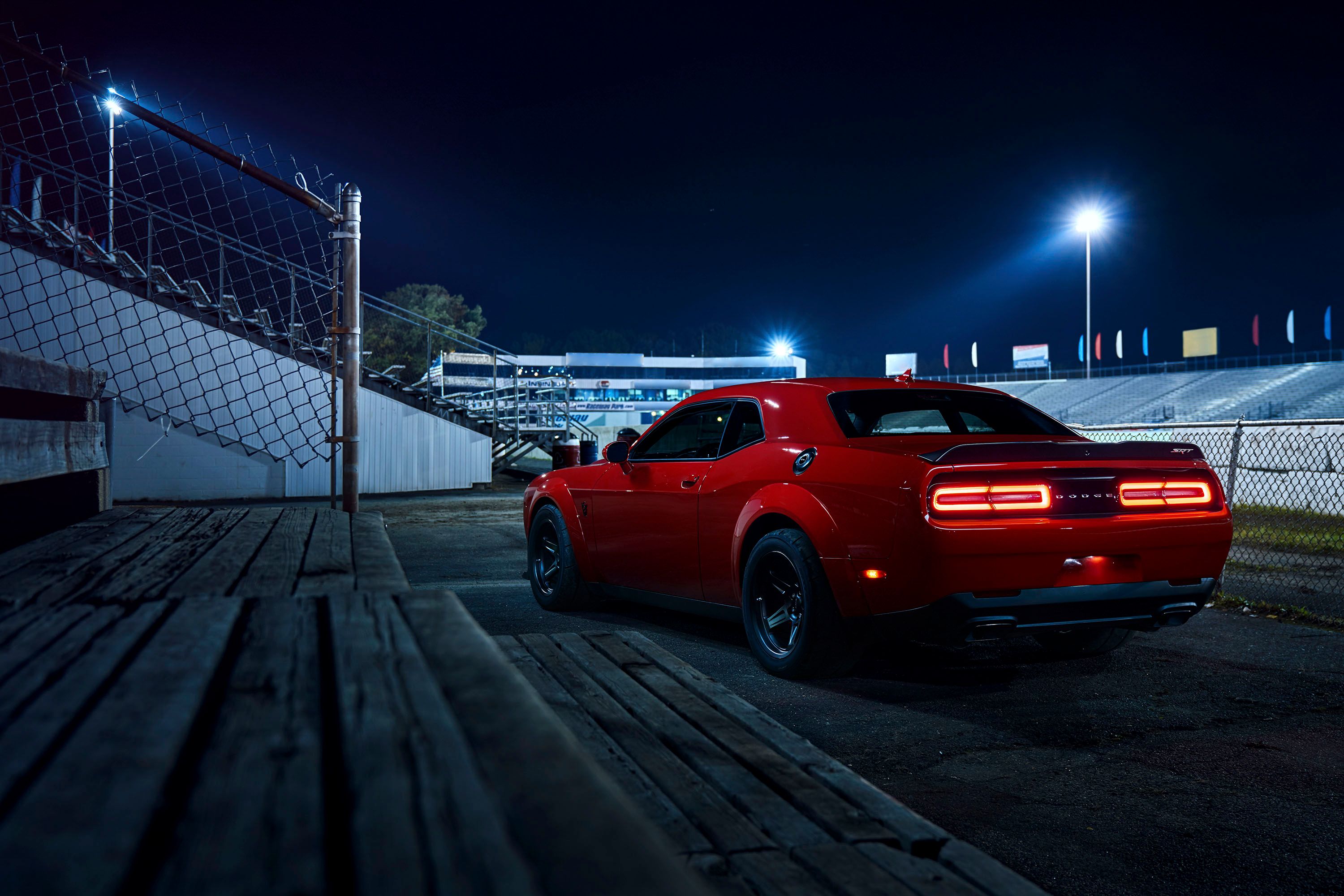
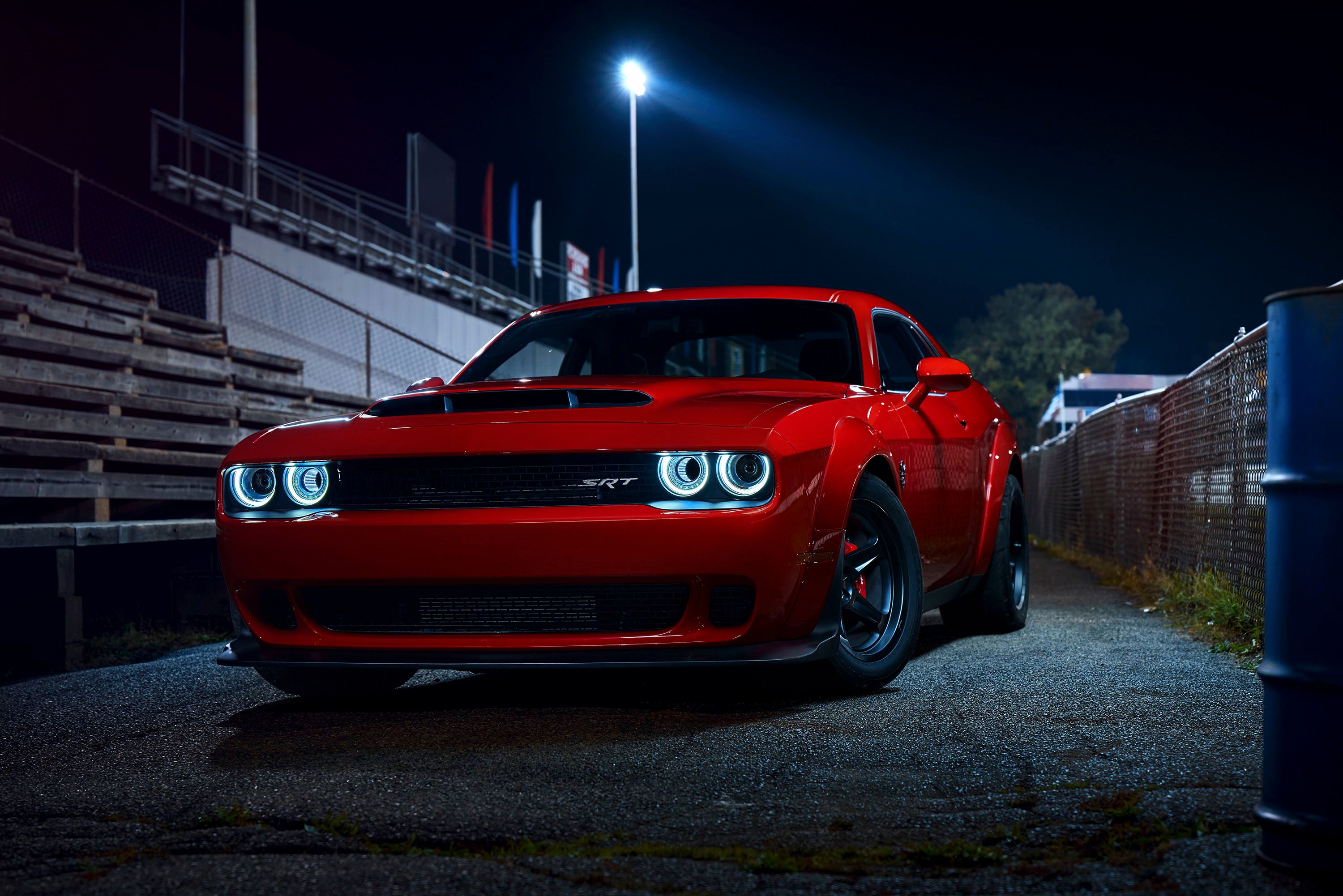
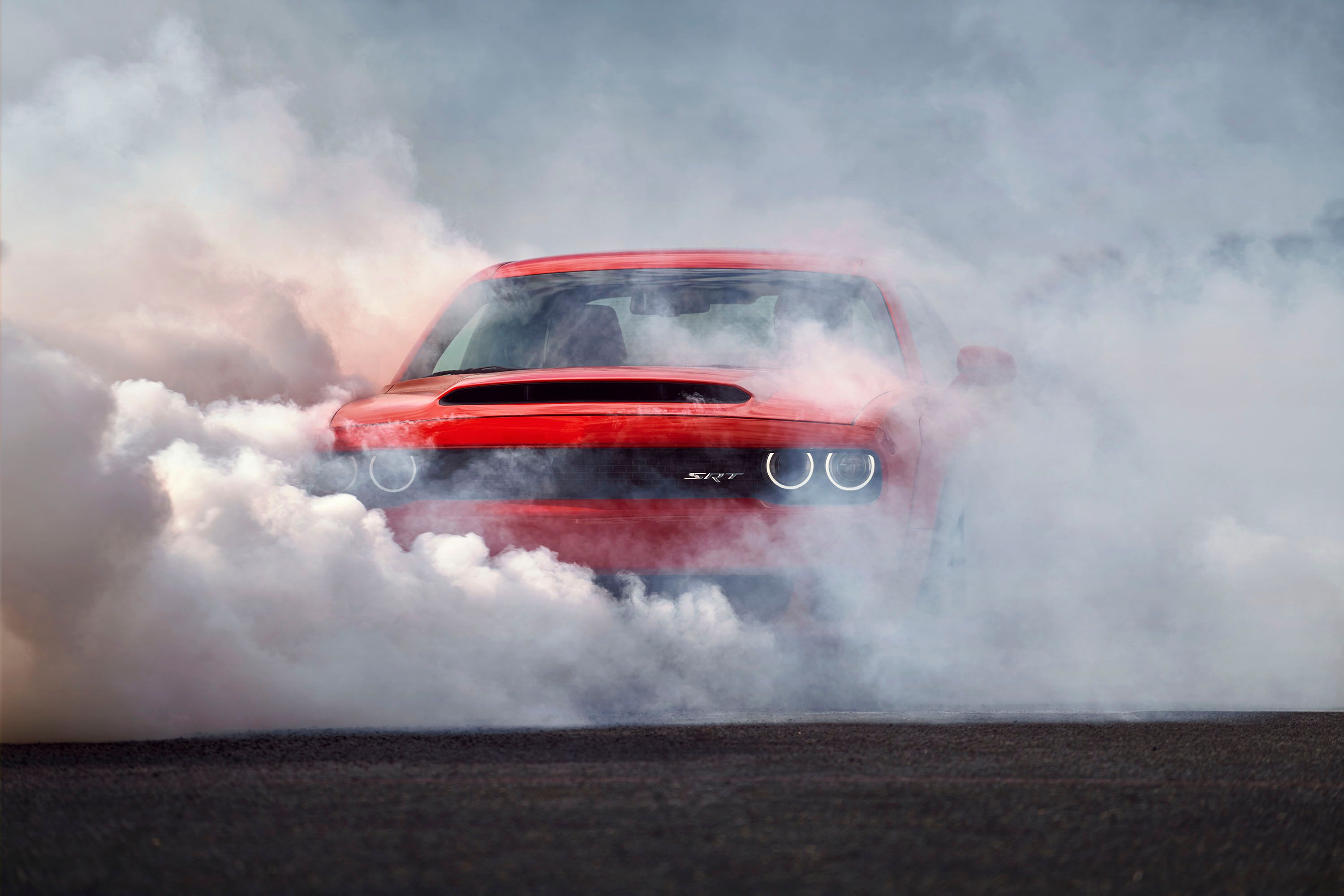
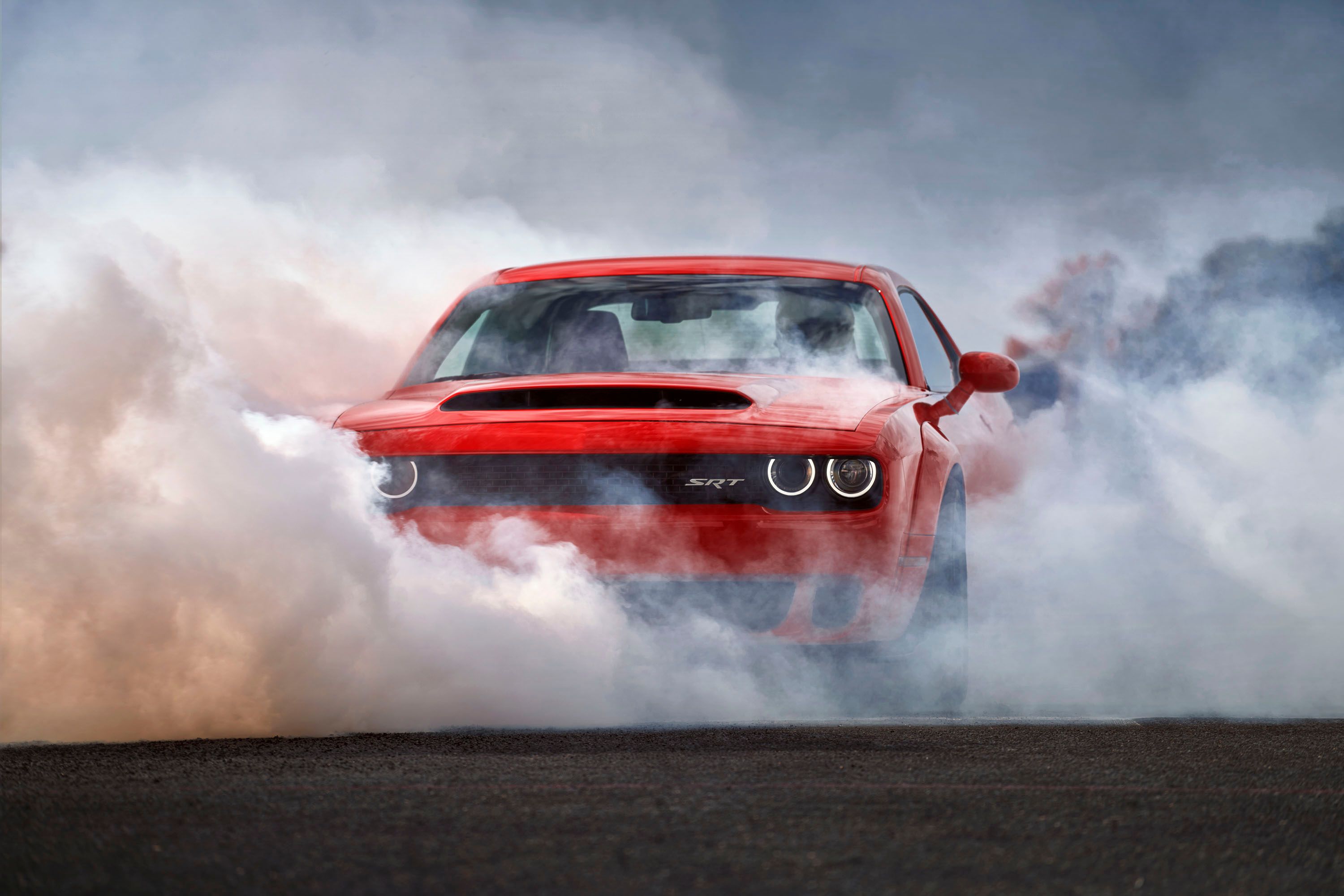
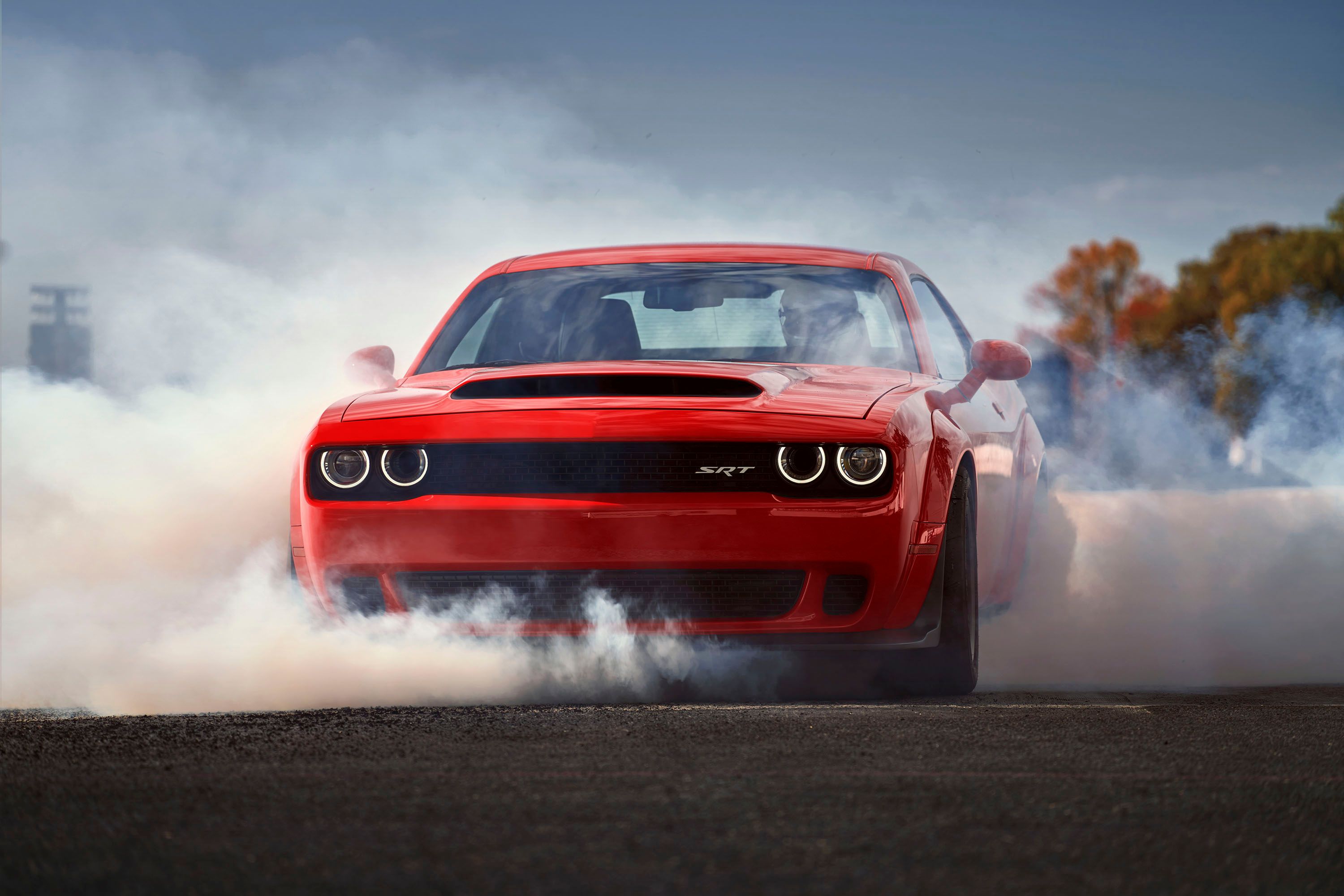
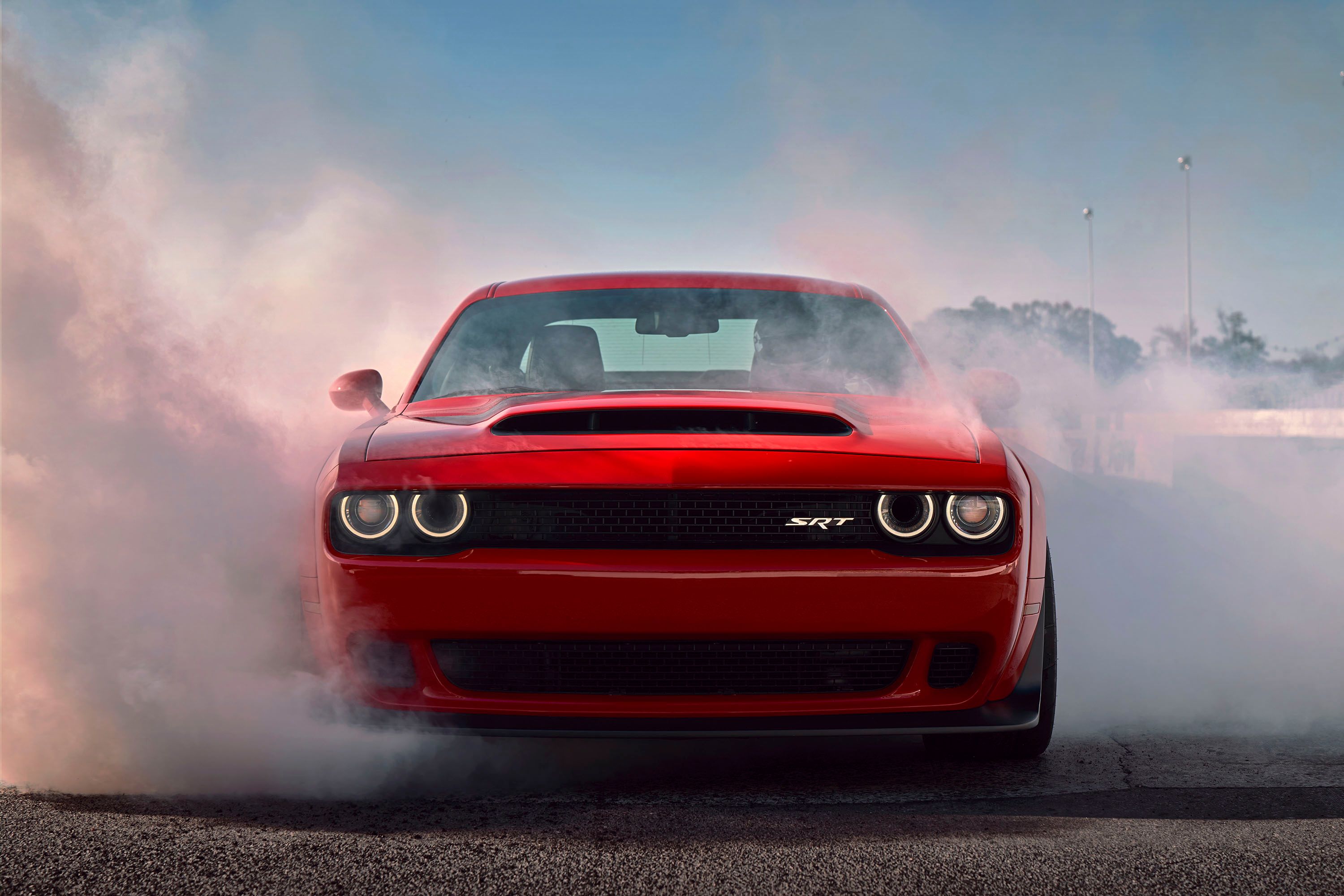
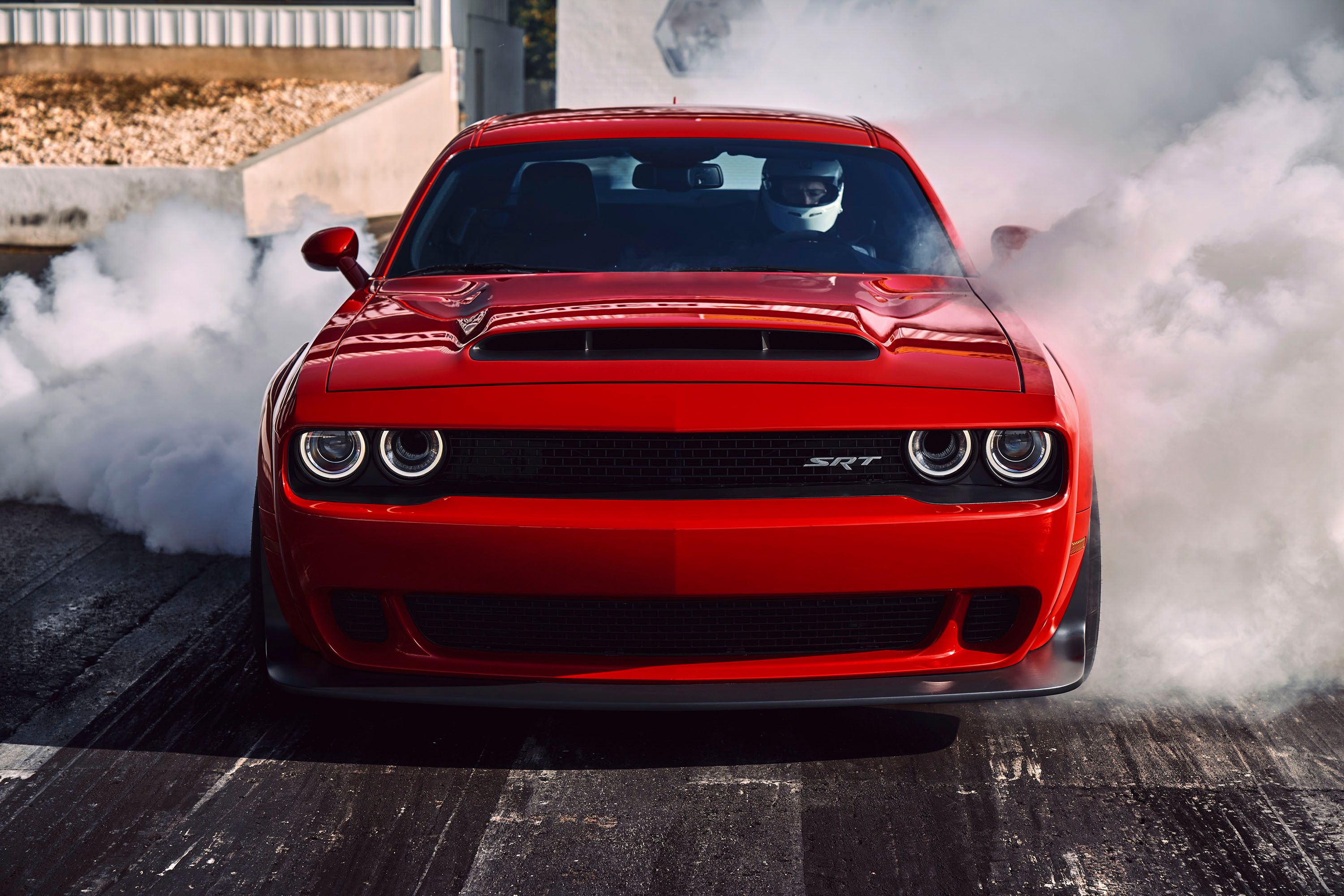
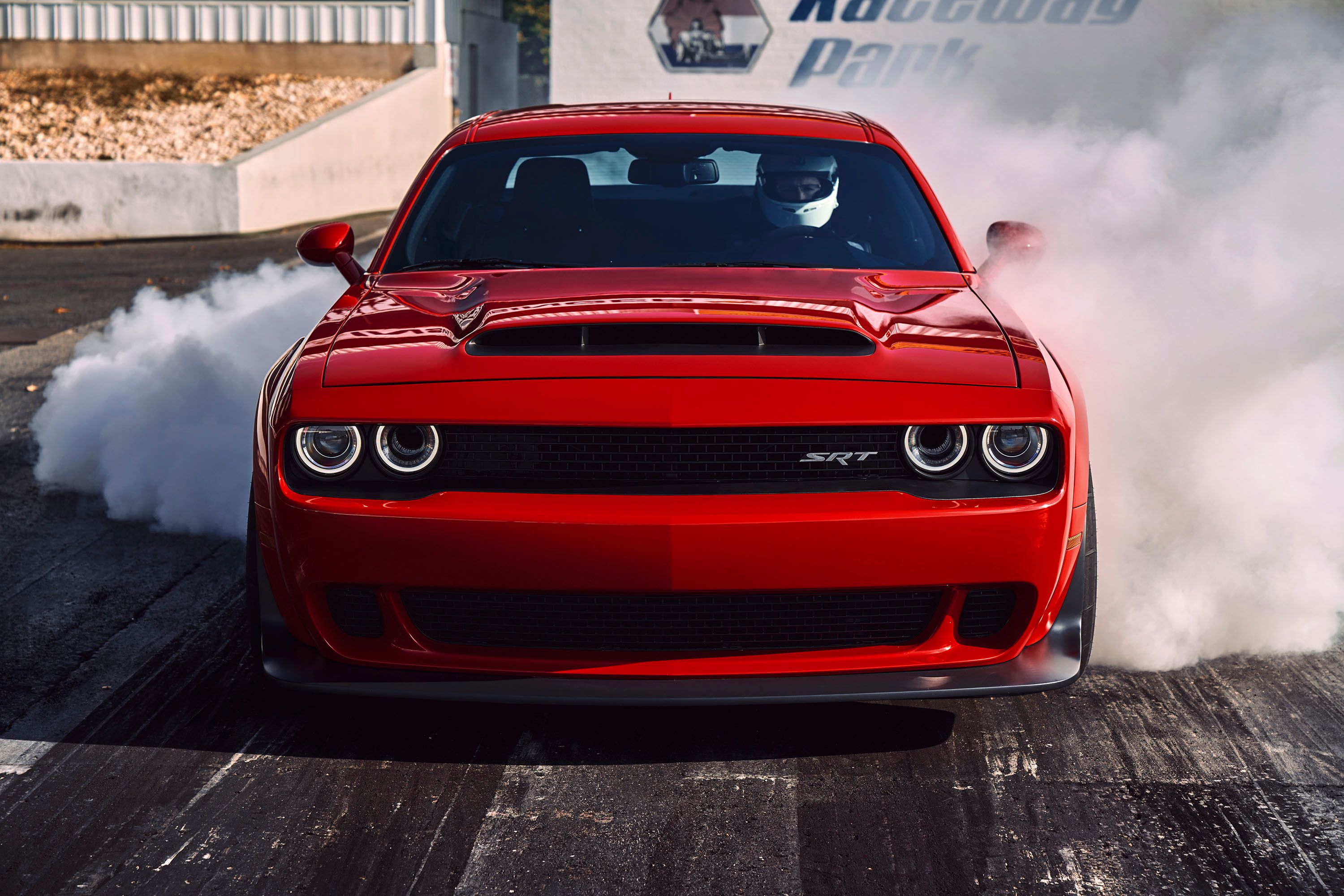
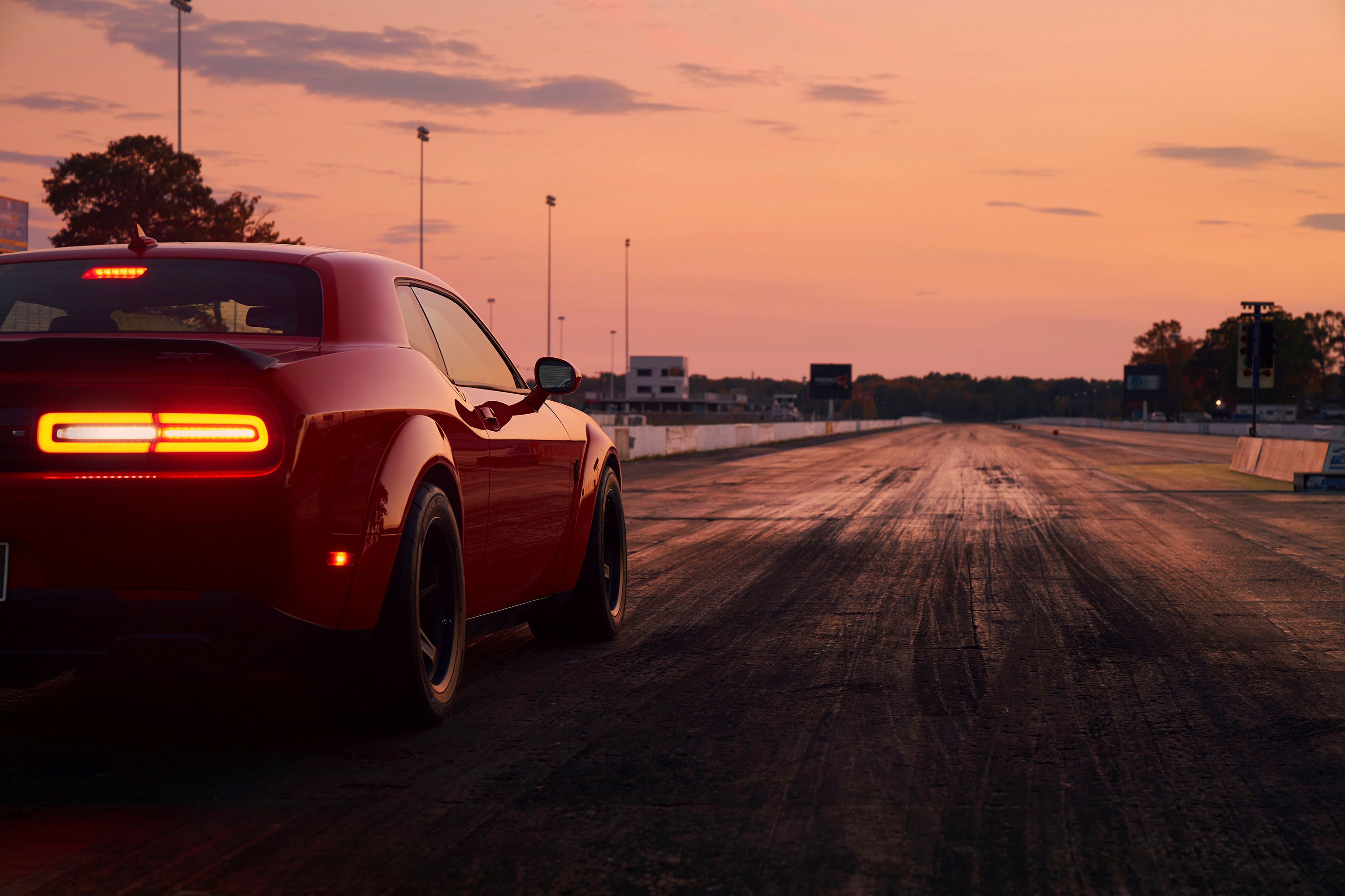
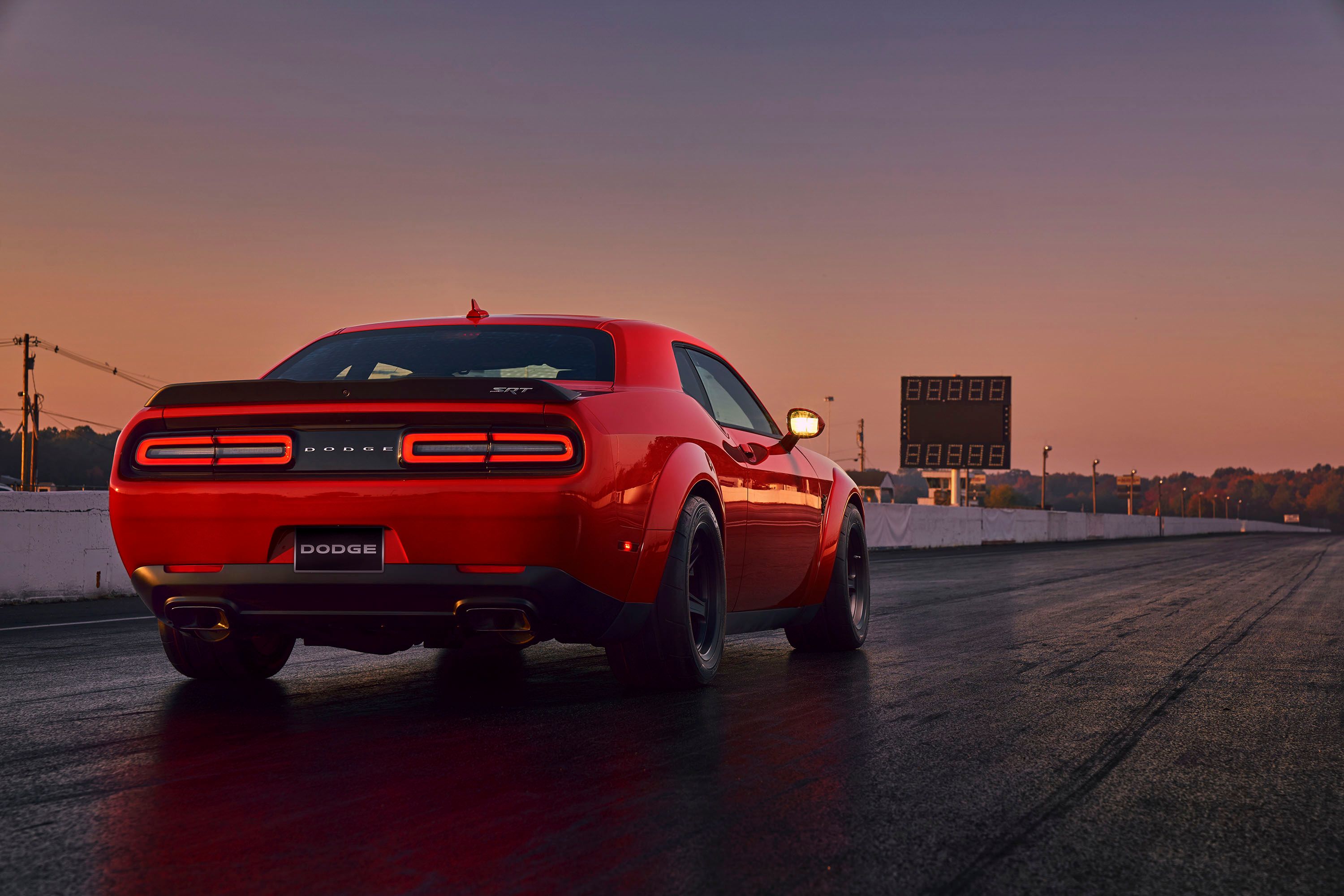
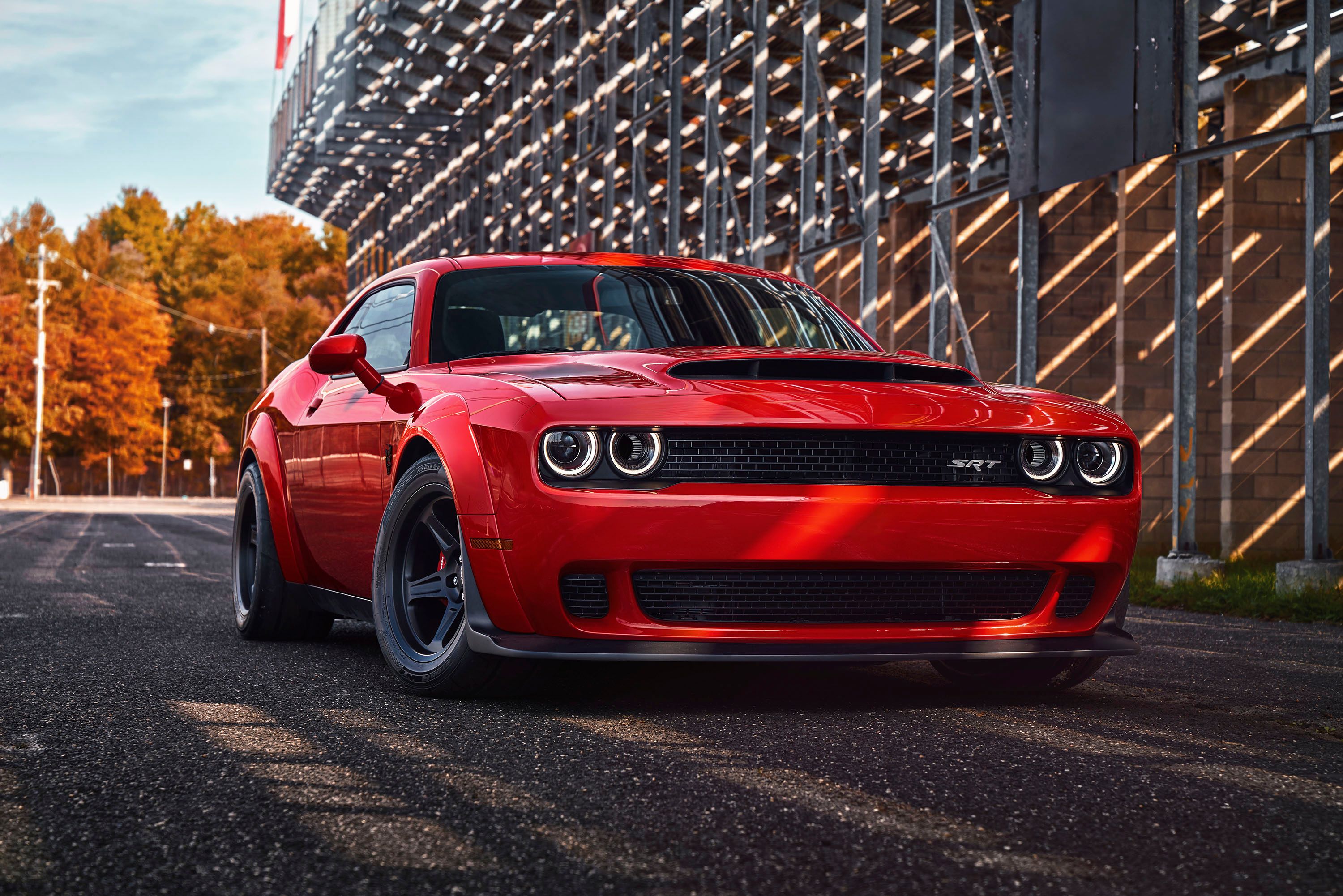
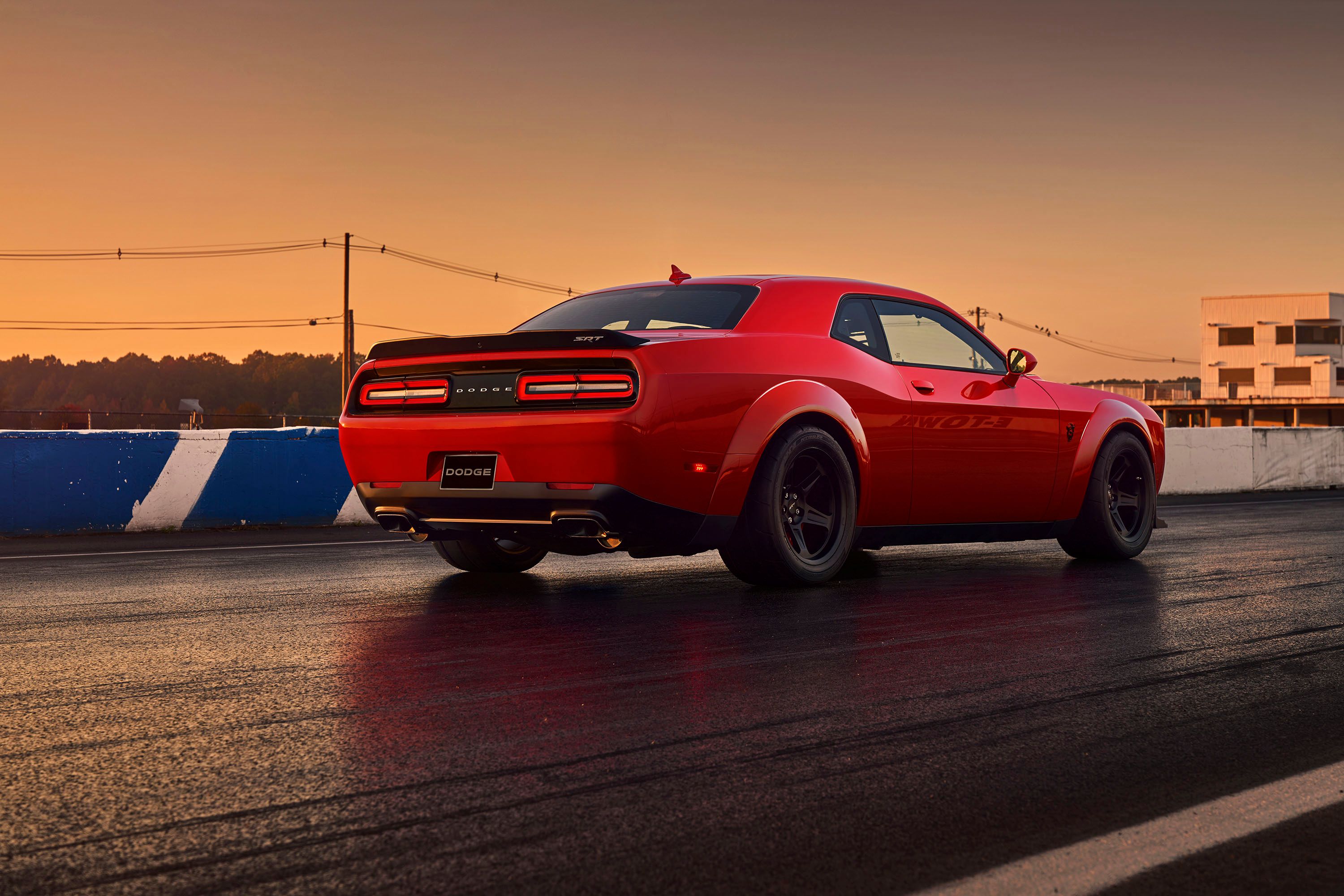
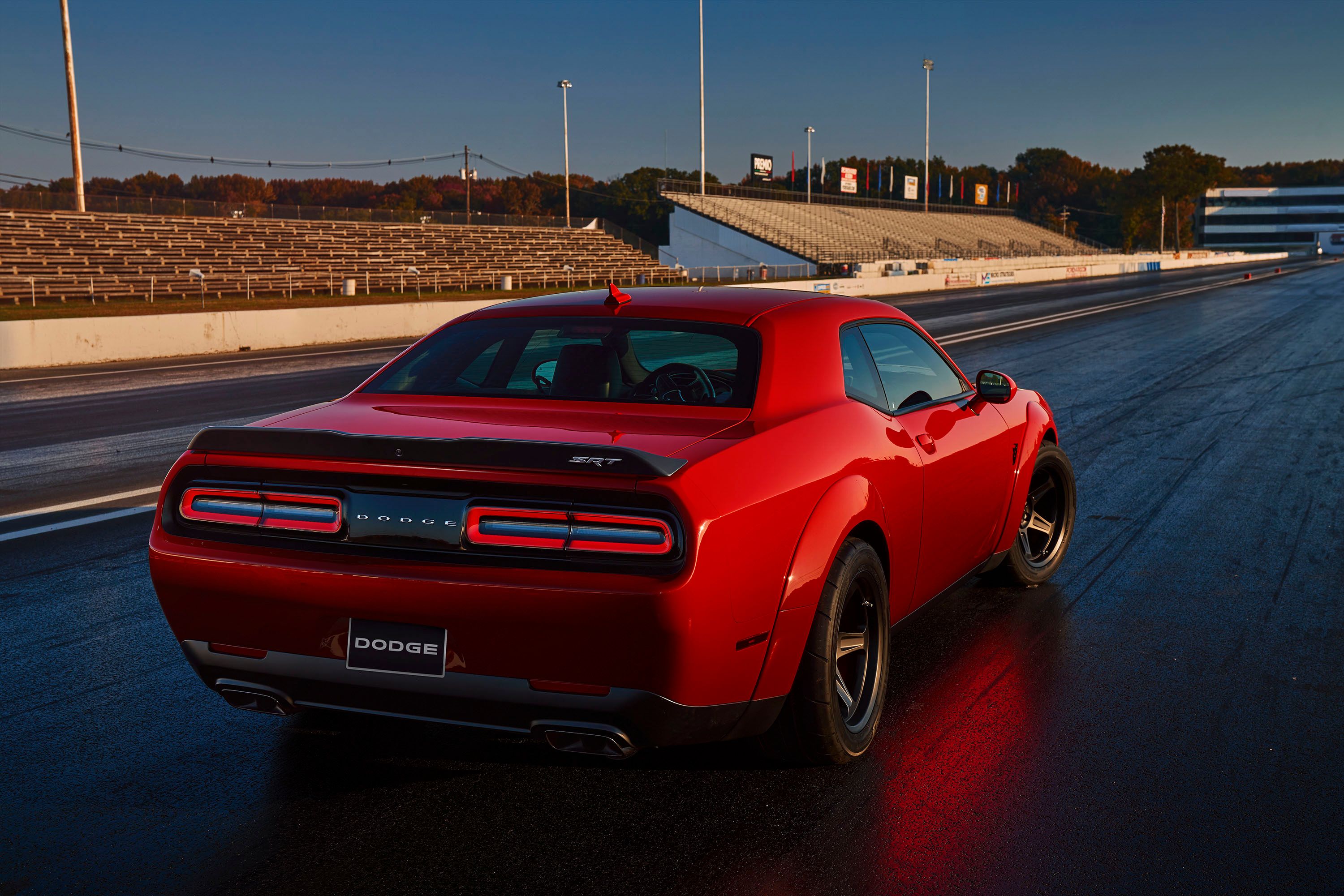
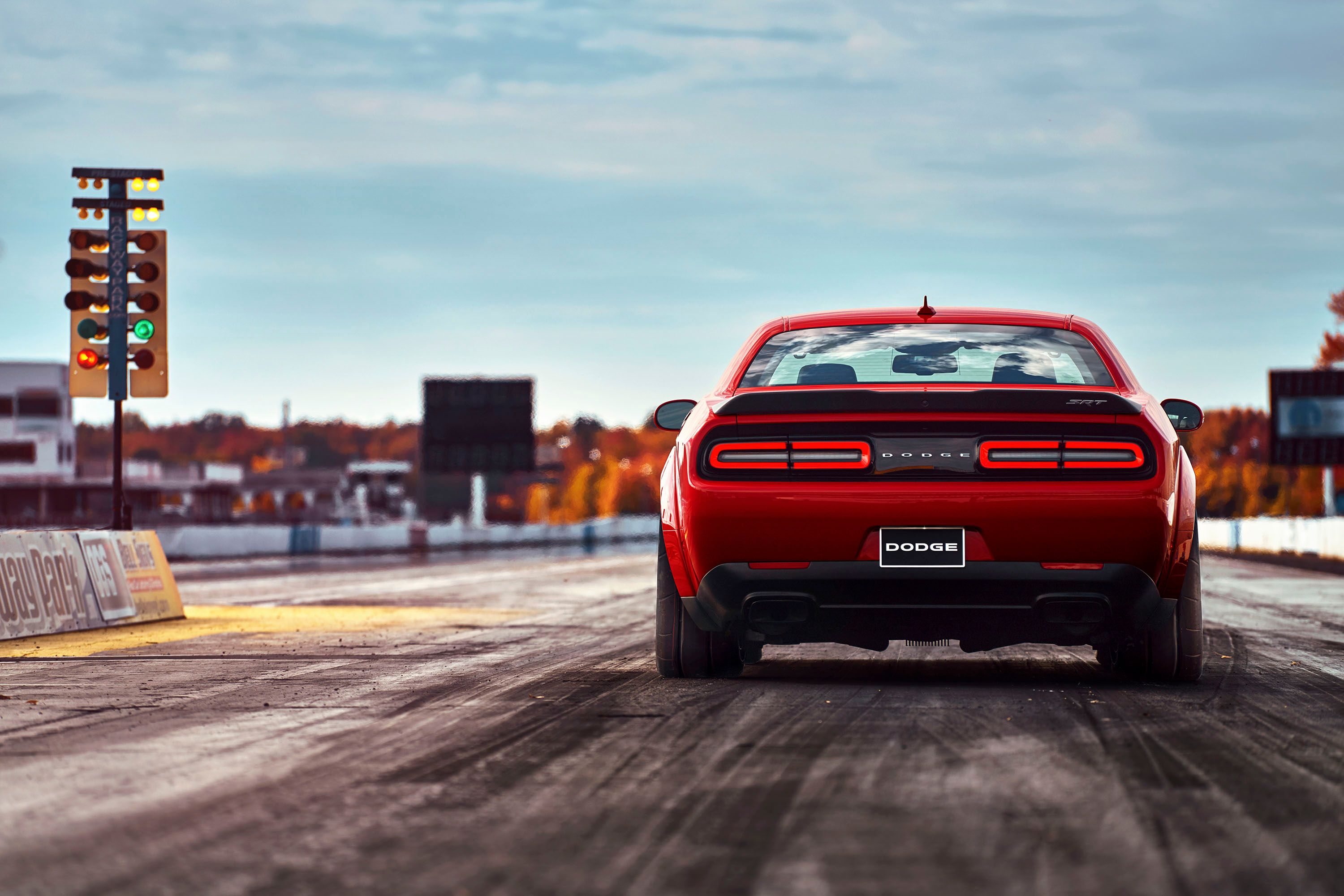
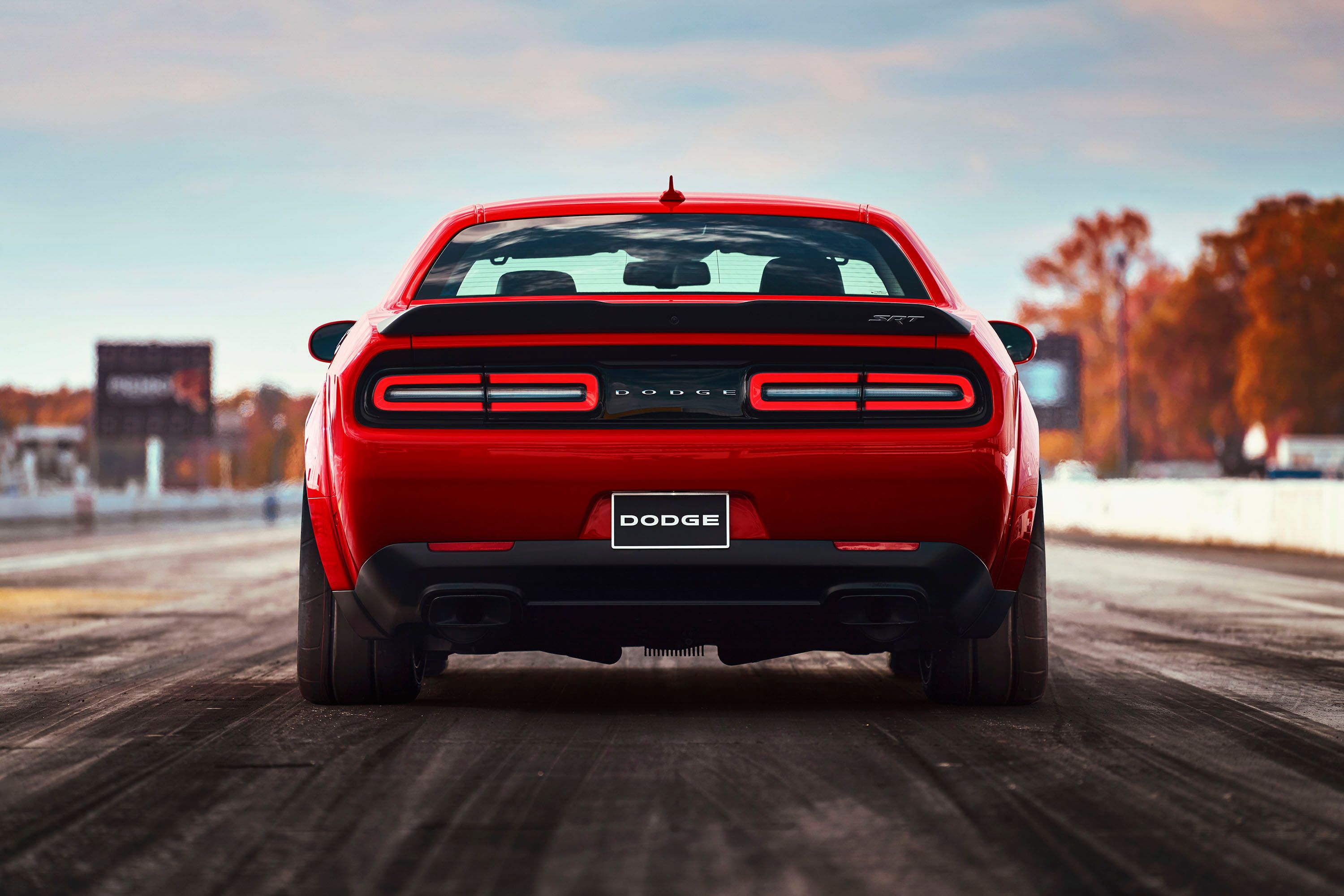
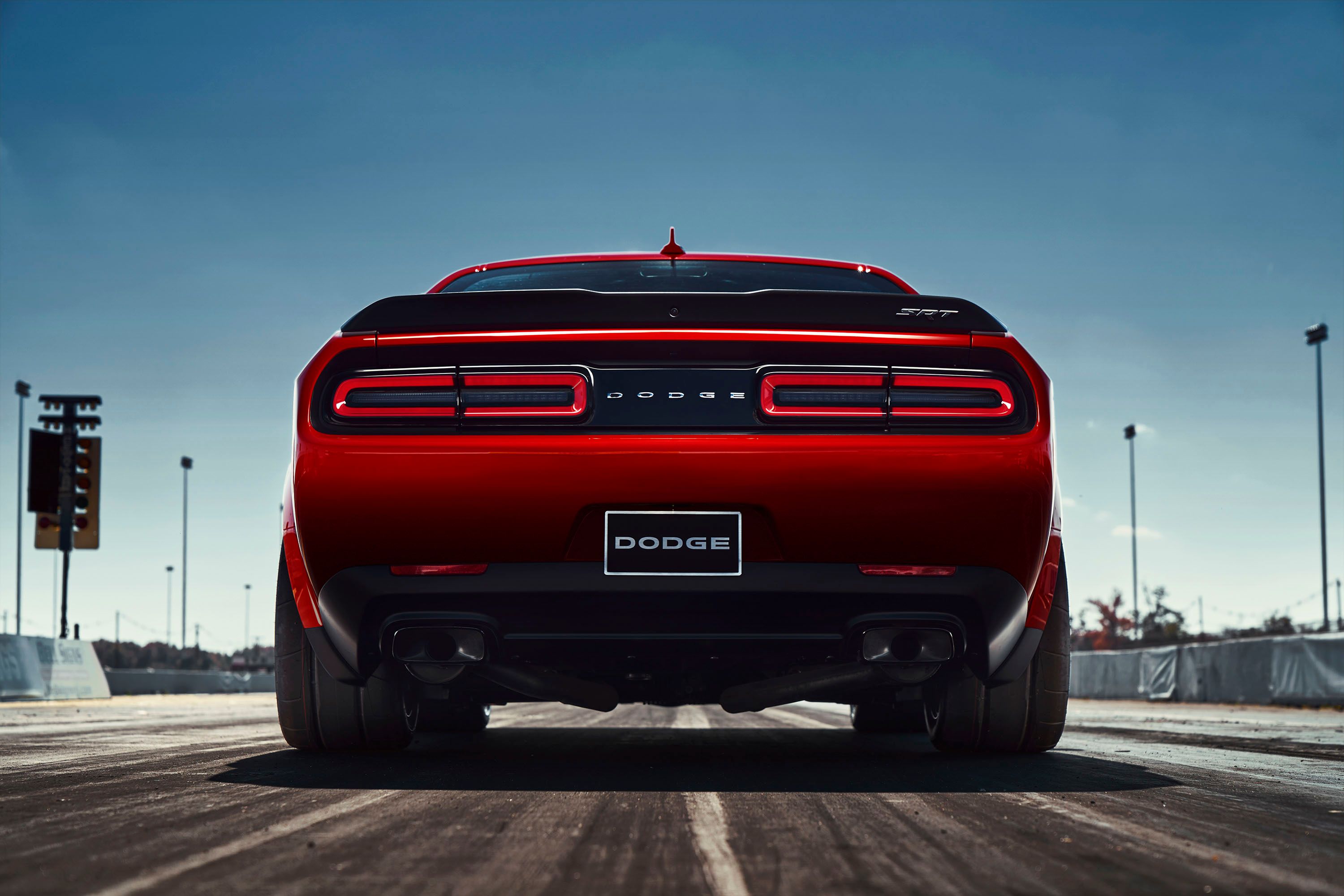
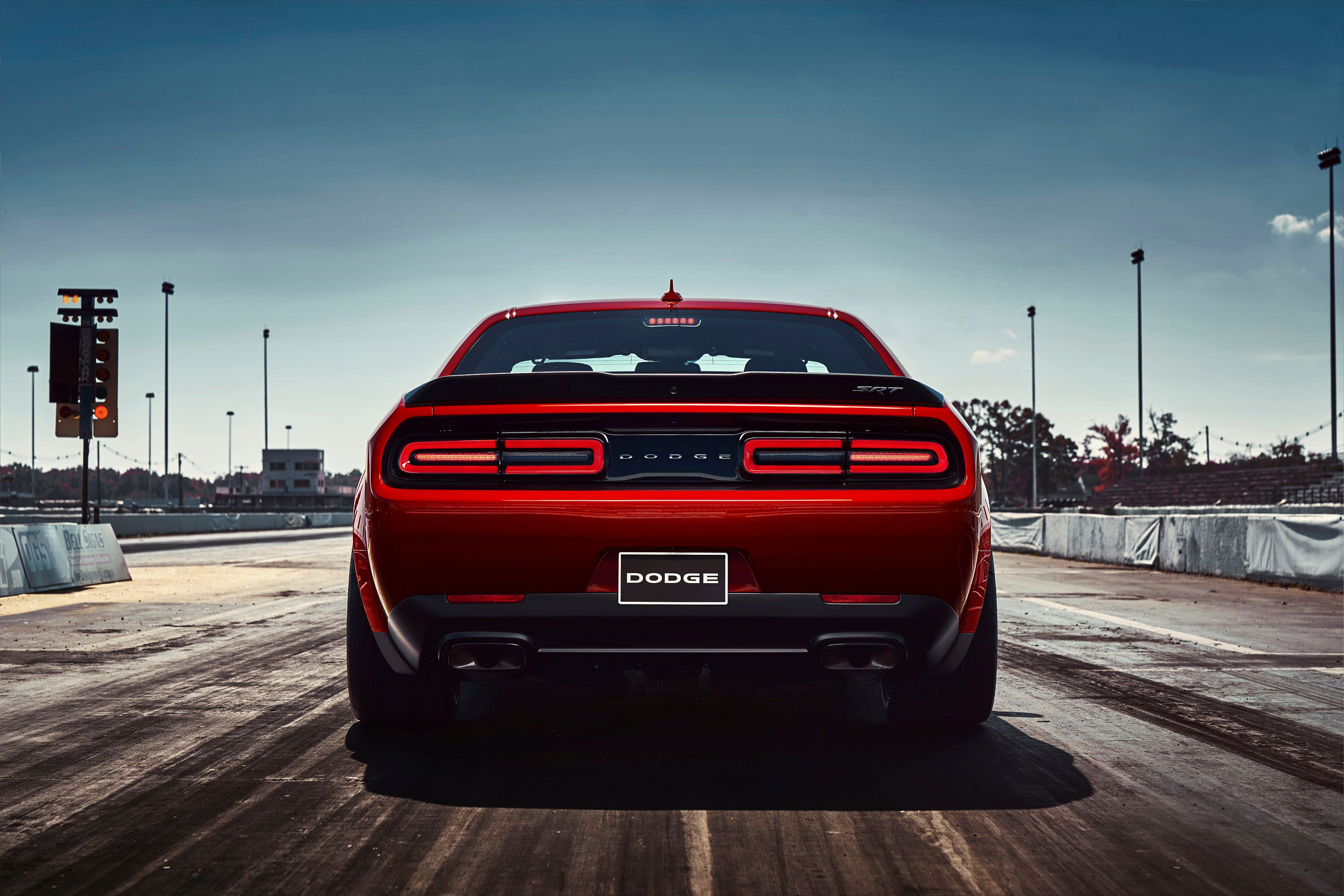
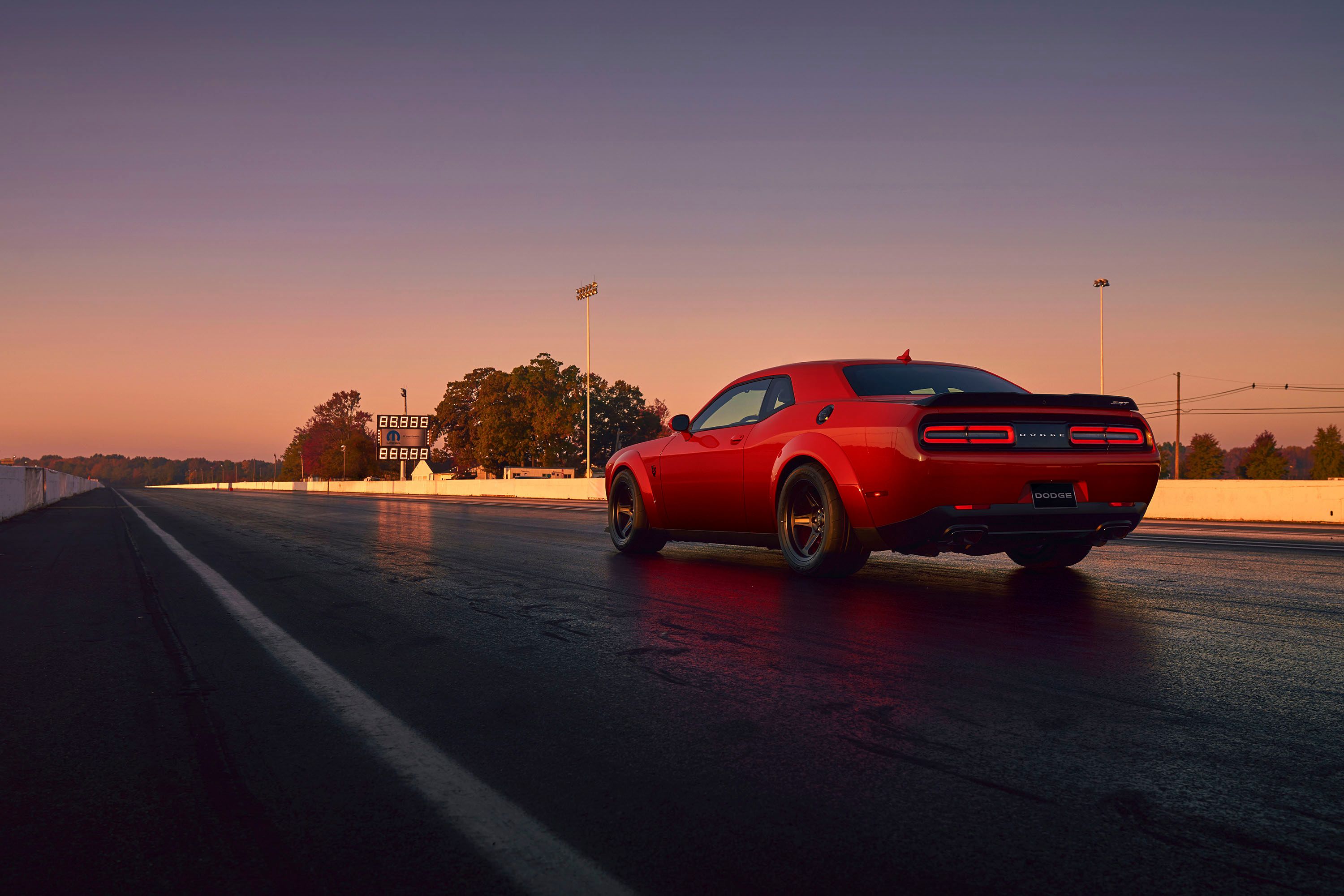
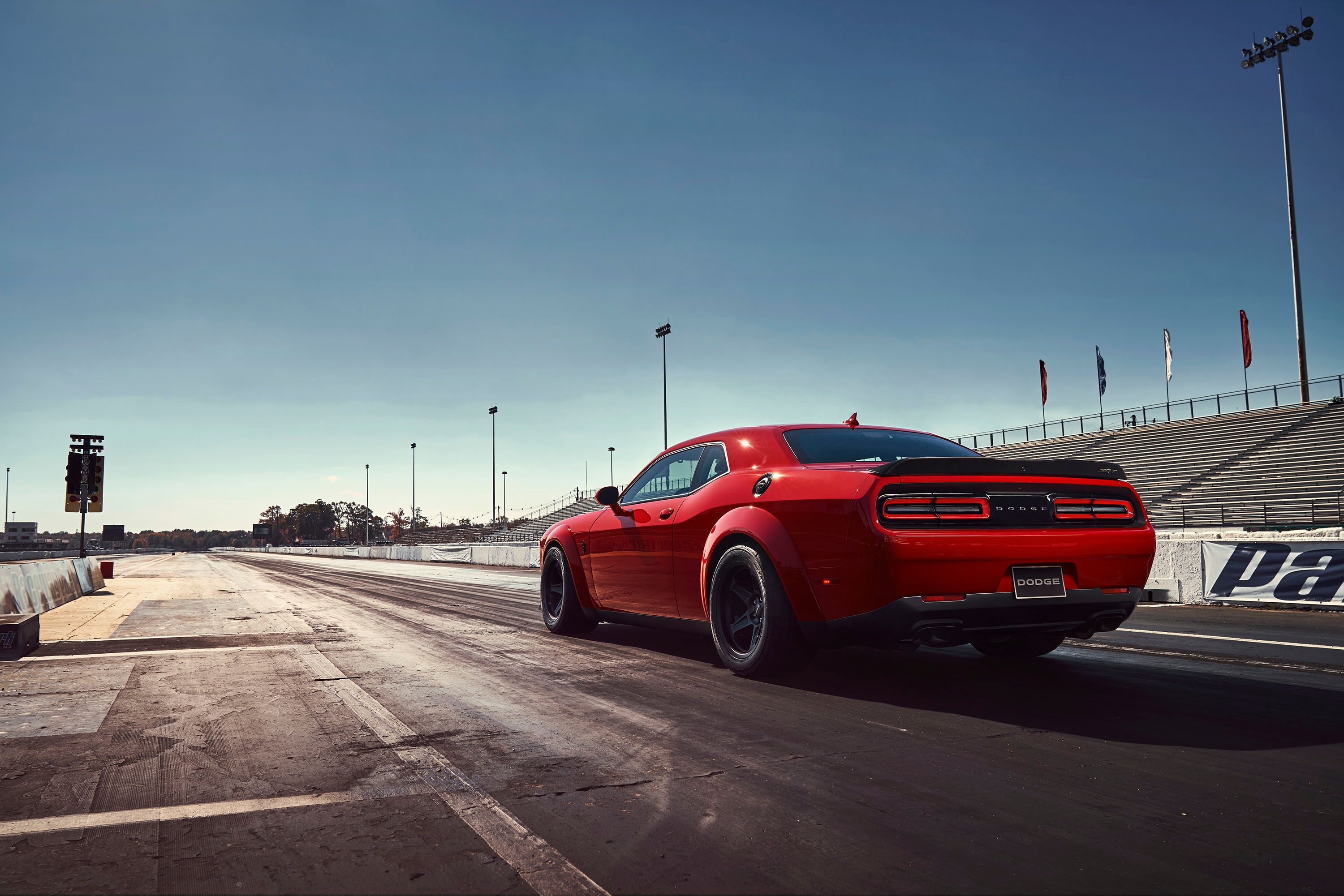
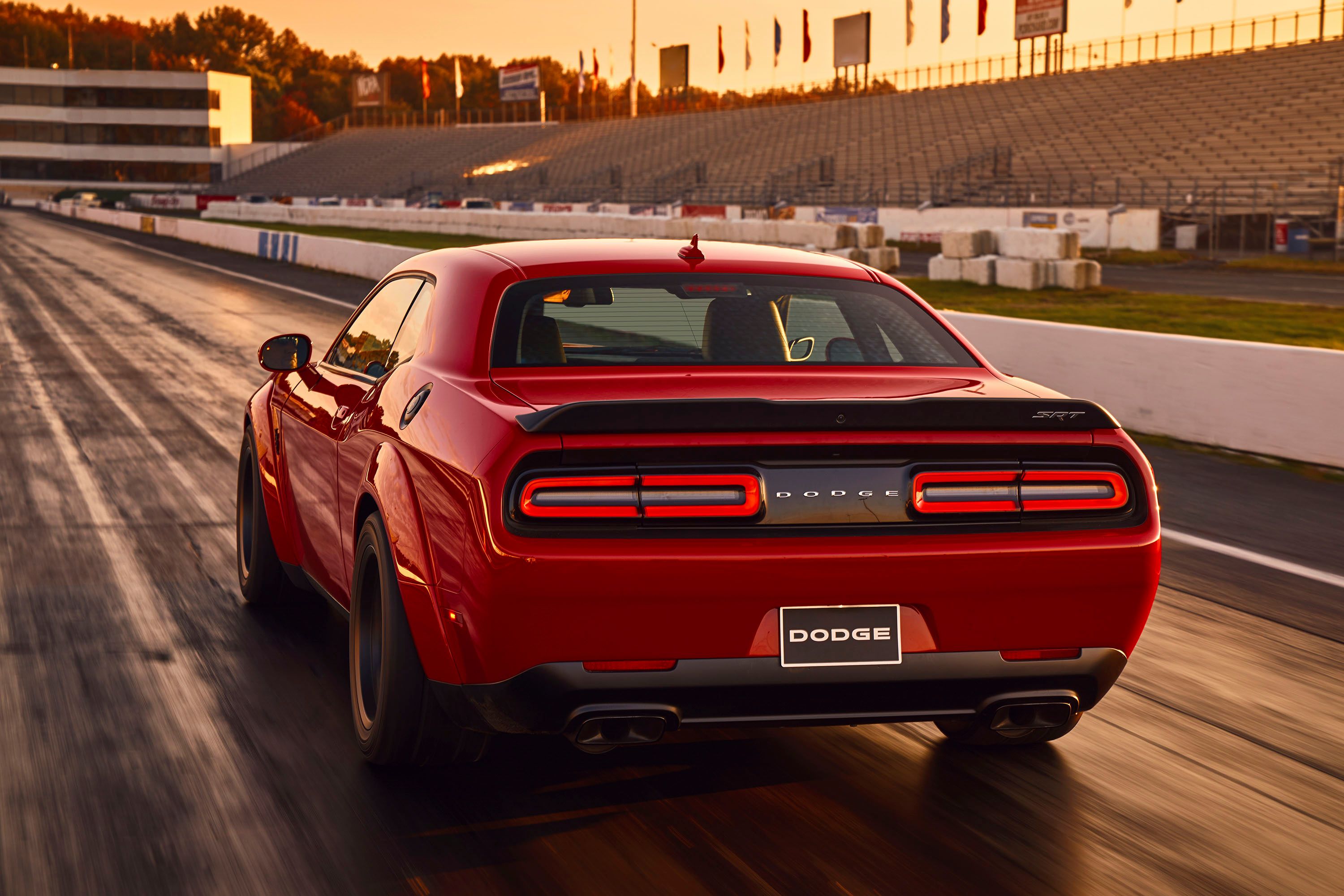
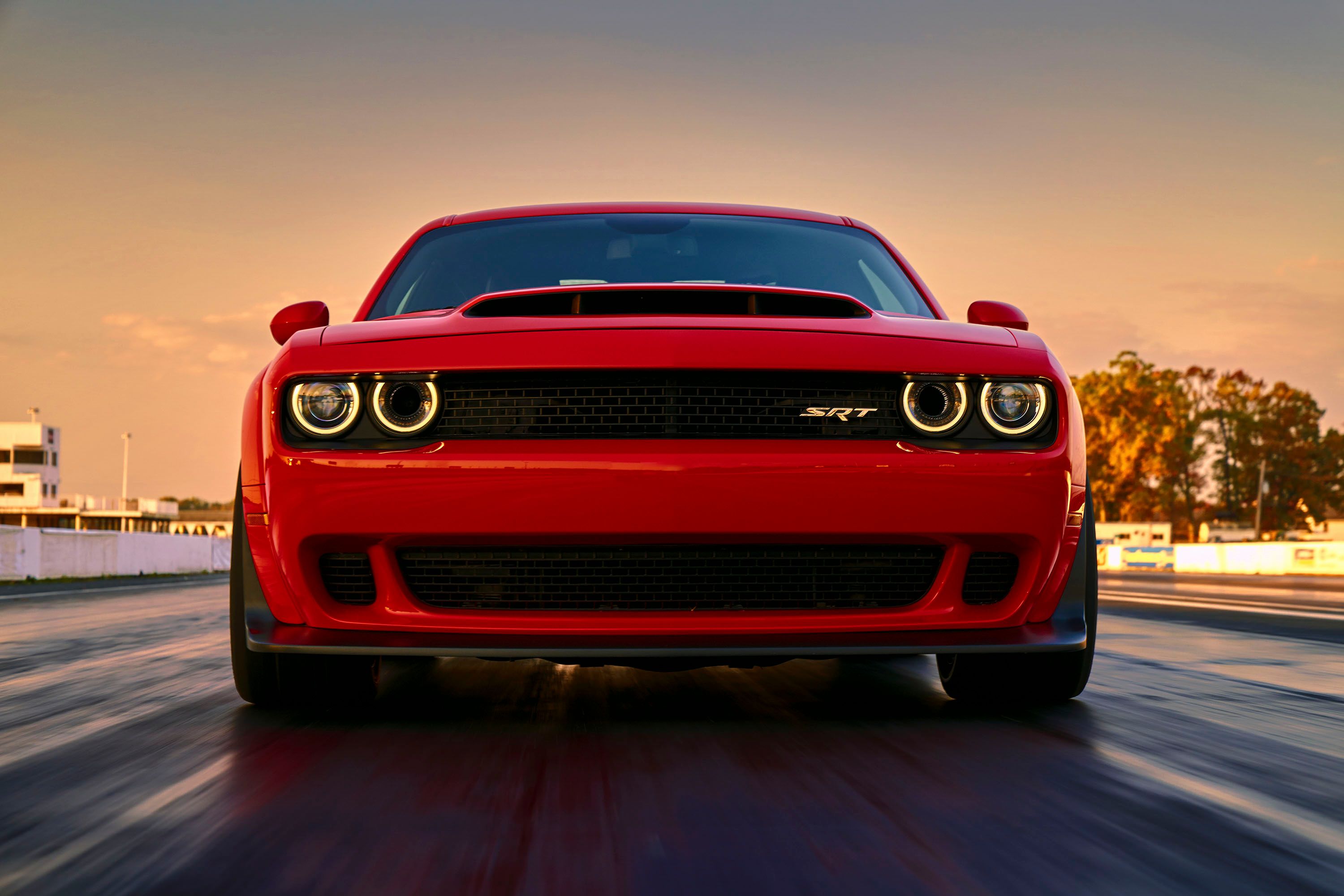
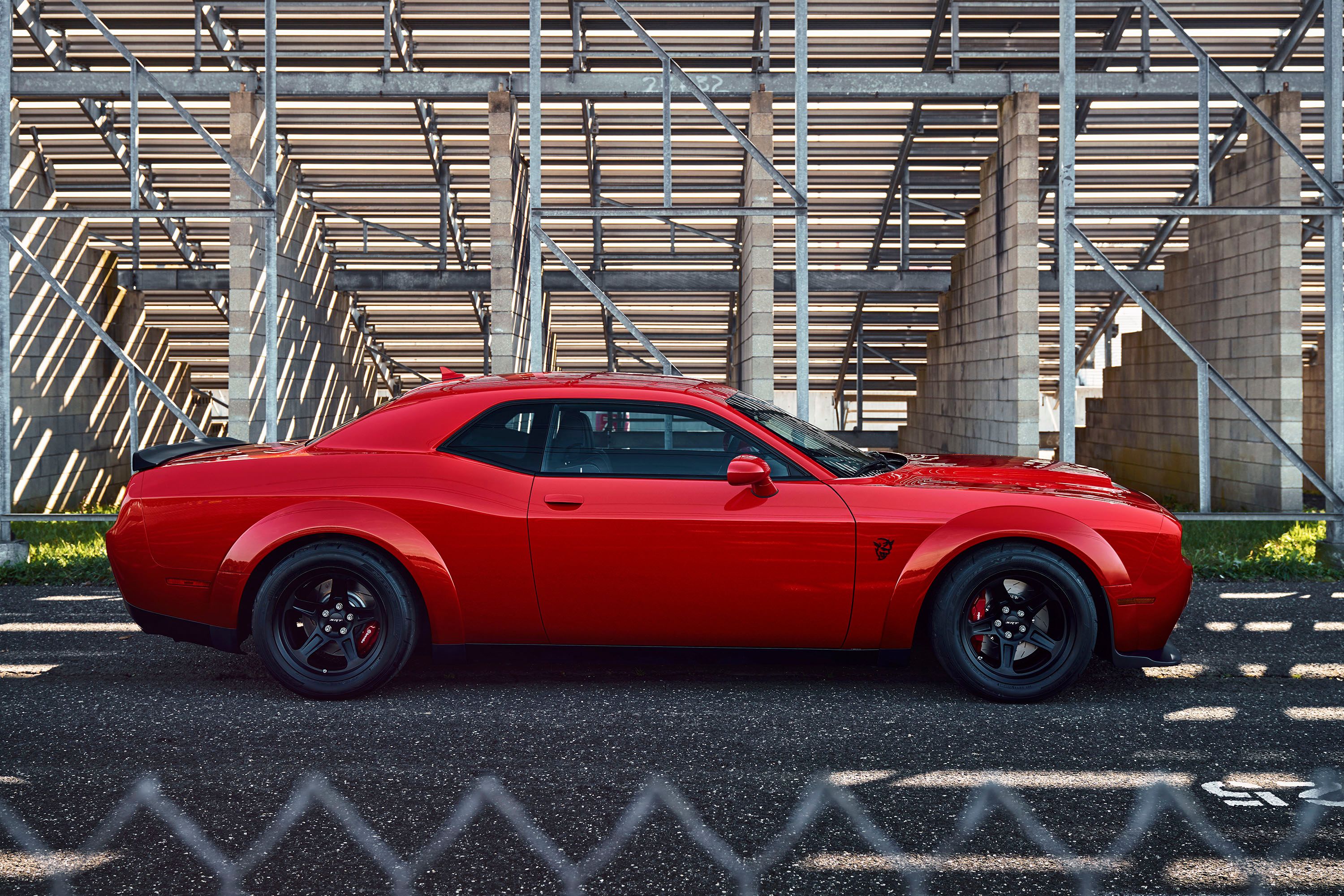
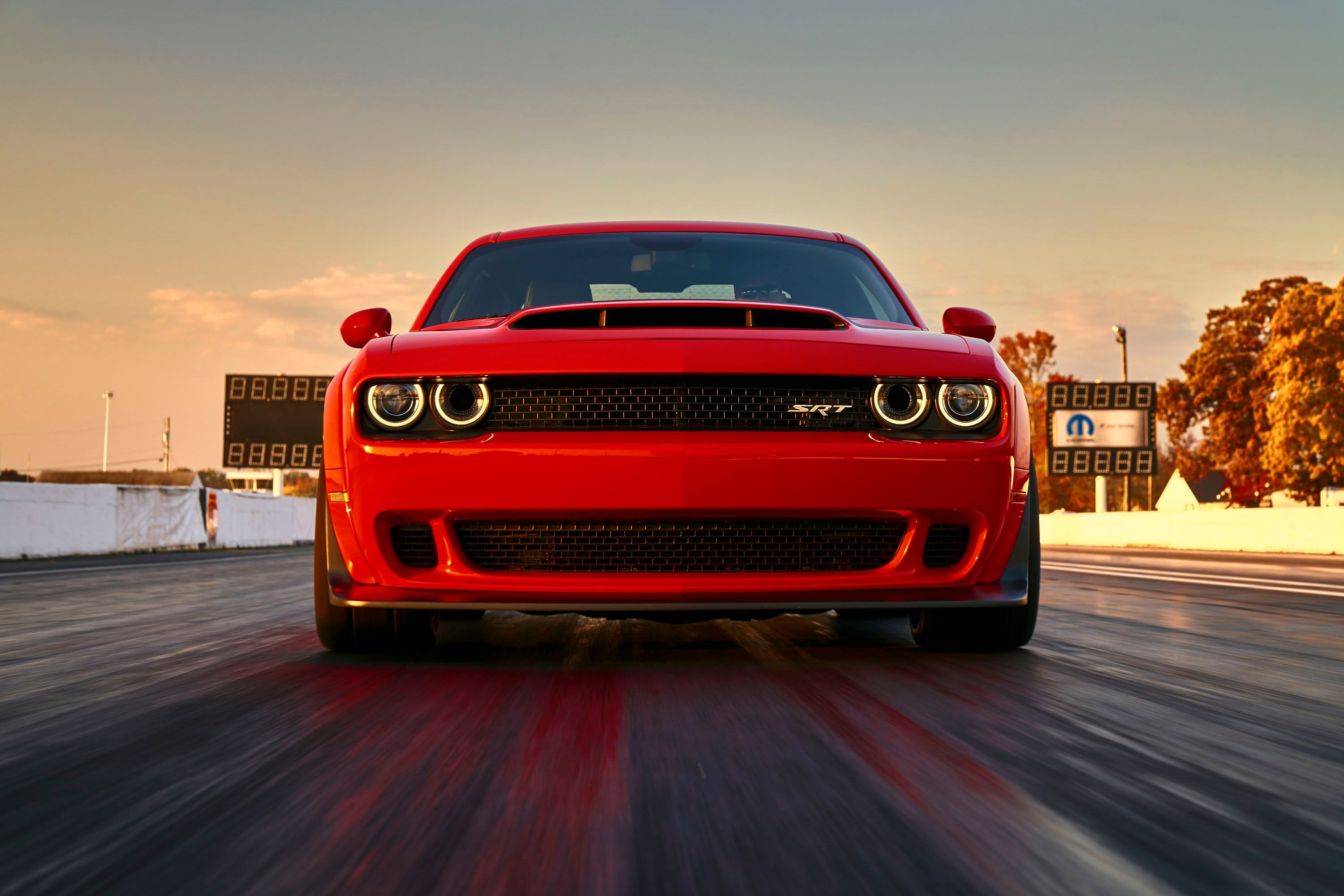
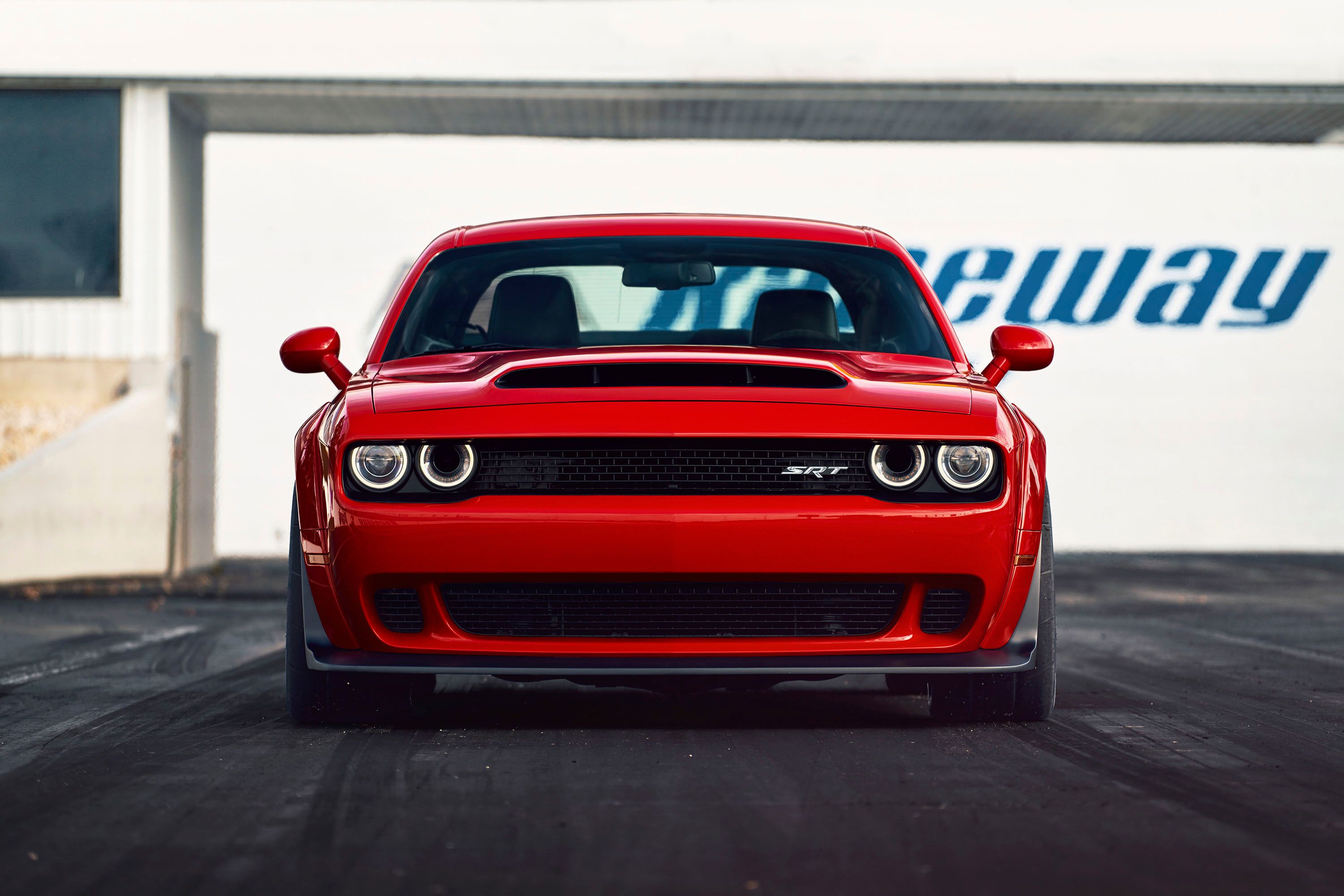
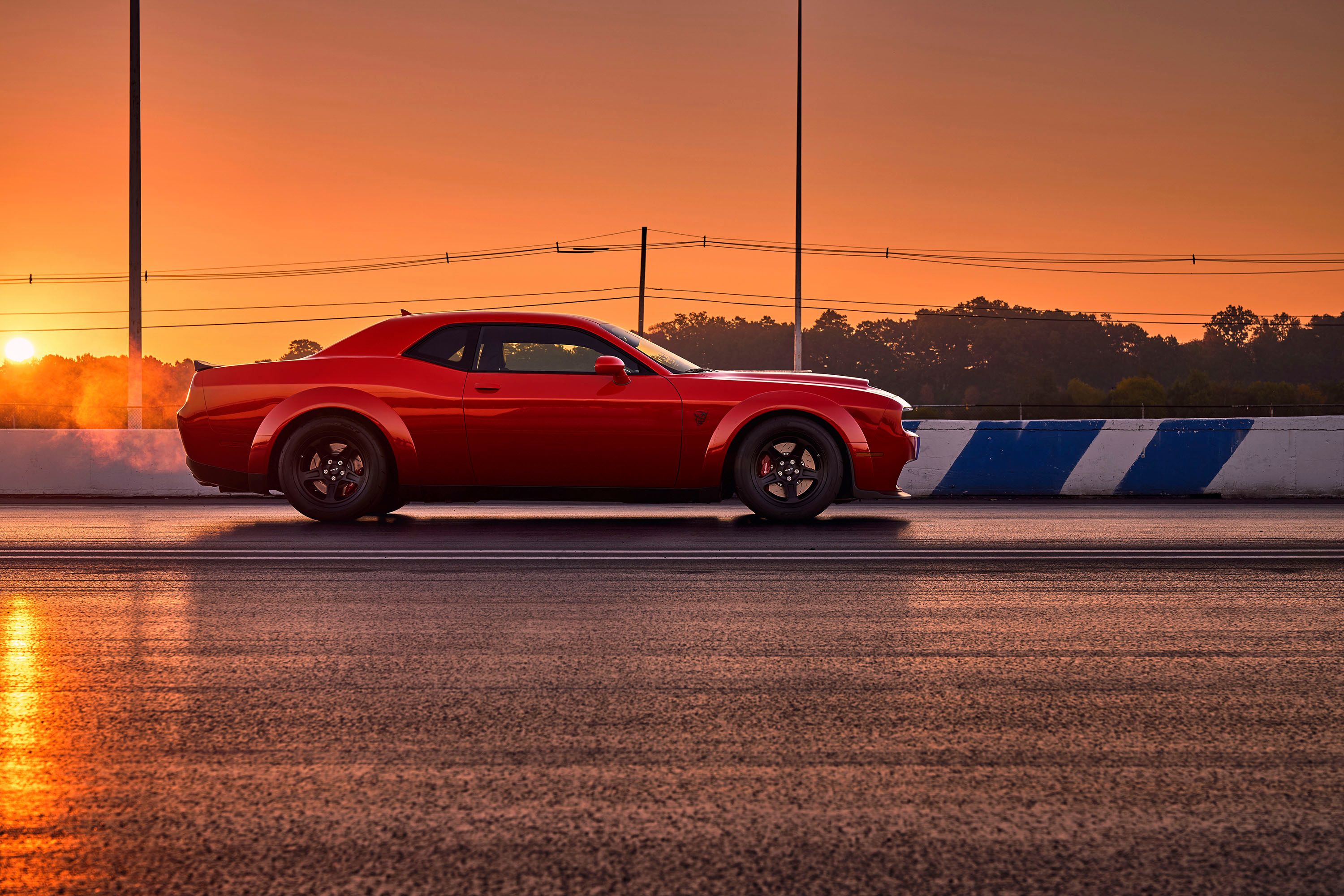
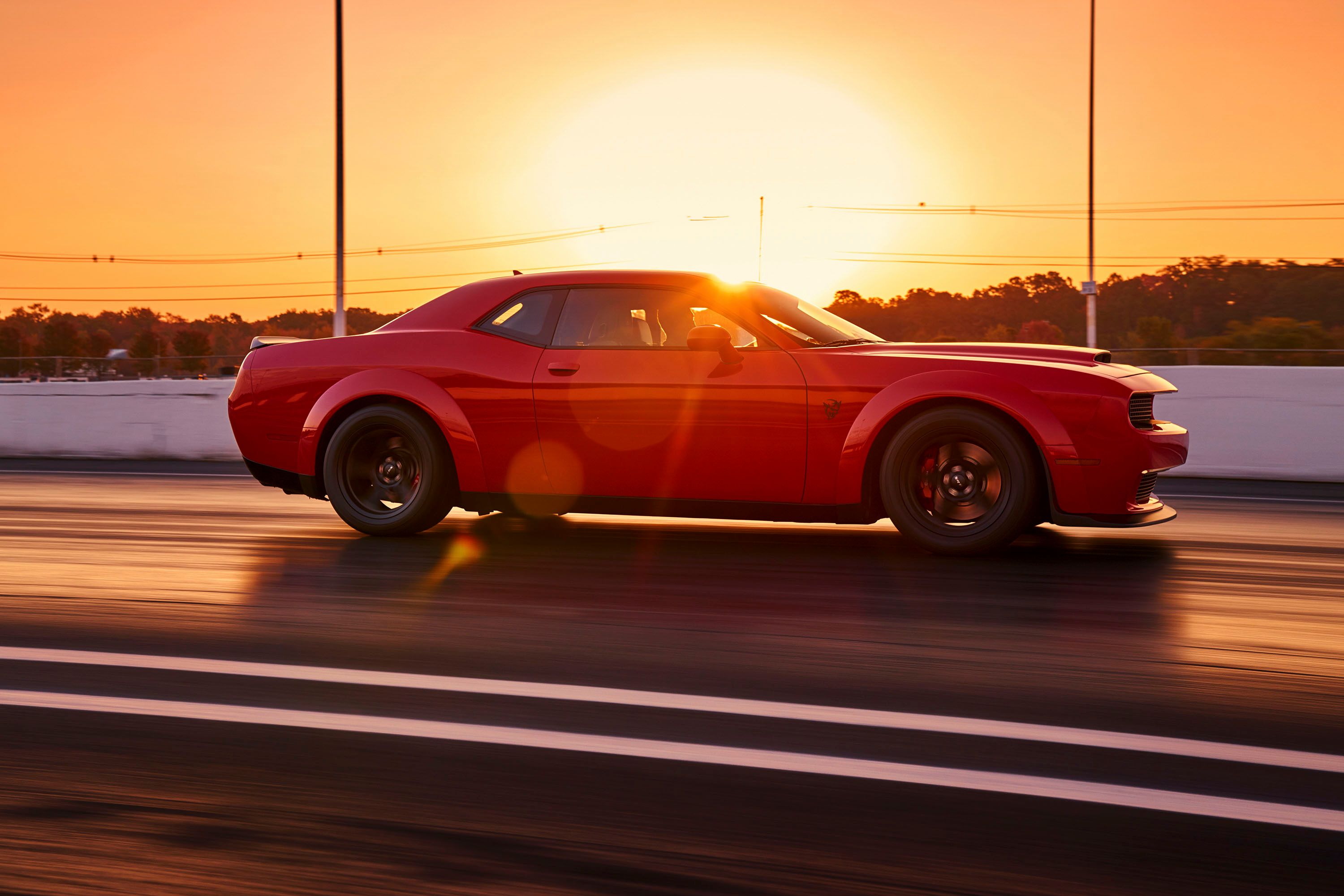
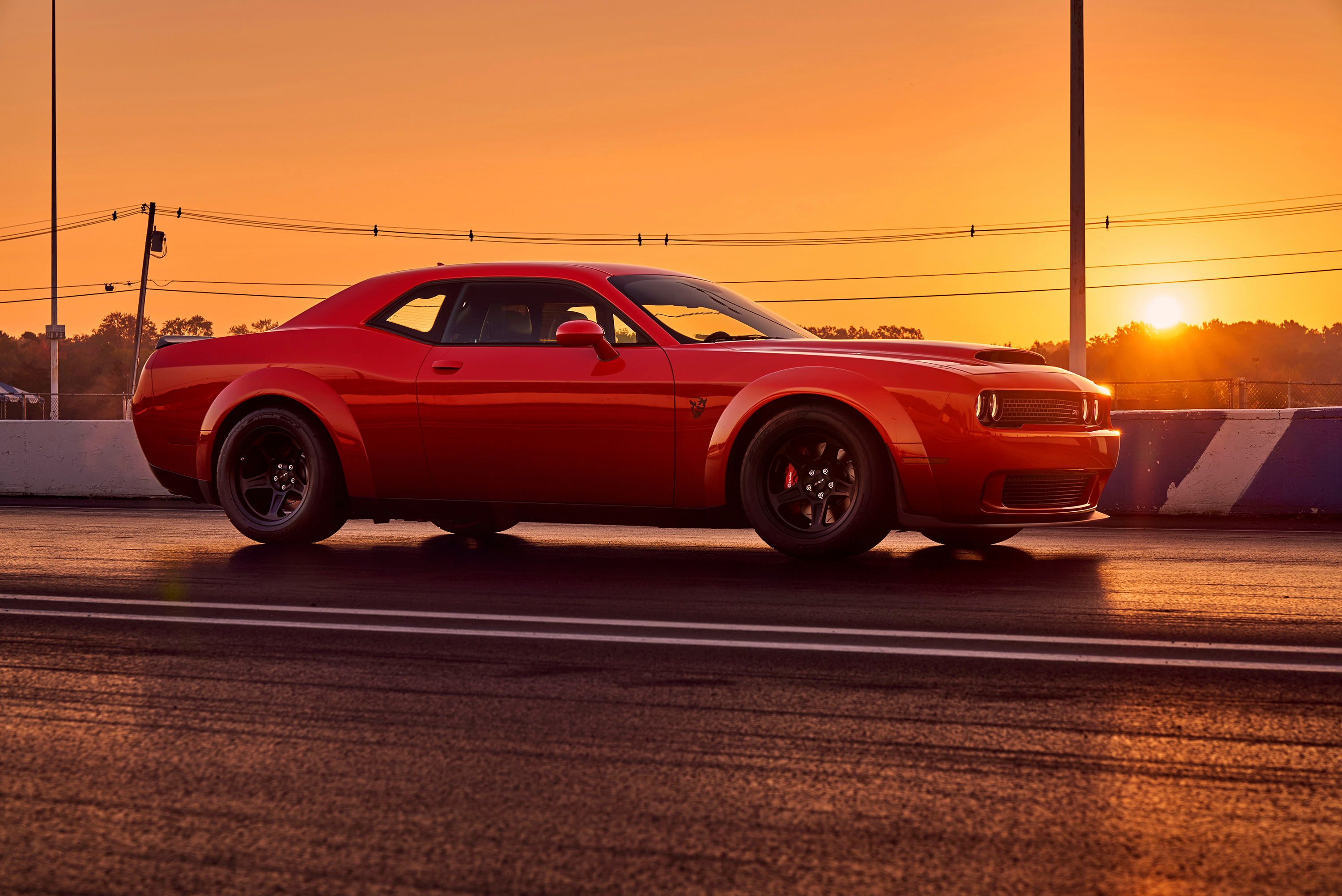
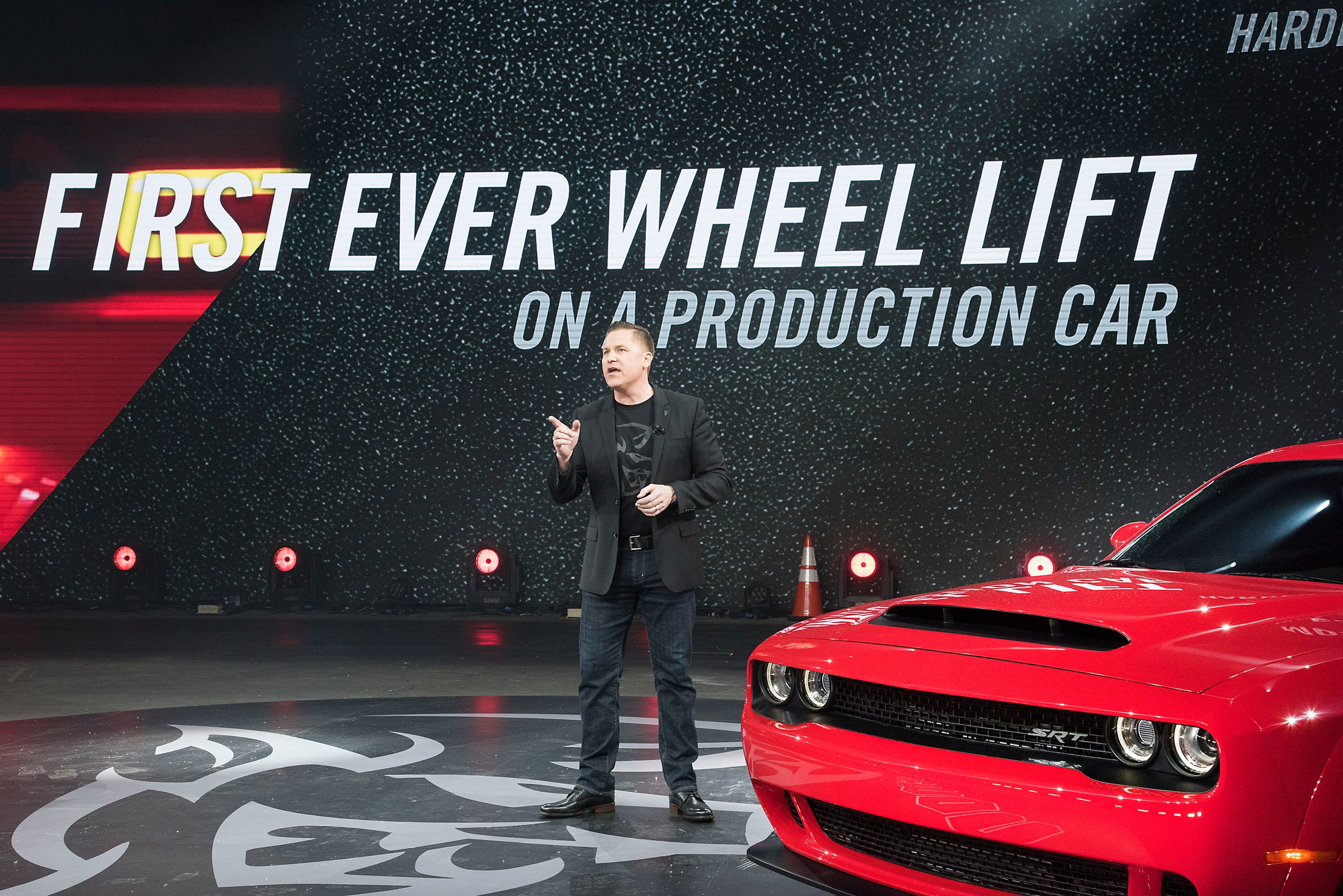
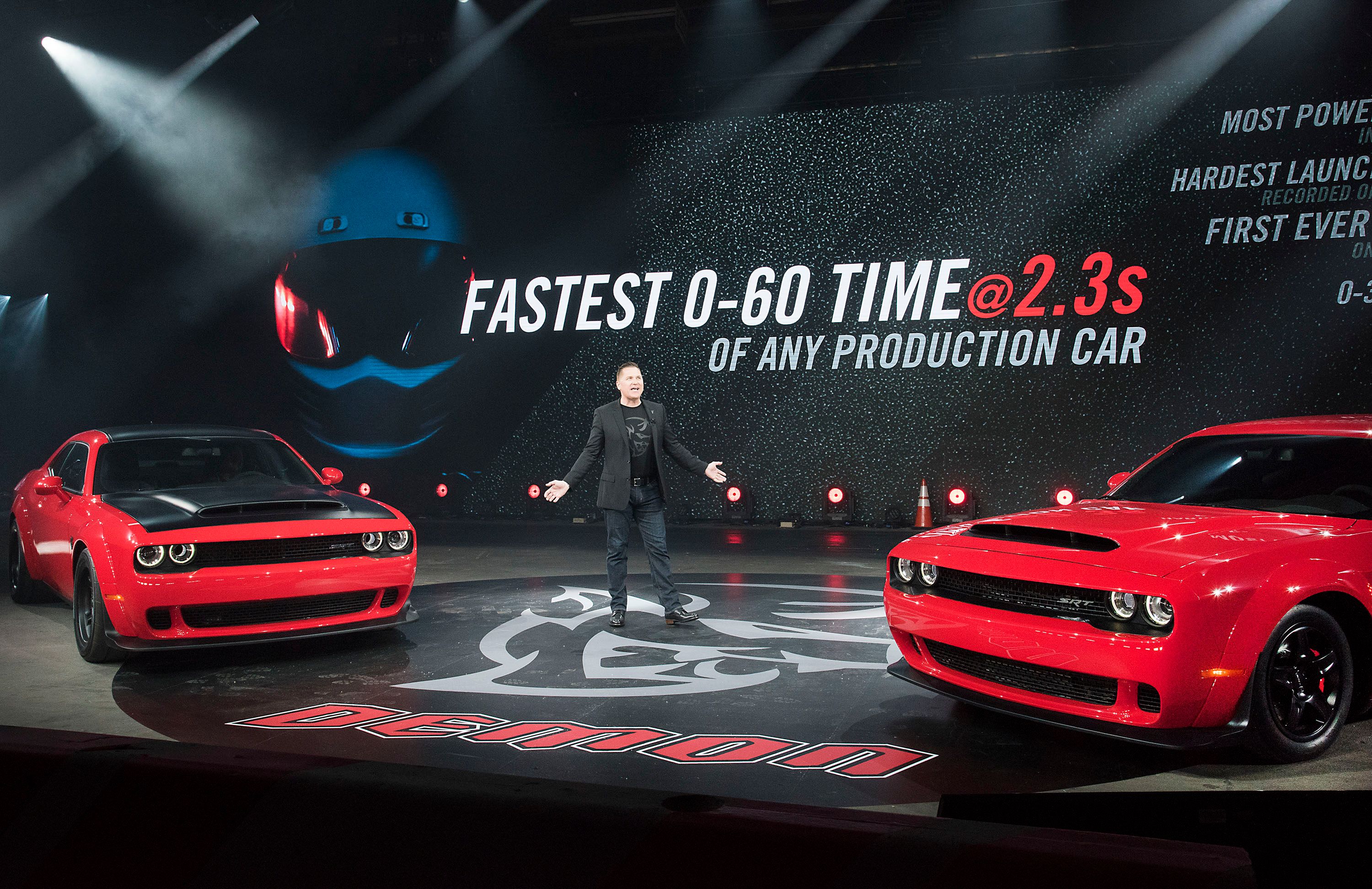
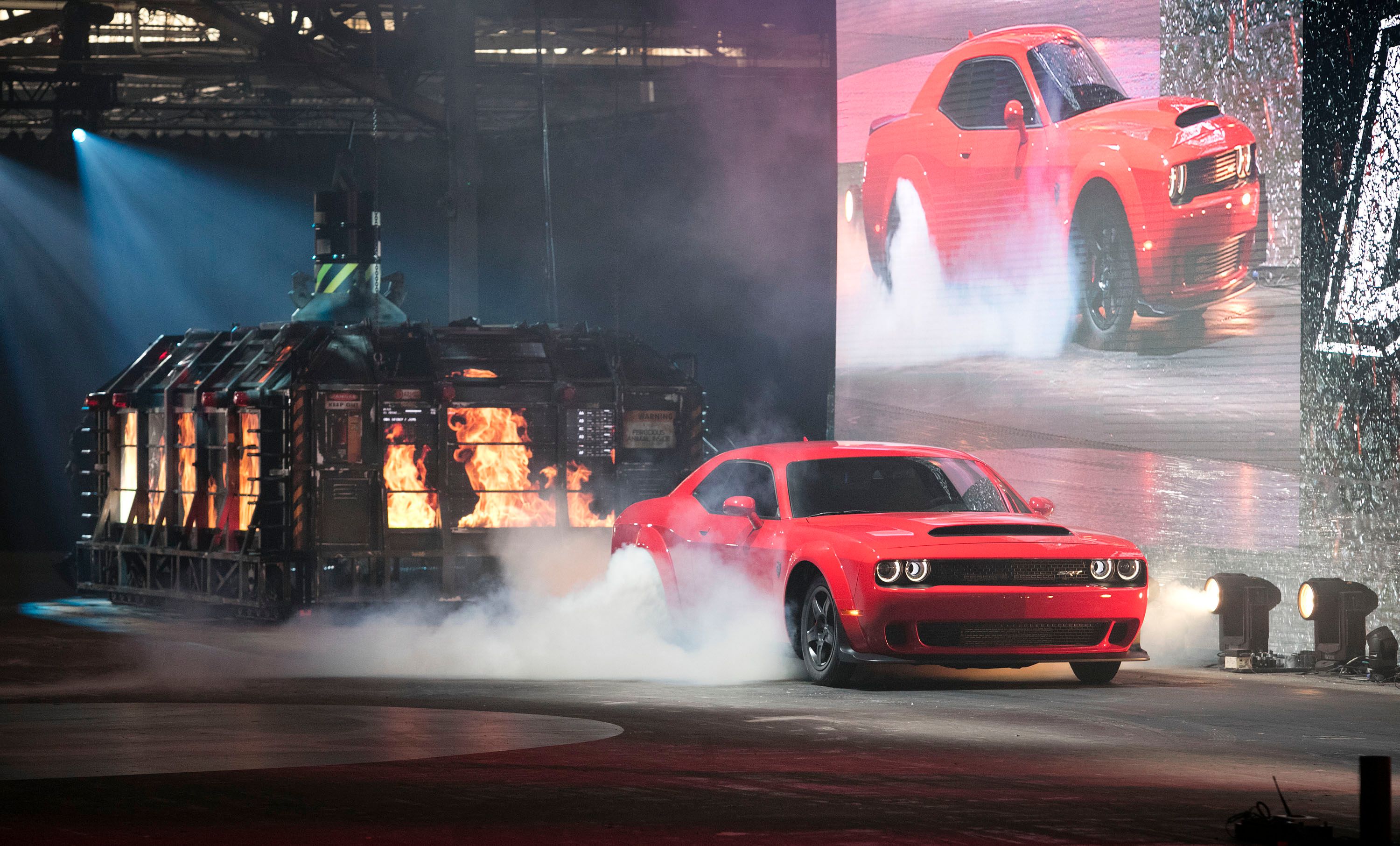
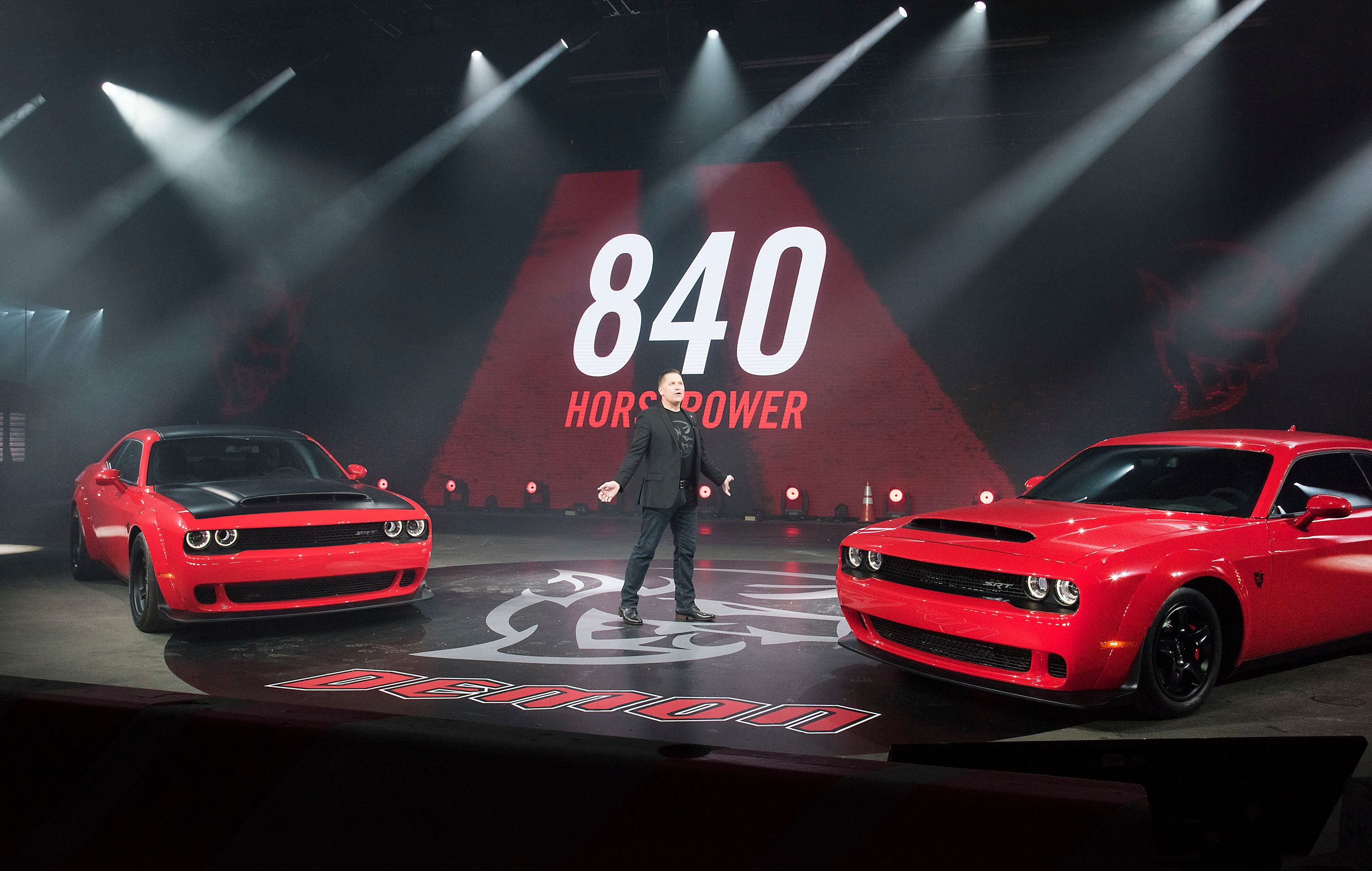
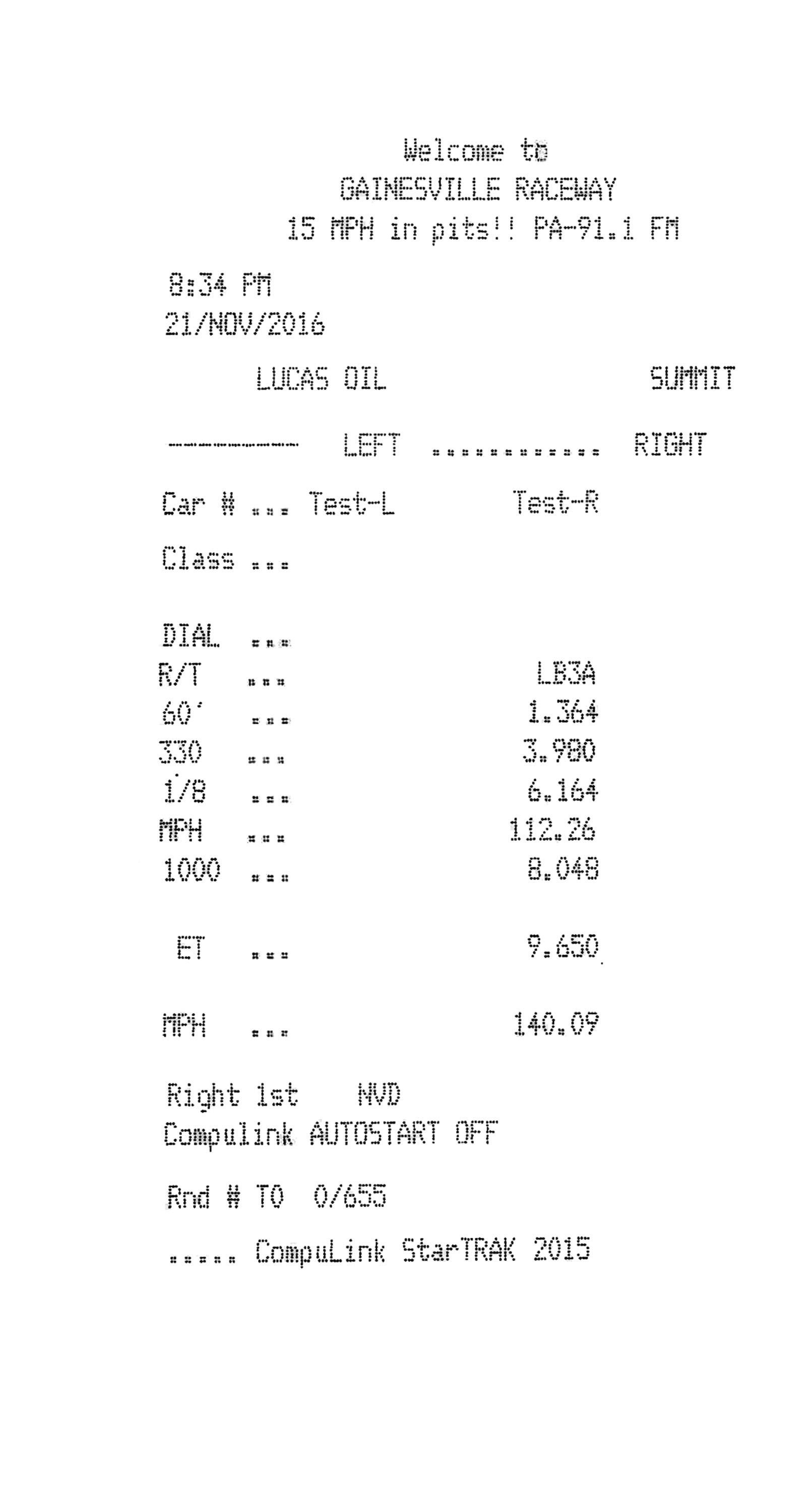
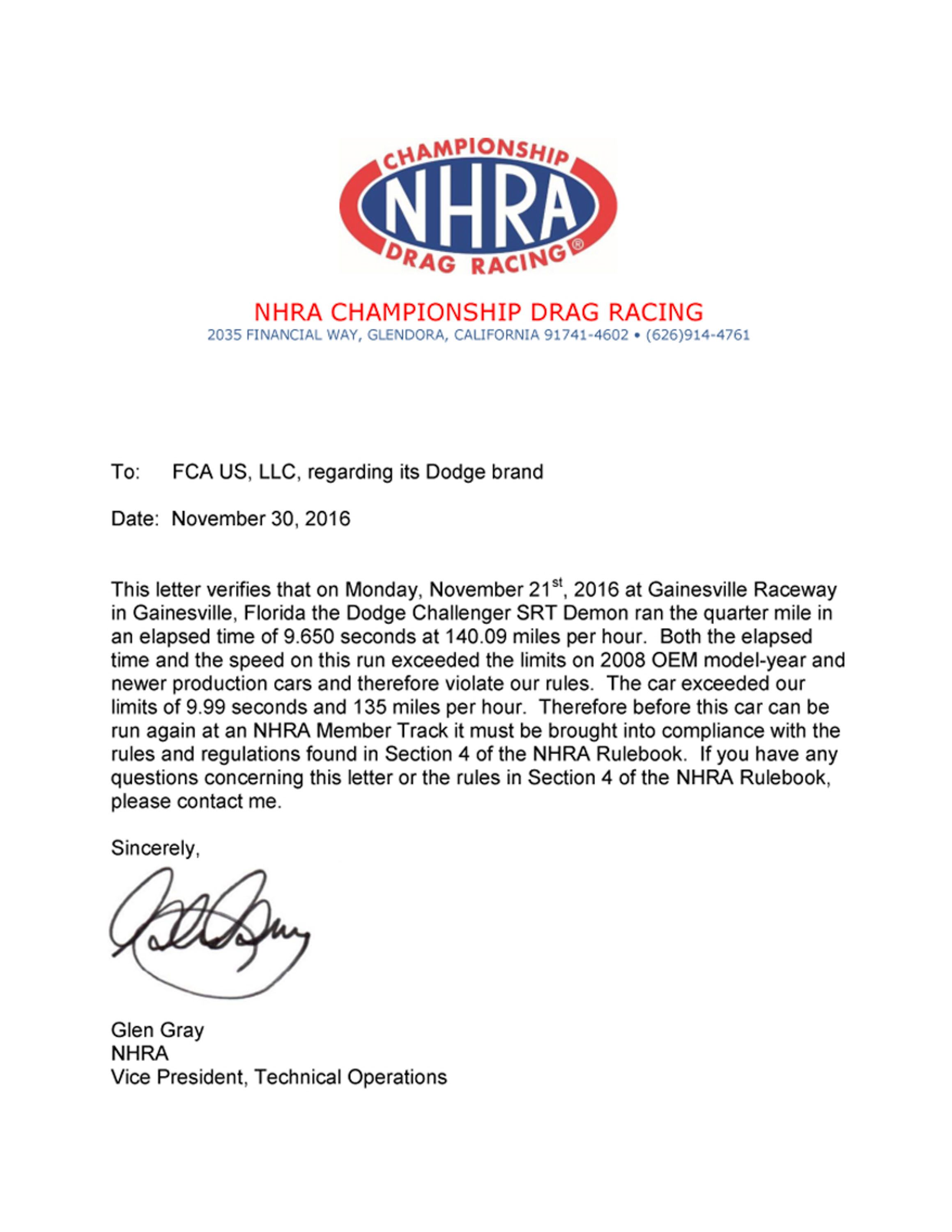
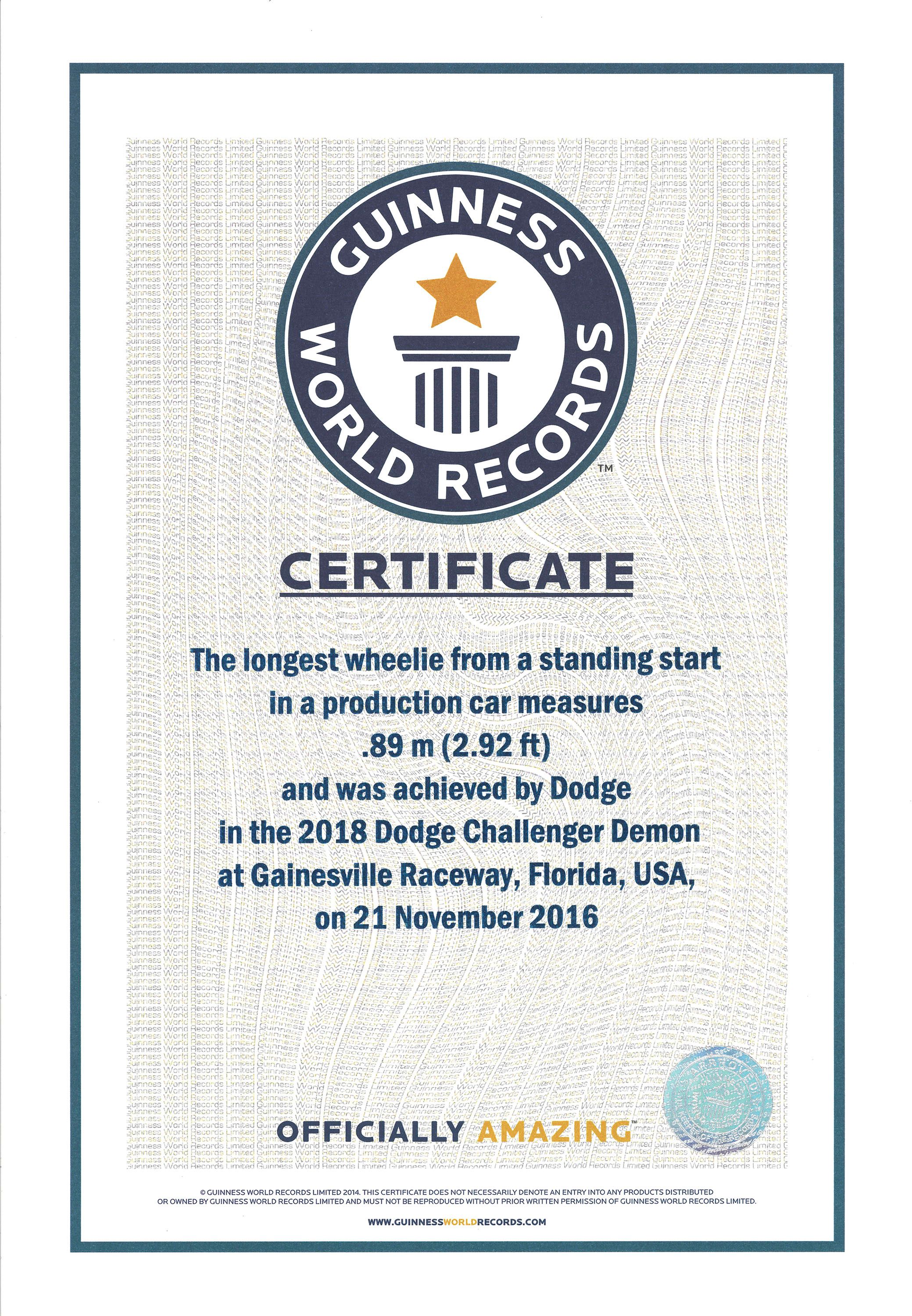
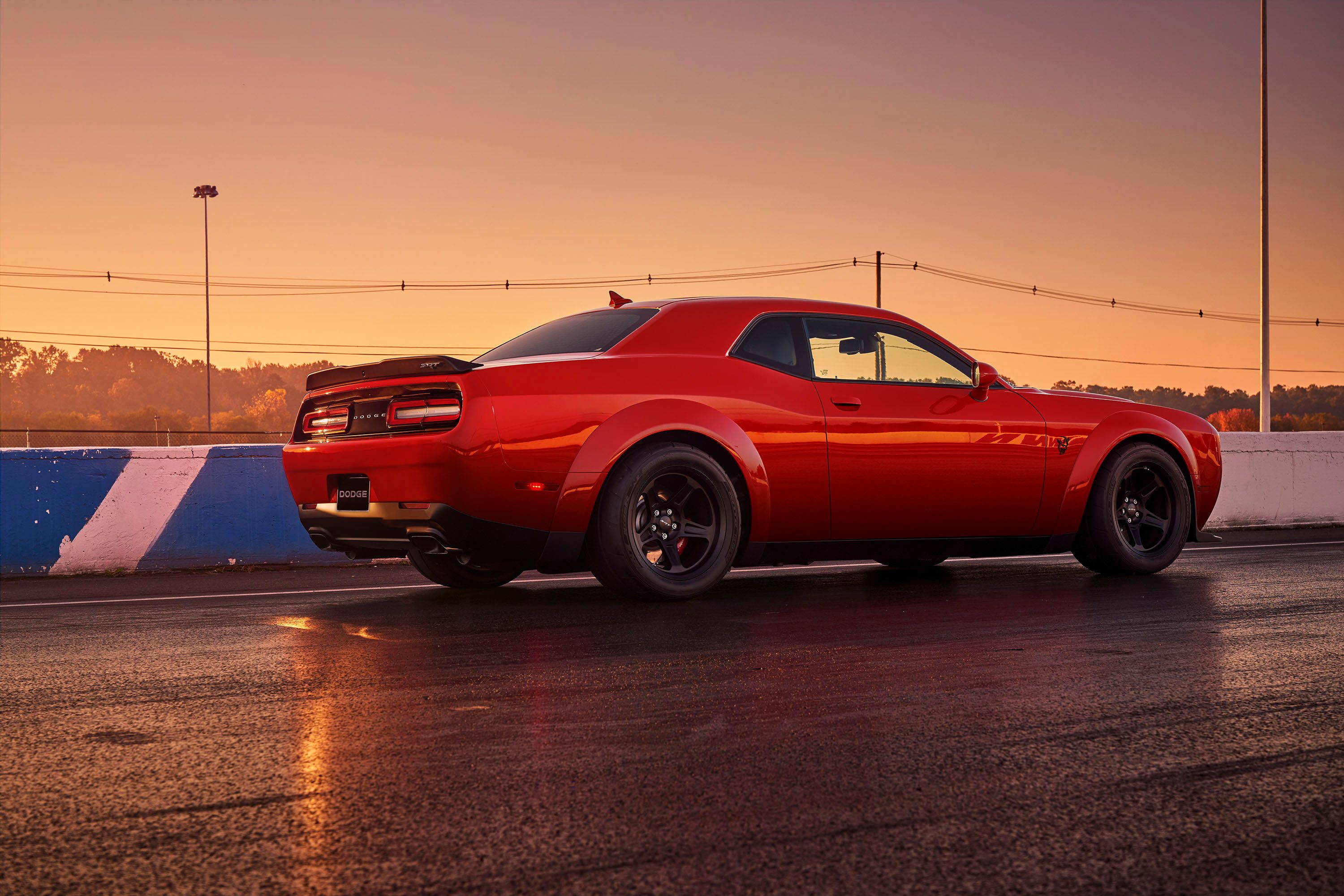
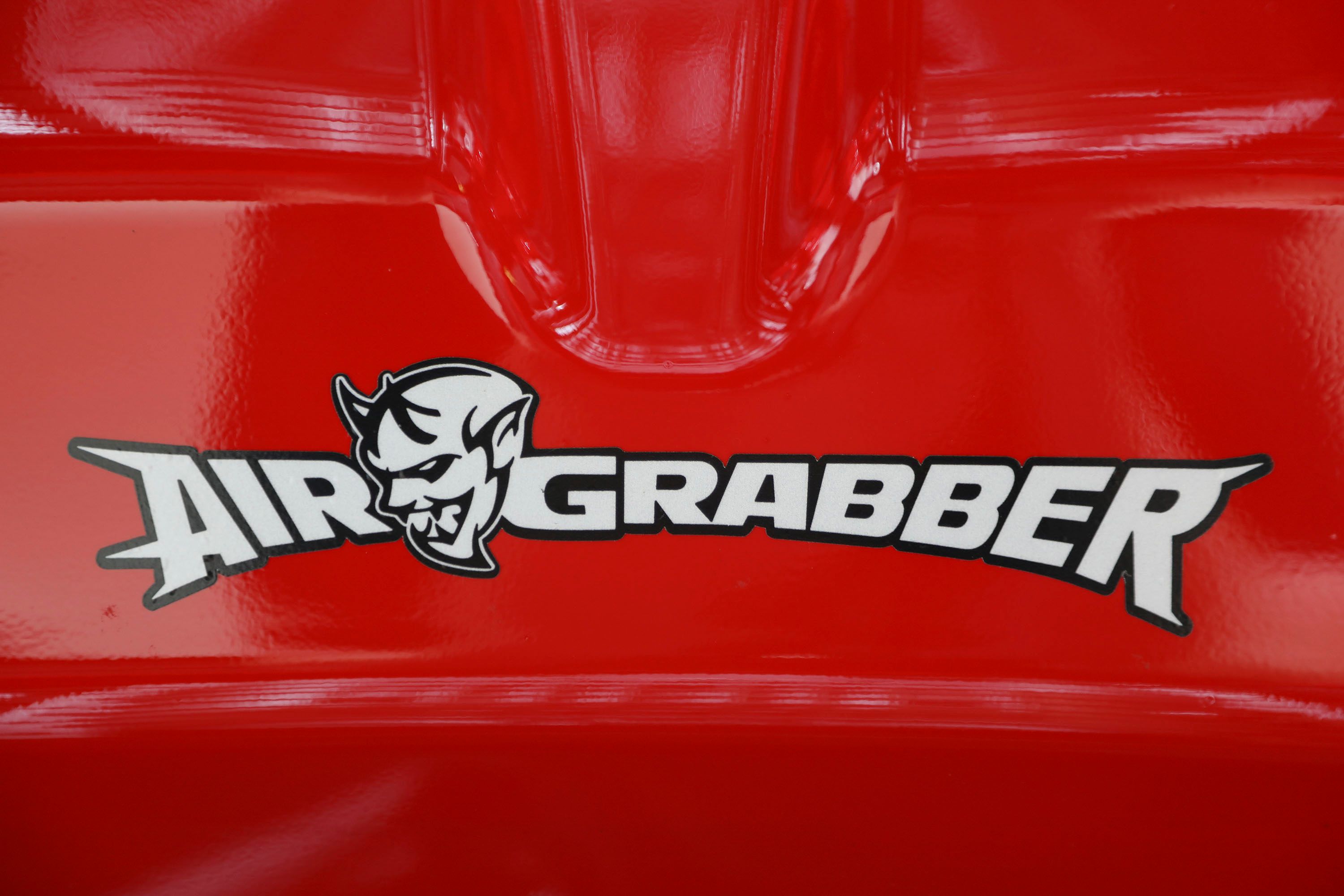
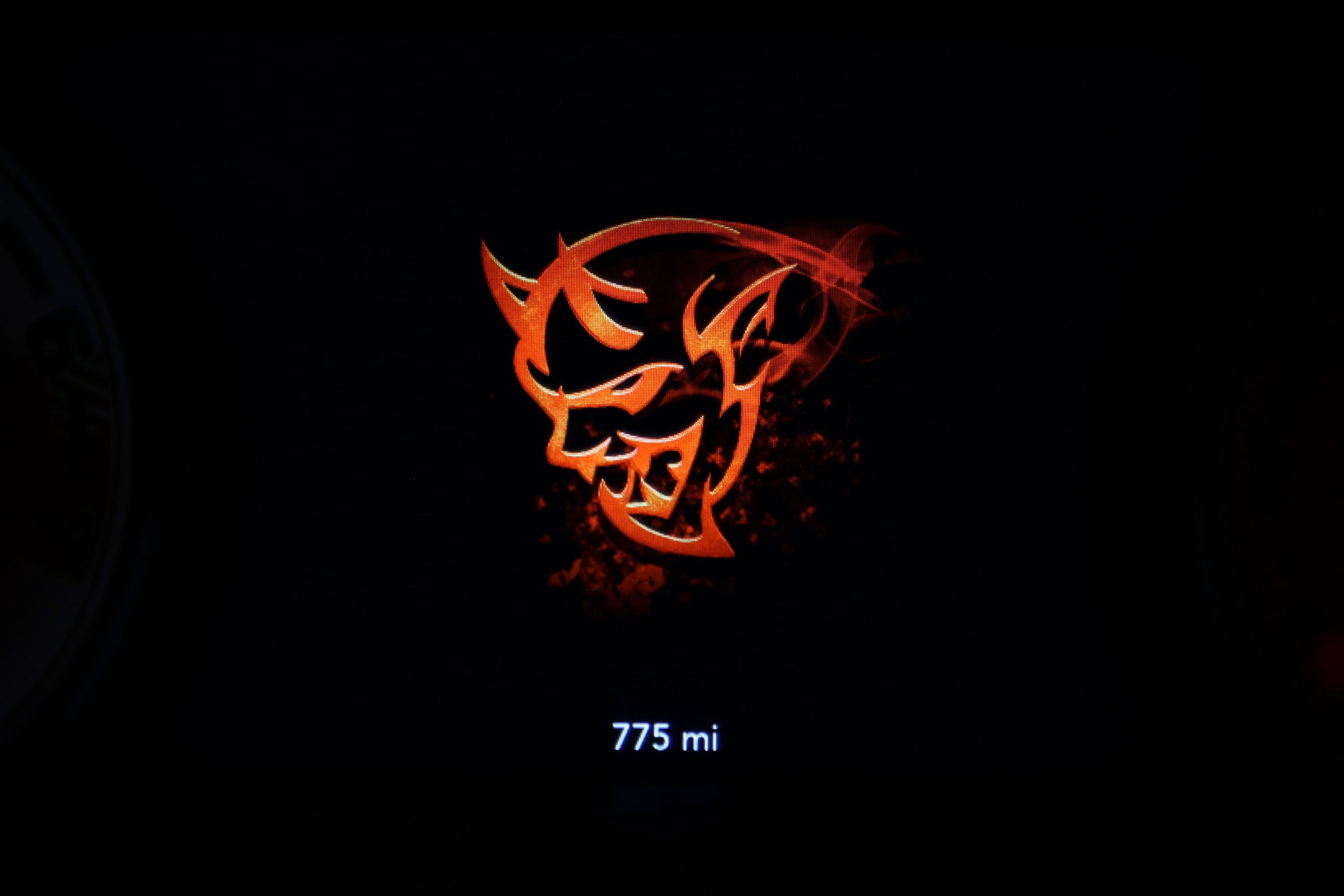
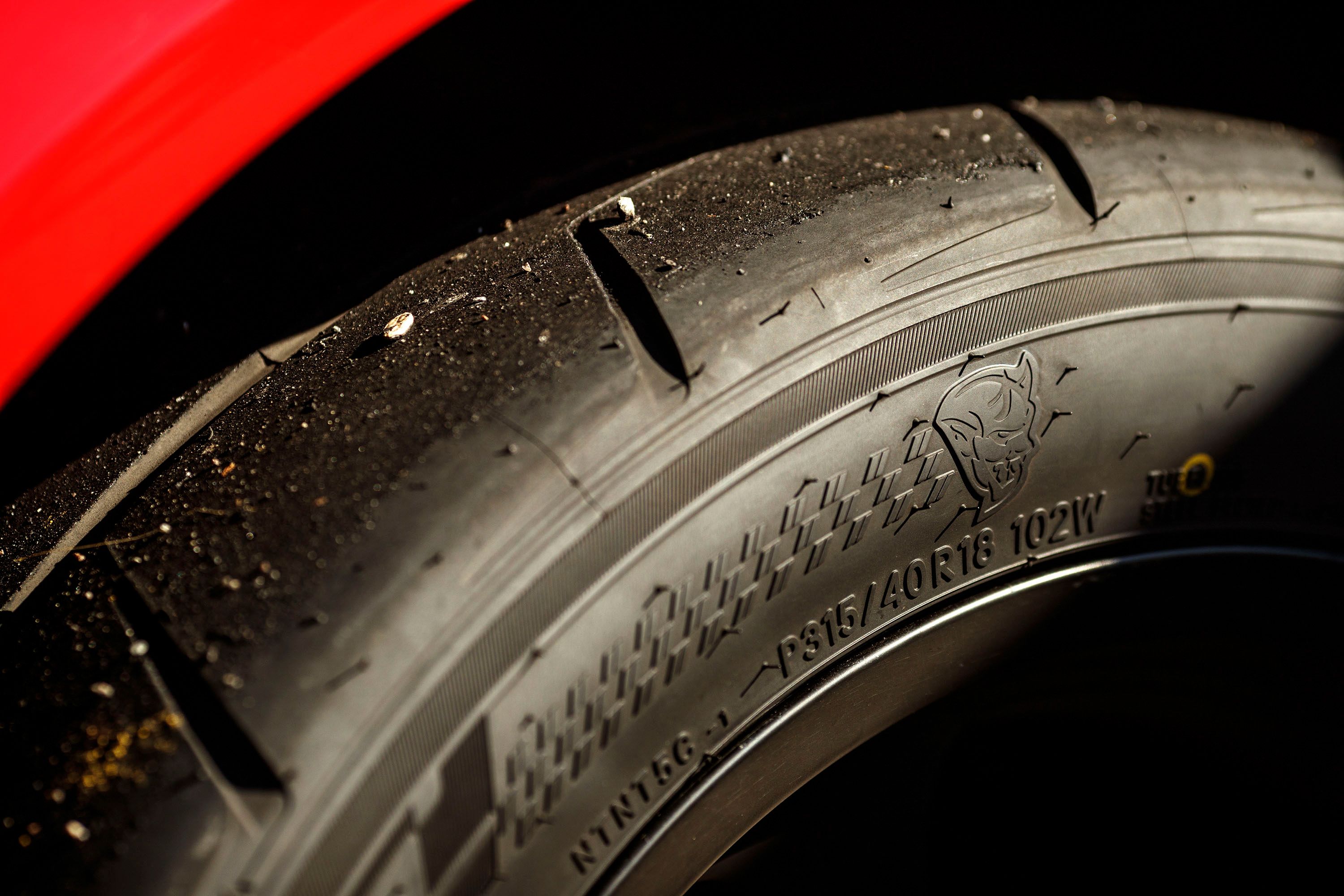
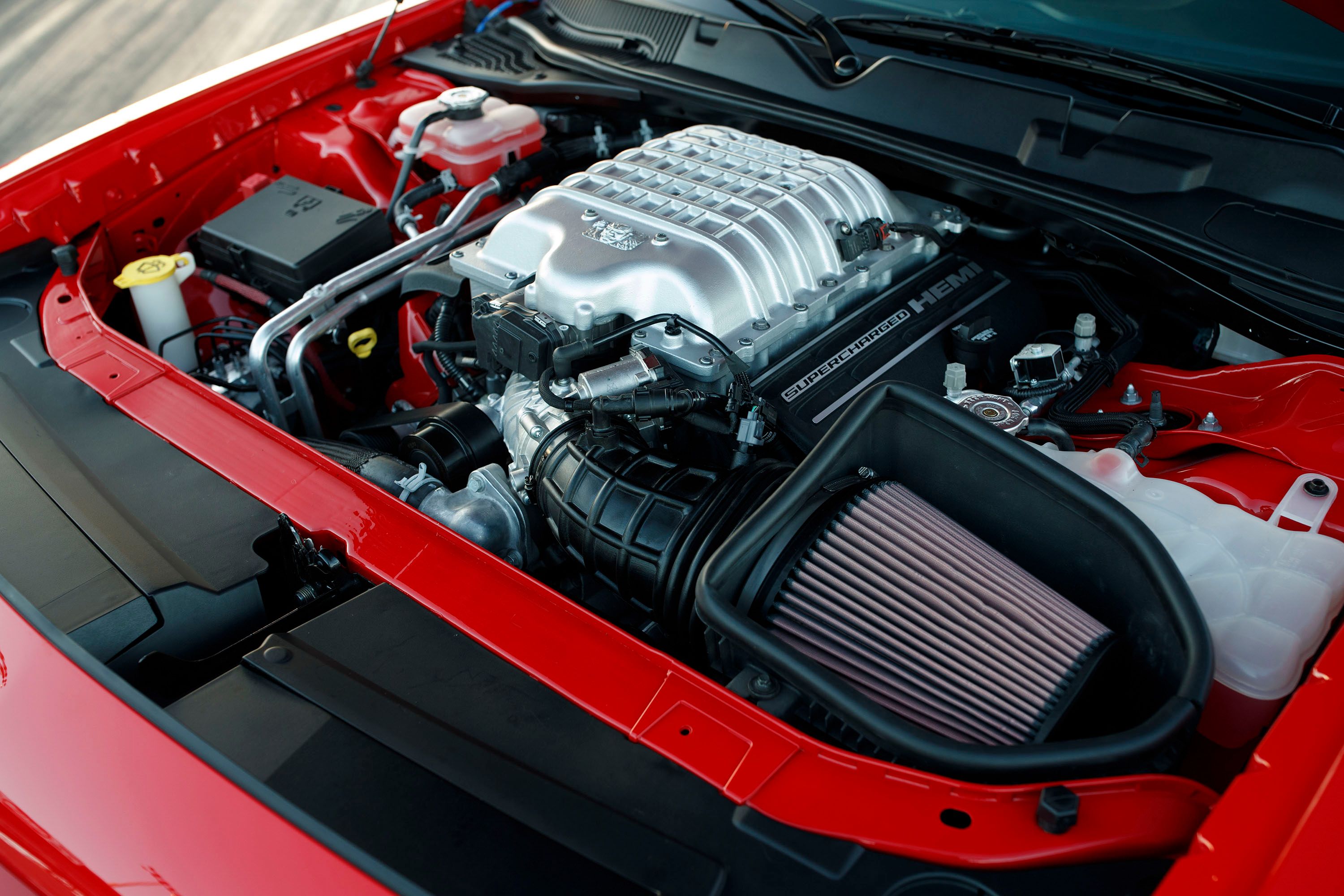
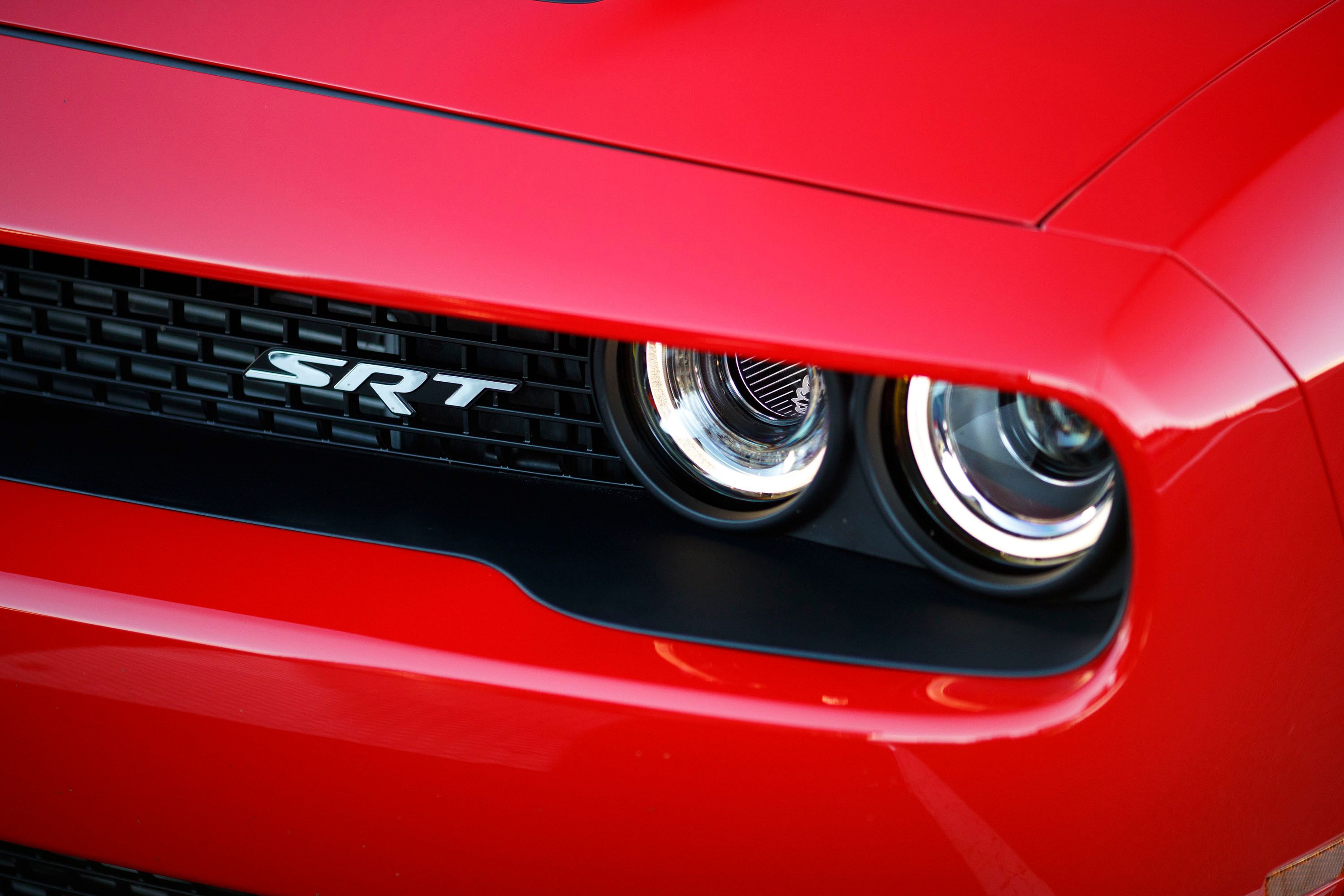
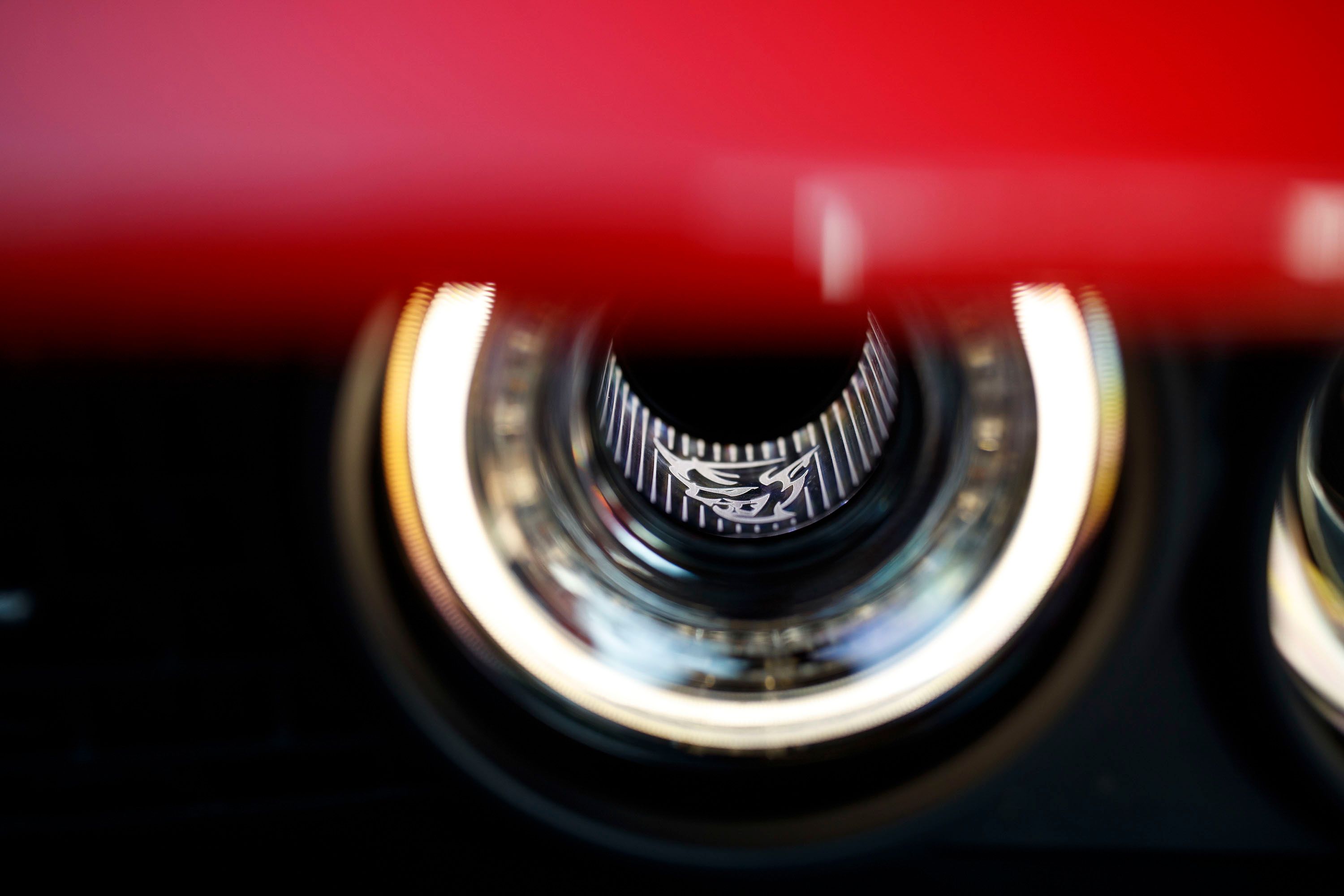
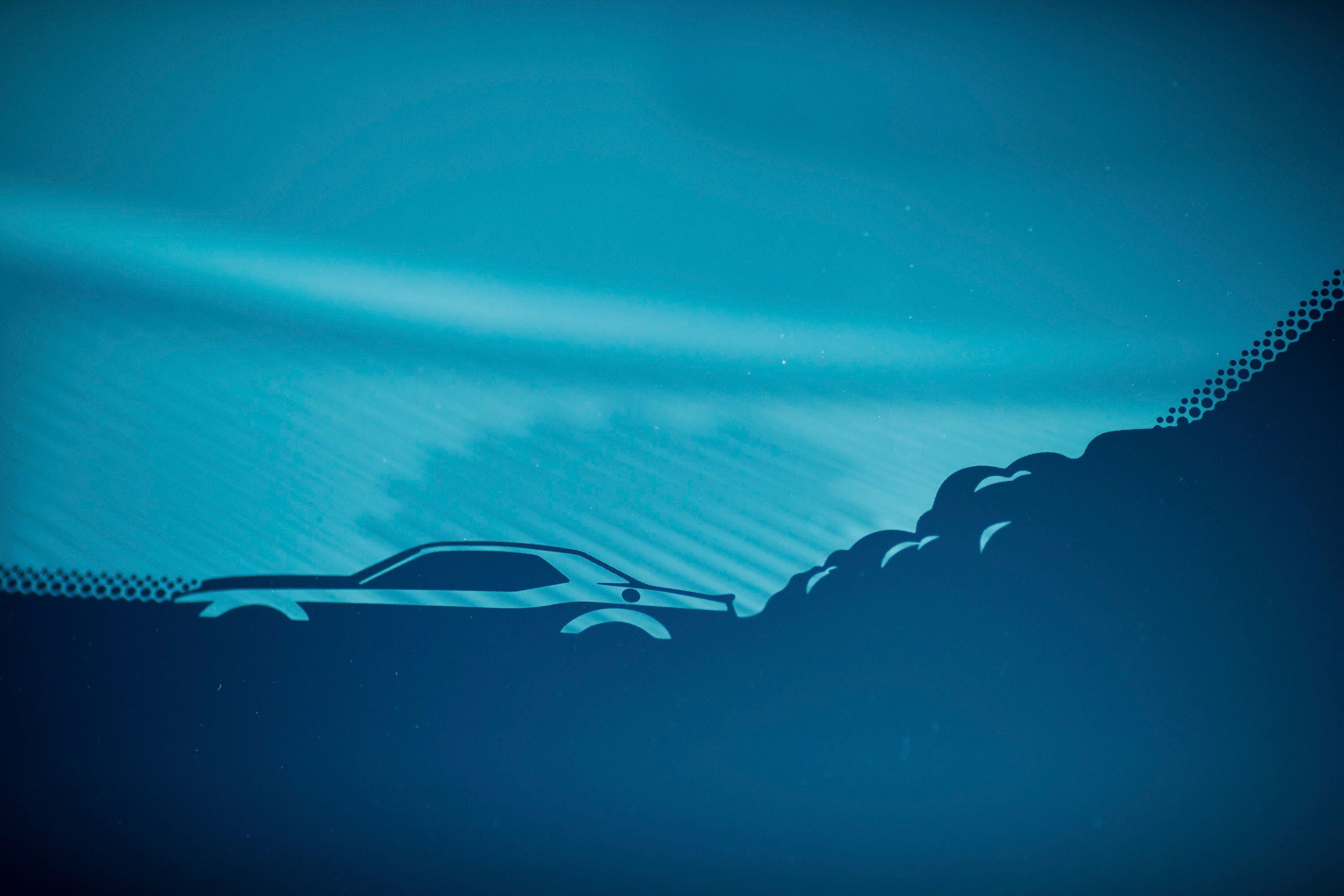
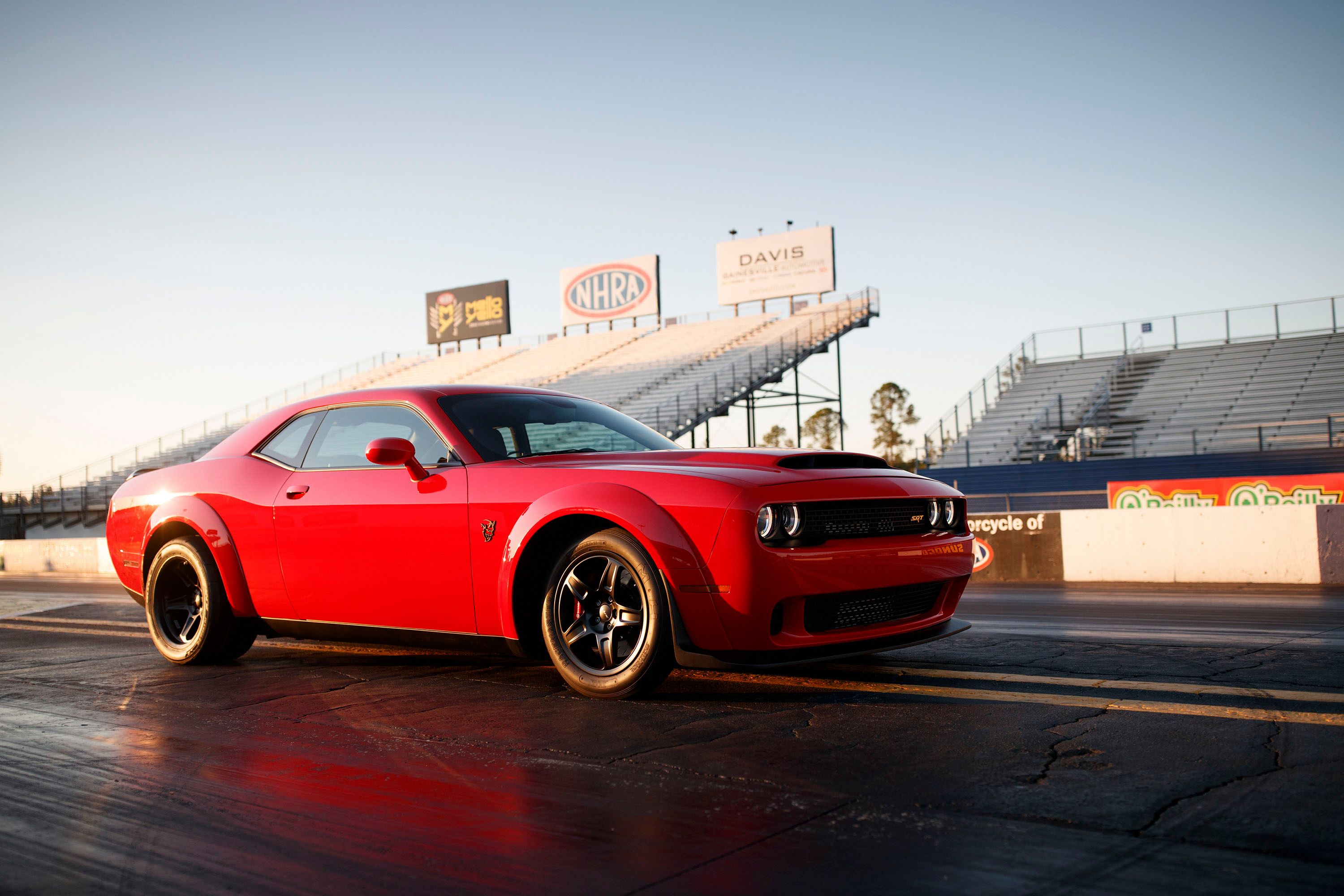
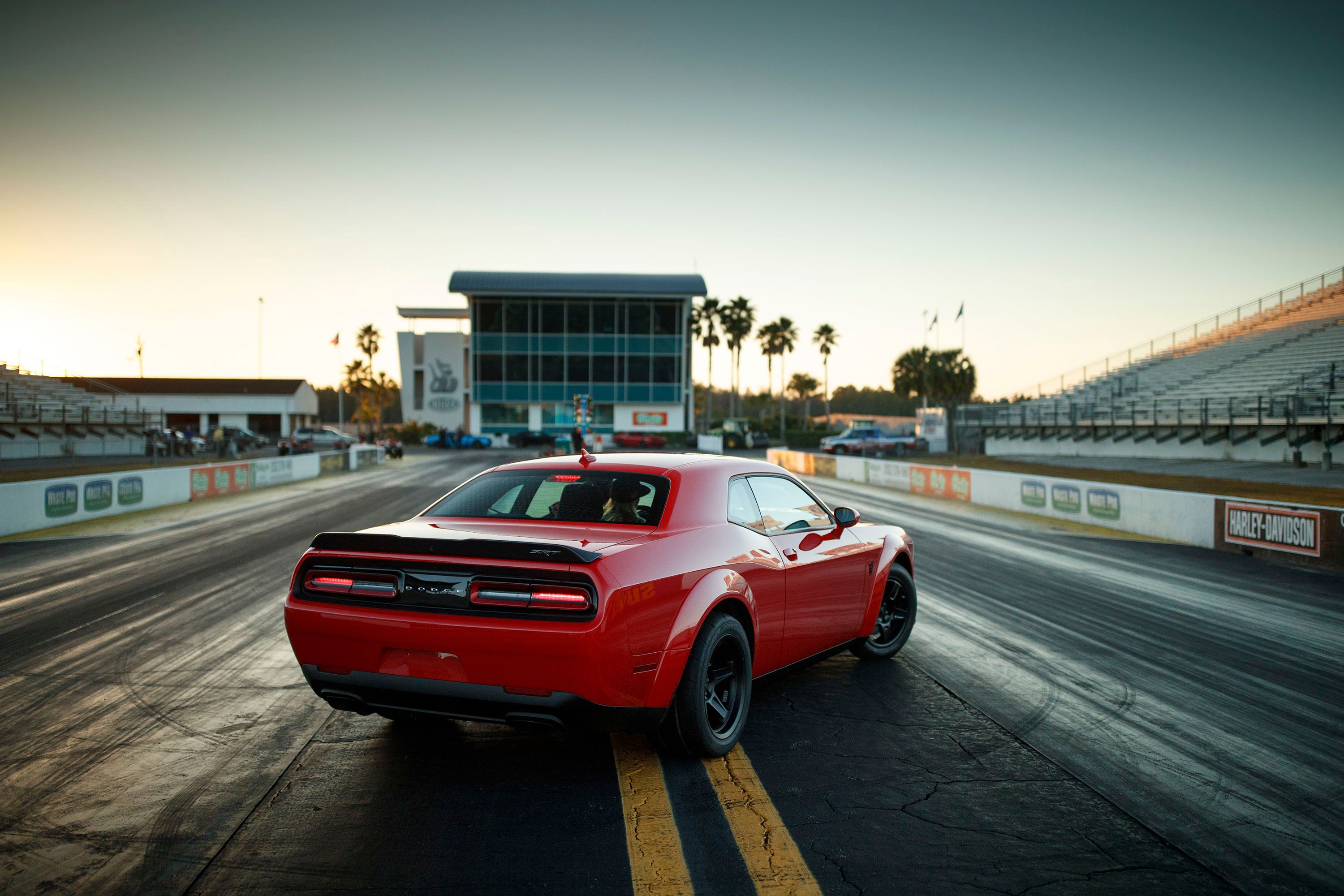
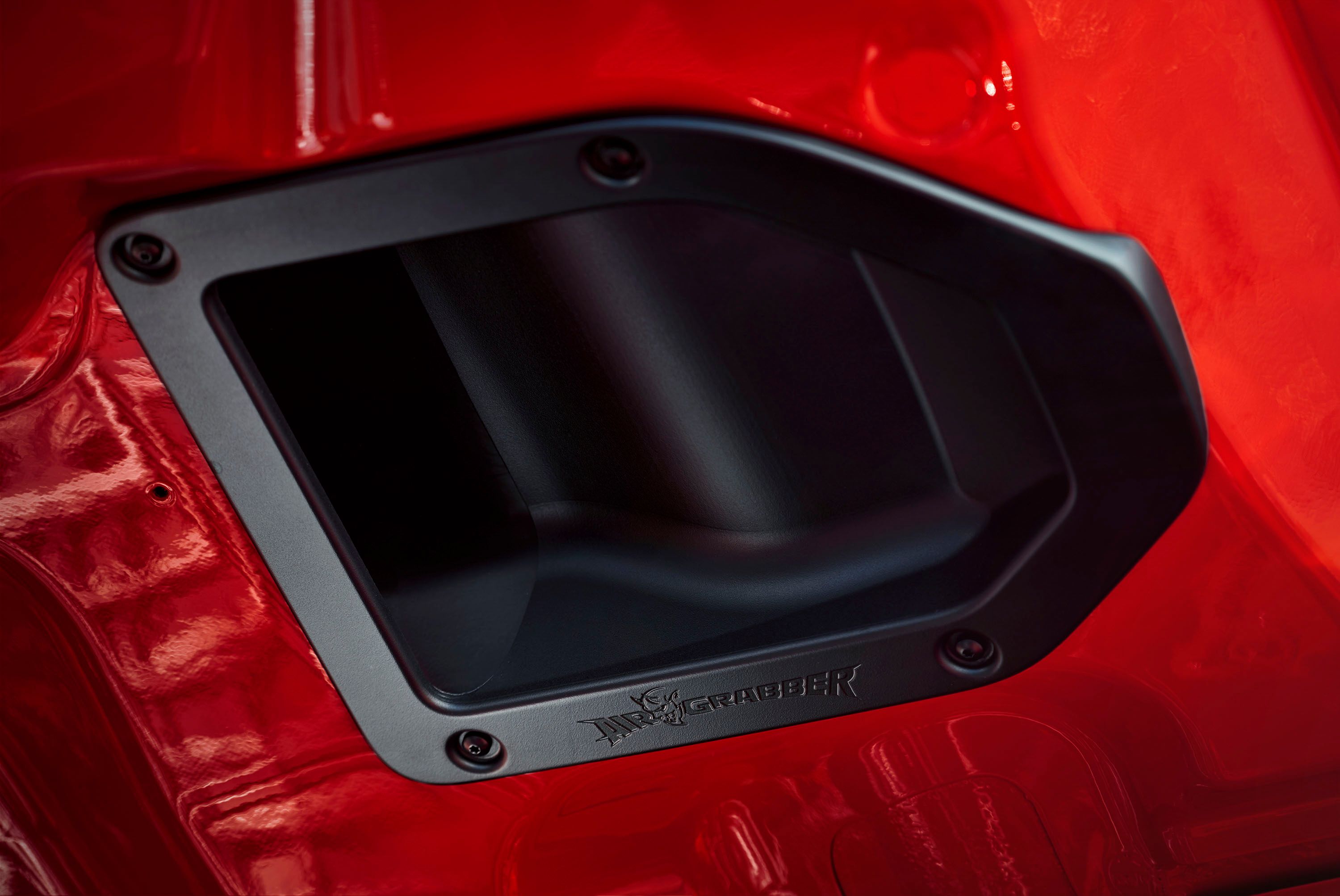
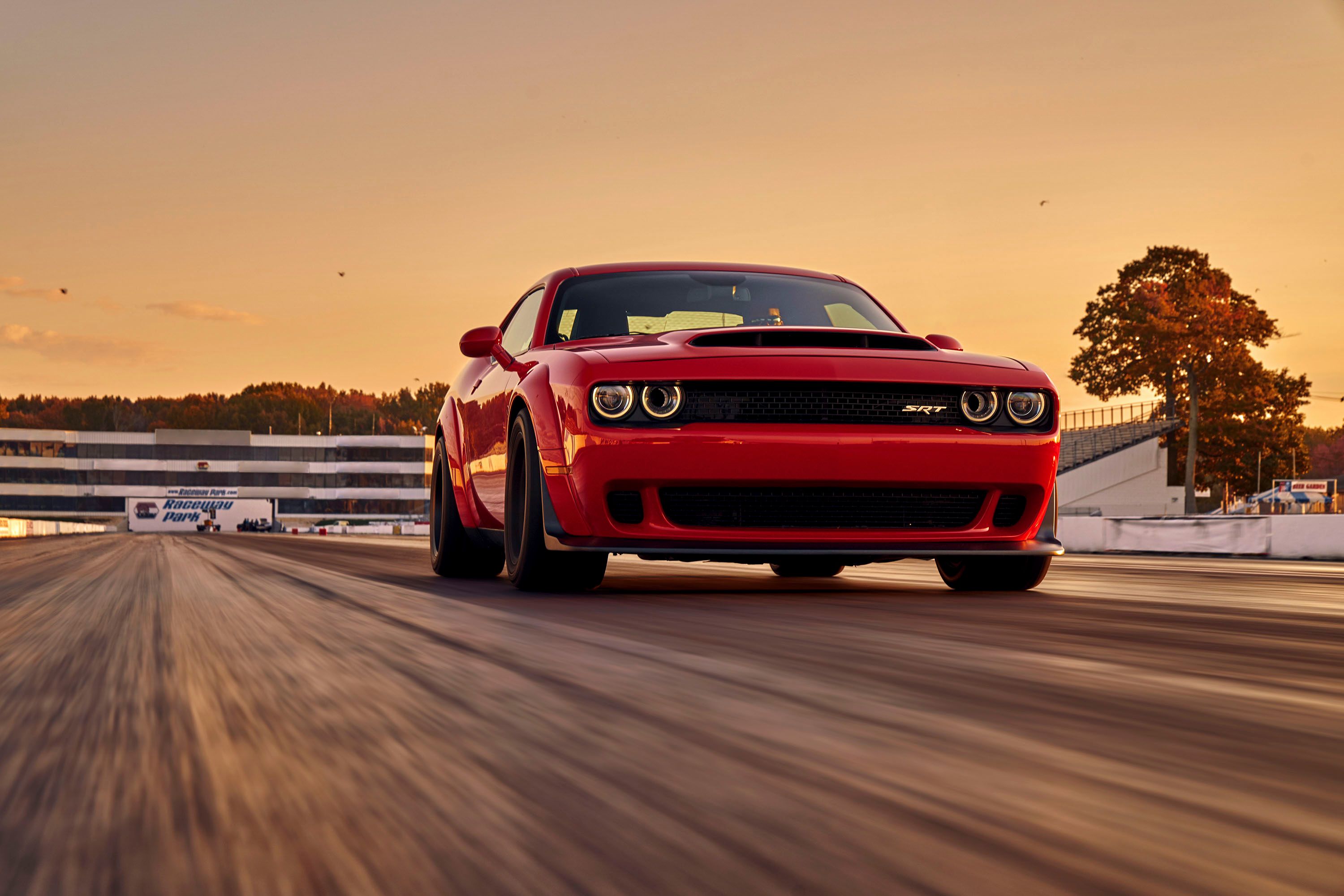
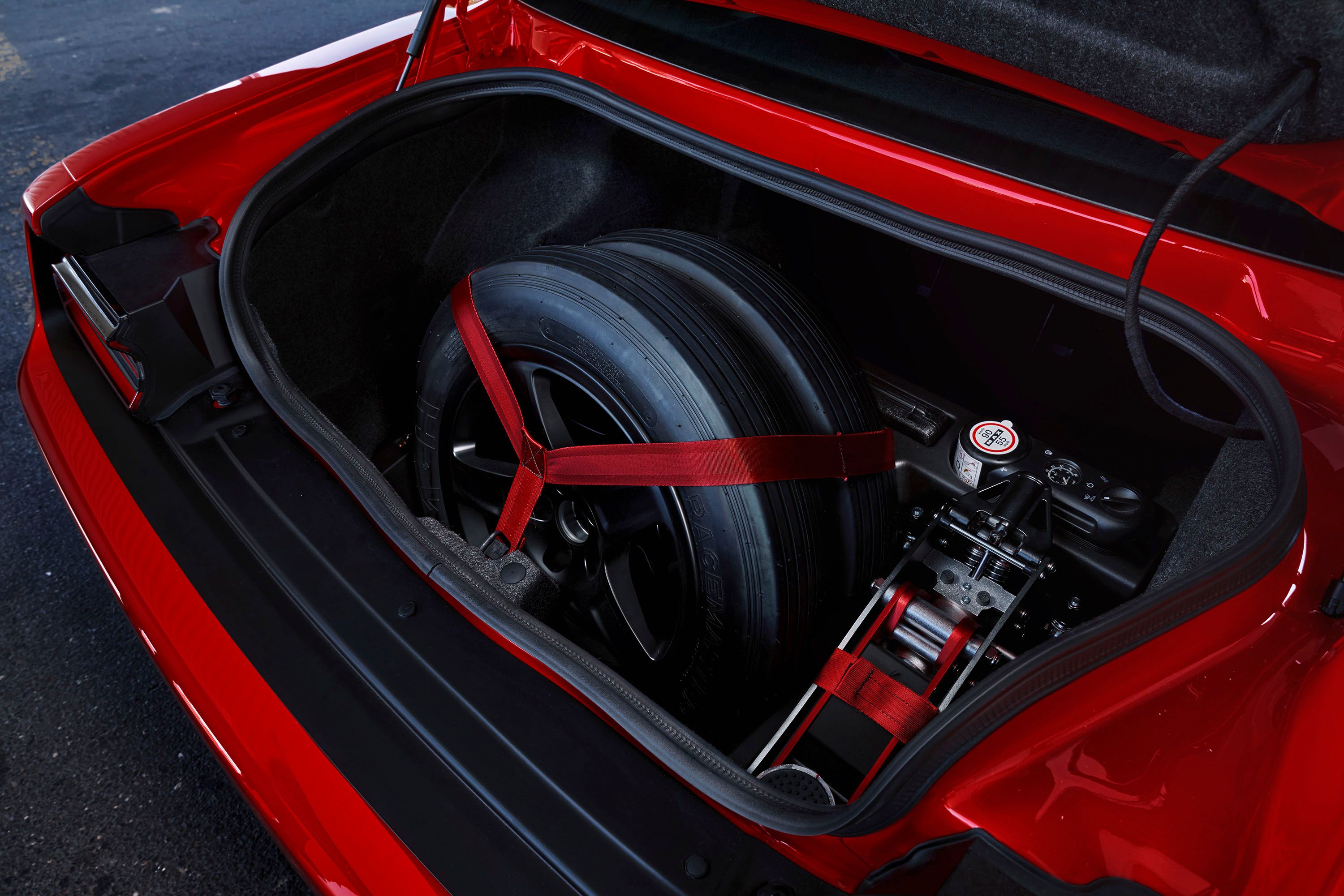
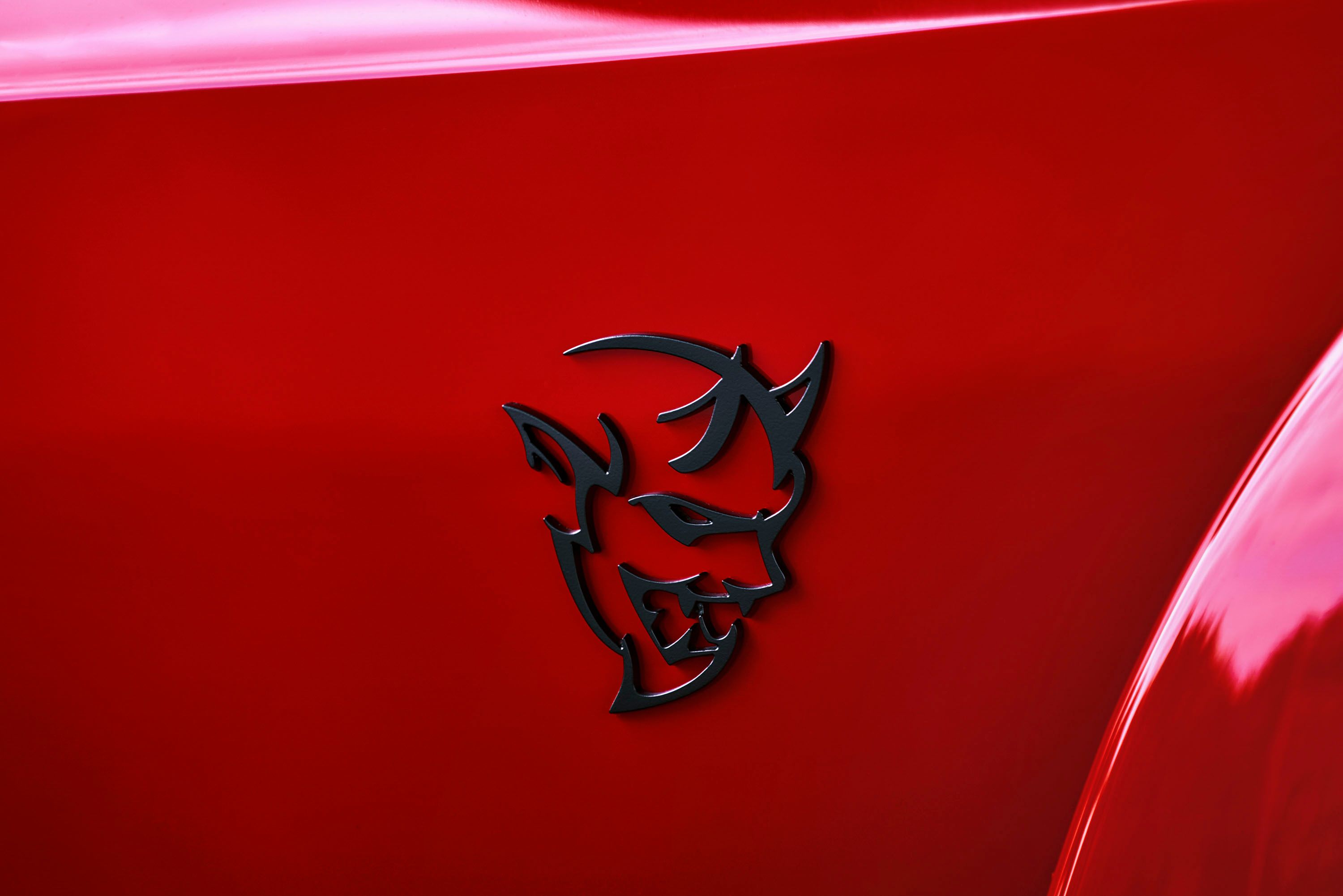
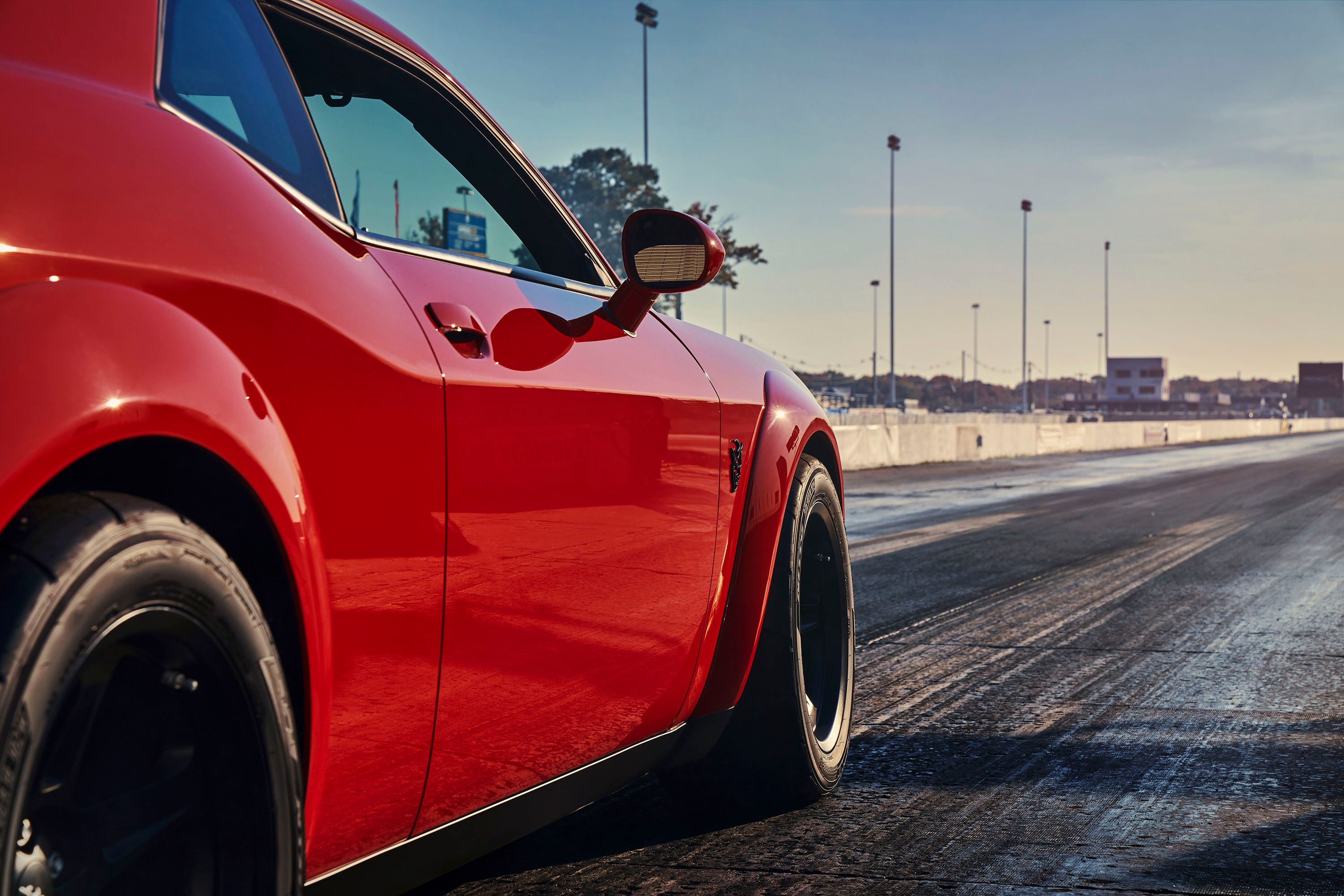
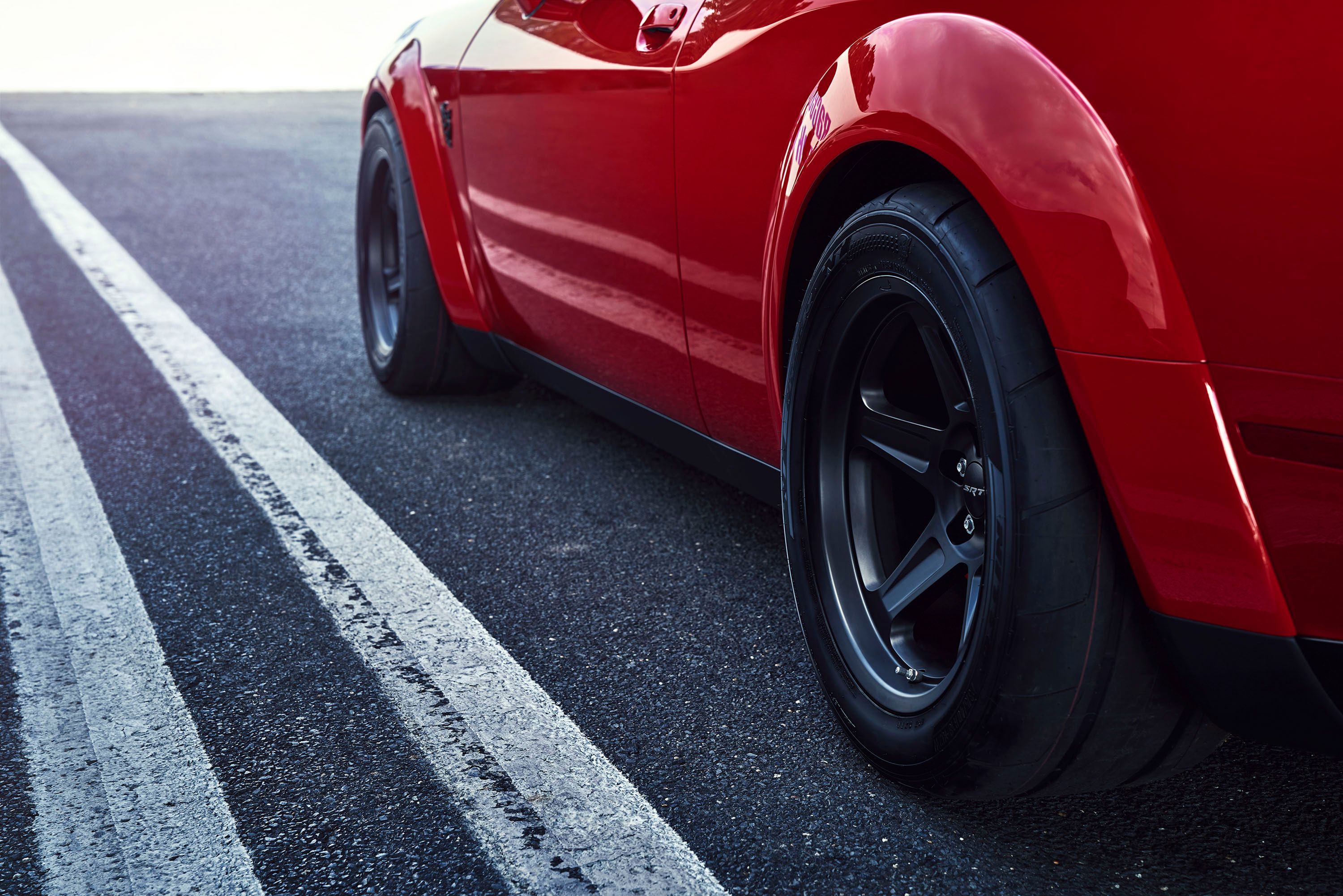
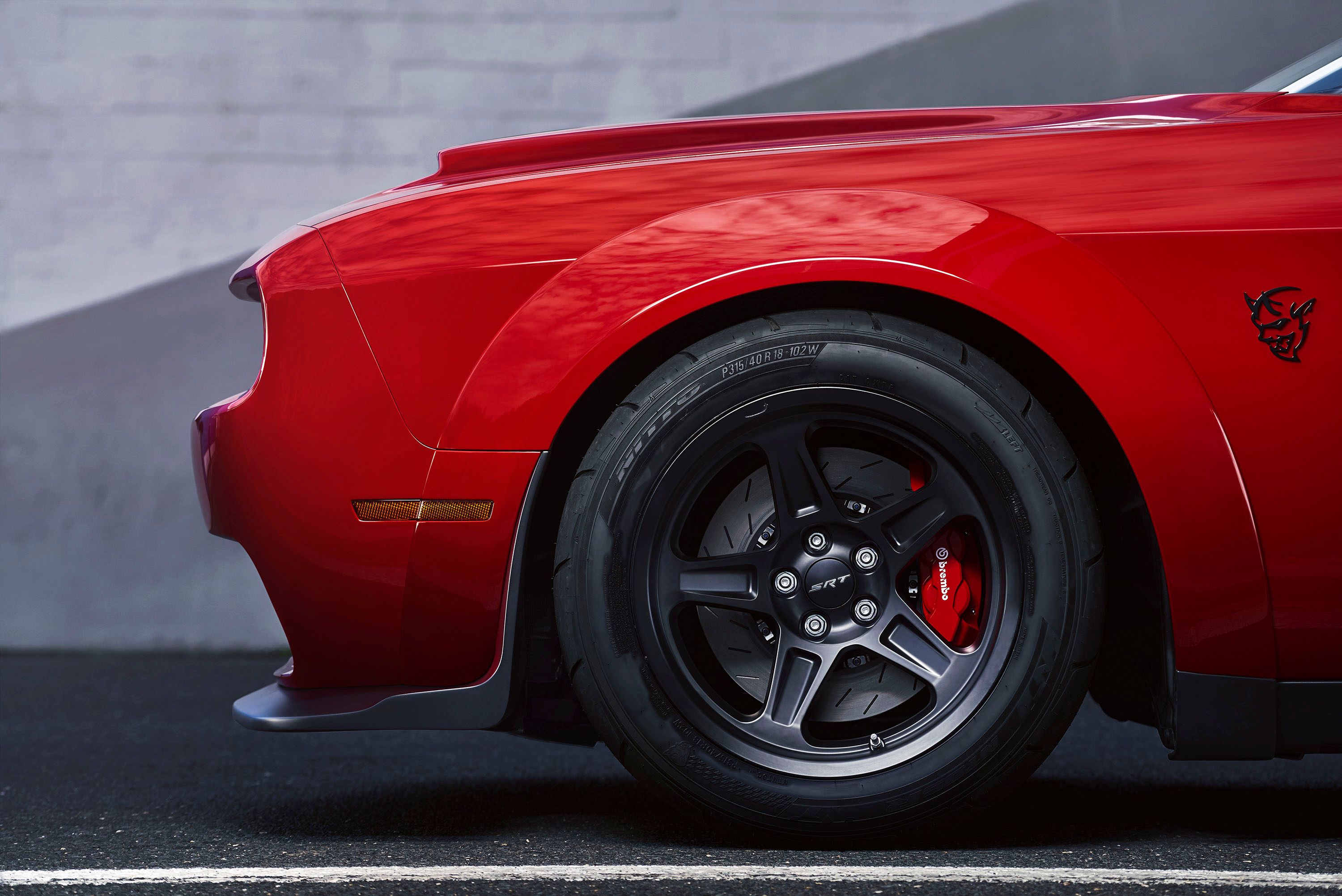
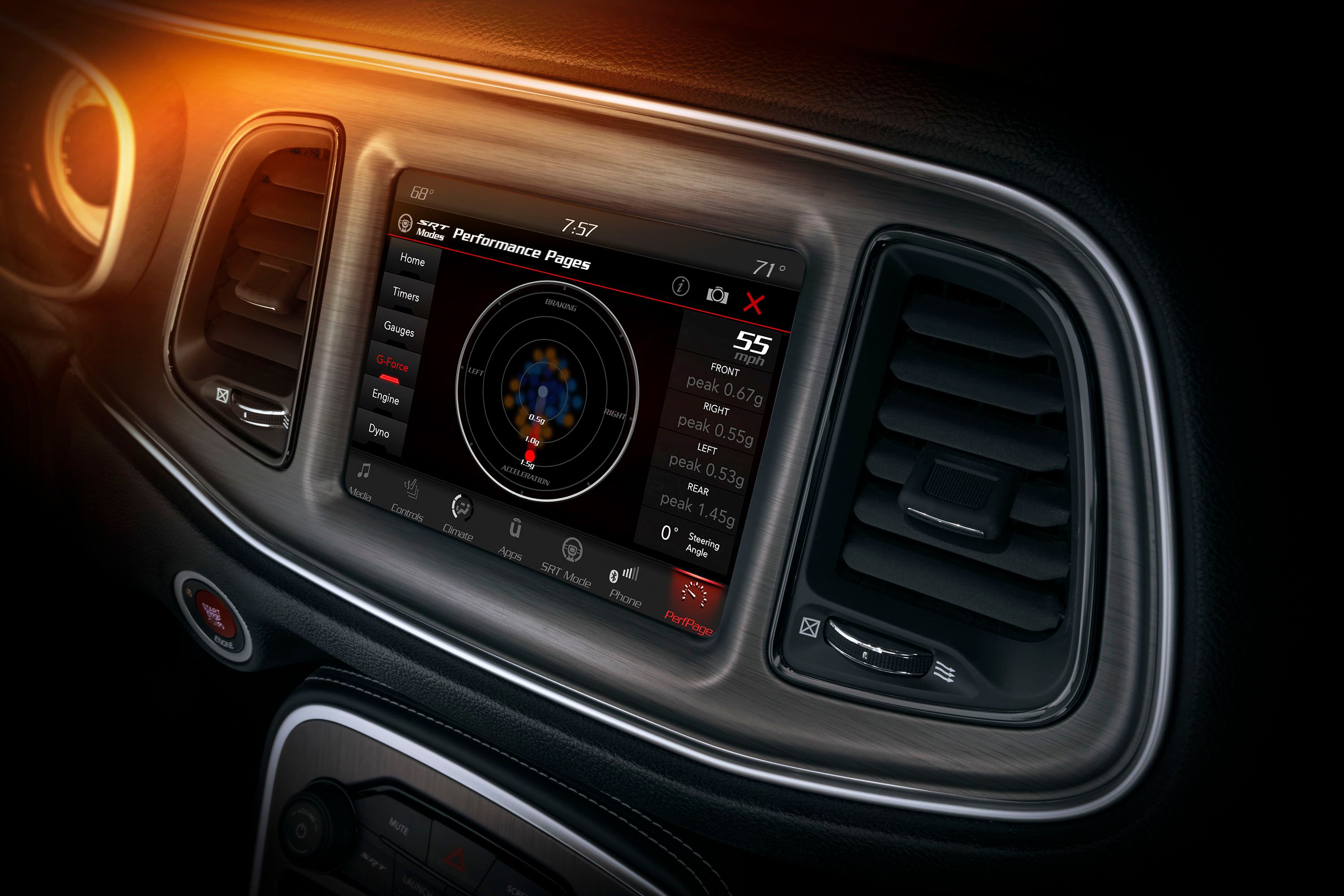
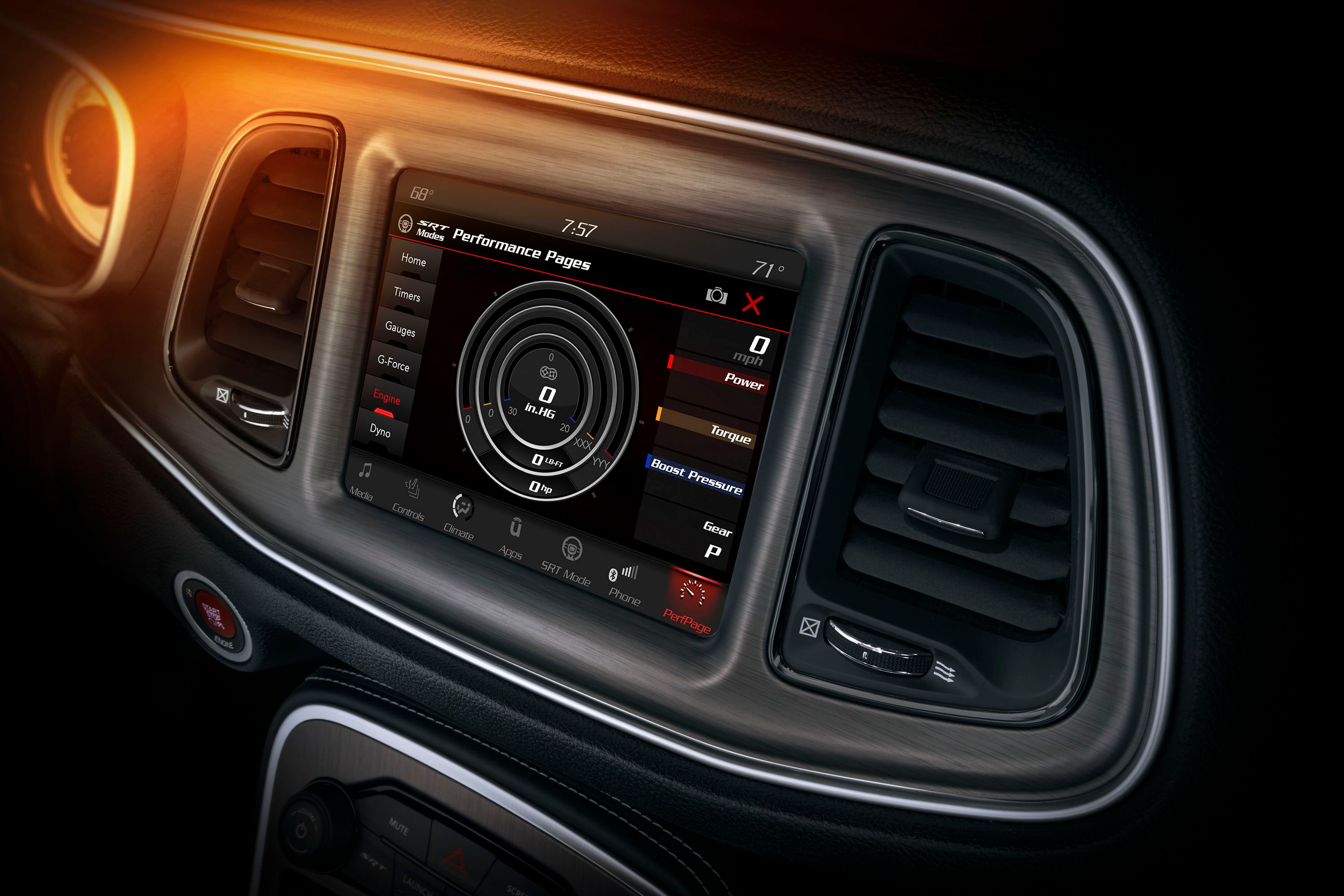
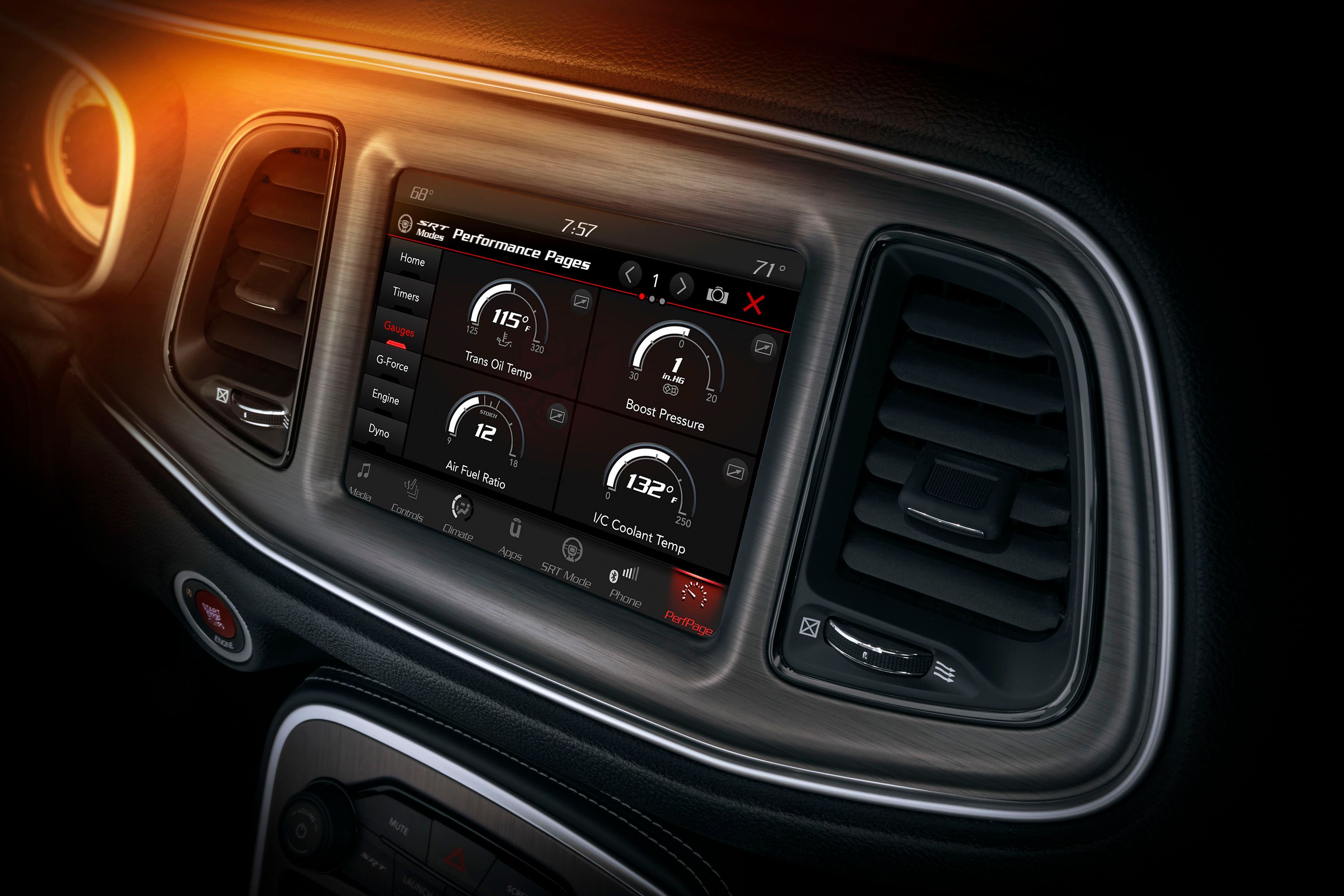
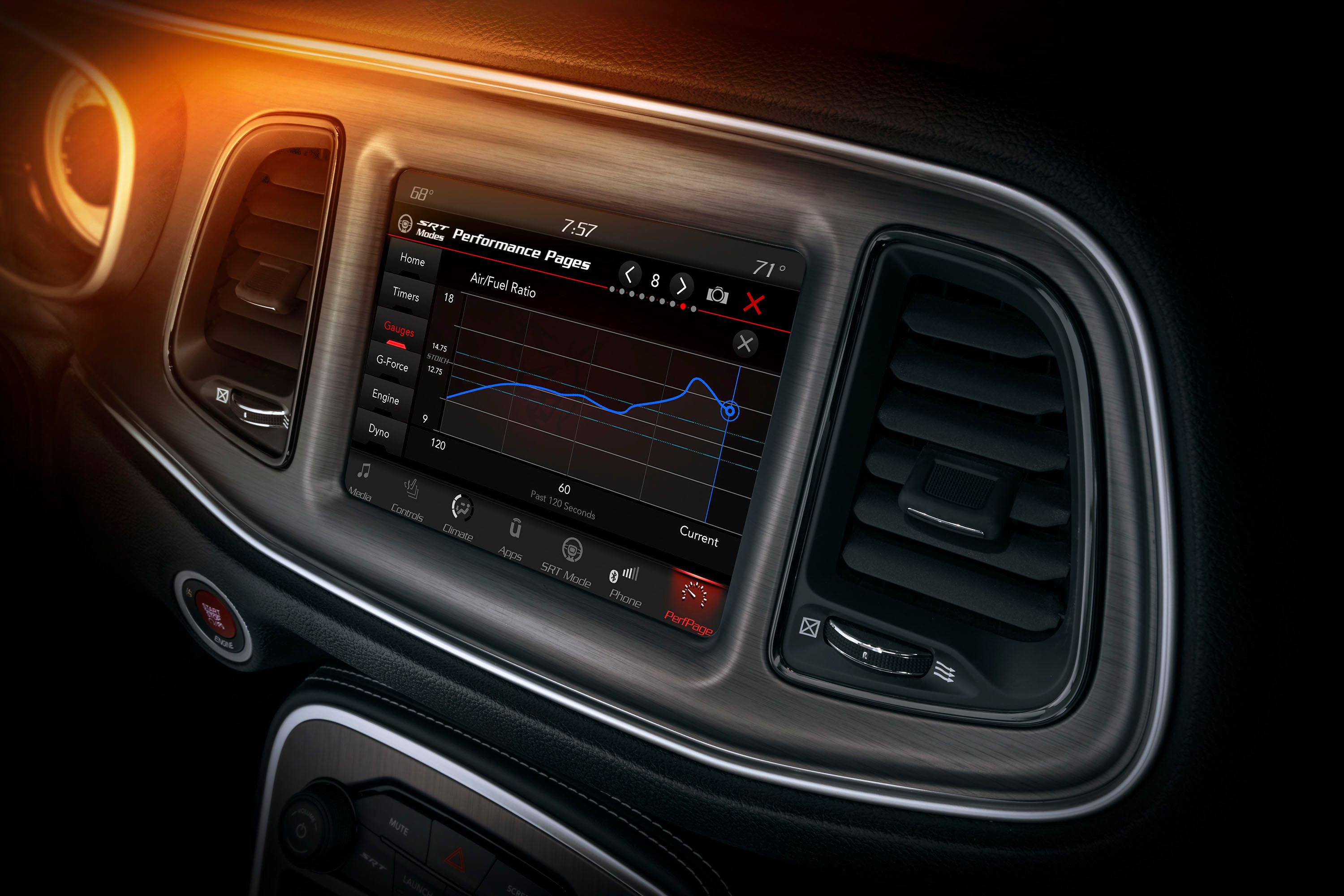
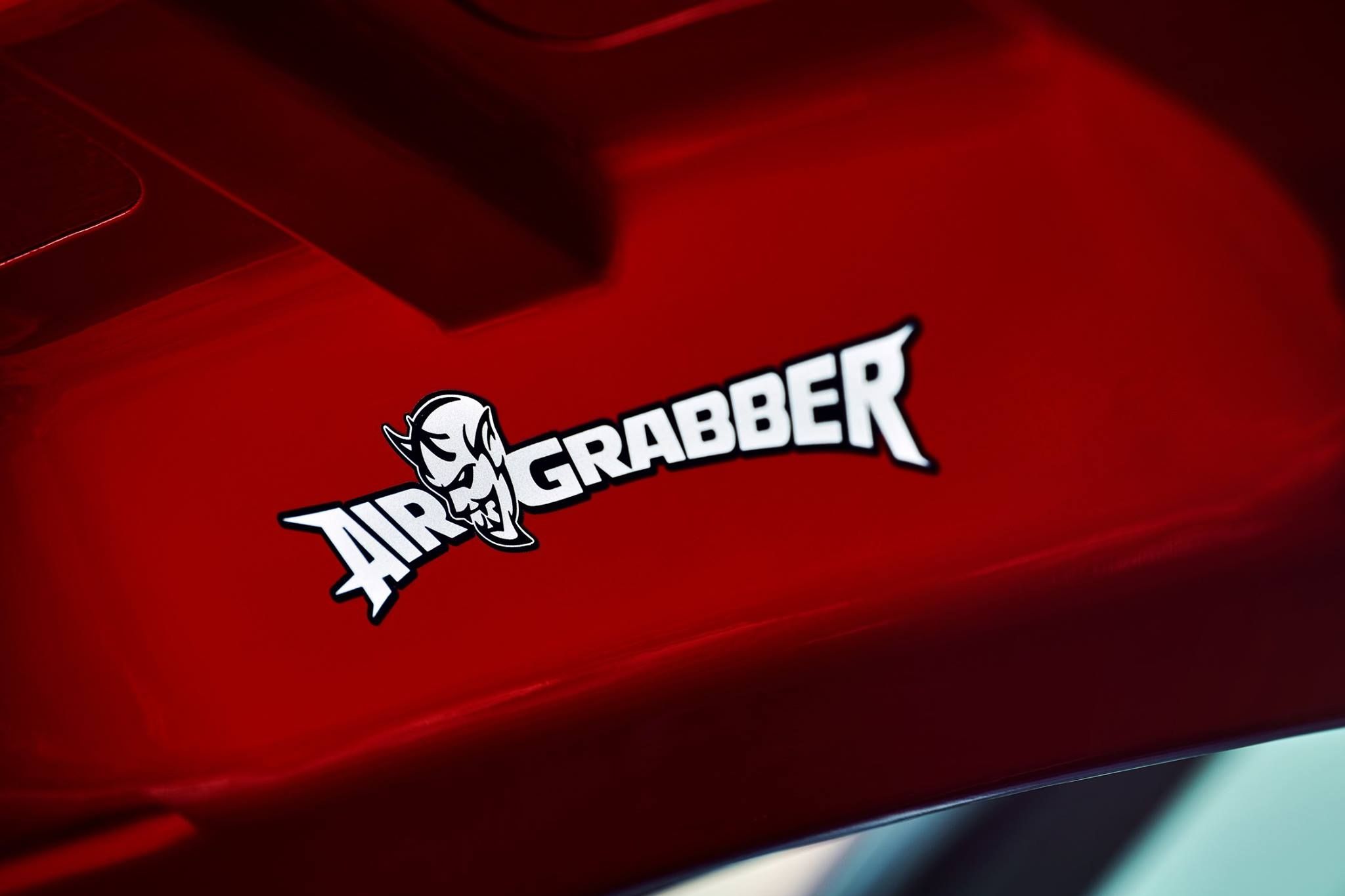
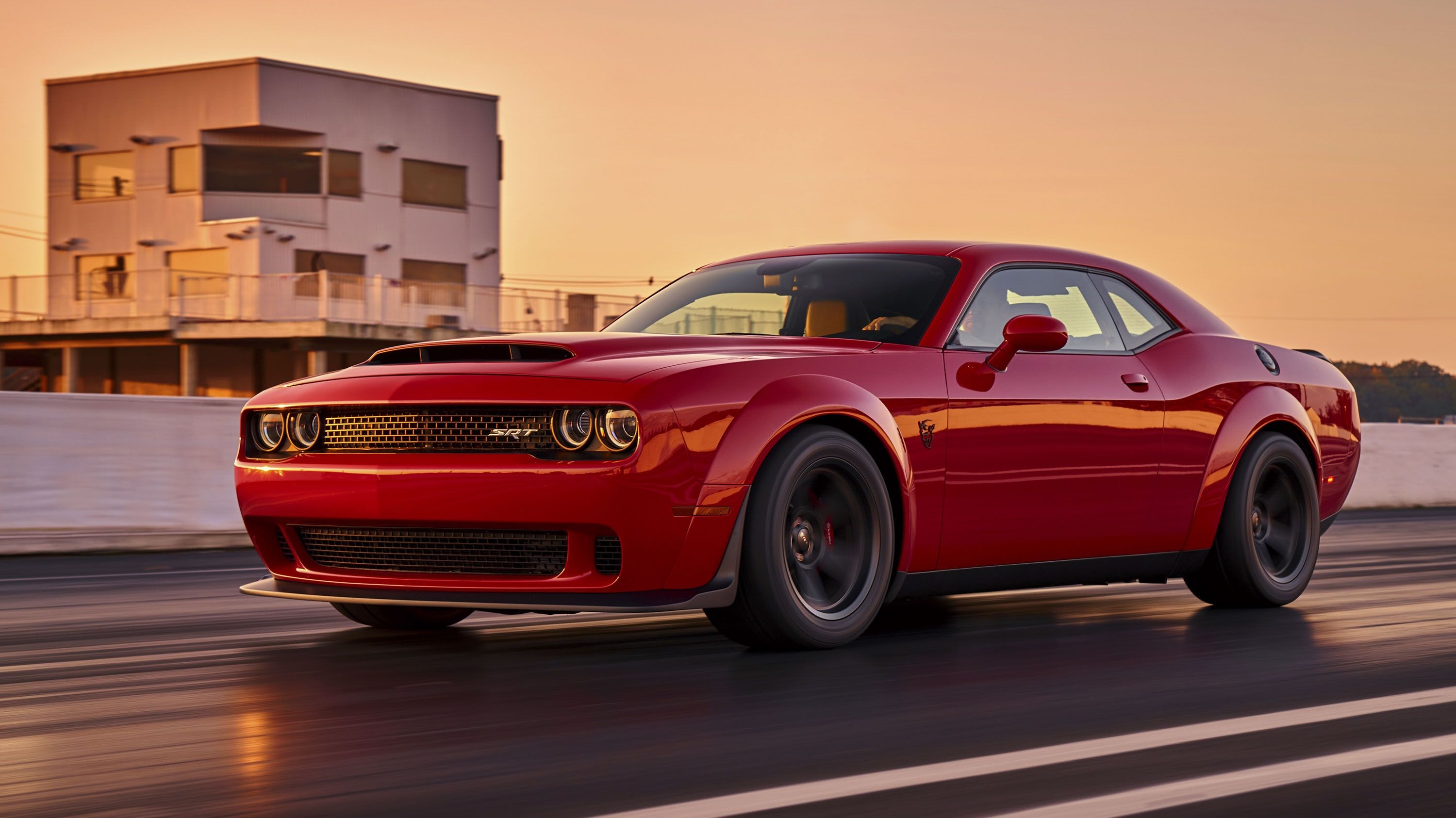

















- Make: Array
- Model: 2018 Dodge Challenger SRT Demon
- Engine/Motor: V8
- Horsepower: 808 @ 6300
- Torque: 717 @ 4500
- Transmission: eight-speed automatic
2018 Dodge Challenger SRT Demon




















































































































































































- Engine/Motor: V8
- Horsepower: 808 @ 6300
- Torque: 717 @ 4500
- Transmission: eight-speed automatic
- [do not use] Vehicle Model: Array
Demons From the Past
Before we have a closer look at the Challenger SRT Demon, let's take a moment to look back at previous Dodge models wearing this name.
Note: 1971-1972 Dodge Dart Demon 340 pictured here.
The "Demon" badge was first used in 1971 for a two-door fastback version of the Dodge Dart. Based on the then-popular Plymouth Duster, a fastback version of the Valiant, the Dodge was to be named the Beaver, it was eventually dubbed Dart Demon. The Demon was advertised as a performance car and was sold with optional hood scoops and a black engine hood. It also had devil decals on the fenders.
The Dart Demon was offered in 1972 too, but in 1973 it was renamed the Dart Sport, reportedly in response to Christian groups' complaints about the Demon name and devil-with-pitchfork logo.
Note: 2007 Dodge Demon Roadster Concept pictured here.
The nameplate returned in 2007 on a concept car first showcased at the Geneva Motor Show. A roadster designed to slot under the Viper so that Dodge had a more affordable sports car, the Demon Concept was viewed as a competitor for the Mazda MX-5 Miata, Pontiac Solstice, and Saturn Sky. The roadster was powered by a 172-horsepower, 2.4-liter four-cylinder engine and tipped the scales at only 2,600 pounds. Unfortunately, and despite being having a construction design taht made it feasible for mass production, the Demon Concept never made it in showrooms.
Exterior
Styling-wise, the Demon is pretty much a Hellcat on steroids. However, the upgrade is rather mild if you ignore the massive wheel arches. Up front, notable features include the revised splitter and the significantly wider and taller hood scoop. Everything else remains the same, but the hood scoop is a strong hint that the Demon is way more powerful than the Hellcat.
Onto the sides, the wide-body fender flares are further indication that this is no regular muscle car. Wider than anything else you can find on this market, the fender flares hide fatter tires and amplify the car's menacing stance. The front fenders sport black Demon head badges.
Around back, the Demon is identical to the Hellcat. There's no "Demon" badge to tell them apart and if you ignore the fender flares, you can definitely mistake a Demon for a Hellcat. This isn't bad though, as I actually like the subdued appearance.
When it comes to paints, Dodge offers 14 exterior colors. Options include some of the company's most striking finishes, like B5 Blue, Billet Silver, Destroyer Grey, F8 Green, Go Mango, Granite Crystal, Indigo Blue, Maximum Steel, Octane Red, Pitch Black, Plum Crazy, TorRed, White Knuckle, and Yellow Jacket. Optionally, you can have a Satin Black engine hood or the Satin Black hood, roof, and decklid package.
Exterior Dimensions
|
Wheelbase (Inches) |
116.2 |
|
Track, Front/Rear (Inches) |
65.8/65.7 |
|
Overall Length (Inches) |
197.5 |
|
Overall Width (with mirrors) (Inches) |
85.8 |
|
Overall Width (without mirrors) (Inches) |
78.8 |
|
Overall Height (Inches) |
57.4 |
|
Ground Clearance (Inches) |
4.5 (113.5) |
|
Drag Coefficient |
0.376 Cd |
|
Curb Weight |
4,280 Lbs |
|
Weight Distribution, percent F/R |
58/42 |
Interior
Much like the exterior, the Demon's interior is built around the Hellcat's, which in turn is based on the revised Challenger cabin that Dodge launched for the 2015 model year. Design-wise, there aren't many changes to talk about, but customers will notice the Demon head logos on the seat backs, the Alcantara steering wheel, the white-faced gauges in the instrument cluster, the bespoke TFT display, and the carbon-fiber badge with "Demon" script.
But arguably the biggest change is the lightweight, drag-specific seating layout. Specifically, the Demon comes with just a driver's seat as standard. The front passenger seat and the rear seat can be added for only $1 each. Nope, that's not a typo, you can turn the Demon from a one- to a five-seater with just two bucks. While the standard driver seat comes in premium cloth, all seats can be selected in Laguna leather and Alcantara suede for a more luxurious look. Should you go with the one-seat arrangement, there's also a four-point harness bar from Speedlogix for use at the track.
The 8.4-inch Uconnect infotainment screen also comes with a few extra goodies. Dodge offers a Performance Pages app that feed the driver with real-time data, including a graphic display of engine horsepower and torque with gear changes plotted, and supercharger coolant temperature. There's also timers for reaction time, 0-60 mph, 0-100 mph, eighth-mile and quarter-mile elapsed time, and vehicle speed. Instantaneous and peak longitudinal and lateral g-forces, gauge readouts for engine oil temperature and pressure, coolant temperature, transmission fluid temperature, intake air temperature, air-fuel ratio, intercooler coolant temperature, boost pressure, and battery voltage are also displayed. Basically you have access to all the important engine data for the best and safest quarter-mile runs.
Just like the Hellcat, the Demon comes with two key fobs. There's a black fob that limits power to 500 horsepower and the red fob that unleashes the car's full output. Valet Mode limits the engine to 4,000 rpm, while Eco Mode revises transmission shifting to include second-gear starts.
Those who want a more comfortable car when not at the drag strip can spec out options such as a Harman Kardon 19-speaker, 900-watt audio system, power sunroof, heated and ventilated front seats, and a heated steering wheel.
Interior Dimensions
|
Headroom front/rear (Inches) |
39.3/37.1 |
|
Legroom front/rear (Inches) |
42.0/33.1 |
|
Shoulder Room front/rear (Inches) |
58.5/53.9 |
|
Hip Room front/rear (Inches) |
55.3/47.8 |
|
Total Interior Volume |
93.9 cu. ft. |
|
SAE Cargo Volume (above spare tire well) |
16.2 cu. ft. |
|
EPA Interior Volume Index |
110.136 cu. ft. |
|
Trunk Lift-over Height |
33.2 |
Drivetrain
All the magic happens under the hood courtesy of a redesigned engine and a host of exclusive upgrades. Just like the Hellcat, the Demon is powered by a supercharged, 6.2-liter V-8 engine, but the unit has very little in common with the former. Specifically, while the architecture and the block are shared with the Hellcat, no fewer than 25 major components have been upgraded.
The V-8 now has a larger, 2.7-liter supercharger (versus 2.4-liters), increased boost pressure (14.5 psi from 11.6), a higher rpm limit (6,500 rpm versus 6,200), and a larger induction air box with Air-Grabber hood, driver-side Air-Catcher headlamps, and a new inlet near the wheel liner. The V-8 also includes a high-speed valvetrain, strengthened connecting rods and pistons, and improved lubrication system.
Output is rated at 840 horsepower and 770 pound-feet of twist. That's a 133-horsepower and 120-pound-foot increase over the Hellcat and makes the Demon the world’s most powerful factory-production V-8 car. Charging from 0 to 30 mph takes just one second, while the 60-mph mark is achieved in a mind-boggling 2.3 seconds, making the Demon quicker than supercars like the Ferrari LaFerrari, McLaren P1, and Porsche 918 Spyder. Actually, it's rather challenging to find a production supercar that's at least as quick as the Demon. On the other hand, the 2.3-second benchmark is likely achieved with the radial tires and in Drag Mode, which makes it less relevant when compared to other street-legal vehicles.
Speaking of drag racing, the Challenger SRT Demon is also the fastest quarter-mile production car in the world with a 9.65-second run at 140 mph. Actually, it's so fast that the National Hot Rod Association issued a ban for it. Specifically, the Demon is subject to NHRA's regulations that say that a car that's quicker than 9.99 seconds on the drag strip (at more than 135 mph) requires extra safety equipment and a racing license. So it's not exactly a ban and you can drag race it, but as soon as you go below the 9.99-second mark, the NHRA will kindly ask you to bring a competition licence and add extra safety equipment to the Demon.
One of the big question marks is top speed. Dodge has yet to reveal what the Demon will do maxed out, but we can make a few assumptions. First, the Demon’s Nitto NT05R drag radials are rated at 168 mph, which means owners shouldn’t push beyond that when exploring the upper limits of velocity in the Demon. But assuming you get the right tires, it should be able to push beyond that number. However, thanks to increased drag from the wide body stance, large intake, and wider tires, plus shorter gearing, the Demon will most likely fall behind its Hellcat counterpart in a top speed run. We think 190 mph is about right.
The performance figures above become even more impressive when you consider the car's curb weight. Although Dodge says it shaved more than 200 pounds off the Hellcat, the Demon still tips the scales at more than 4,100 pounds. This and the fact that there's no all-wheel-drive system proves that you don't need the modern mid-engined, AWD, lightweight configuration to go fast.
As if these performance figures weren't impressive enough, Dodge can also brag about using several industry-first features.
First up, the Demon rides on factory-installed Nitto street-legal drag radials. These tires improve grip and return 40-percent more launch force compared with SRT Hellcat tires. There's also the available Direct Connection engine controller calibrated for 100+ unleaded high-octane fuel, which makes the Demon the first production car to run on both regular and high-octane gasoline. The SRT Power Chiller that redirects air conditioning refrigerant to chill the charger air cooler is yet another industry first feature, as is the After-Run Chiller that runs the cooling fan and the low-temperature circuit coolant pump after engine shutdown for quicker cooling between quarter-mile runs.
Next up is TransBrake, which locks the output shaft of the TorqueFlite eight-speed automatic transmission to hold the car before launch, allowing the driver to increase engine rpm for higher torque and quicker response. Another innovative feature is Torque Reserve, which boosts engine air flow and supercharger rpm before launch, delivering faster acceleration.
But that's not it! Dodge also developed the Drag Mode suspension tuning that maximizes weight transfer to the rear wheels for better traction. Then there's Drag Mode Launch Assist that uses wheel speed sensors to watch for driveline-damaging wheel hop at launch. This feature needs only a few milliseconds to modify the engine torque for full grip. The optional narrow front wheels for drag racing and the front passenger seat and rear seat delete are also making an industry debut on the Challenger SRT Demon.
Unlike the Hellcat, the Demon comes with the eight-speed automatic transmission only. While the autobox delivers the best performance you can have in this car, the absence of a manual stick will probably upset quite a few purists.
Moving over to the chassis, the Bilstein Adaptive Damping shocks have been tuned for drag racing, shifting as much weight as possible on the rear tires at launch. The weight shift is also aided by the softer springs (35-percent lower rate front/28 percent lower rate rear) and lighter, hollow sway bars (75 percent lower rate front/44 percent lower rate rear).
All told, the Demon is an entirely different car compared to the Hellcat and by far the most aggressive muscle car built to date.
Drivetrain Specifications
|
ENGINE |
SUPERCHARGED 6.2-LITER HEMI DEMON V-8 |
|
Availability |
Standard on Challenger SRT Demon |
|
Type and Description |
90-degree V-type, liquid-cooled |
|
Displacement |
370 cu. in. (6,166 cu.cm) |
|
Bore x Stroke |
4.09 x 3.58 (103.9 x 90.9) |
|
Valve System |
Pushrod-operated overhead valve, 16 valves with sodium-filled exhausts and hollow stem intakes, 16 hydraulic roller lifters |
|
Fuel Injection |
Sequential, multiport, electronic, returnless |
|
Construction |
Deep-skirt cast-iron block with cross-bolted main bearing caps, aluminum alloy heads with hemispherical combustion chambers |
|
Compression Ratio |
9.5:1 |
|
Power (estimated SAE net) |
840 HP @ 6,300 RPM (Direct Connection Performance Engine Controller and high-octane unleaded fuel) |
|
Torque (estimated SAE net) |
770 LB-FT @ 4,500 RPM (Direct Connection Performance Engine Controller and high-octane unleaded fuel) |
|
Max. Engine Speed |
6,500 RPM |
|
TRANSMISSION |
TORQUEFLITE 8HP90 EIGHT-SPEED AUTOMATIC |
|
Availability |
Standard |
|
Availability |
Adaptive electronic control with full manual control via gear selector or paddle shifters, with three SRT-unique selectable modes: Street, Sport and Drag (features TransBrake™, rev-matching, performance shifting and gear holding feature) |
|
Description |
151k |
|
Torque converter |
2.3 seconds |
|
0 to 60 mph |
9.65 seconds @ 140 mph |
The Extras
Each Challenger SRT Demon will be delivered with a Demon Crate carrying exclusive components. The crate includes features that fully unleash the car's potential at the drag strip, as well as track-specific tools to install the said upgrades. The latter are included in what Dodge describes as "direct connection performance parts." The bundle features the performance powertrain control module with high-octane engine calibration, replacement switch module containing the high-octane button on the center stack, a conical performance air filter, passenger mirror block-off plate, and the narrow front drag wheels.
The tools to install all of the above are included on the "Demon-branded track tools" package. This one includes a hydraulic floor jack with carrying bag, cordless impact wrench with charger, torque wrench with extension and socket, tire pressure gauge, fender cover, tool bag, and foam case that fits into the SRT Demon trunk and securely holds the front runner wheels and track tools.
The Demon Crate is further customized with the buyer’s name, VIN and serial number. Dodge is well aware that the Demon will most likely become a prized collectible as soon as it's sold out.
Prices
As the quickest and most powerful vehicle of the lineup, the Demon is obviously the most expensive Challenger. Pricing starts from $84,995 (including $1,700 gas guzzler tax, excluding $1,095 destination), which makes it $20,800 more more expensive than the Hellcat. Needless to say, it's a massive premium compared to the base $27,100 Challenger, but hey, we're talking 840 horsepower here and a ton of upgrades. Production will be limited to 3,000 units for the U.S. market and 300 examples for Canada. Deliveries will begin this fall.
Competition
Competition? What competition? There is no competition for the Hellcat or the Demon from Ford and Chevrolet. At least not from the factory. If you want a Mustang or a Camaro as powerful as the Demon, you'll have to take it to aftermarket tuning shops.
Shelby GTE
While clearly not in the same category and not as capable on the drag strip, the GTE isn’t exactly factory-built either, with Shelby making conversions of stock models. The GTE package was developed for both the EcoBoost and GT versions of the Mustang and output can be as low as 340 horsepower, but Shelby also offers a 750+ horsepower upgrade for the V-8 model. There’s no specific word whether output can exceed 800 horses, but it should be possible given that Shelby can deliver Super Snakes with more than 1,000 horsepower. The GTE also gets Shelby exterior elements for a more aggressive look, unique components inside the cabin, and a carbon-fiber pack for a lighter car. The 750+ version can also be fitted with track-ready cooling systems, a short-throw shifter, Wavetrac differential, a bespoke twin-disc clutch, and 3:73 or 3:55 gearing. Shelby also offers track-ready suspension and braking systems, which are highly recommended for the supercharged V-8 engine option. Specific pricing for the 750+ horsepower model isn’t yet available, but the GT model starts from $50,644. My best guess is that range-topping upgrade goes for around $70,000.
Read more about the Shelby GTE here.
Hennessey Camaro ZL1 "The Exorcist"
Built by Texas-based tuning company Hennessey, "The Exorcist" is far from being a factory-built car, but the outrageous power and its nickname make it a suitable rival for the Demon. After all, only an exorcist could banish a Demon away. Based on the latest Chevy Camaro ZL1, "The Exorcist" has a supercharged, 6.2-liter V-8 rated at 1,000 horsepower and 966 pound-feet of torque and rides on drag slicks. The 0-to-60 mph sprint comes in "under three seconds" while the quarter-mile happens in "less than 10 seconds," which should be pretty close to the Demon. The good news is that even though it's not a factory vehicle, the upgrade can be ordered through Chevrolet dealerships and comes with a two-year/24,000-mile warranty. What's more, the 10-speed automatic transmission is joined by a six-speed manual. Remember, the Demon can't be purchased with a stick. On the other hand, pricing for the package starts from $55,000 not including the car, which means that the sticker actually begins from $116,140. Get all the options and "The Exorcist" will set you back a whopping $142,080. Ouch!
Find out more about "The Exorcist" here.
Conclusion
Needless to say, the Challenger SRT Demon is a spectacular machine. And the fact that we can buy overly powerful, factory-made muscle cars in the 21st century is absolutely fantastic. What makes the Demon that much more amazing is that it is based on a really old platform and comes very late in the current Challenger's life cycle. If someone had asked me a few years ago which muscle car maker would come up with a ridiculous car I would've placed my money on Ford or Chevrolet. Definitely not on Dodge, which is still struggling with the ageing Challenger and Charger. On the other hand, it's probably why the Demon has a Dodge badge. The Challenger has fallen behind both the Mustang and Camaro in recent years, being larger, heavier, and not exactly nimble at the track. This left Dodge with just one option to stand out: give customers an insane amount of power and an experience they can't have with a Mustang or Camaro. So on top of being a incredible car for both the road and the drag strip, the Challenger SRT Demon is a valuable lesson in terms of both what you can do with an old platform and marketing.
Video Review
References
Dodge Challenger SRT Hellcat
Read our full review on the Dodge Challenger SRT Hellcat.

